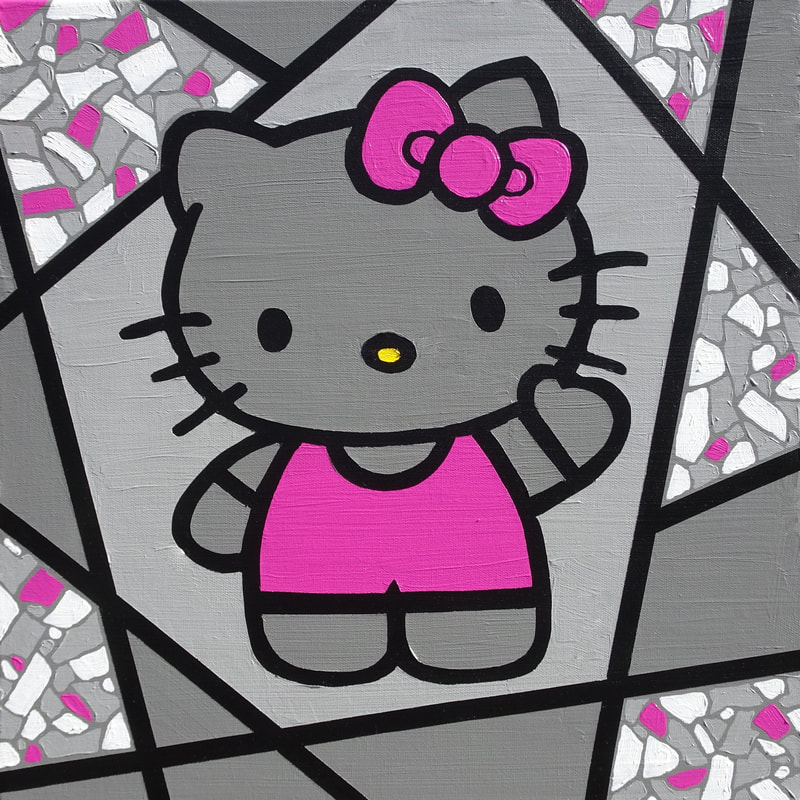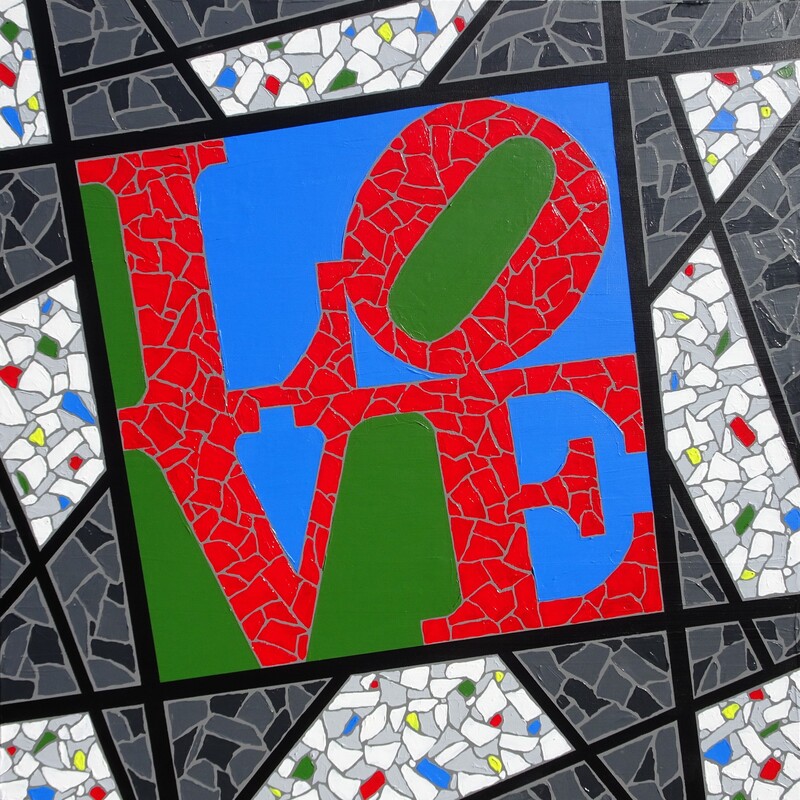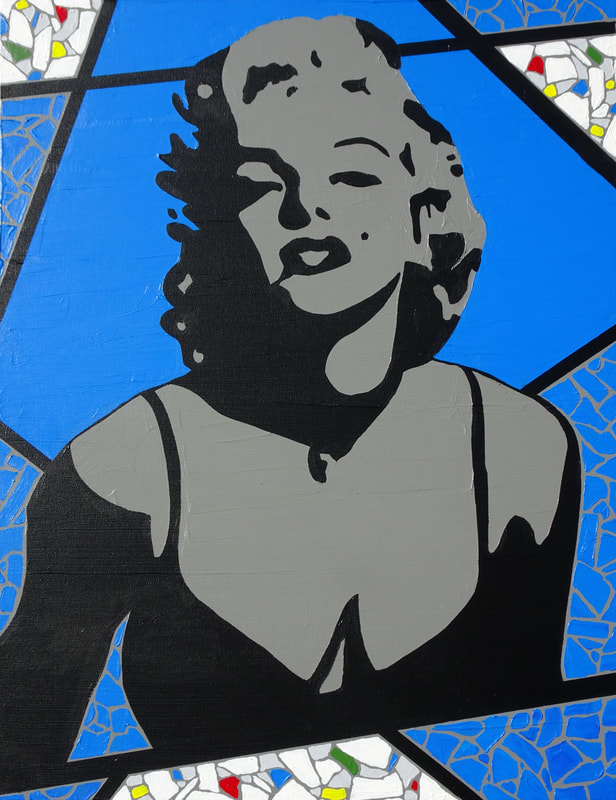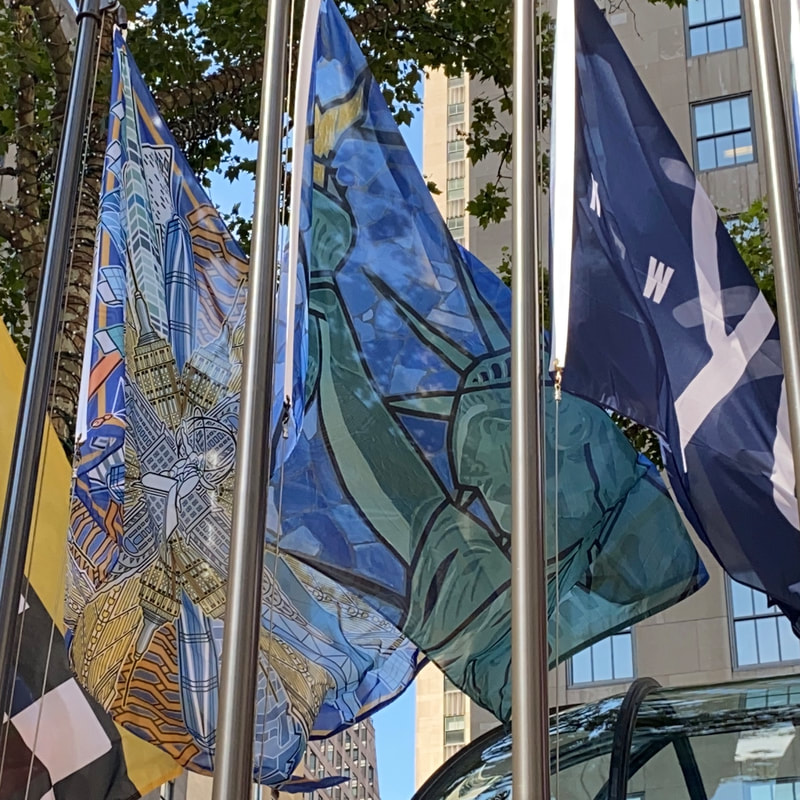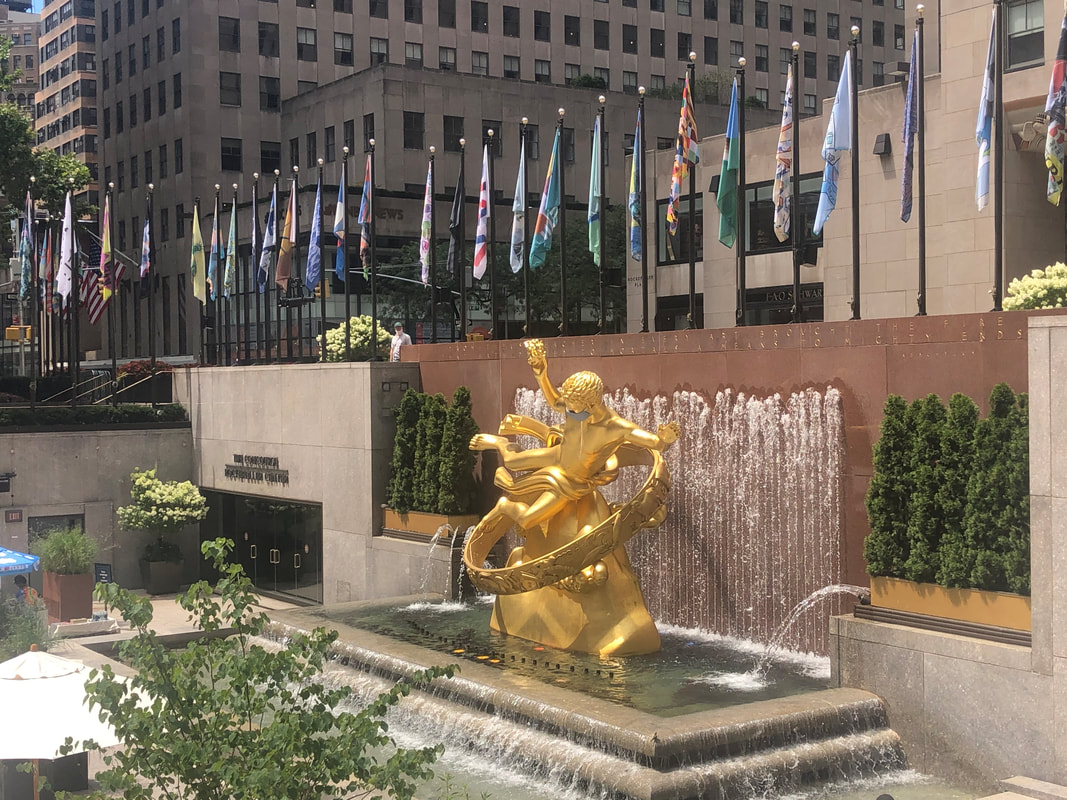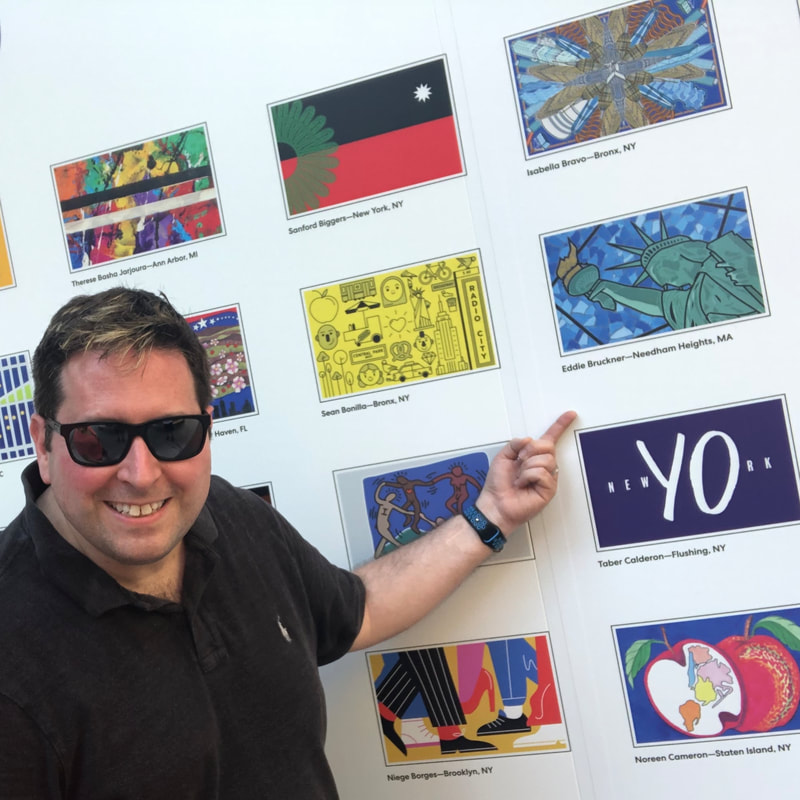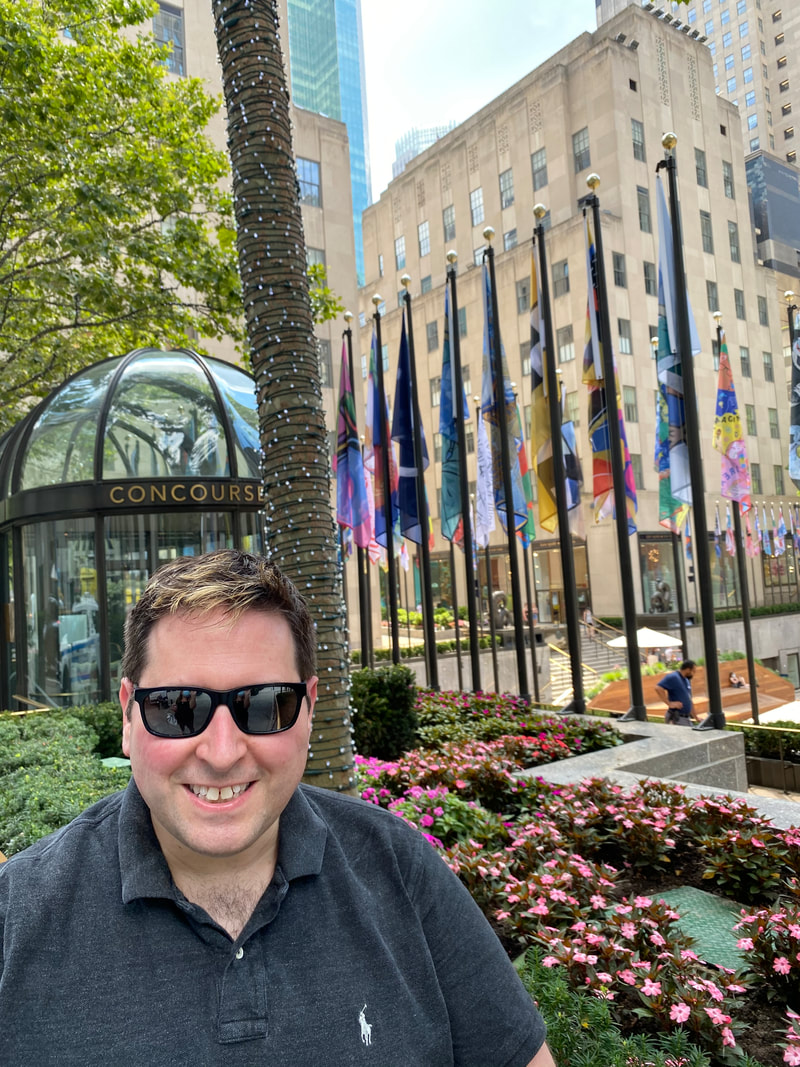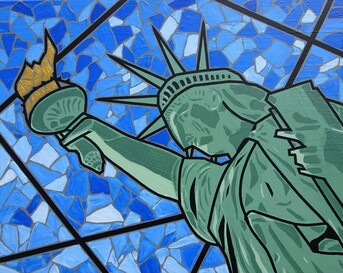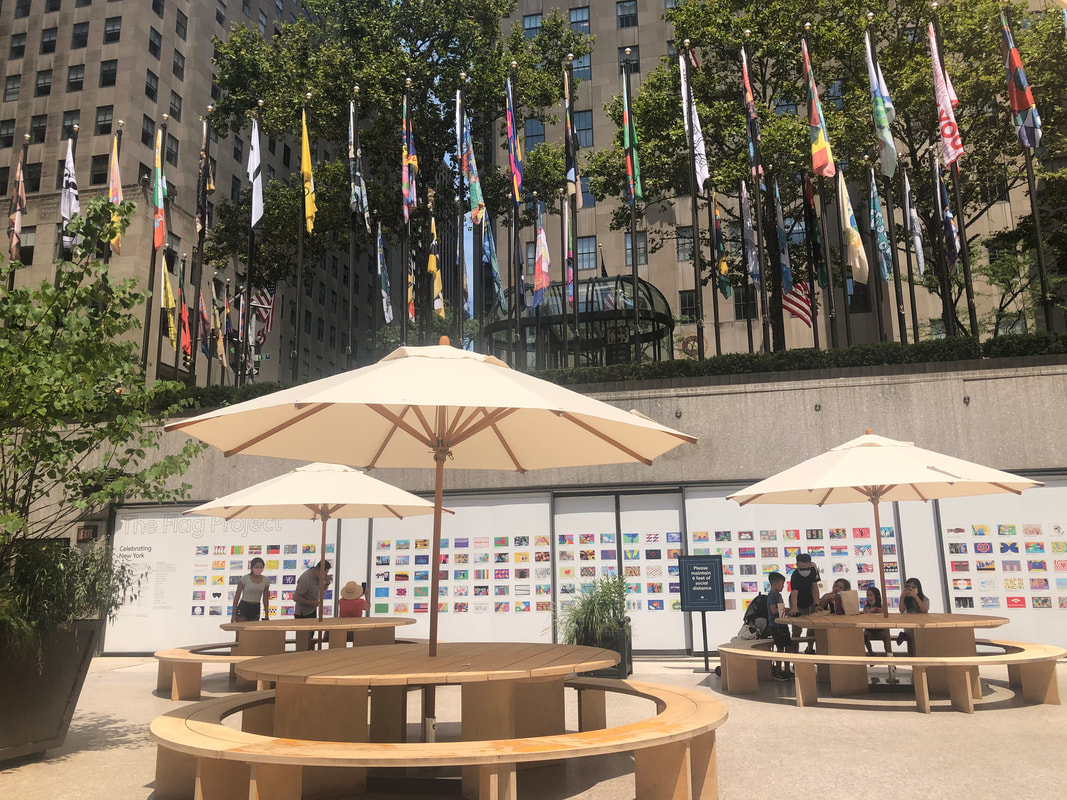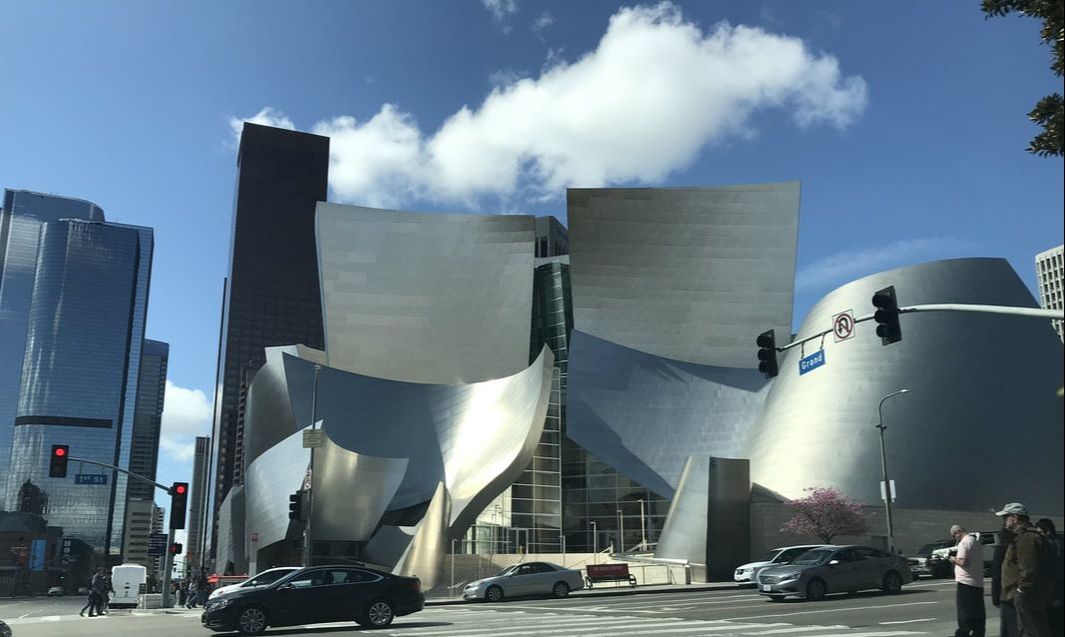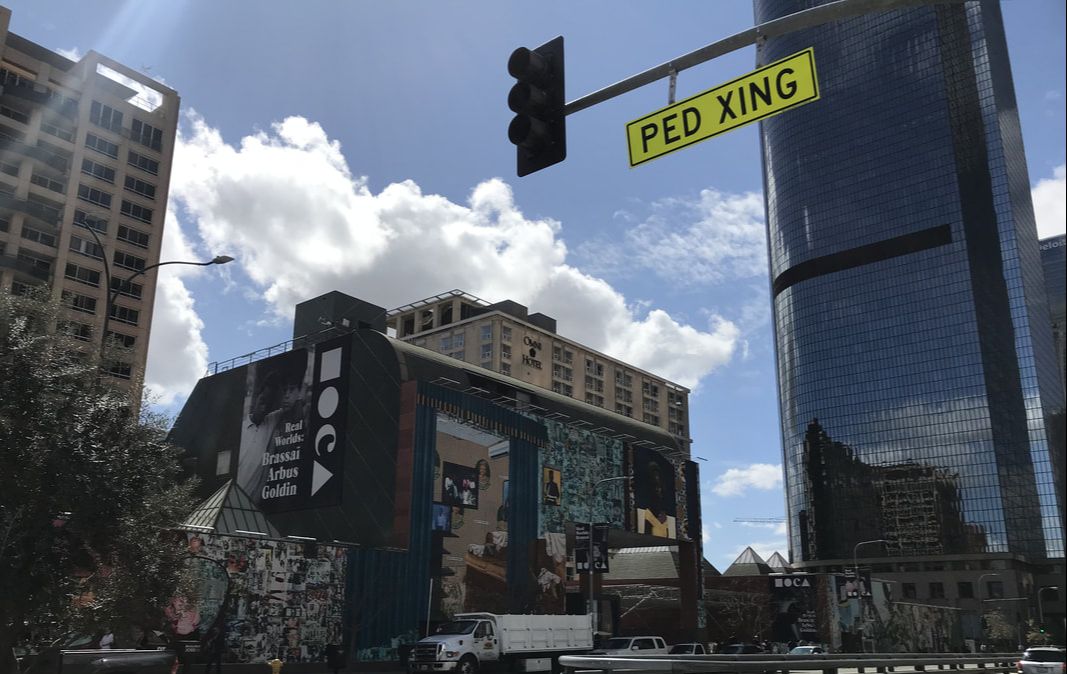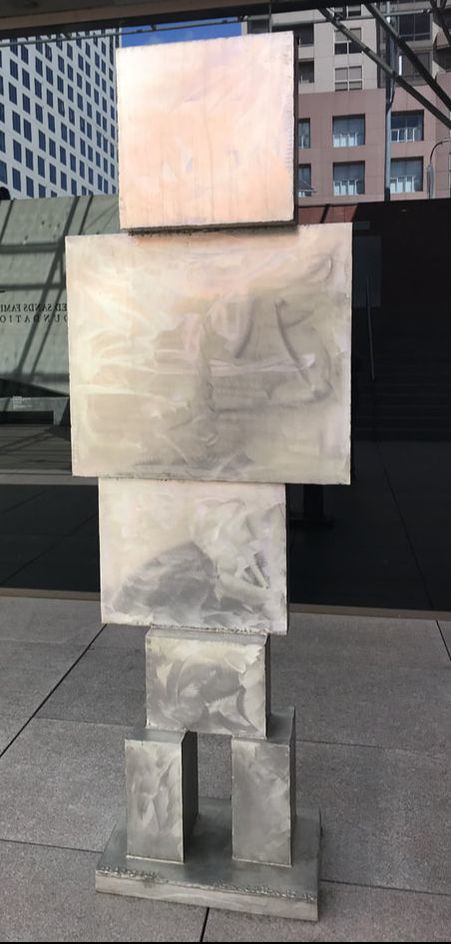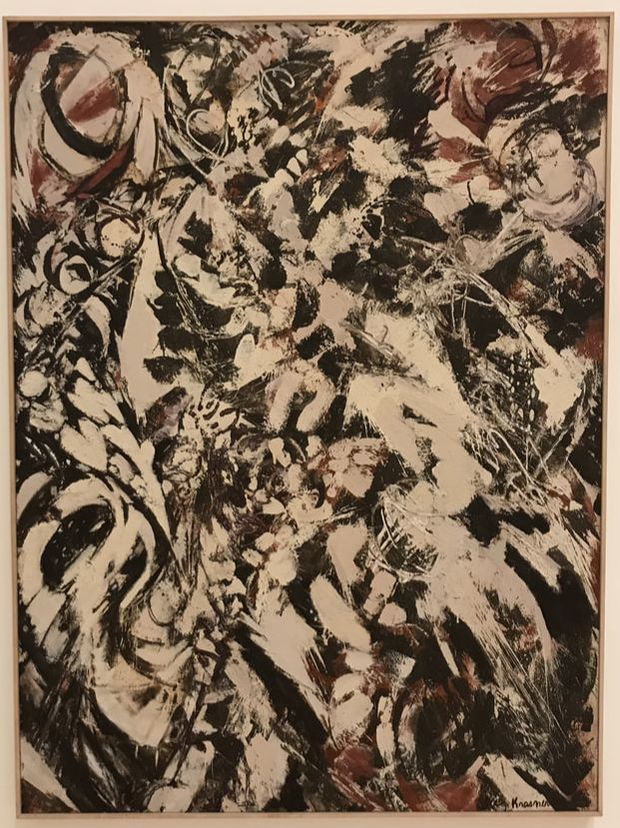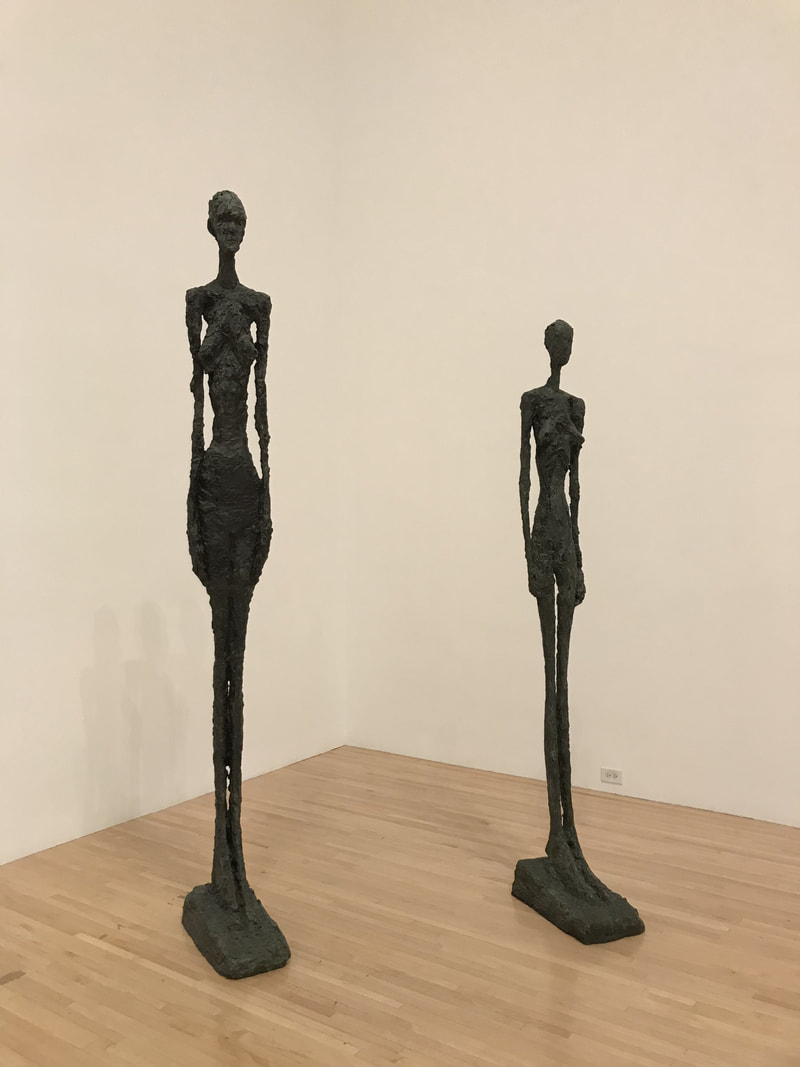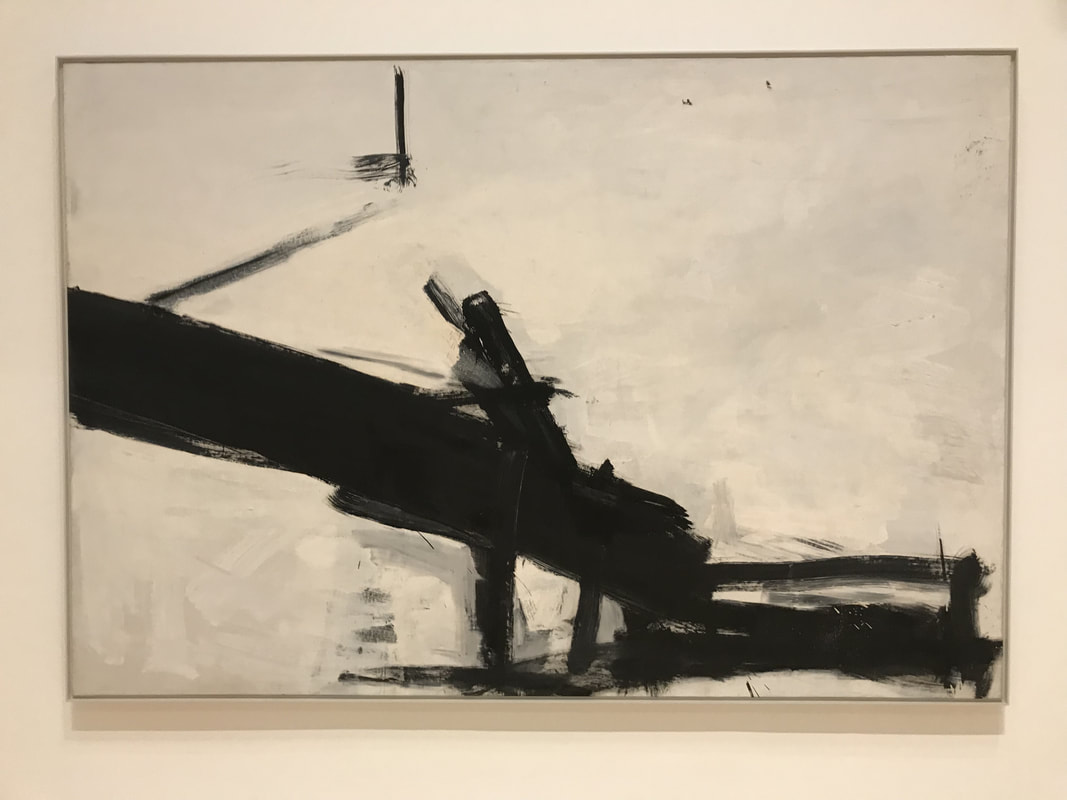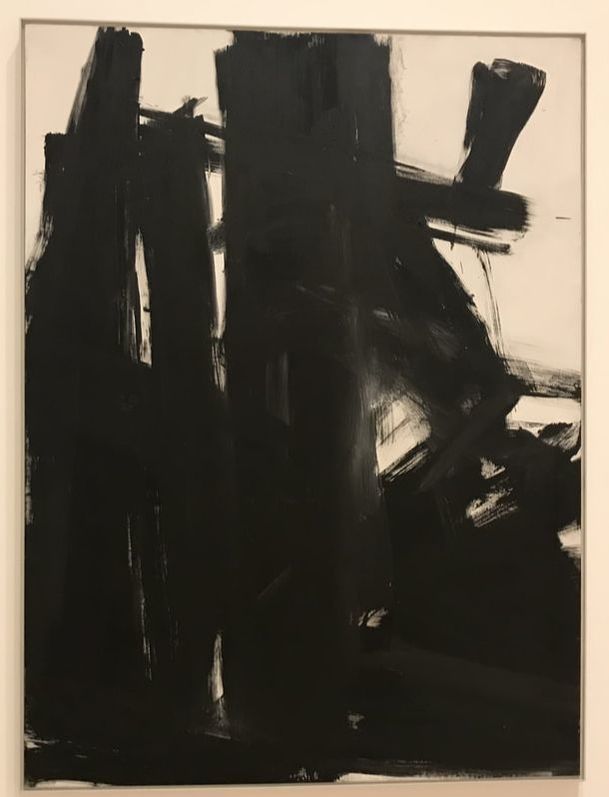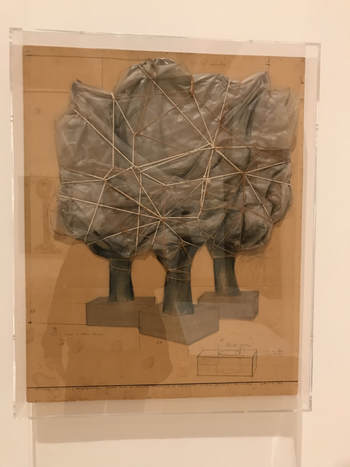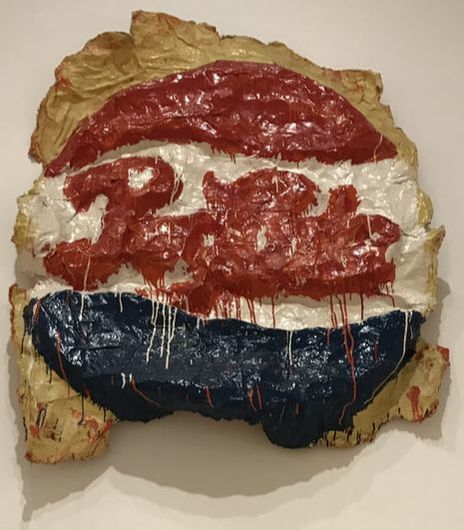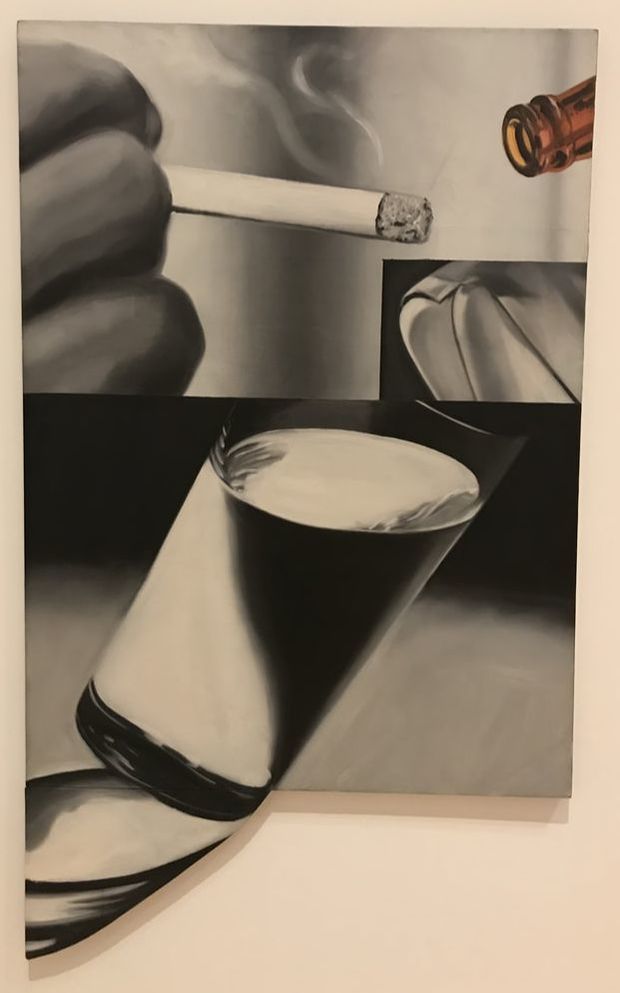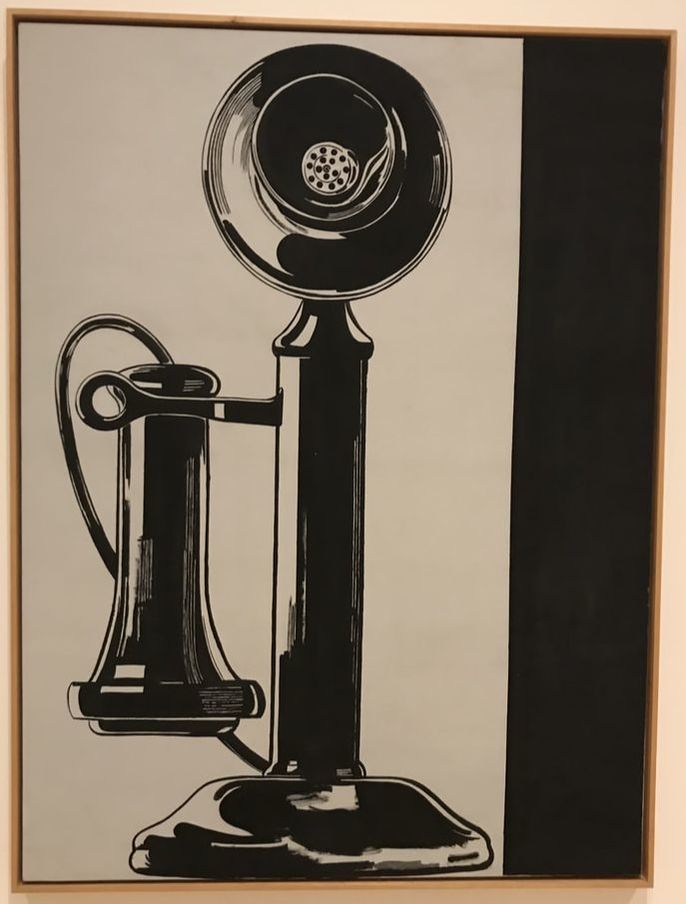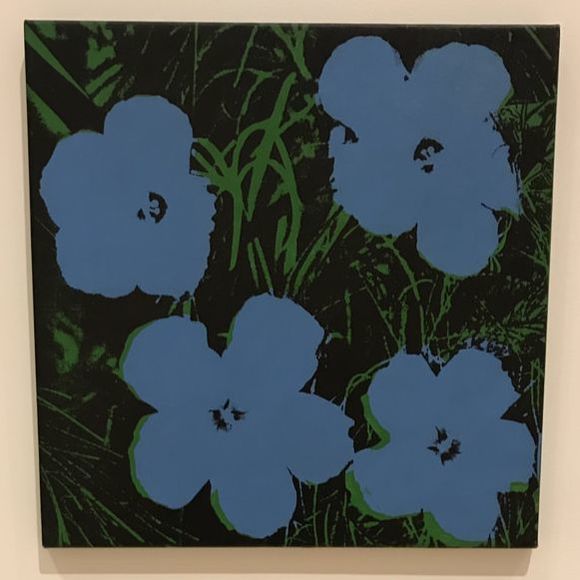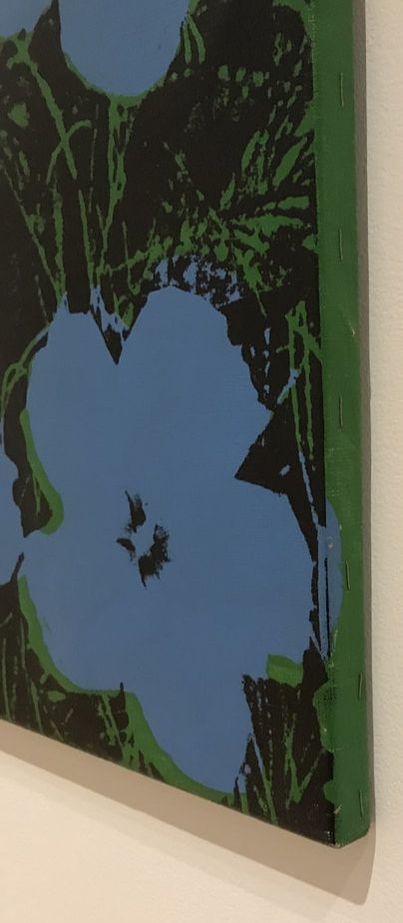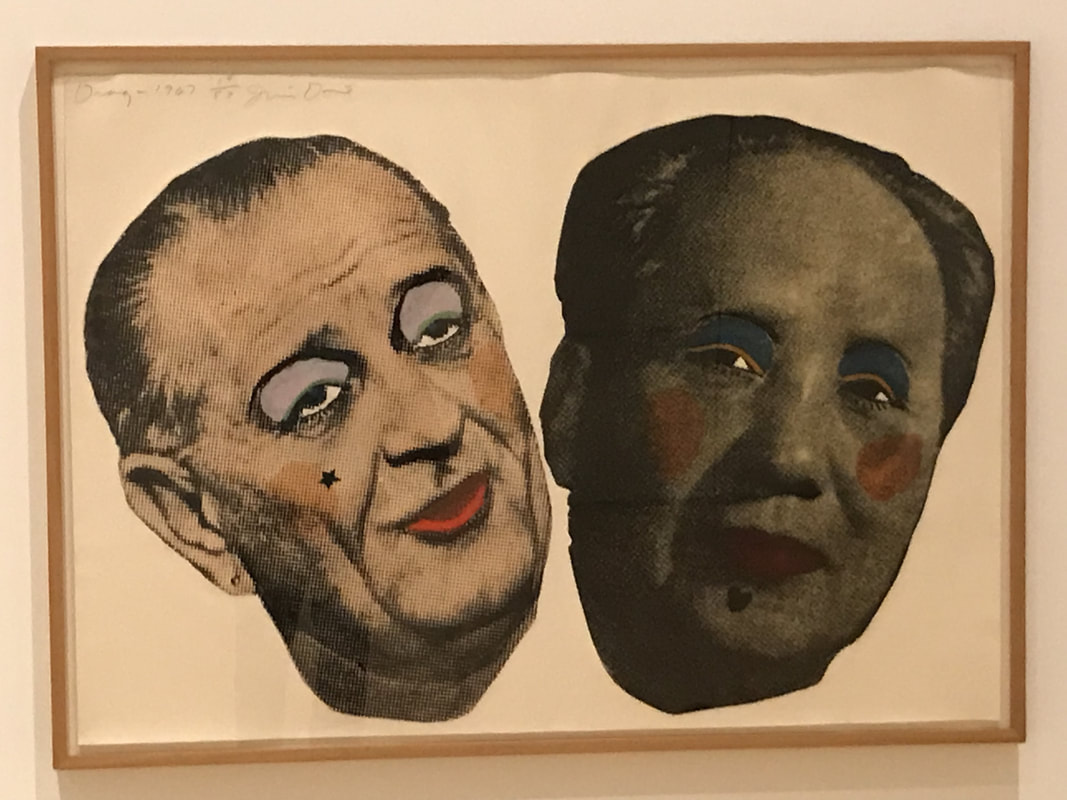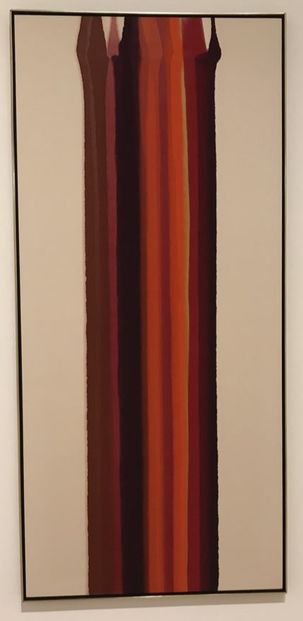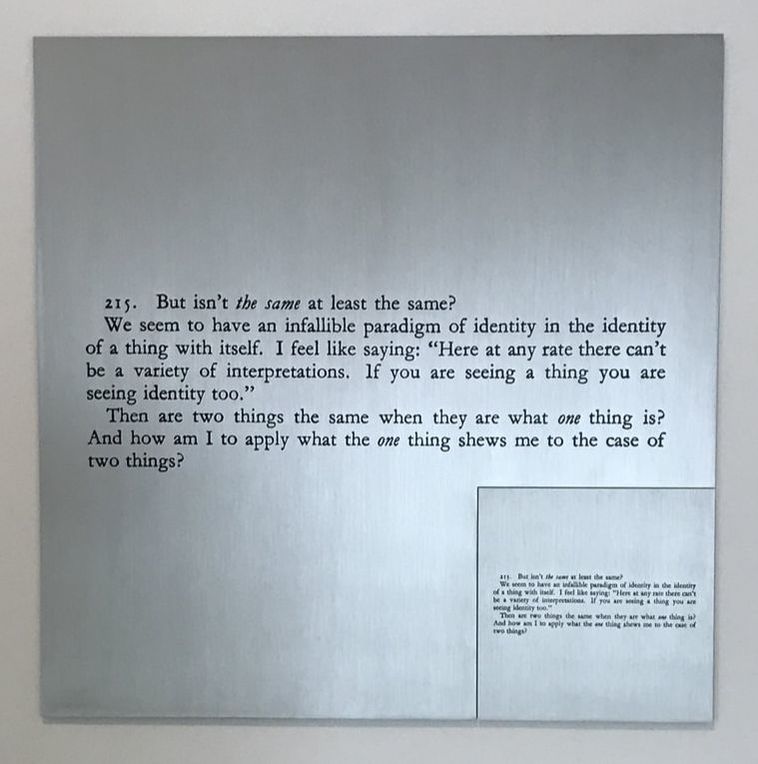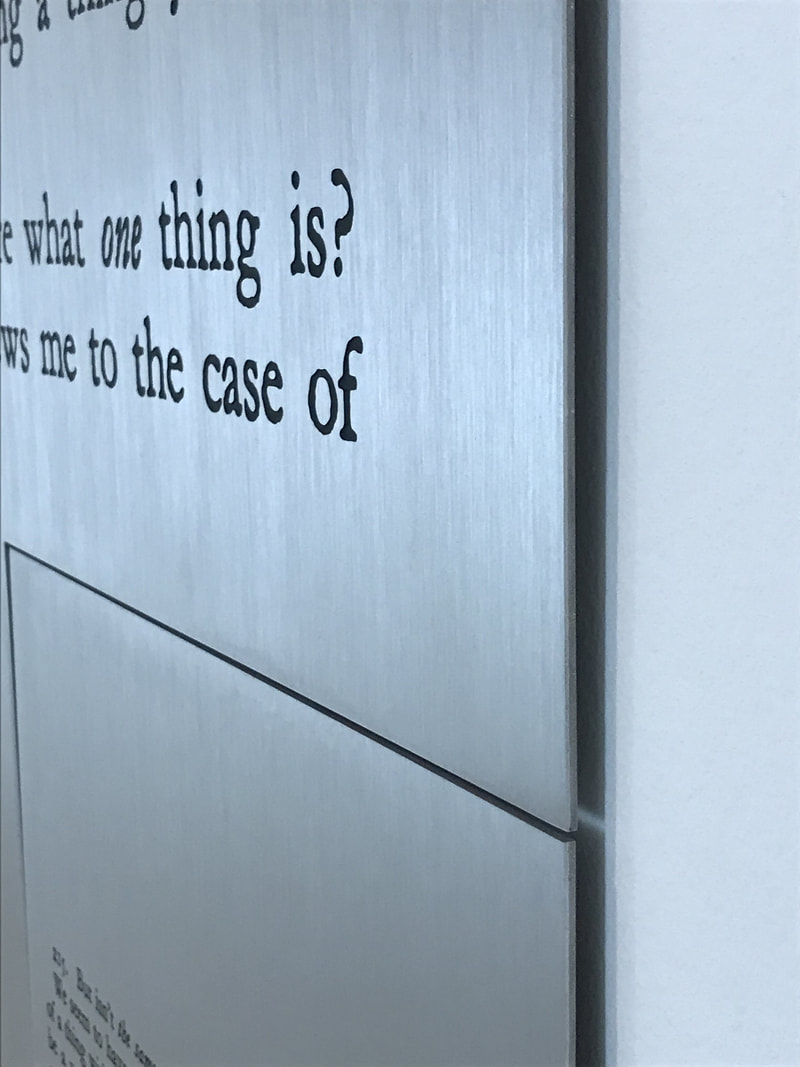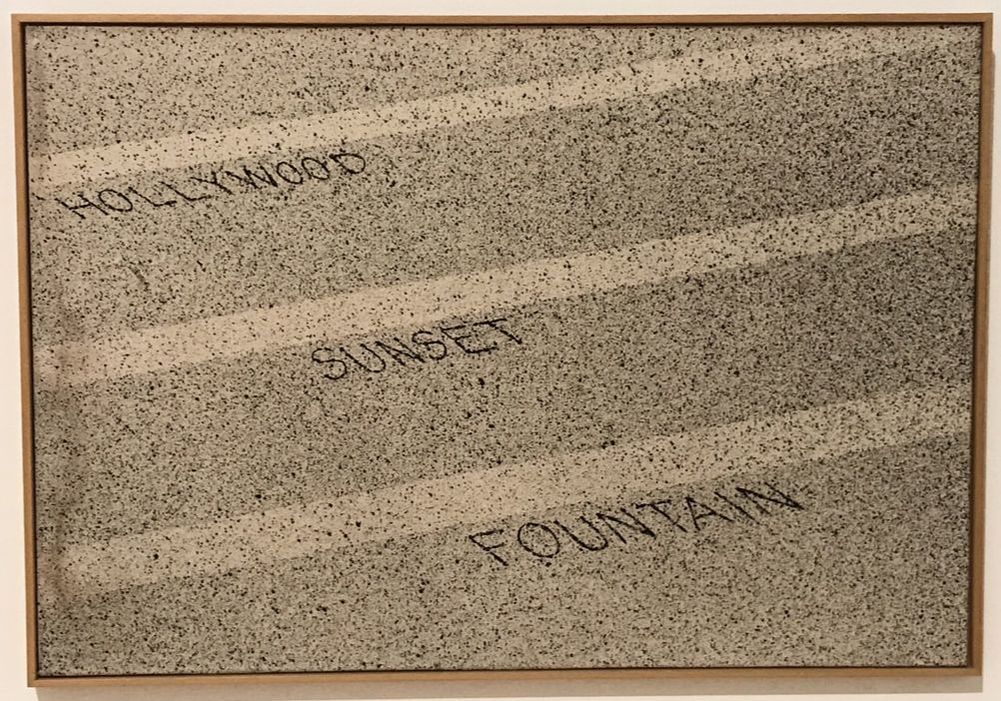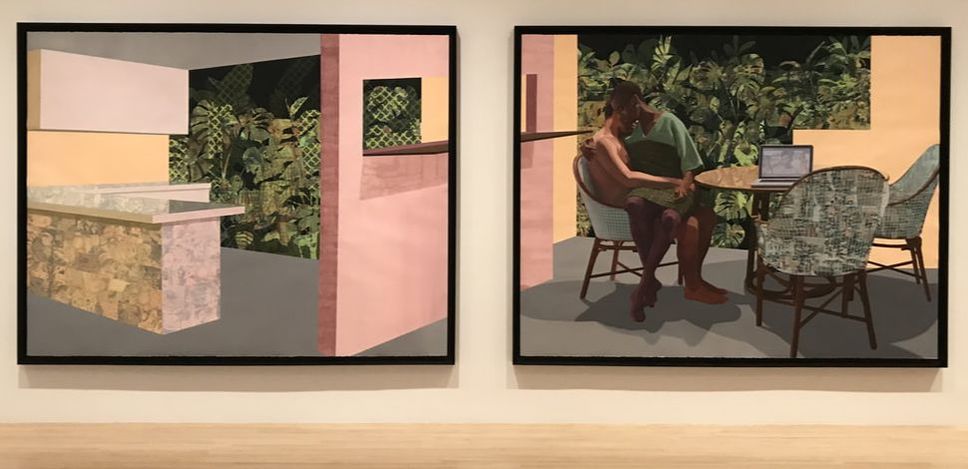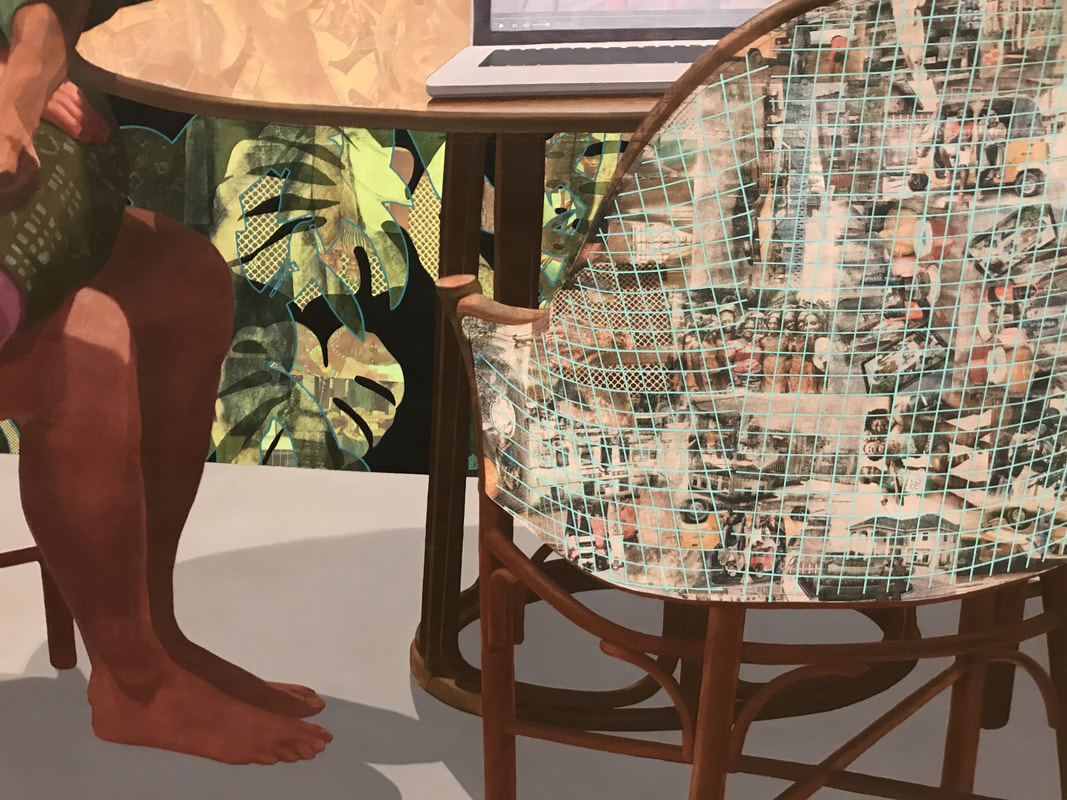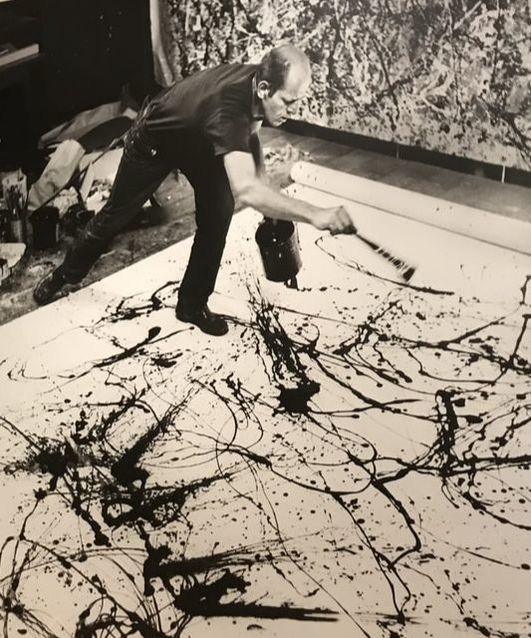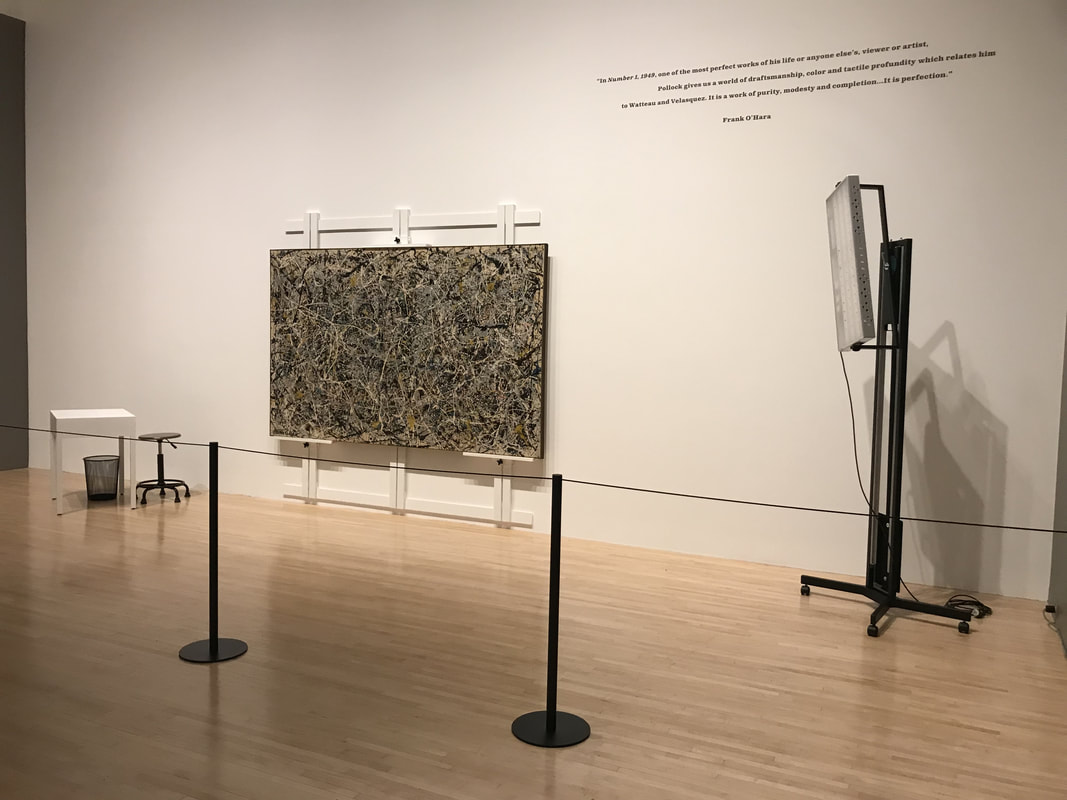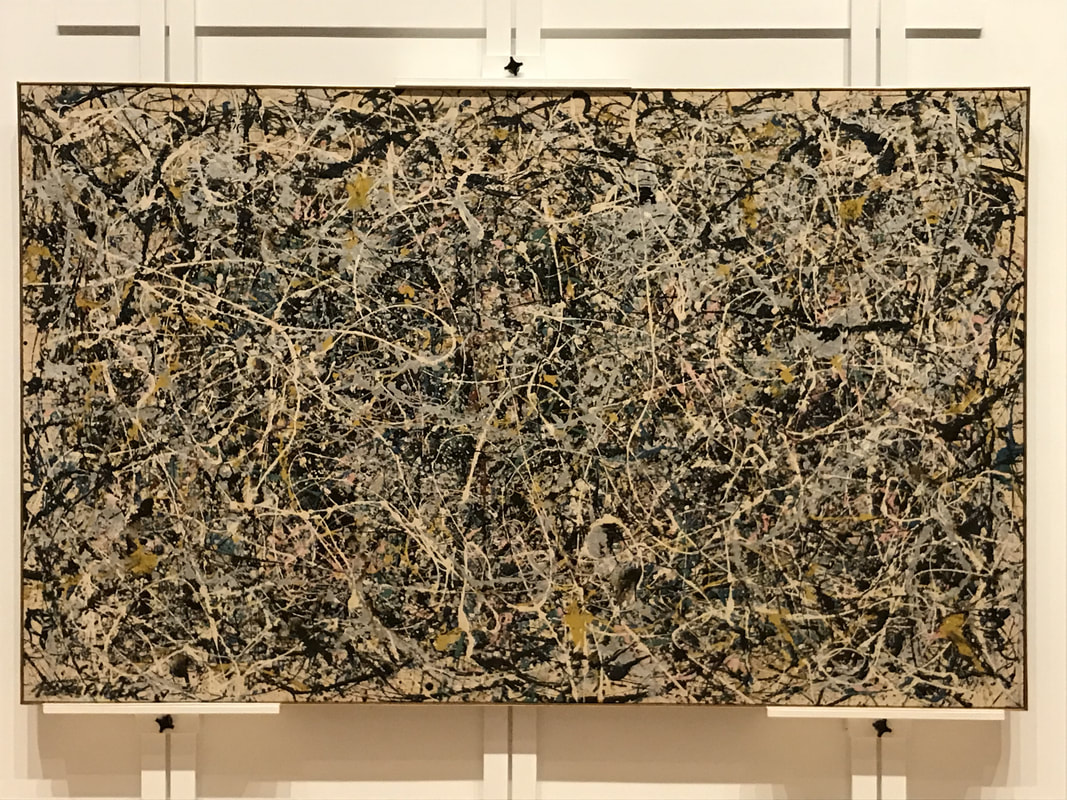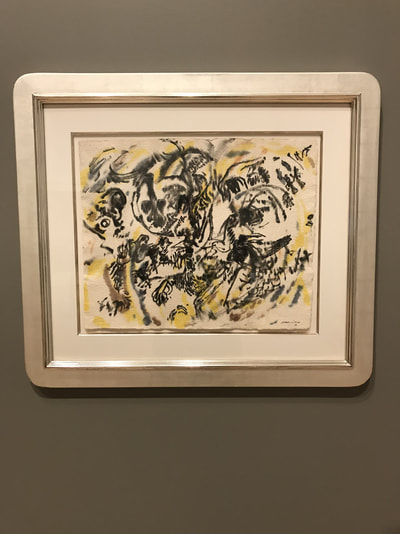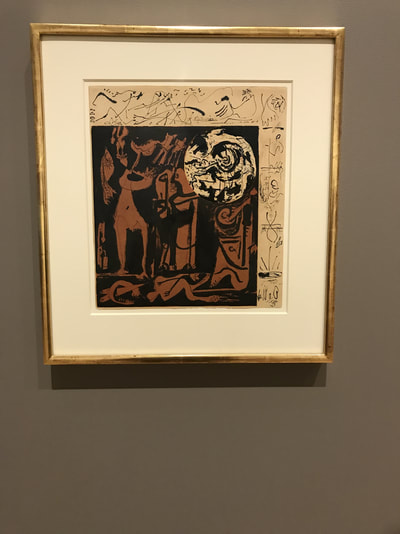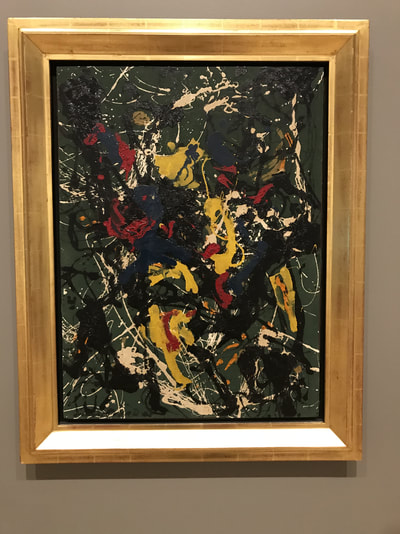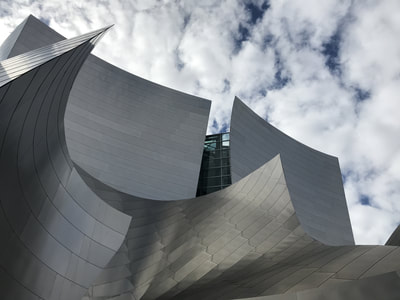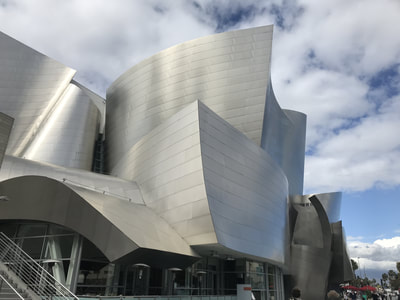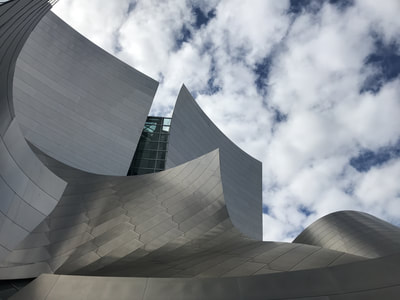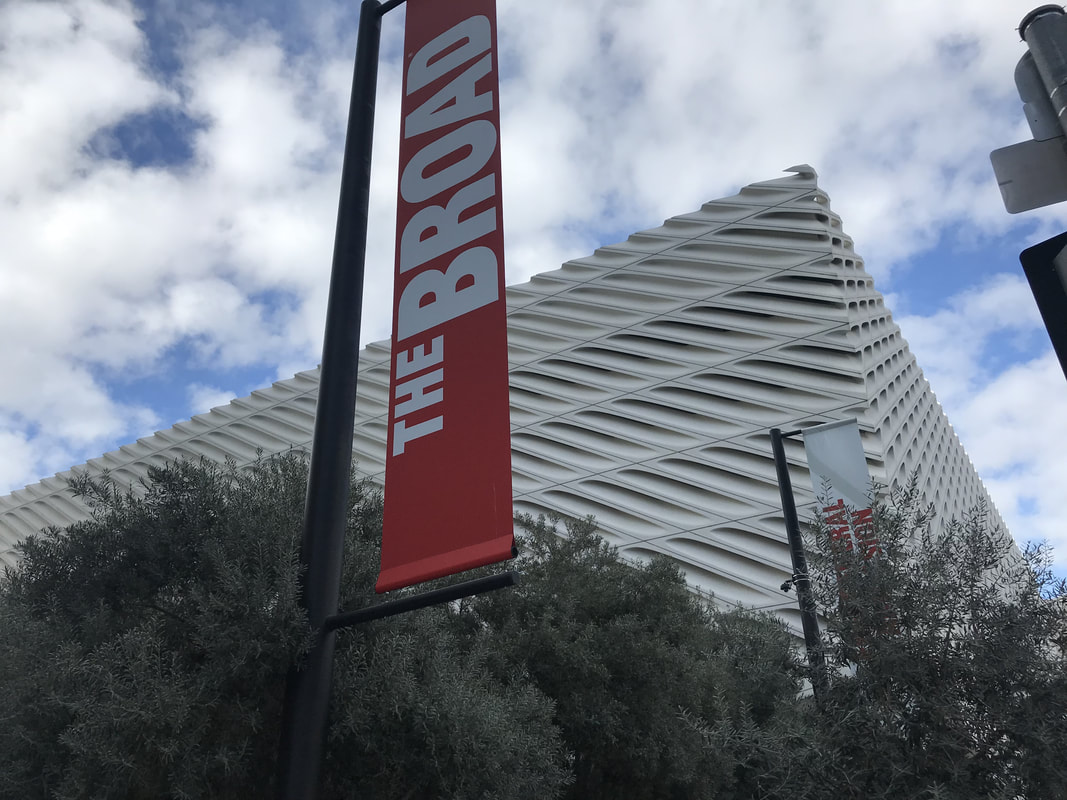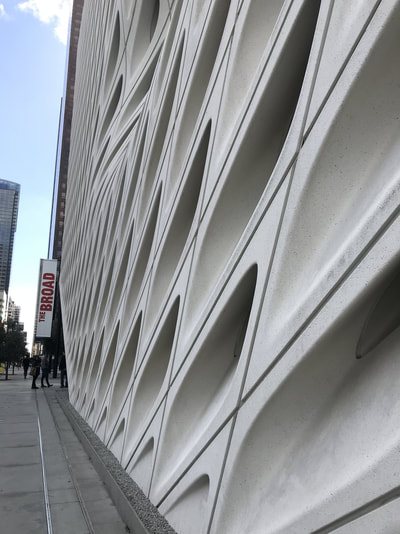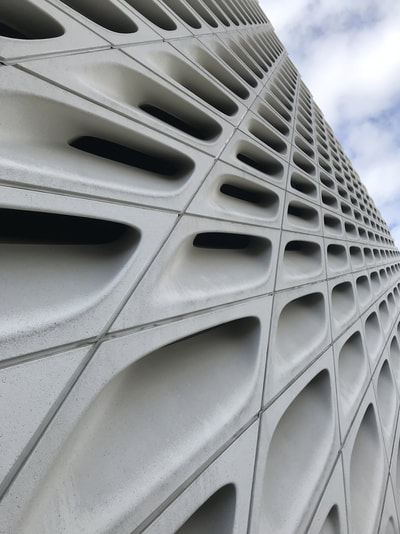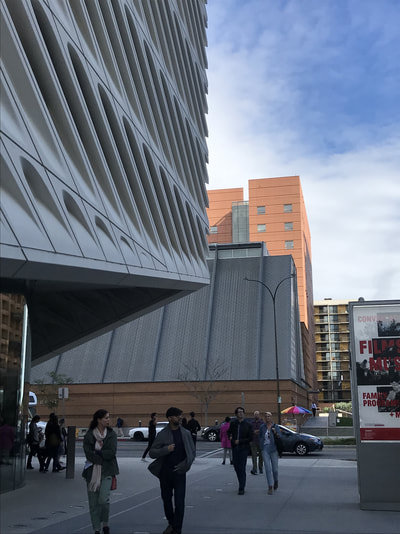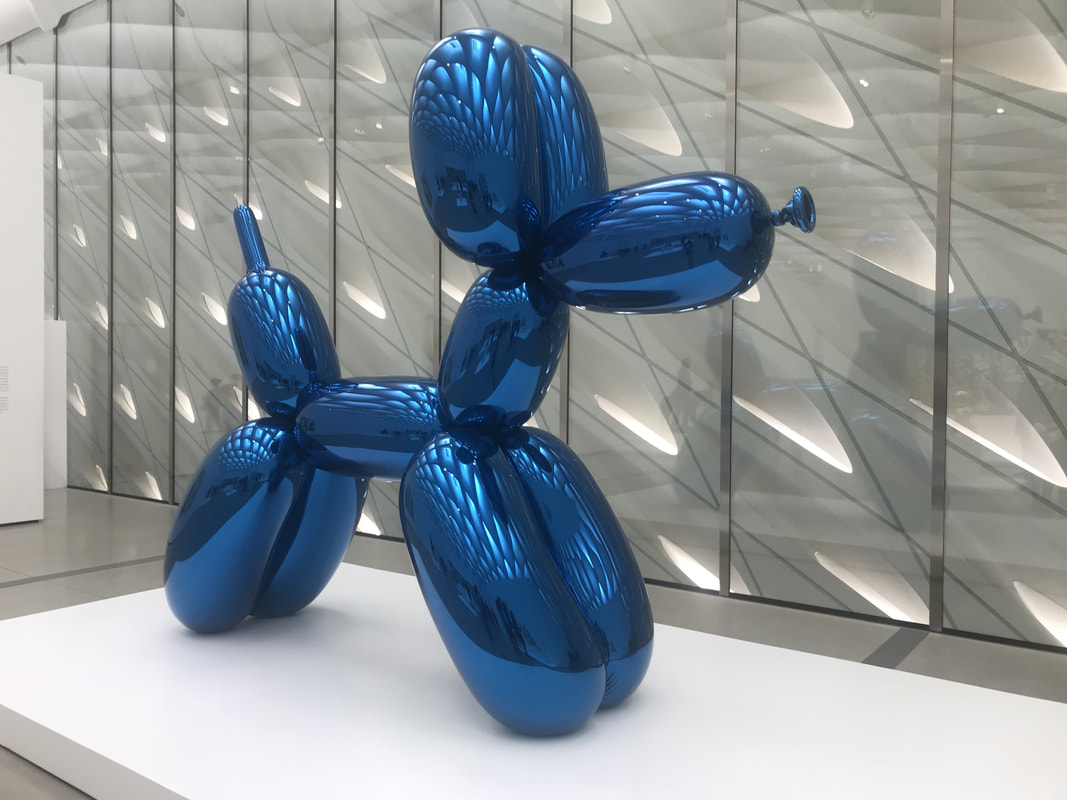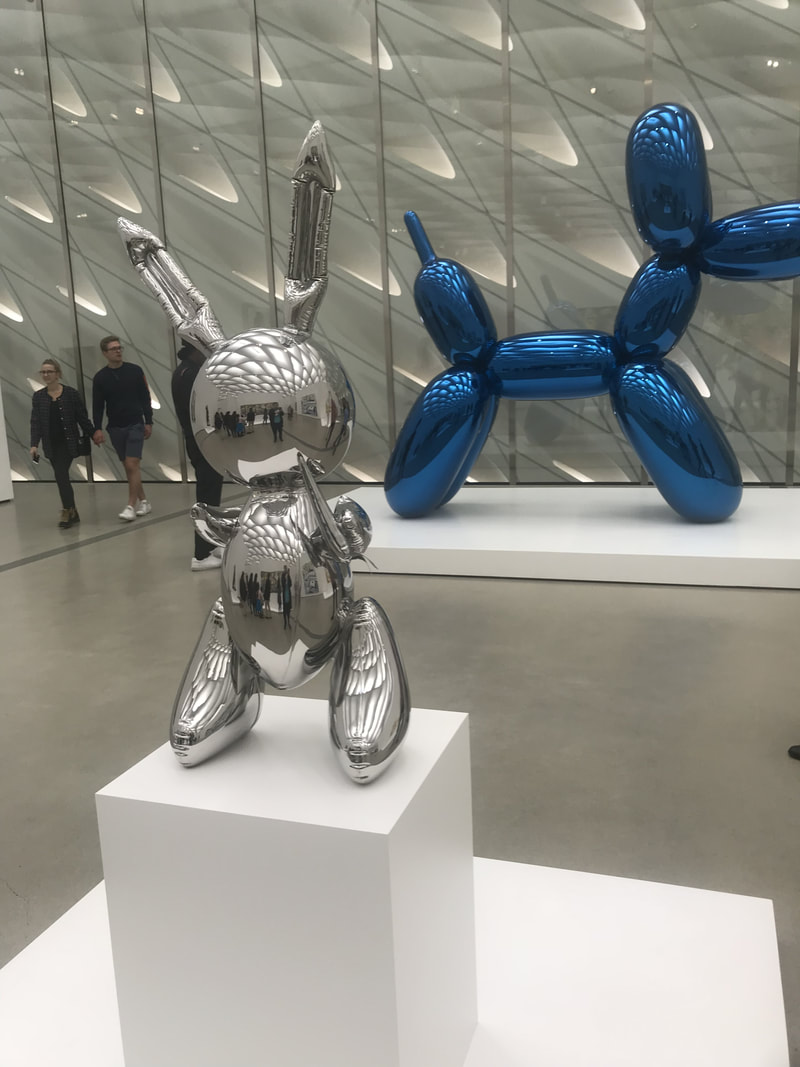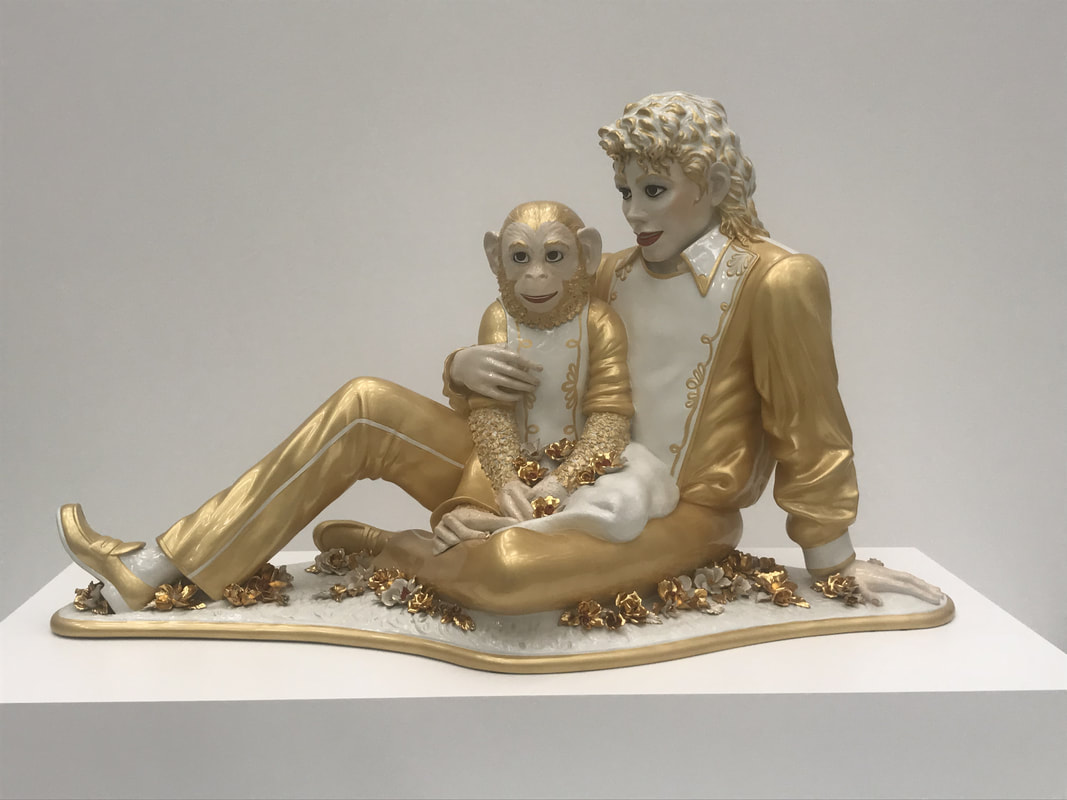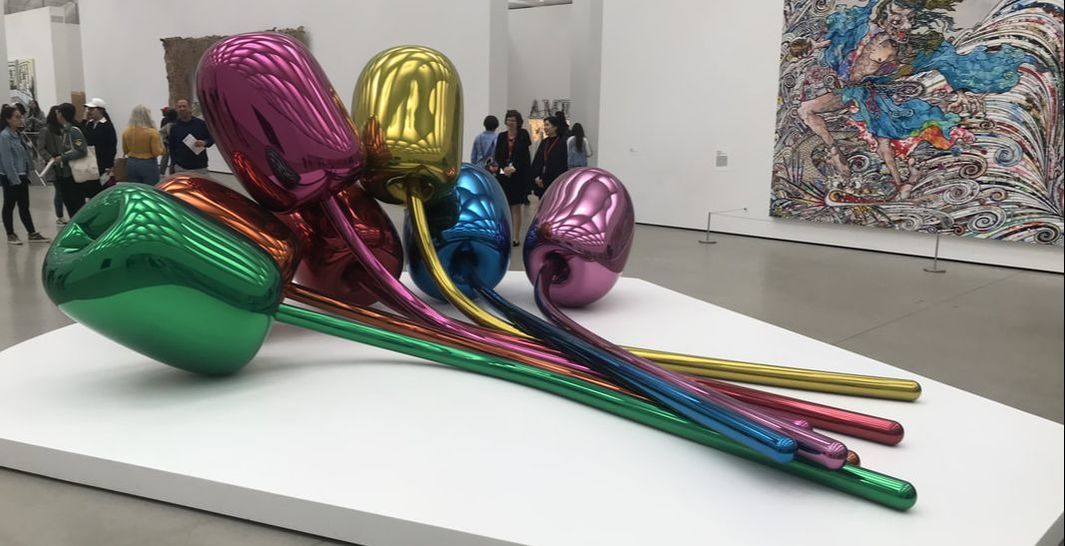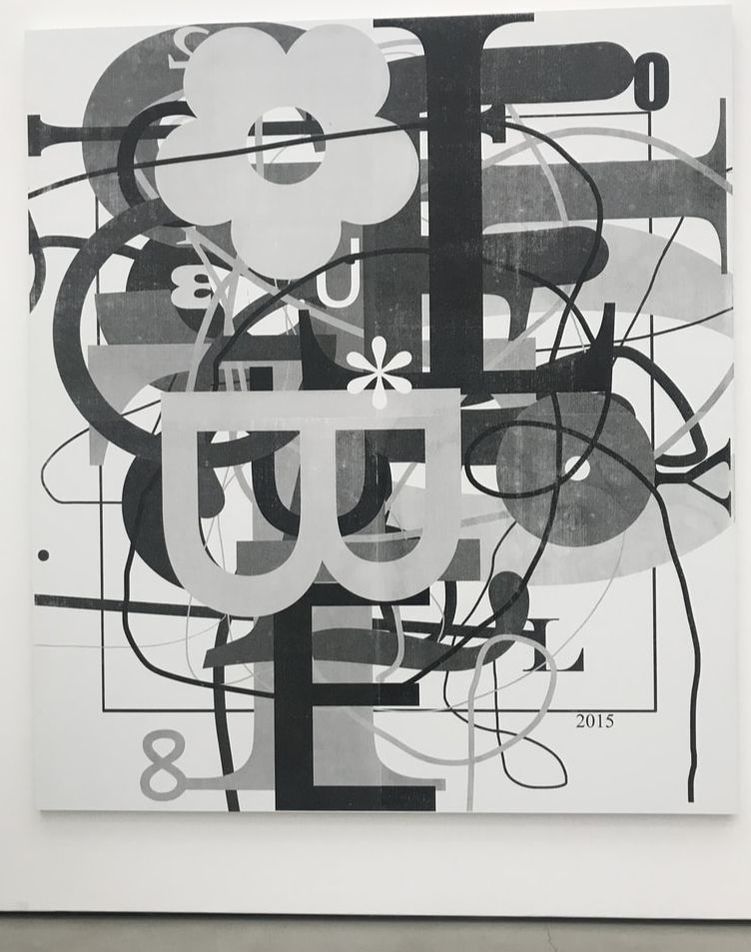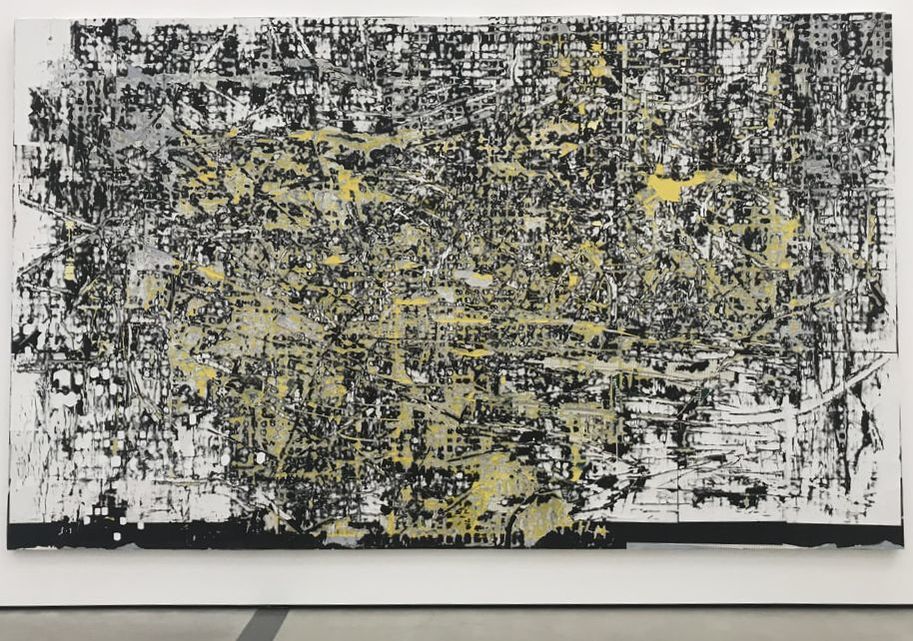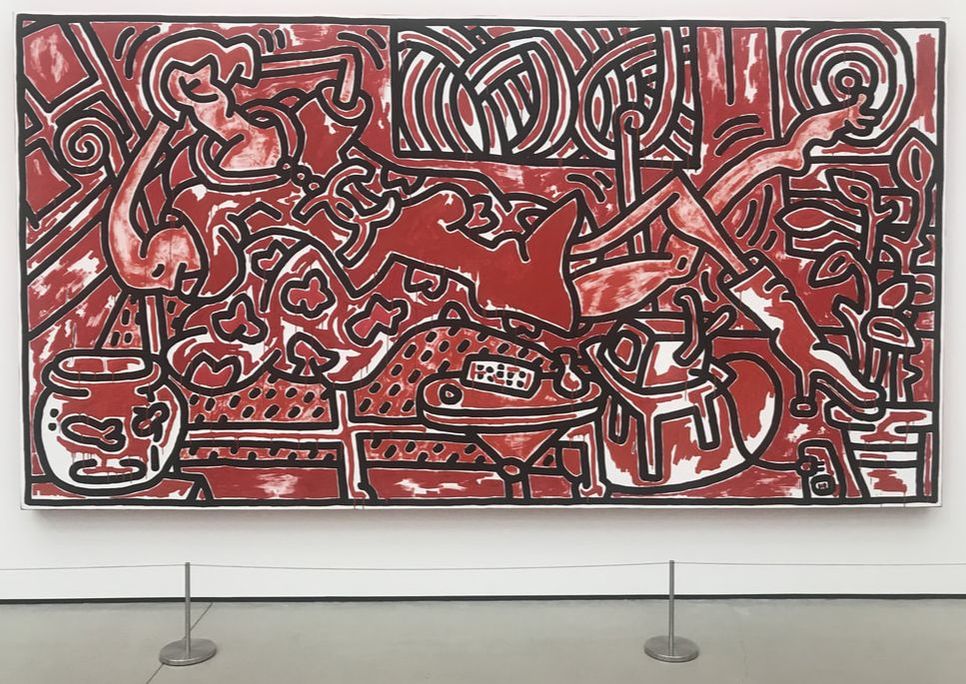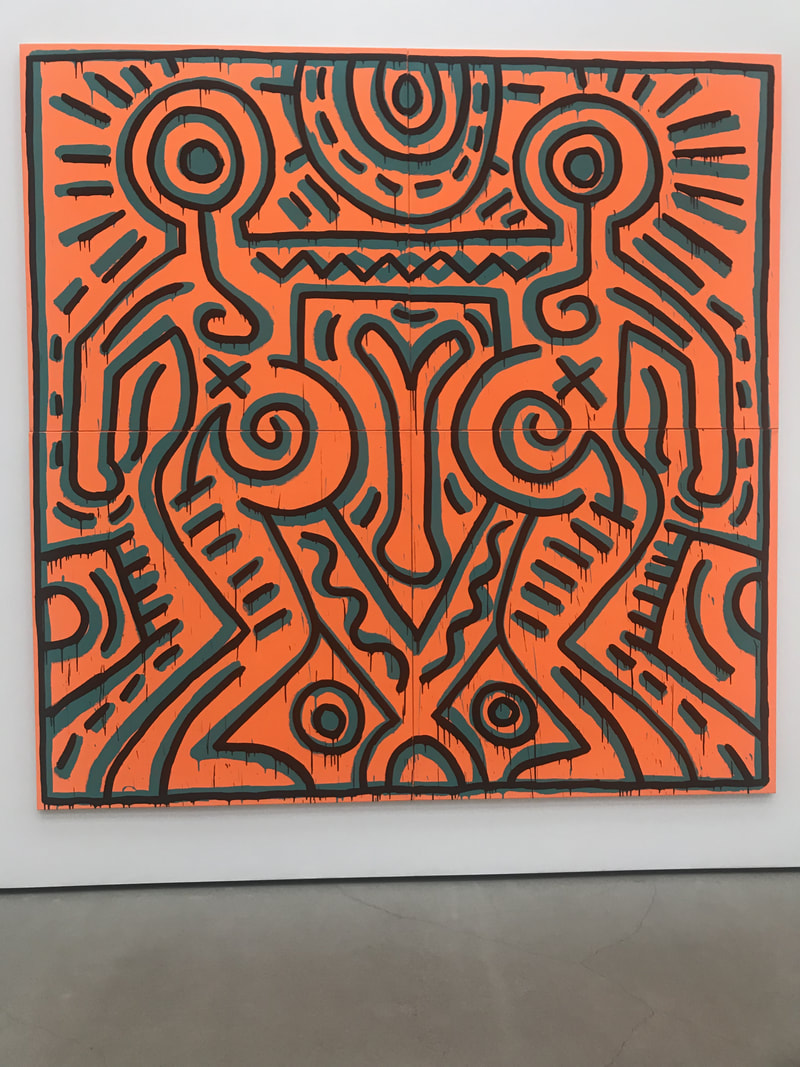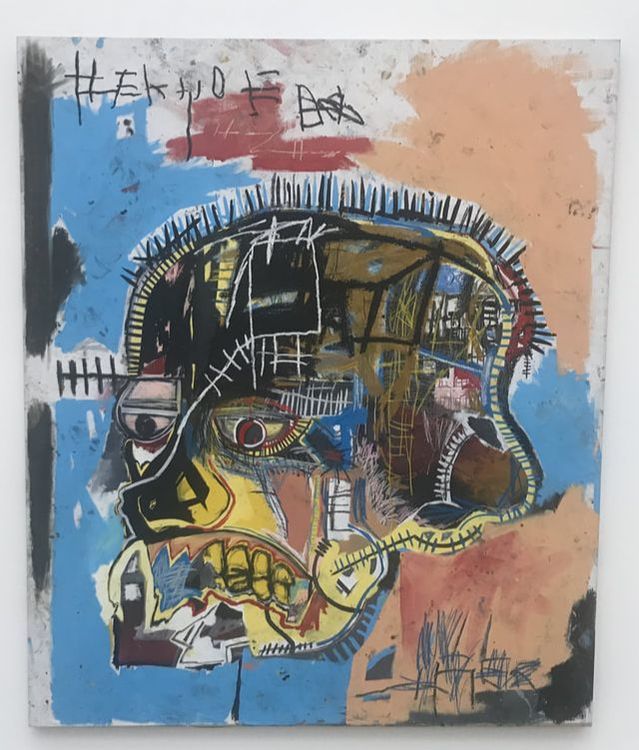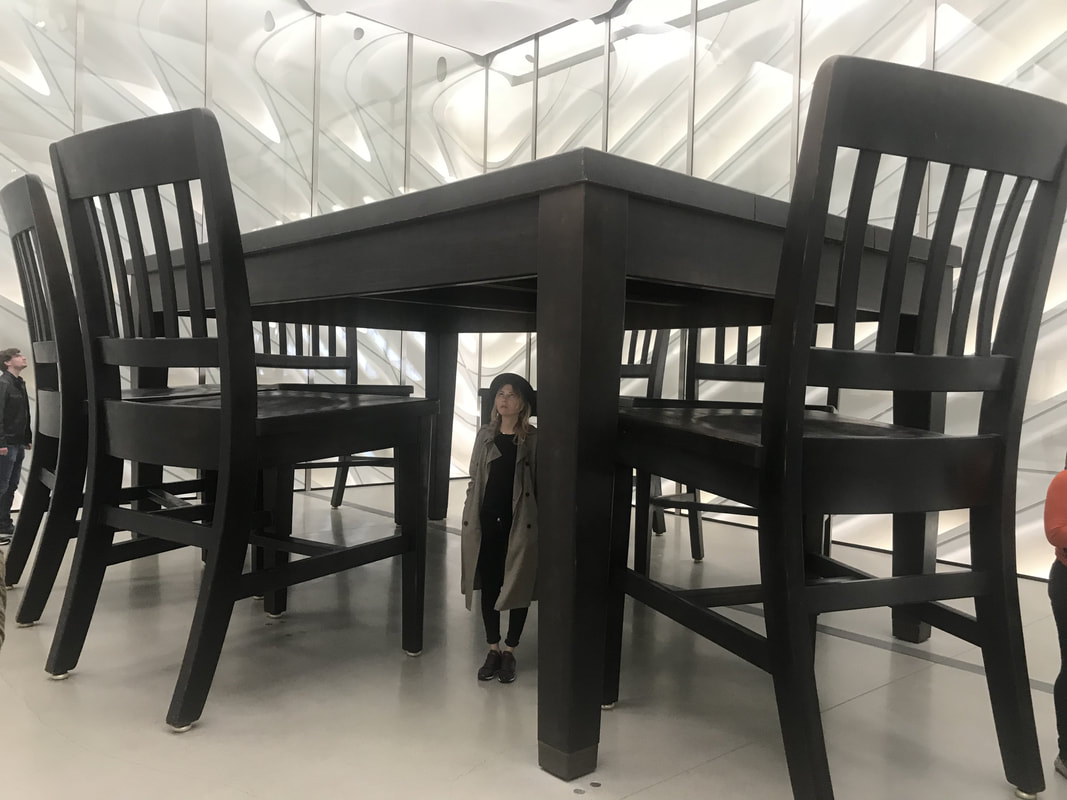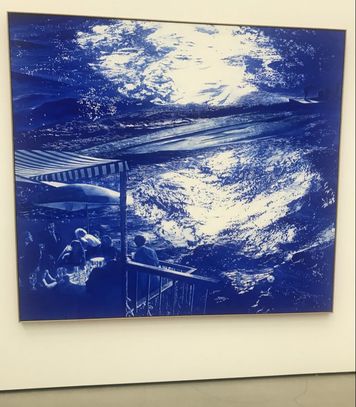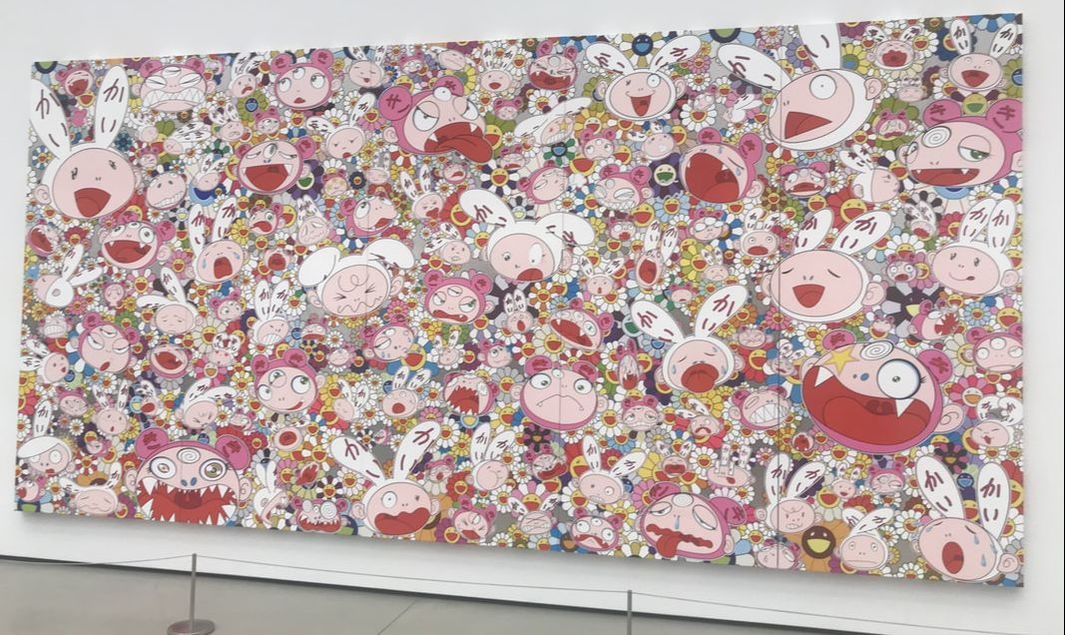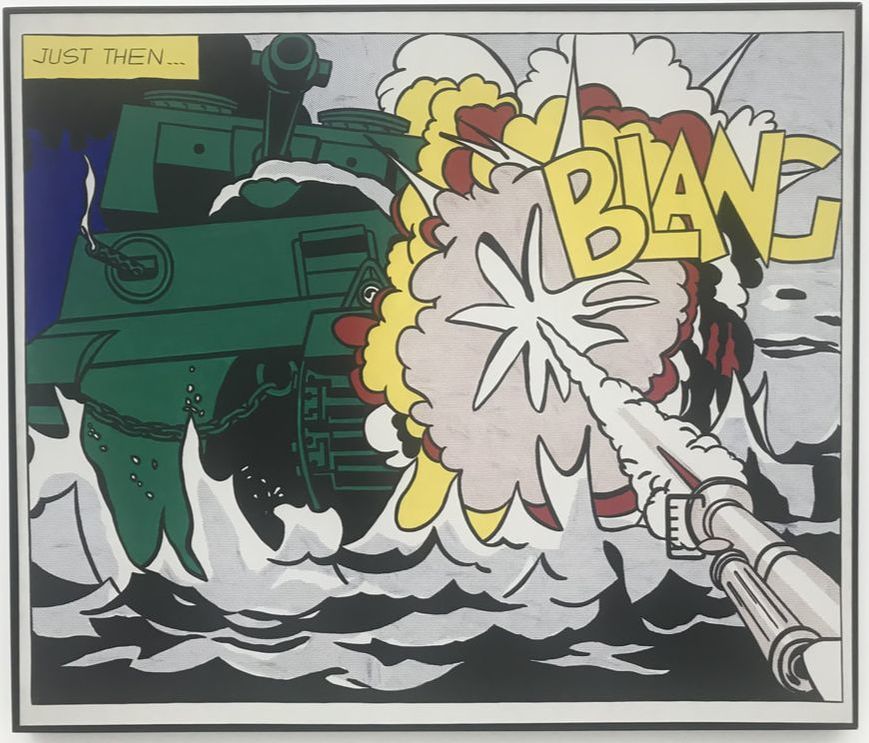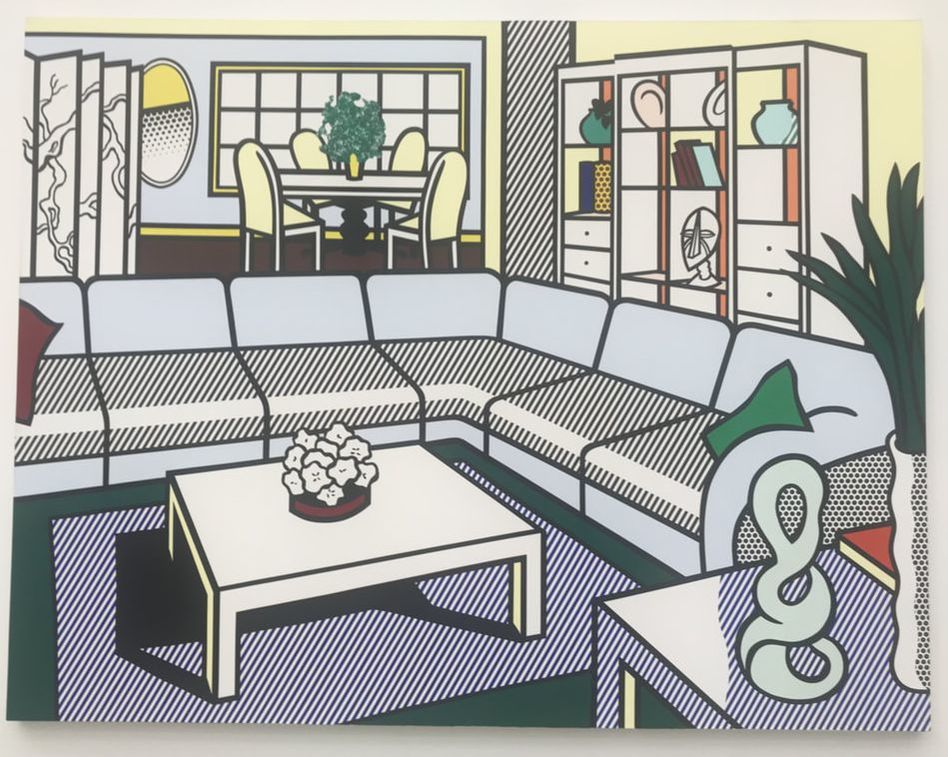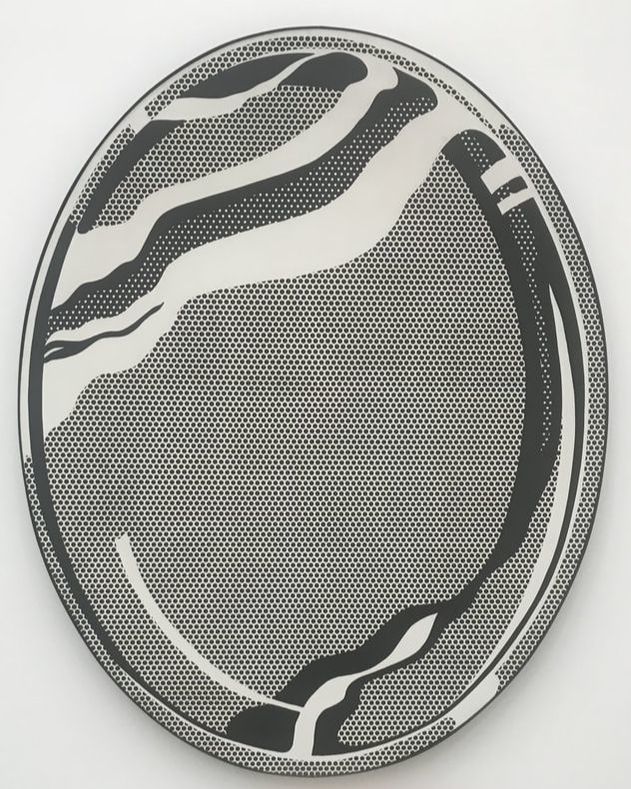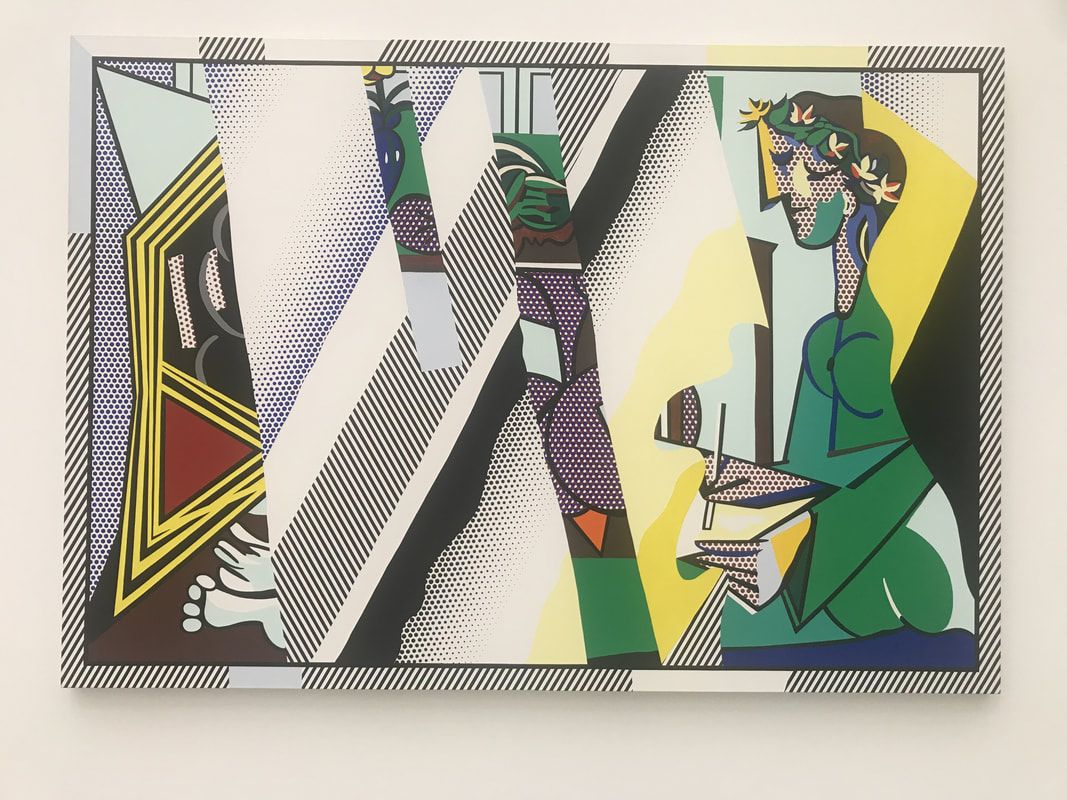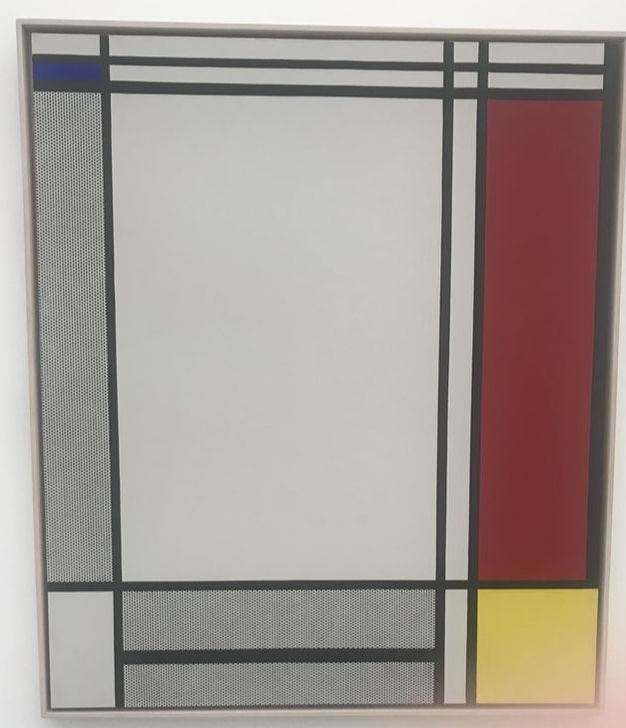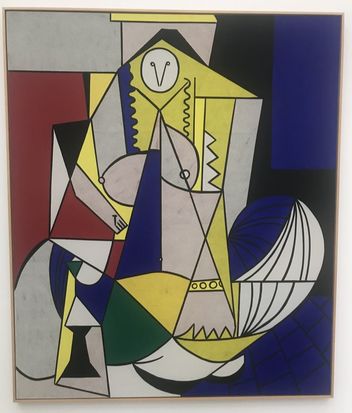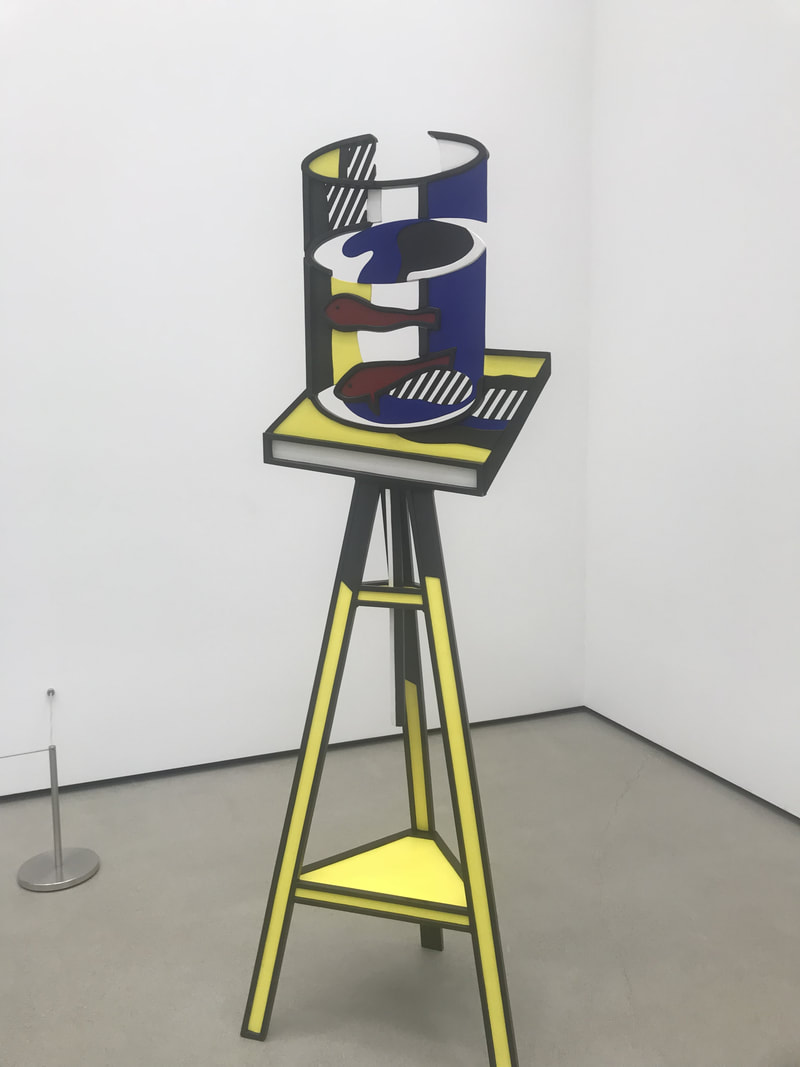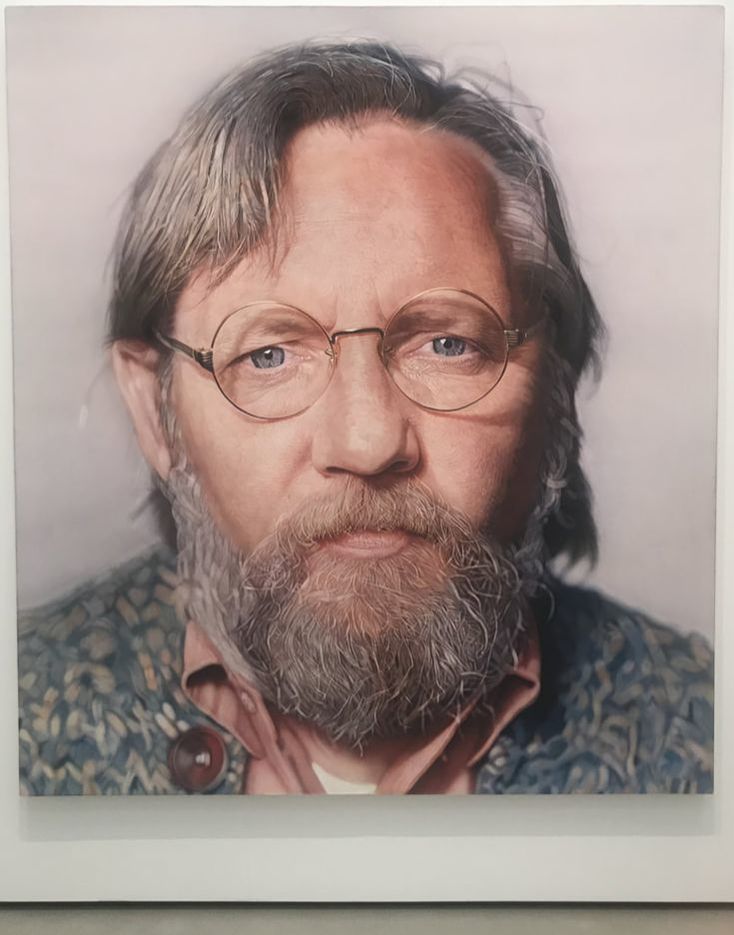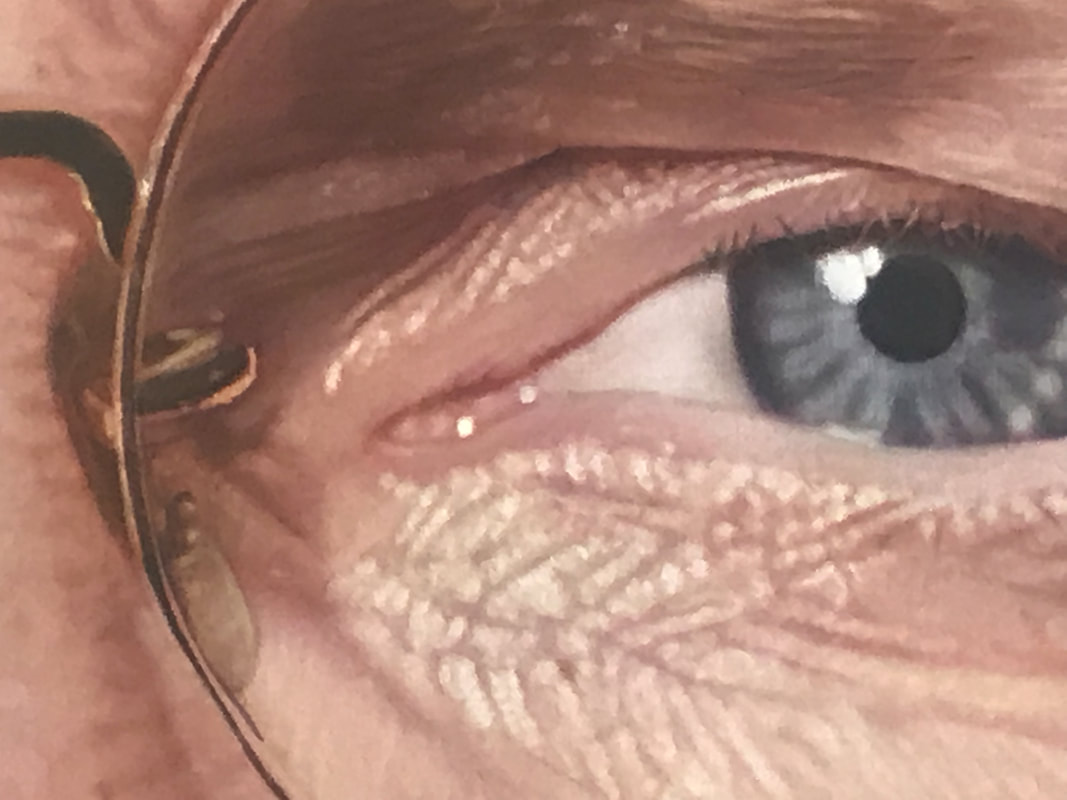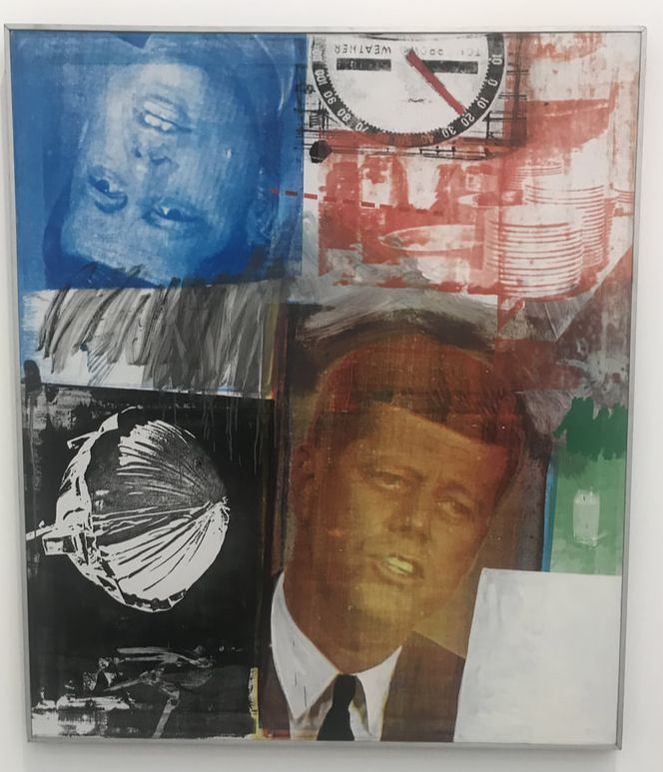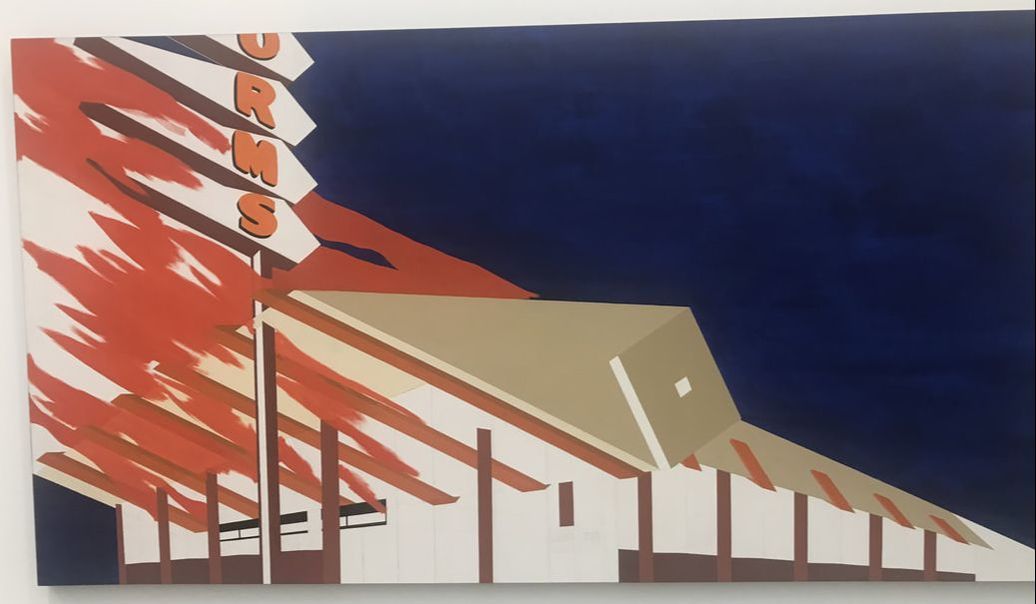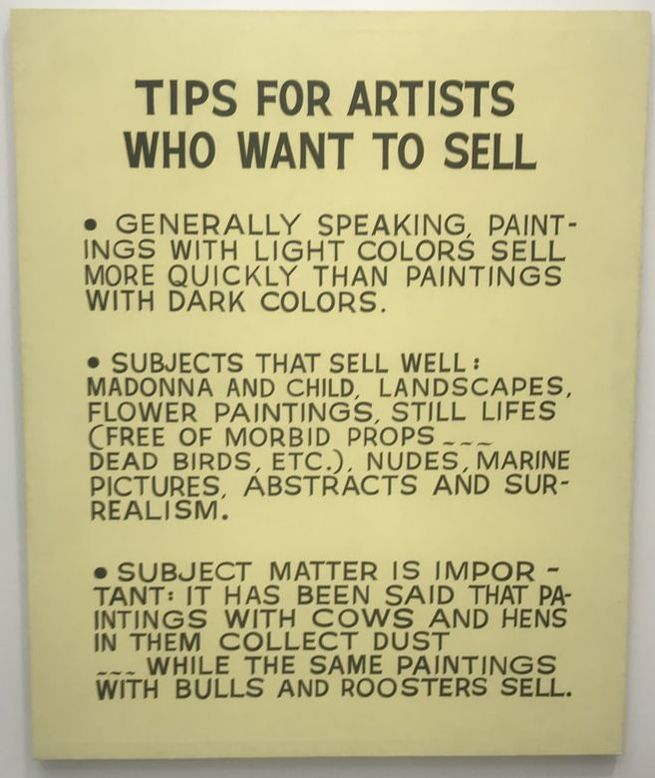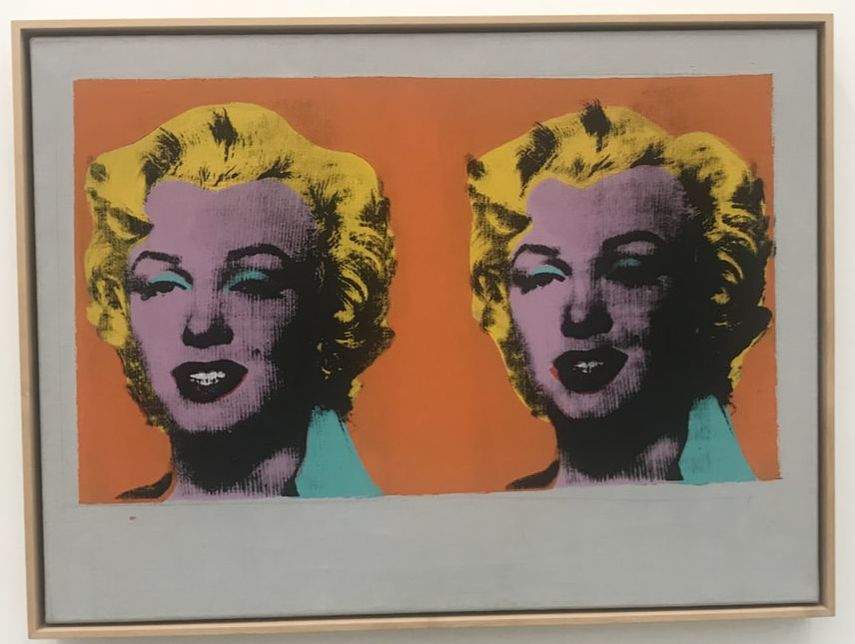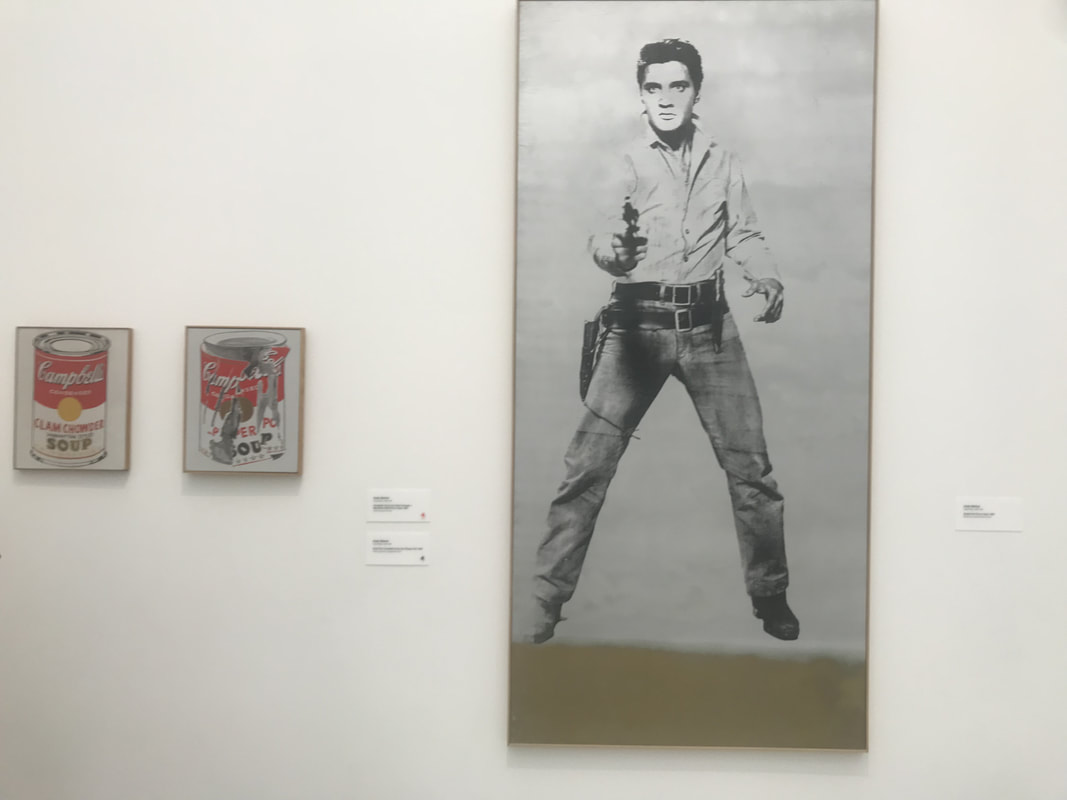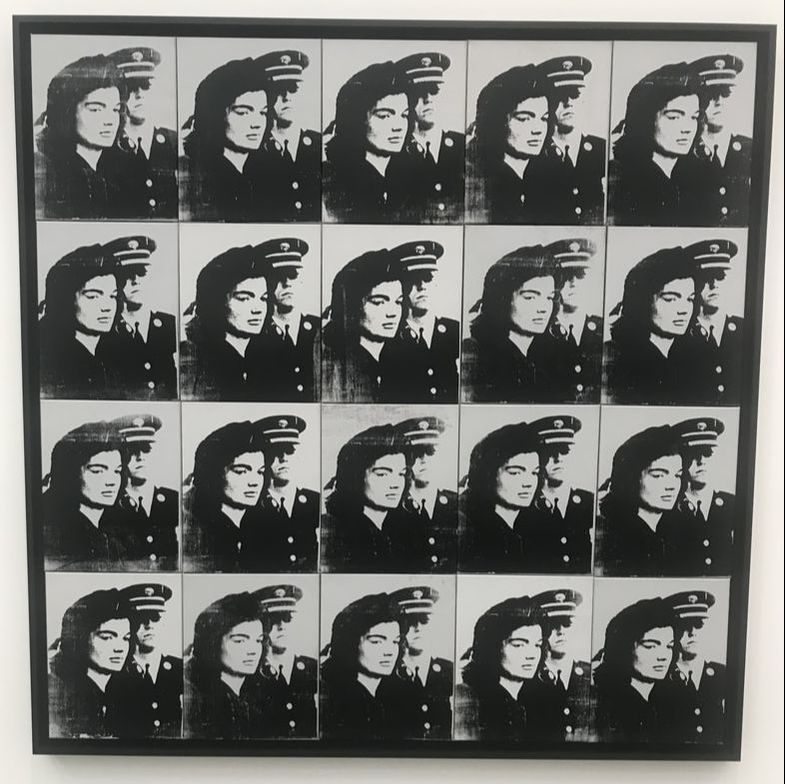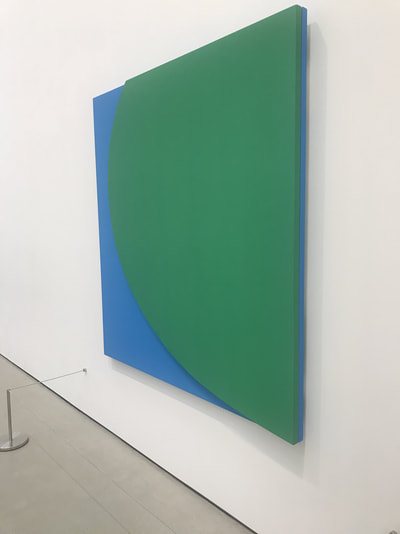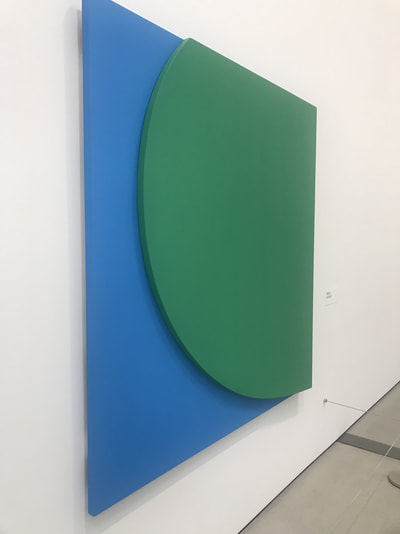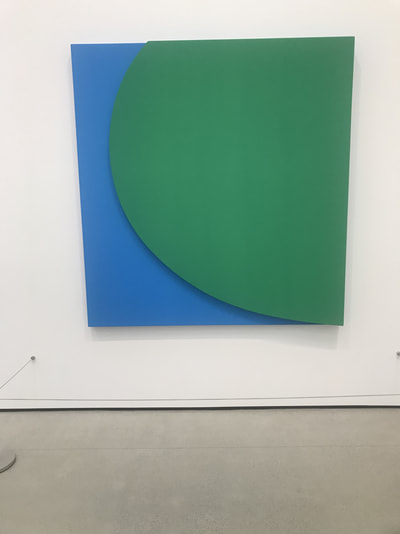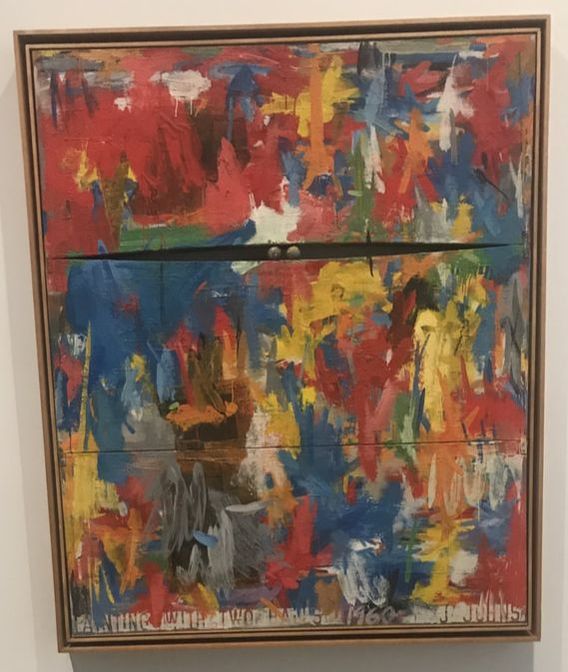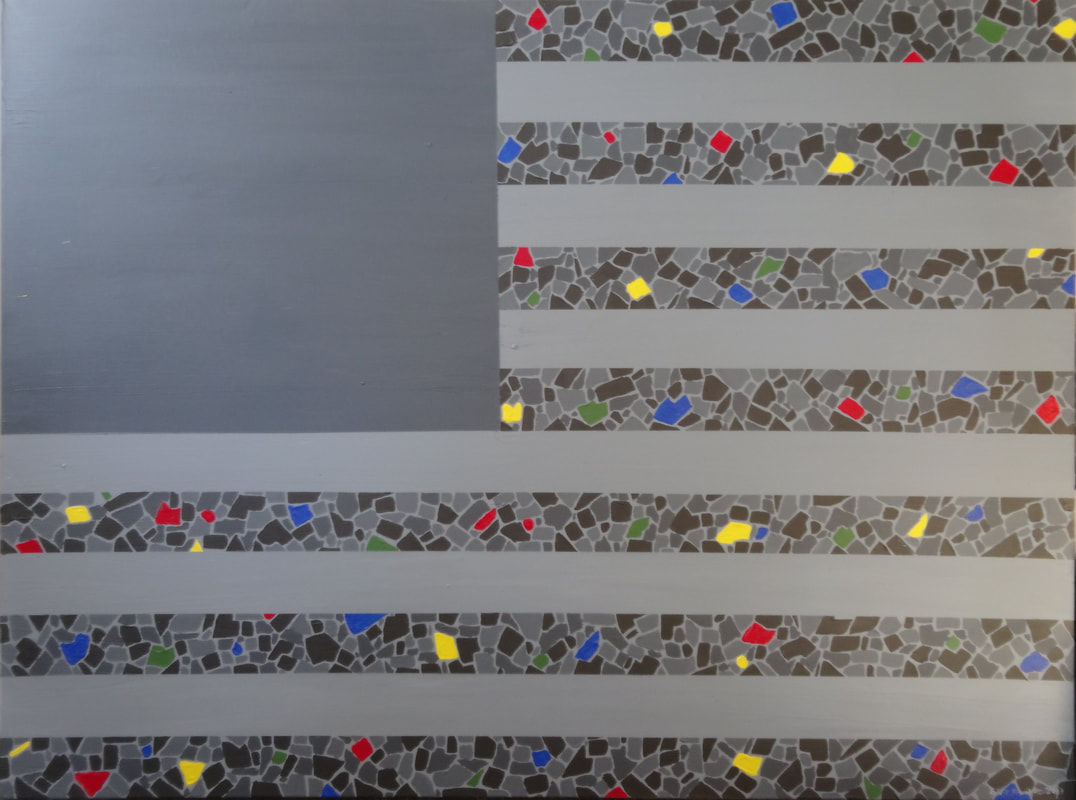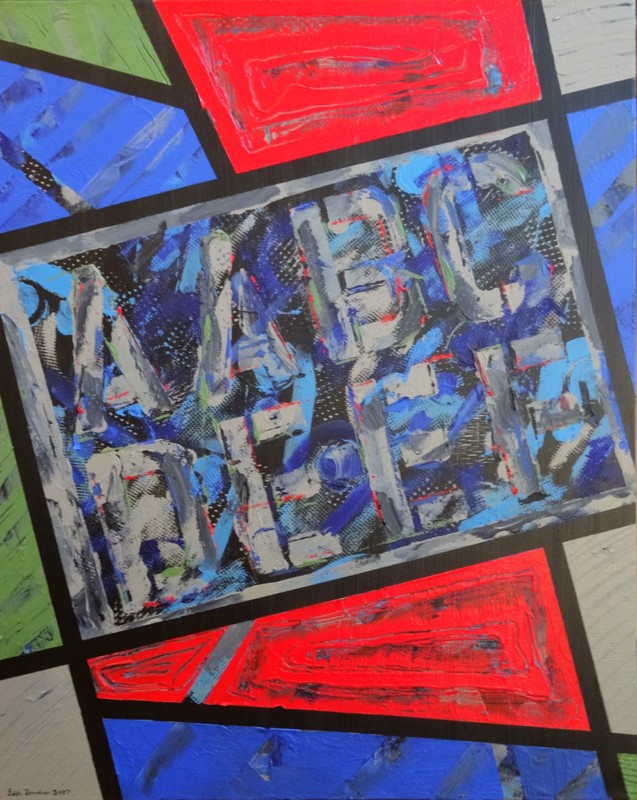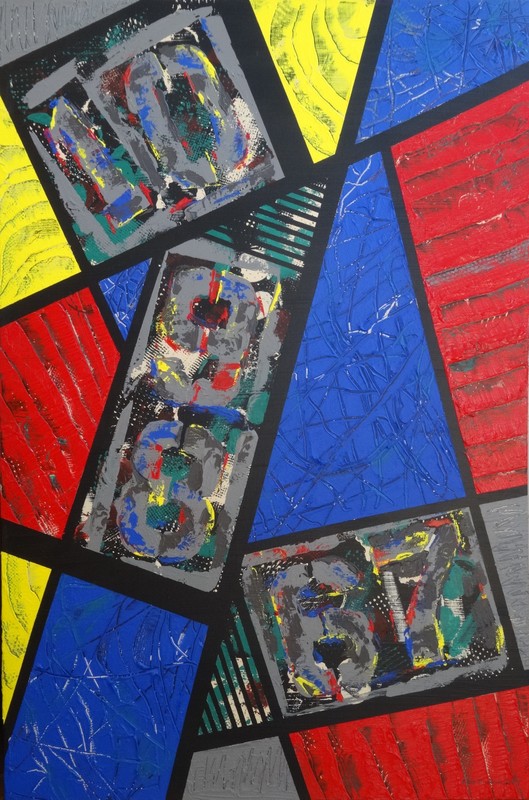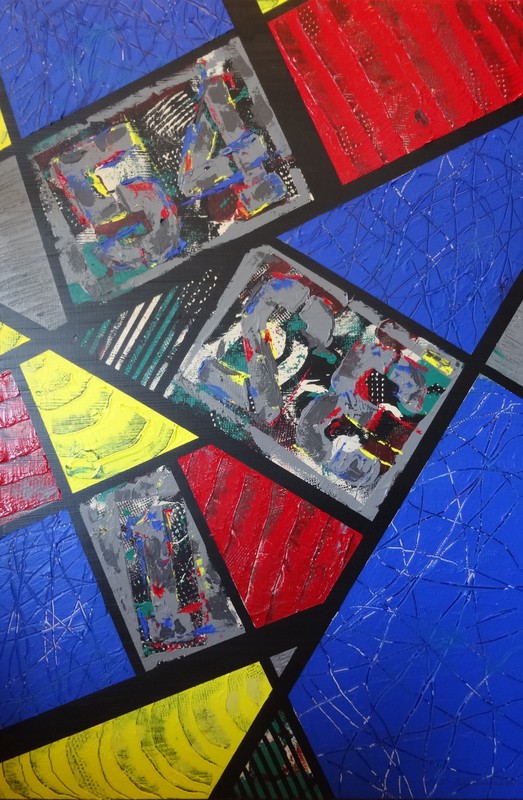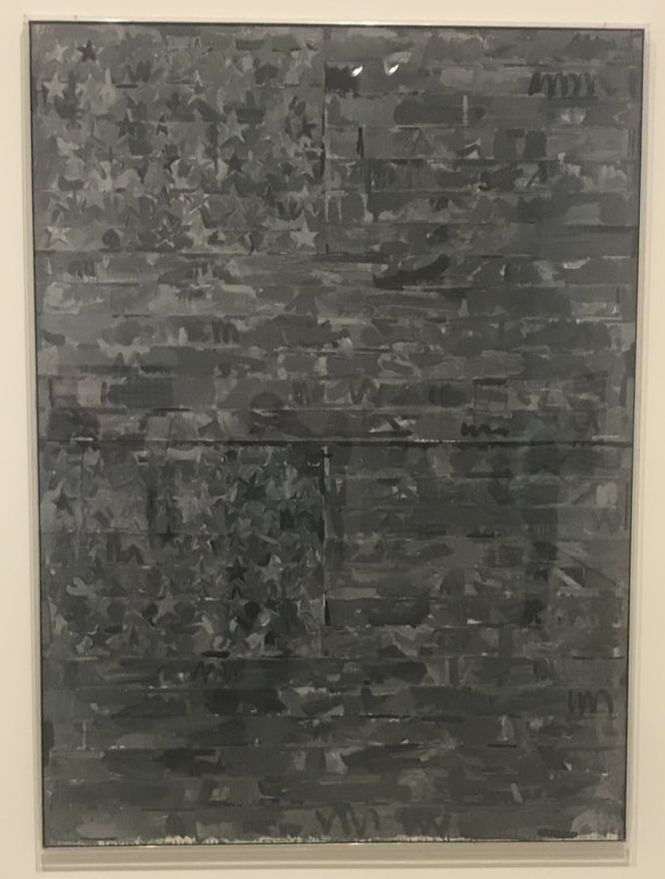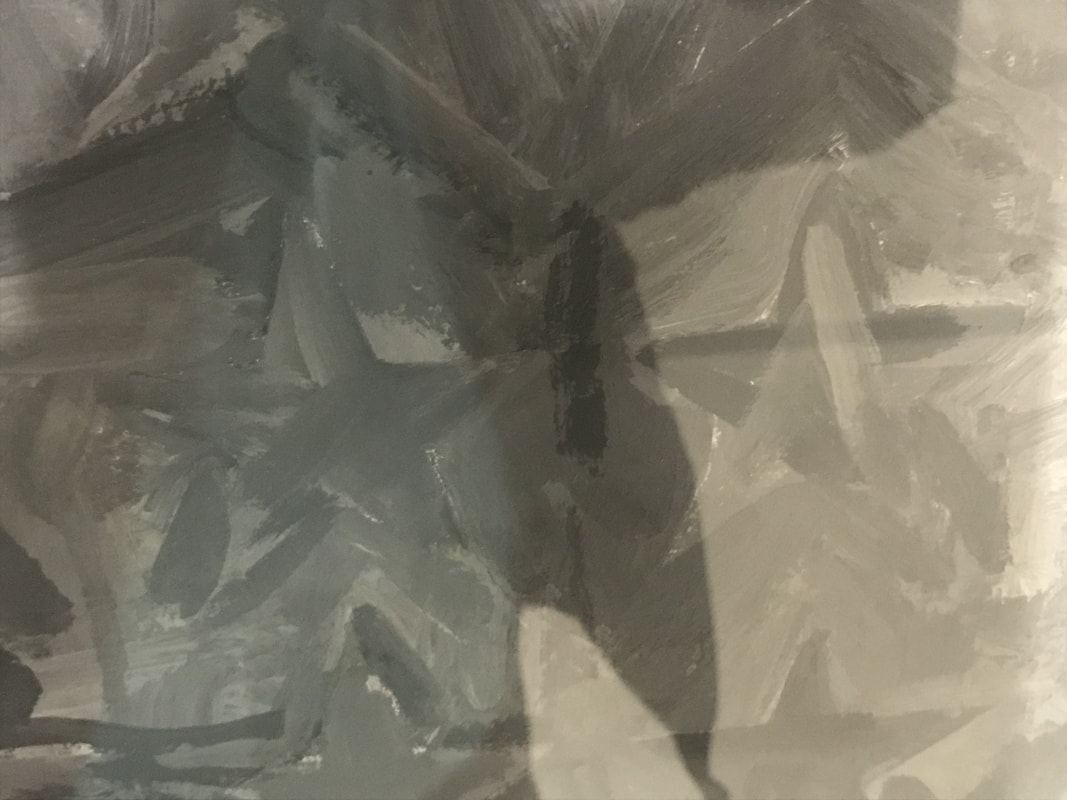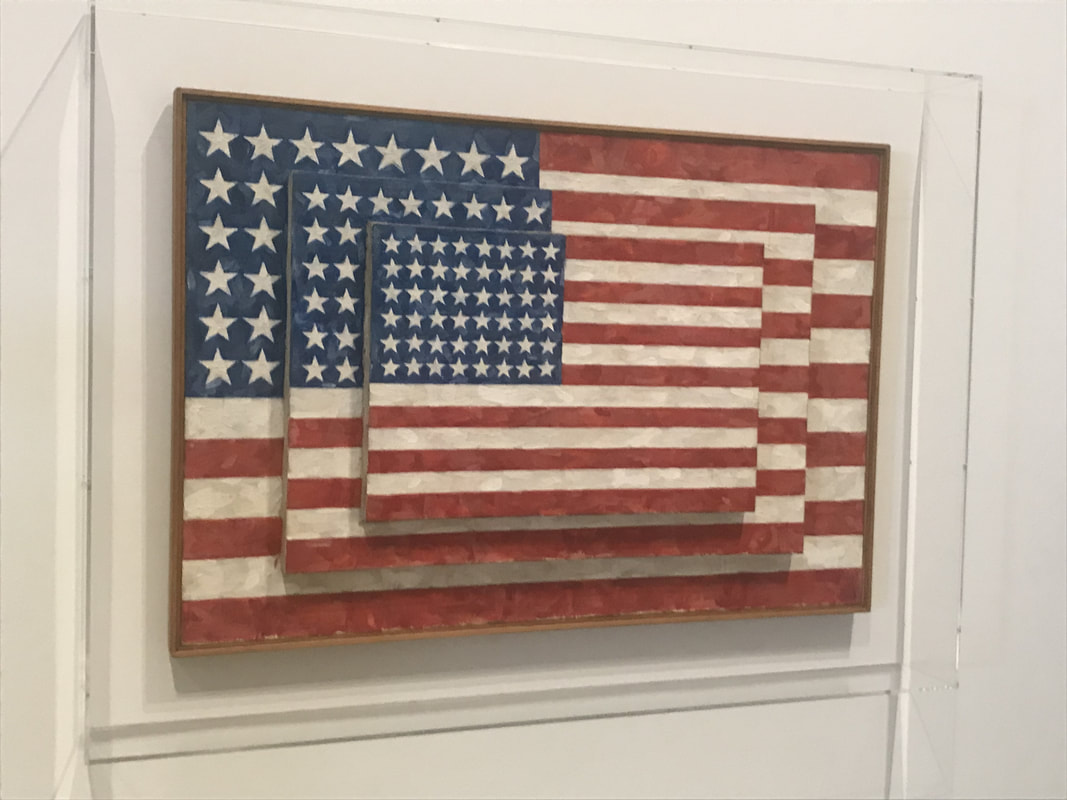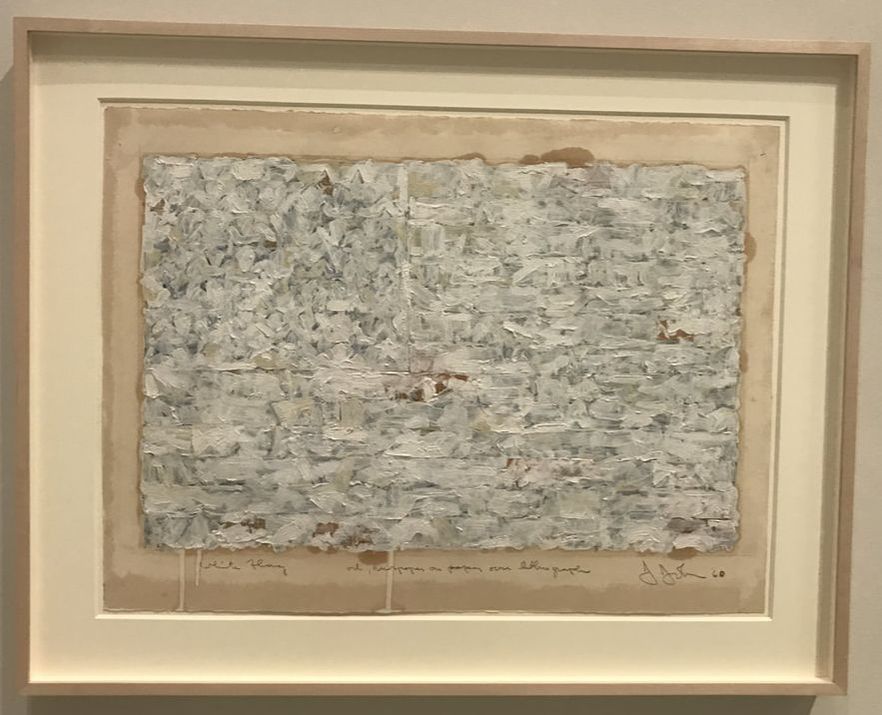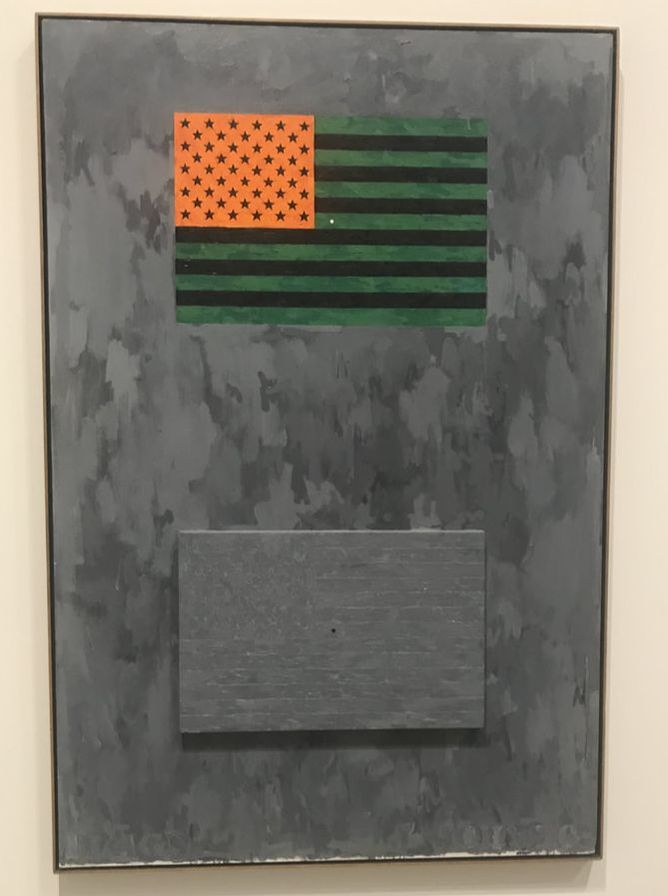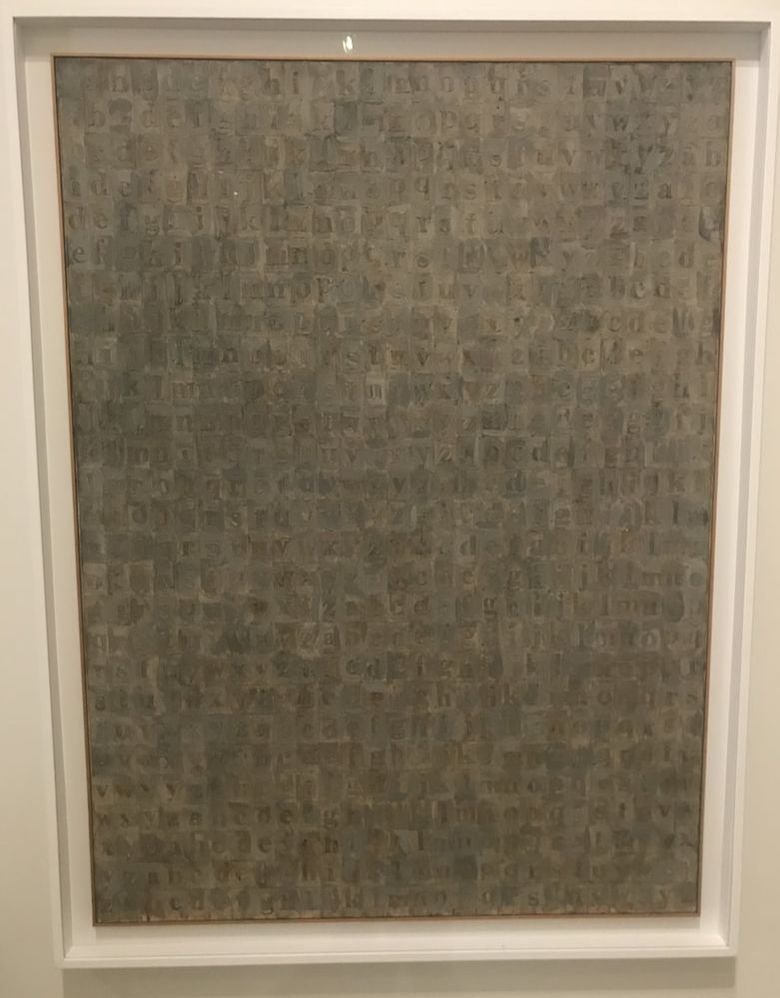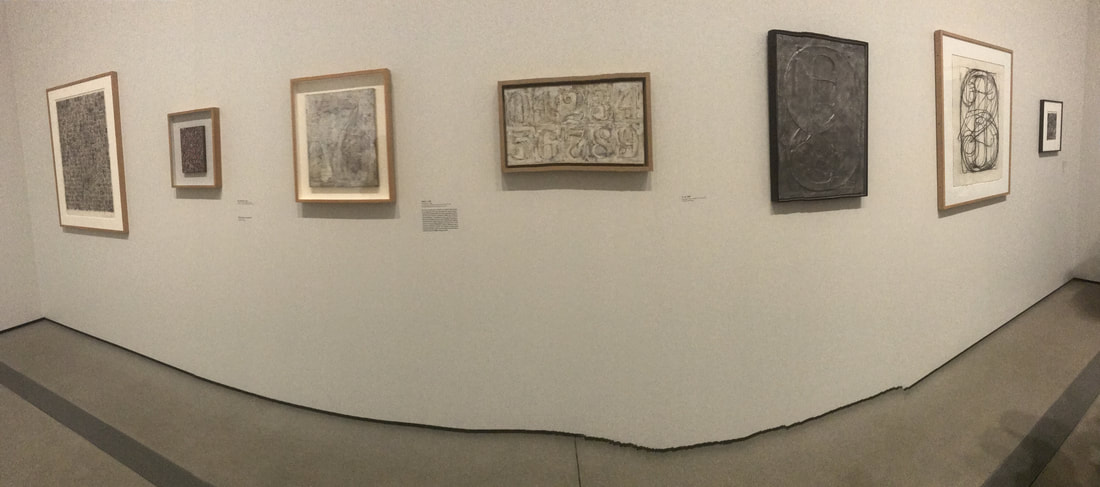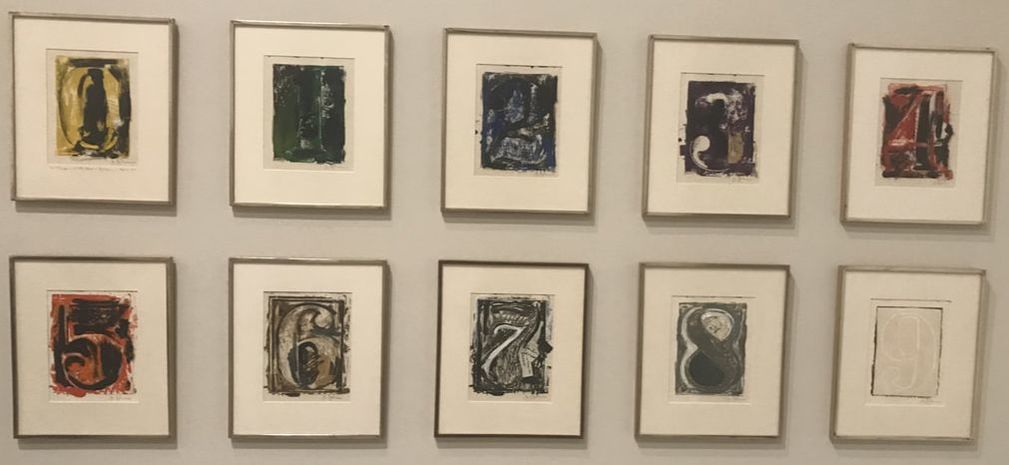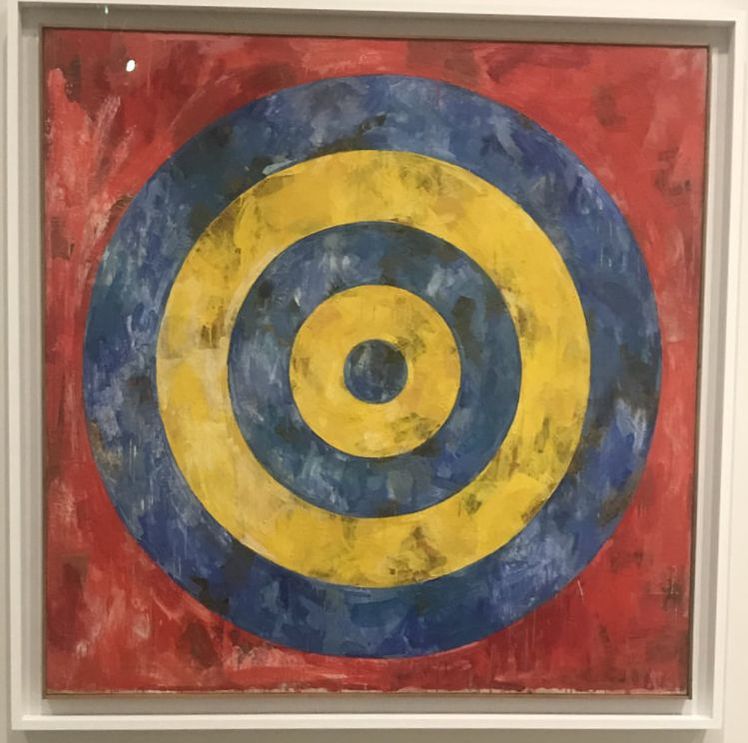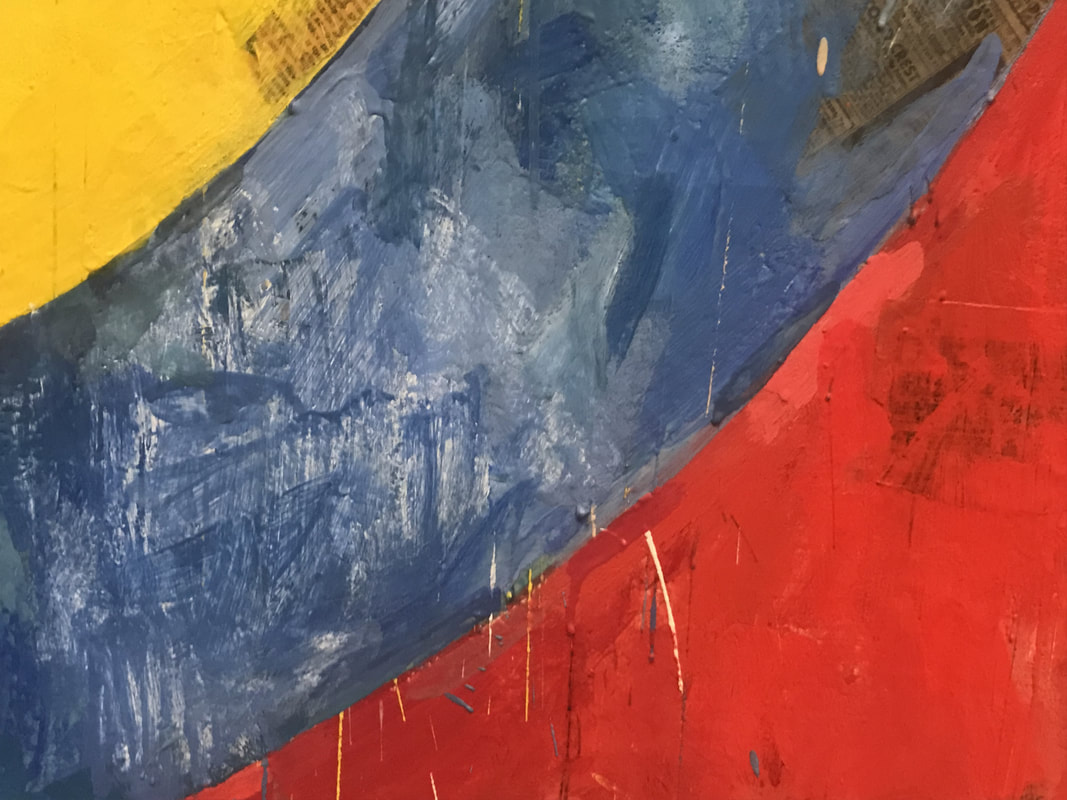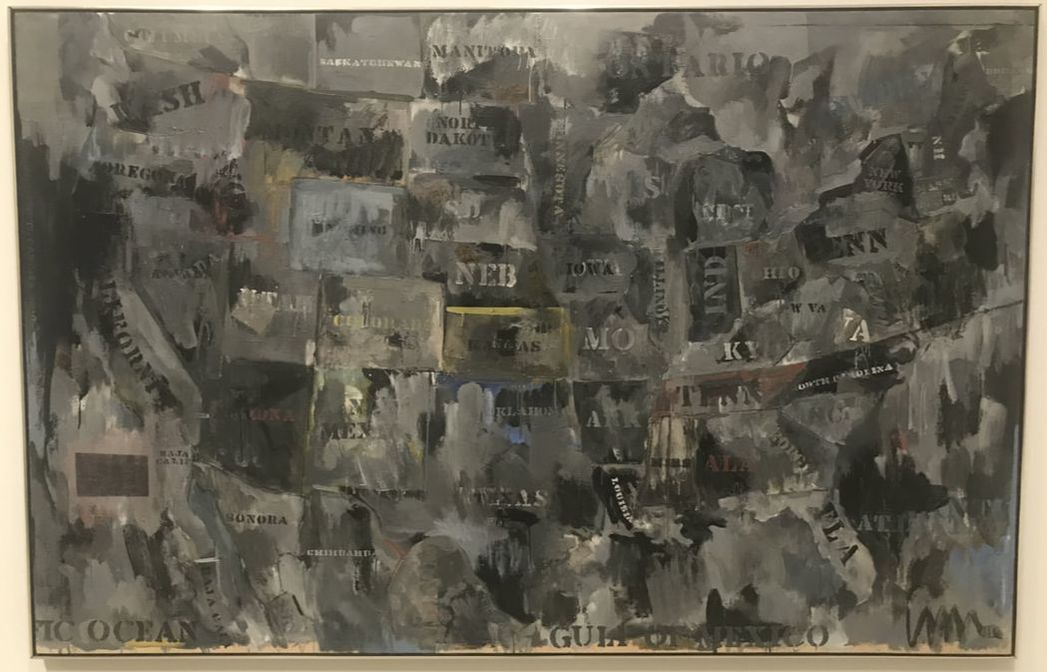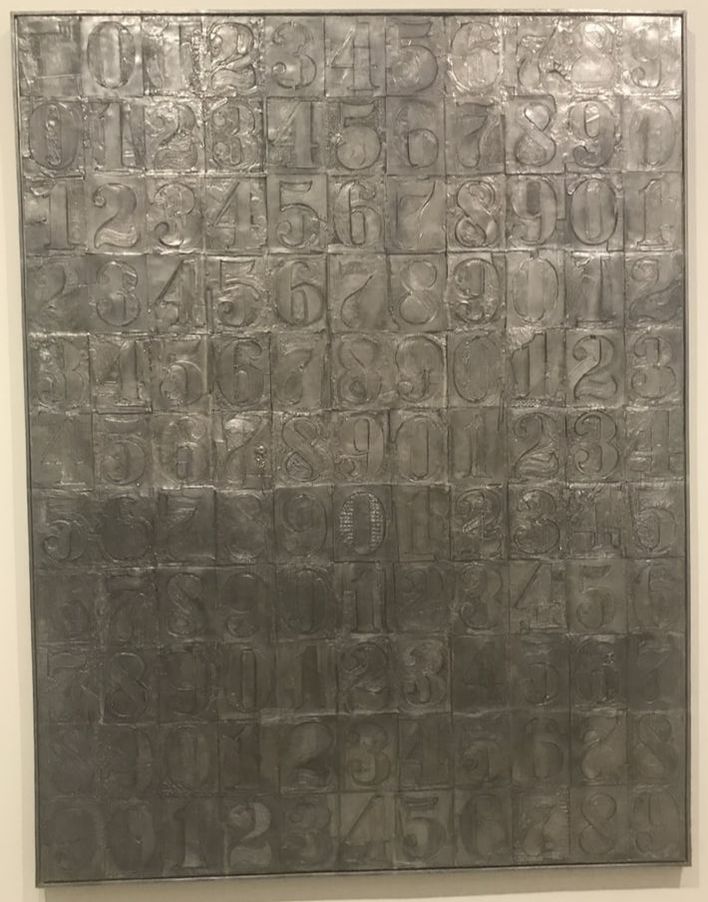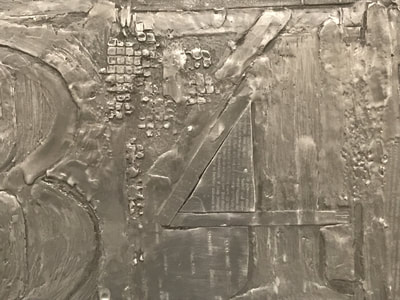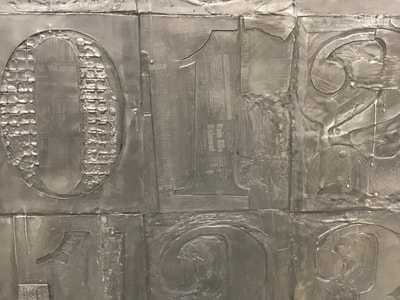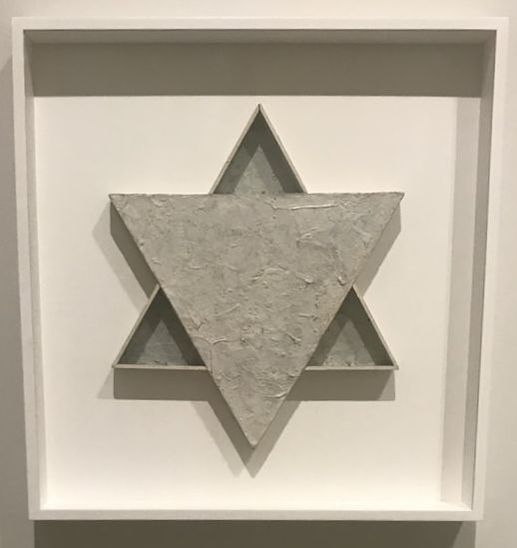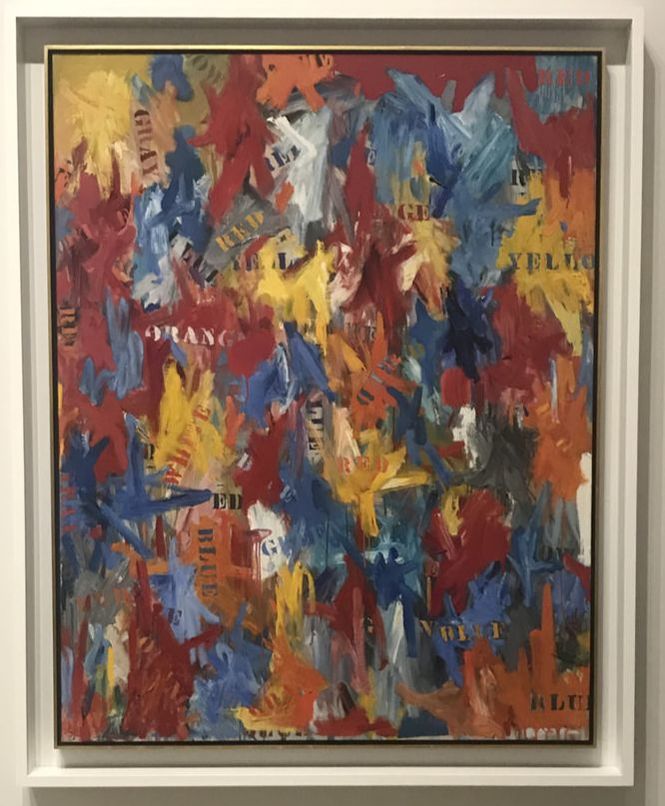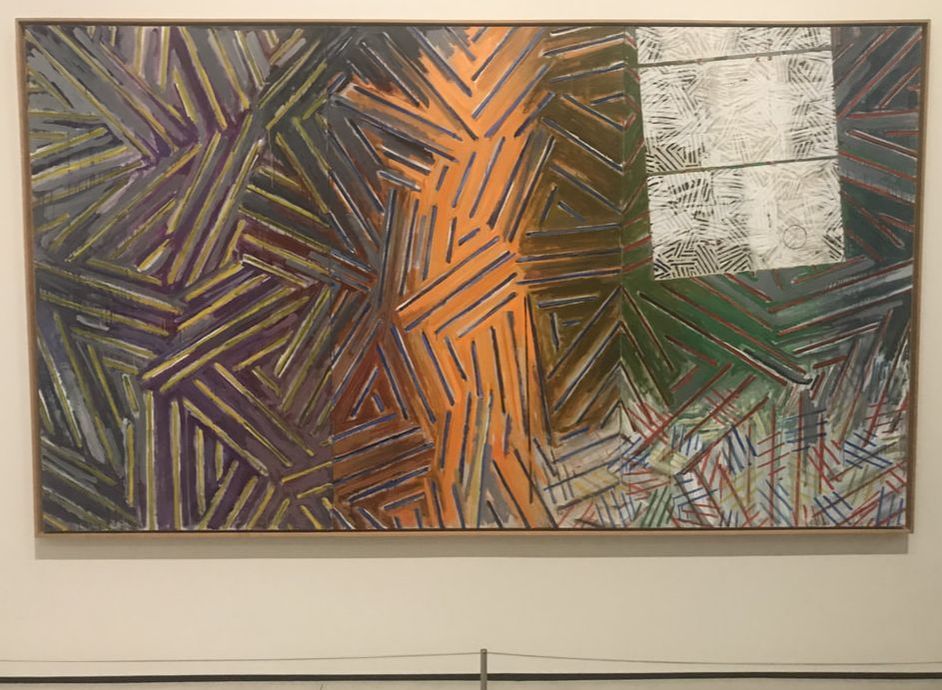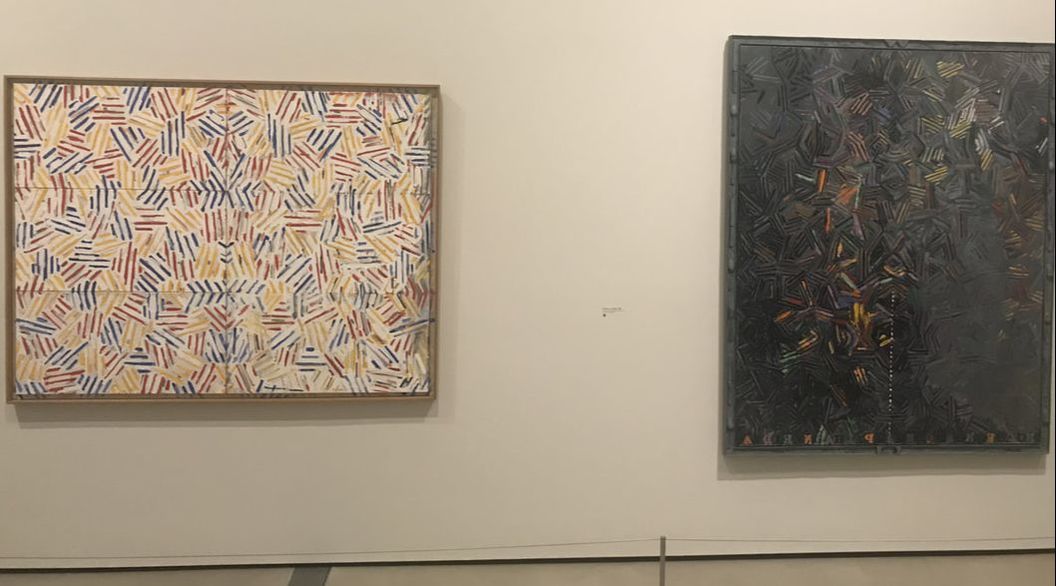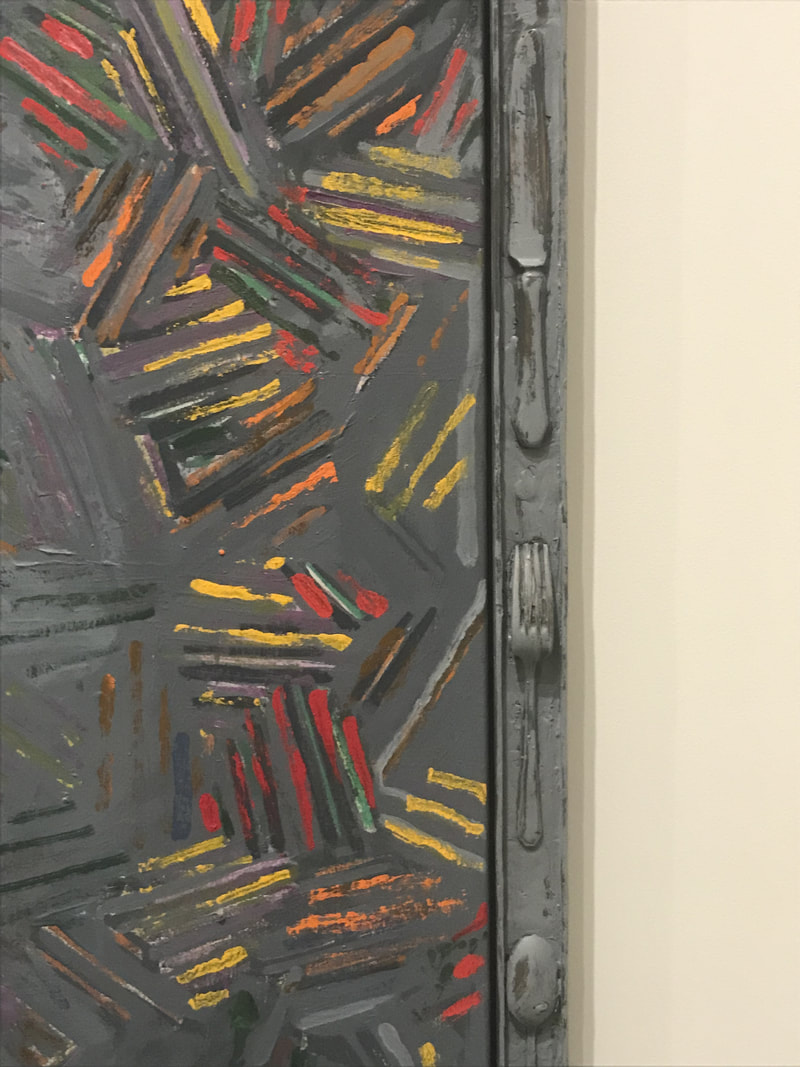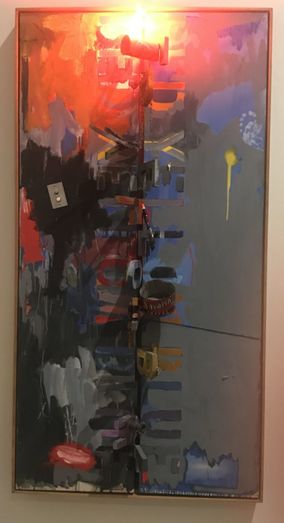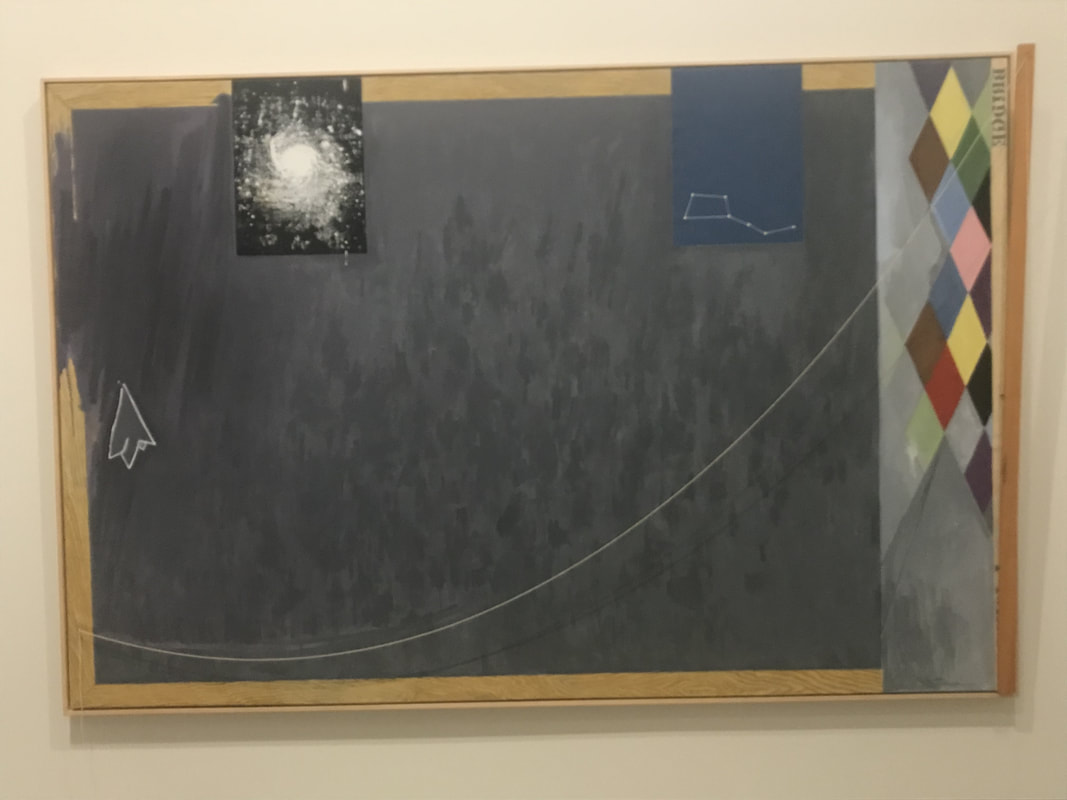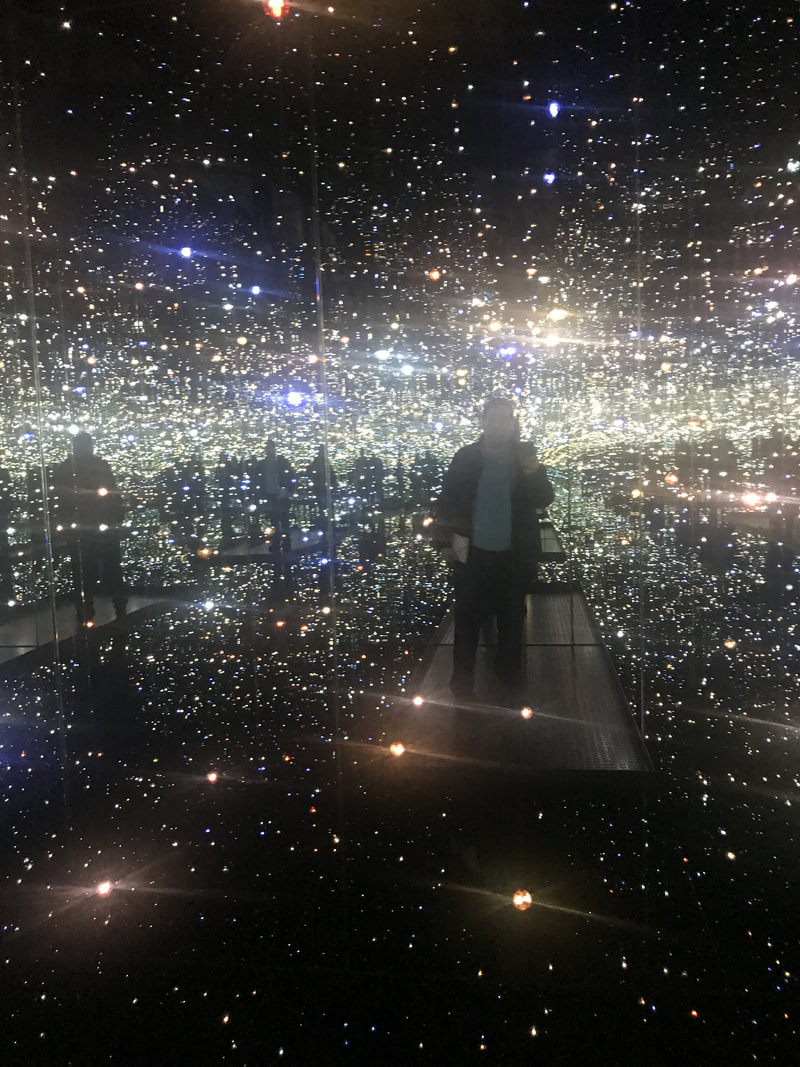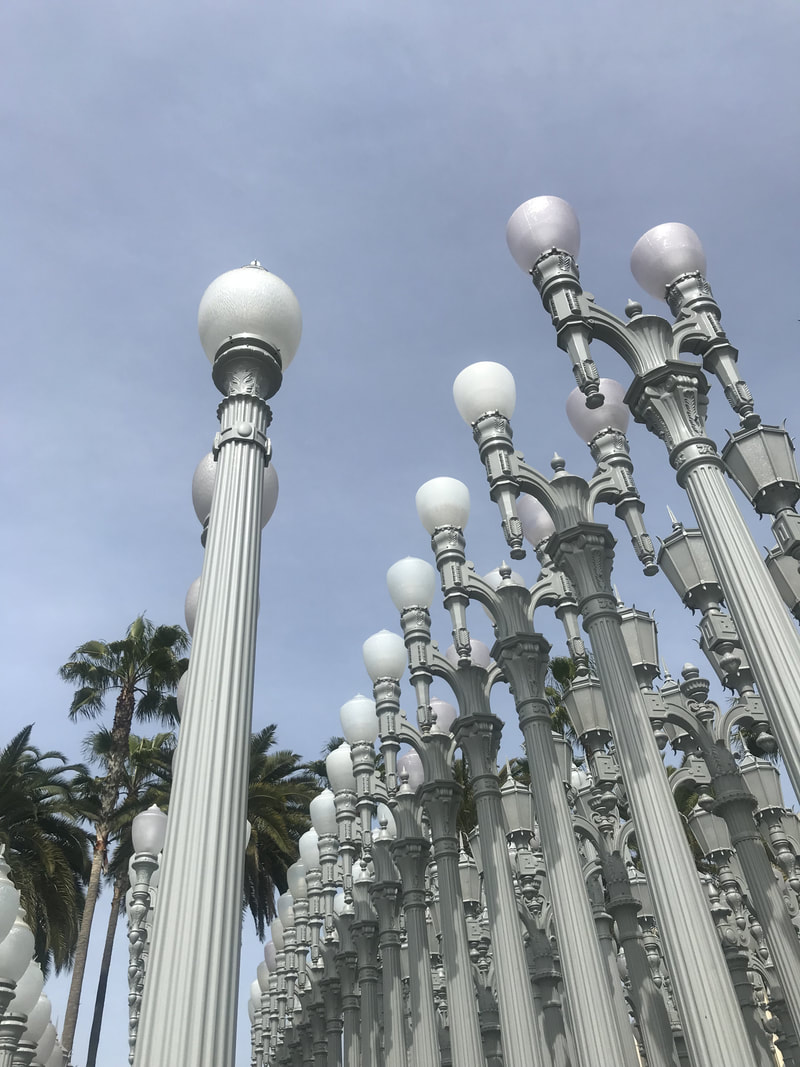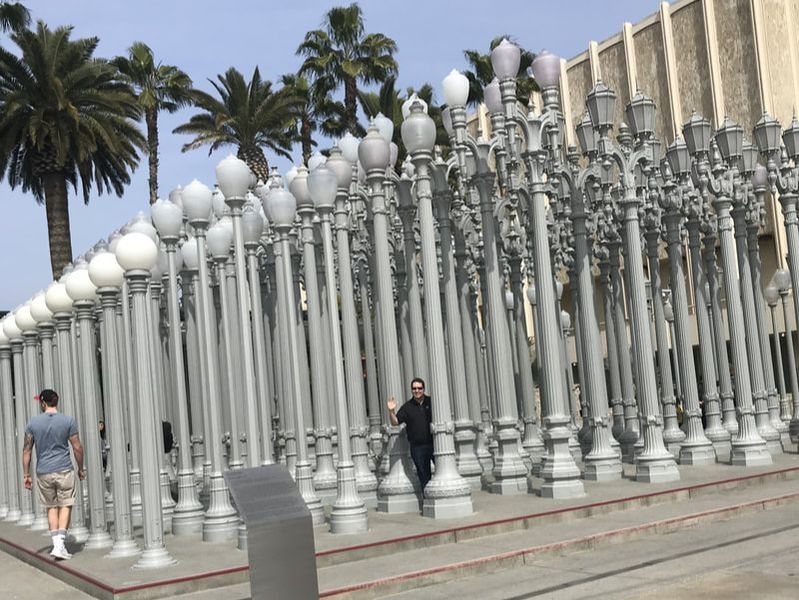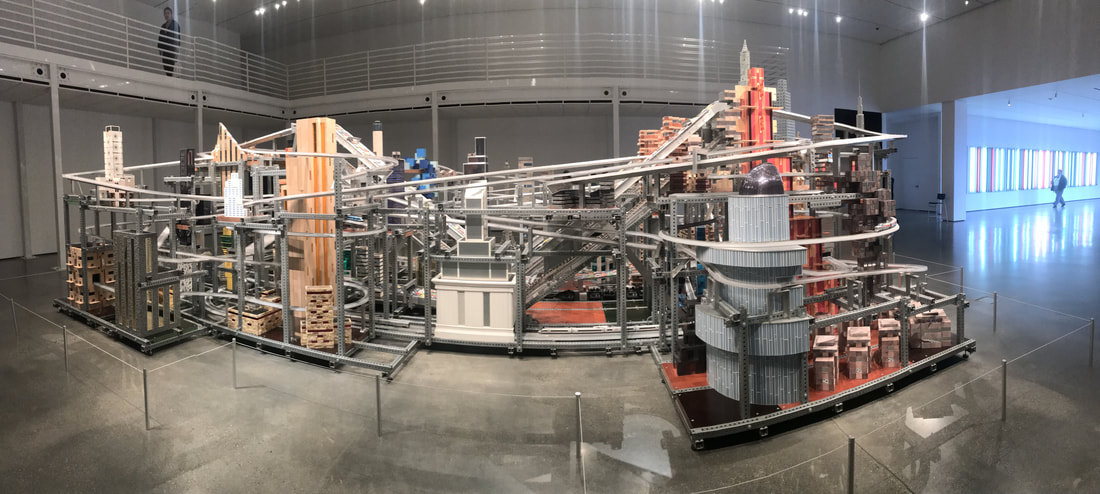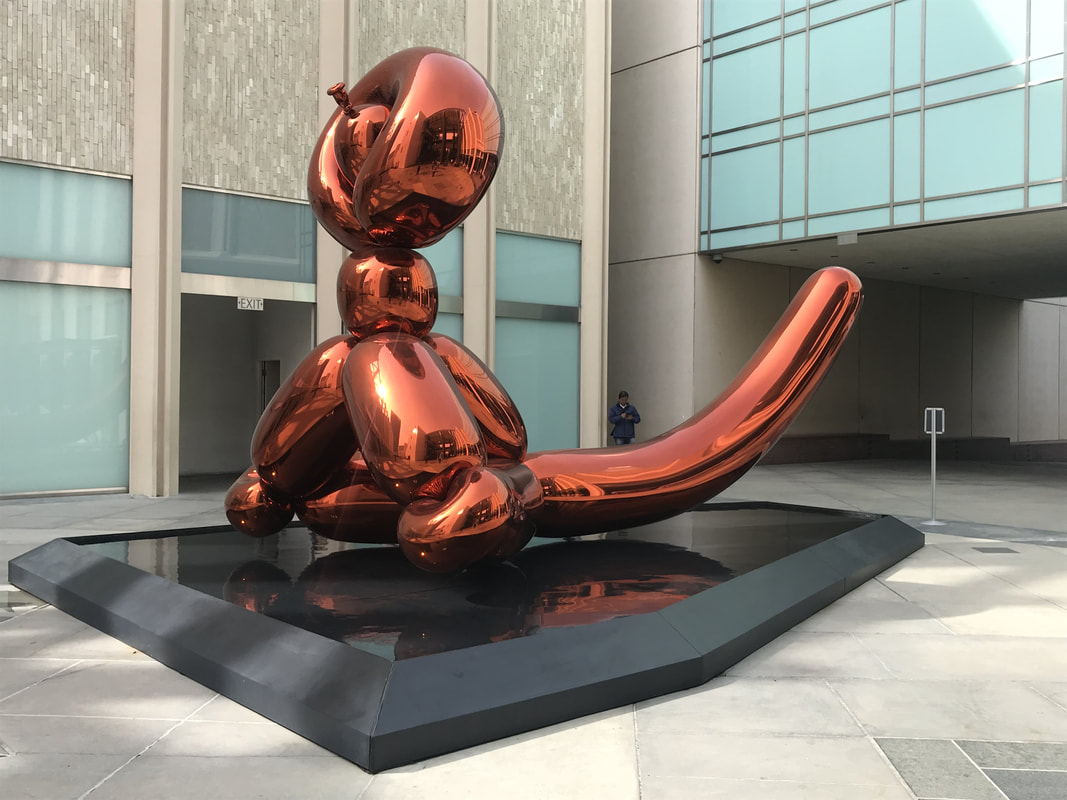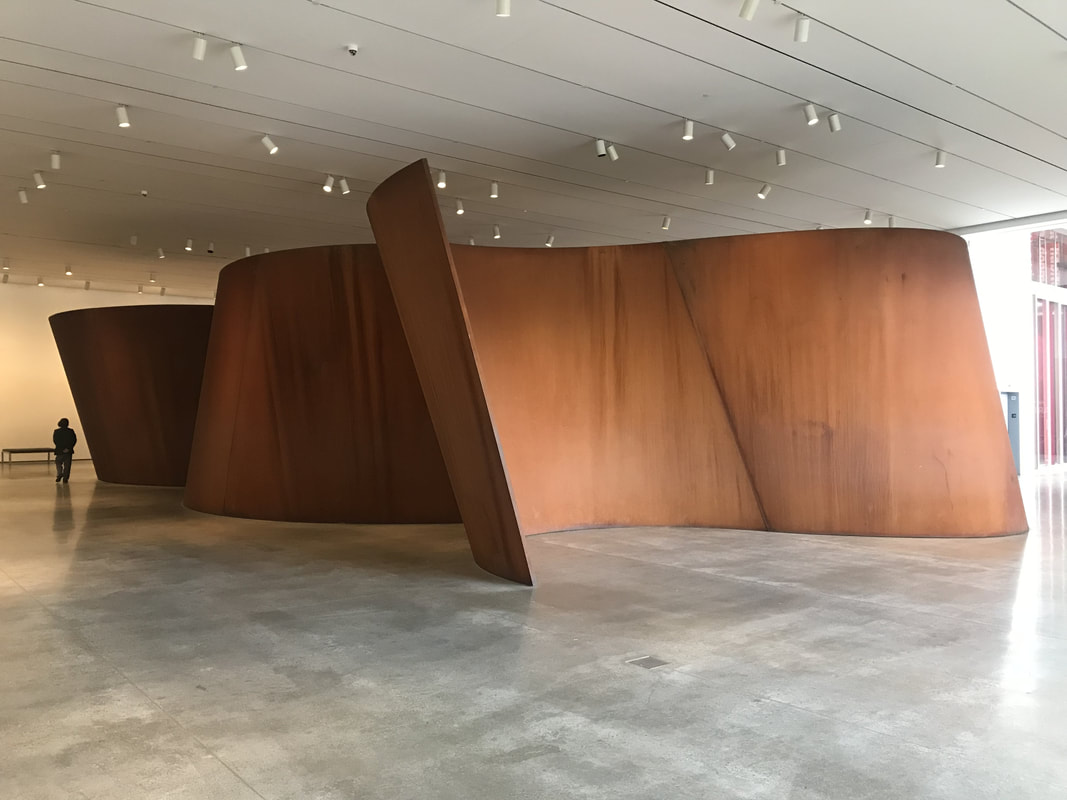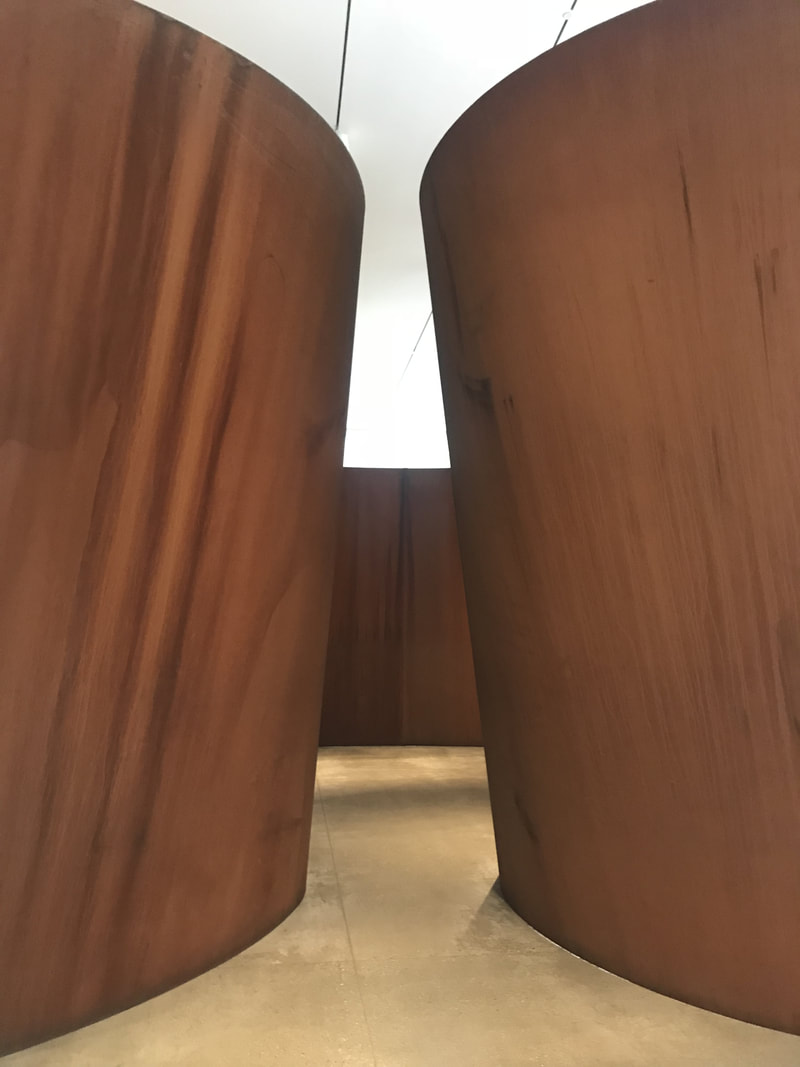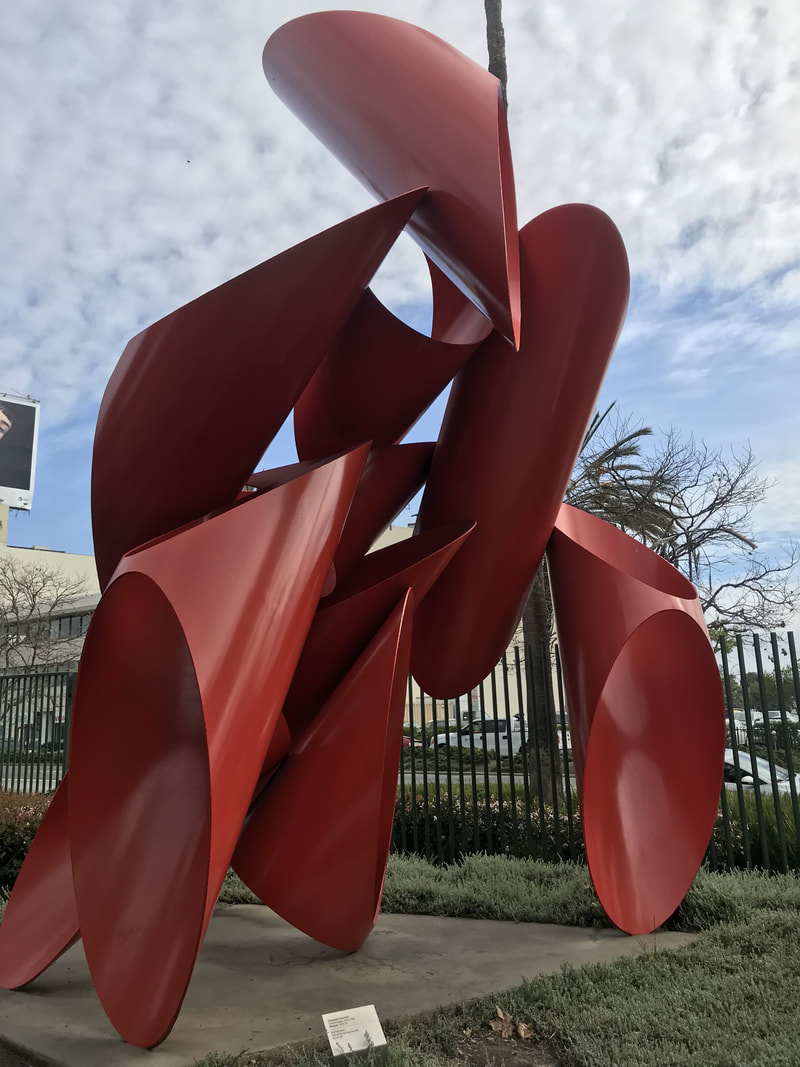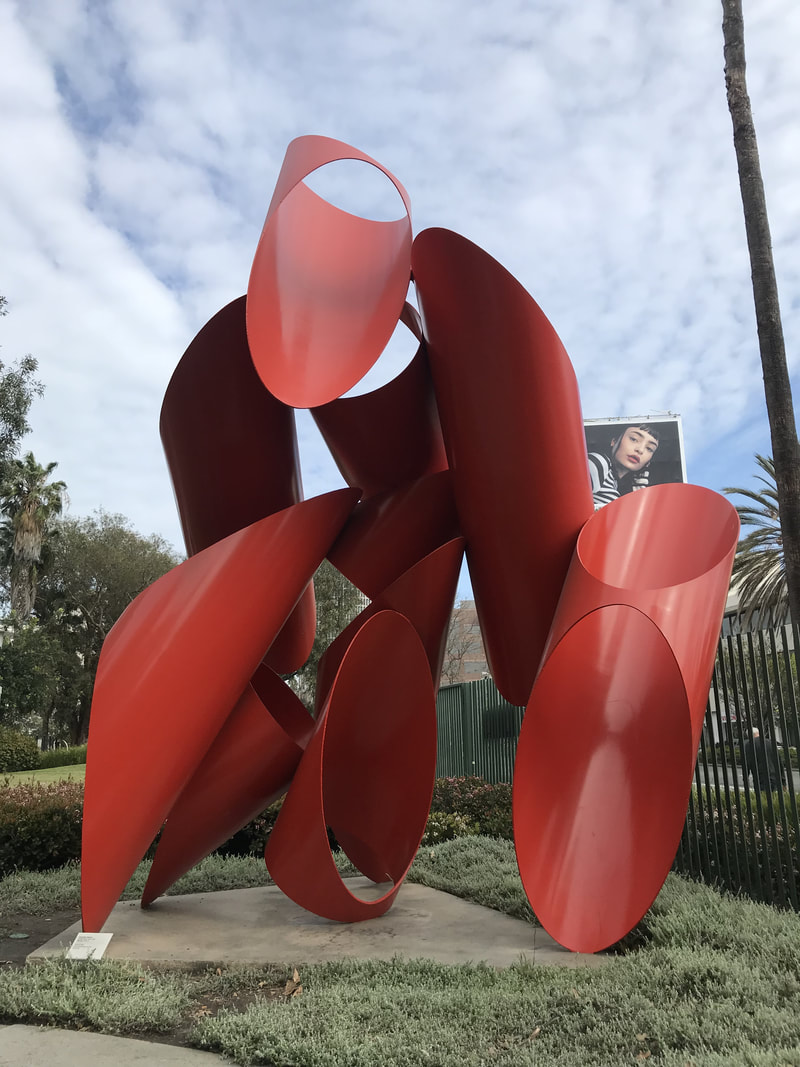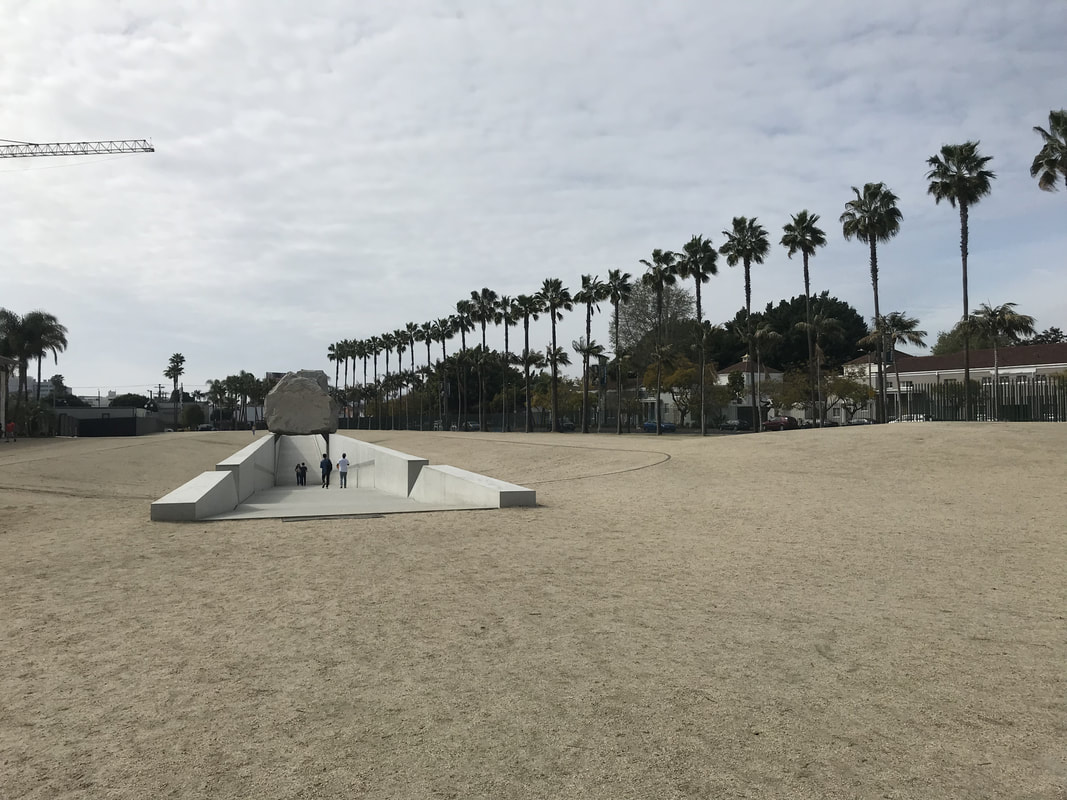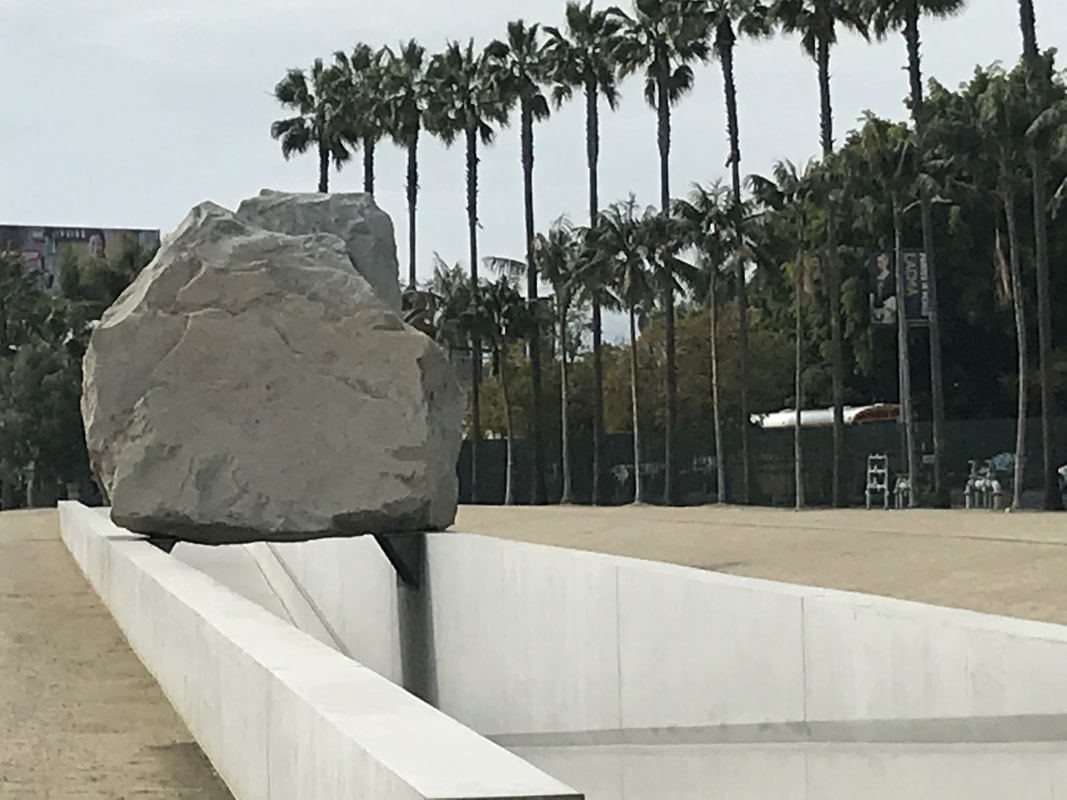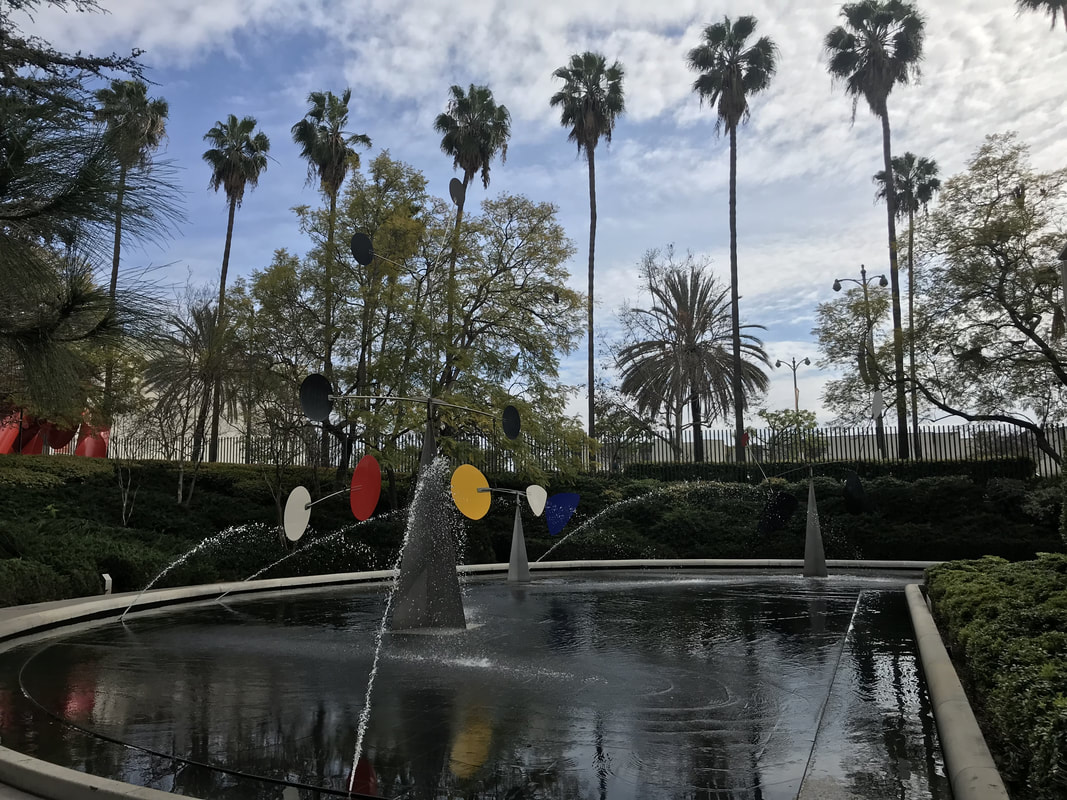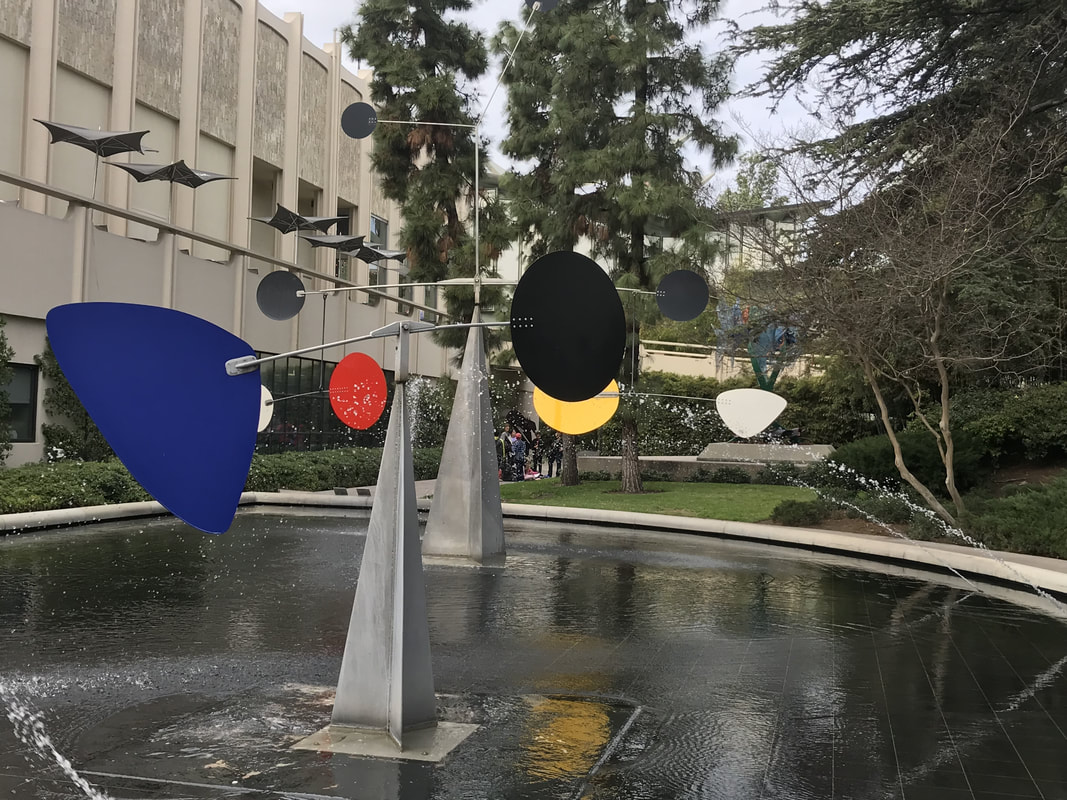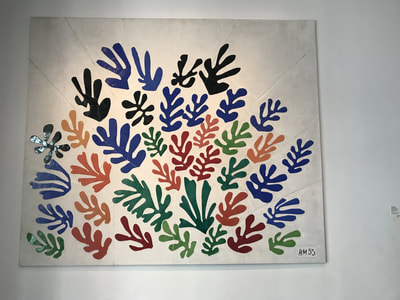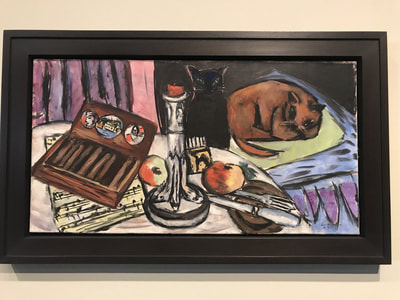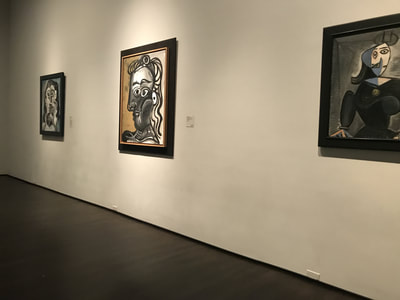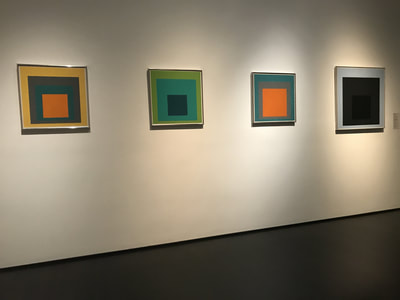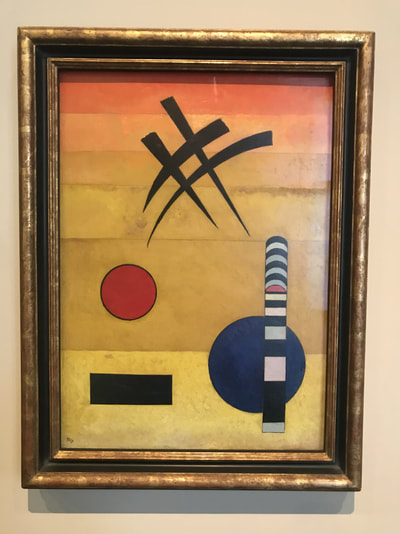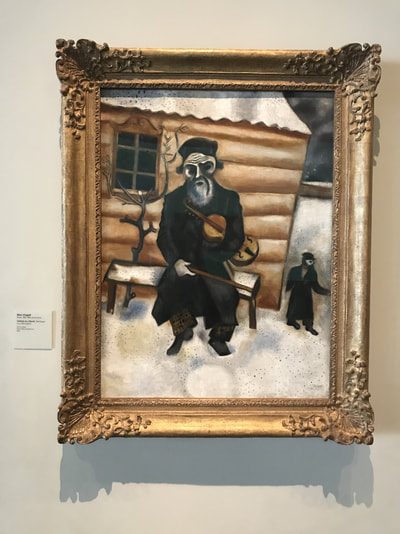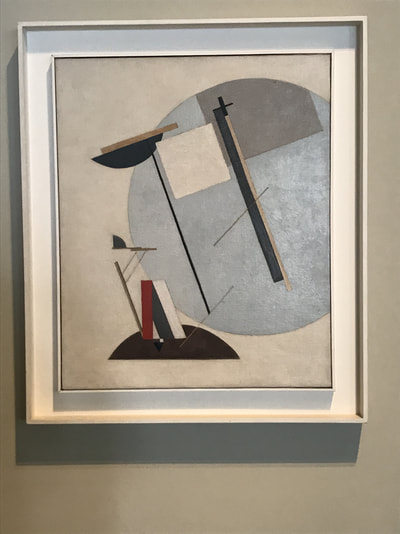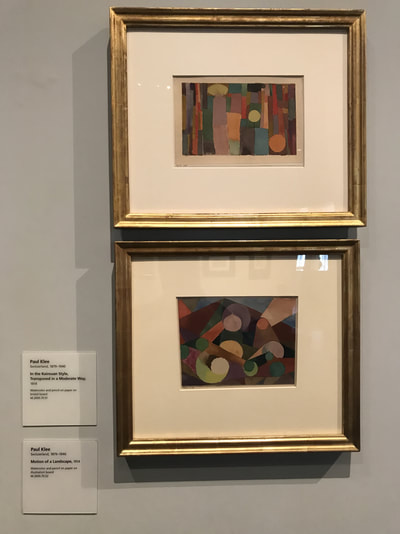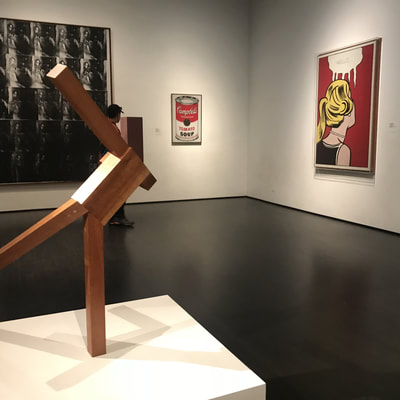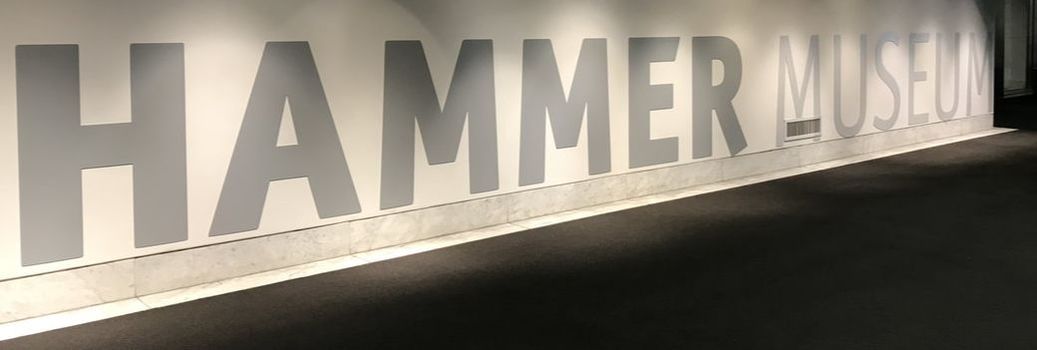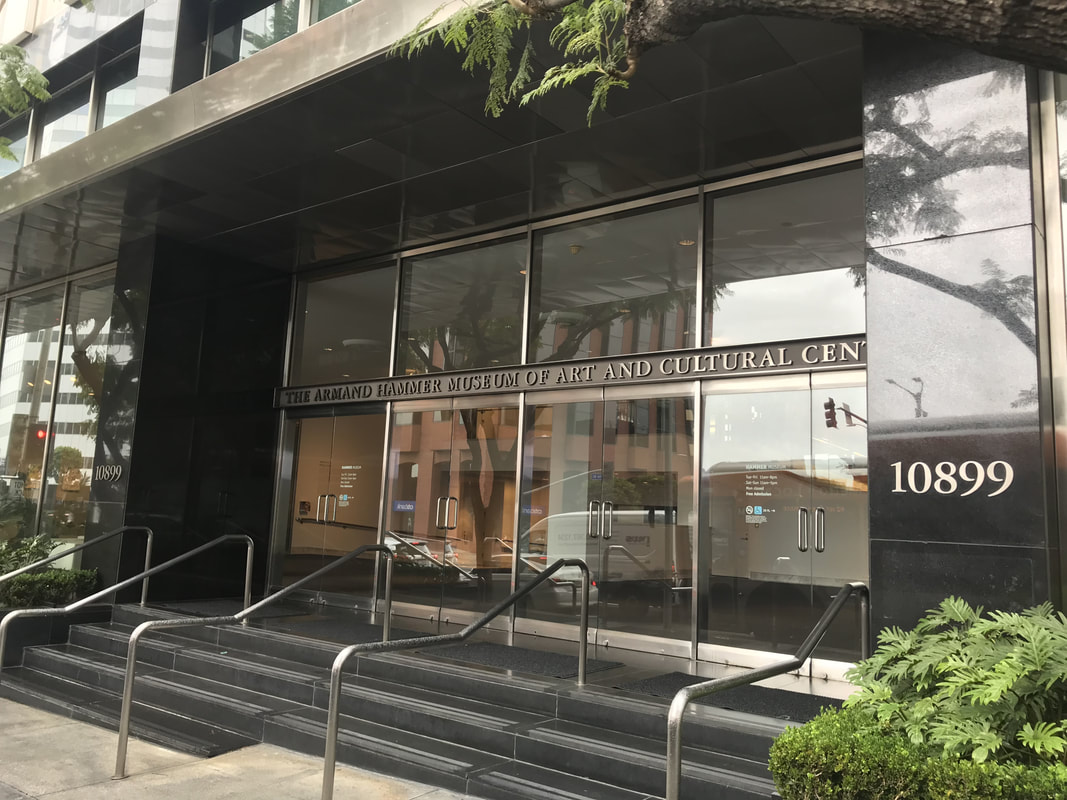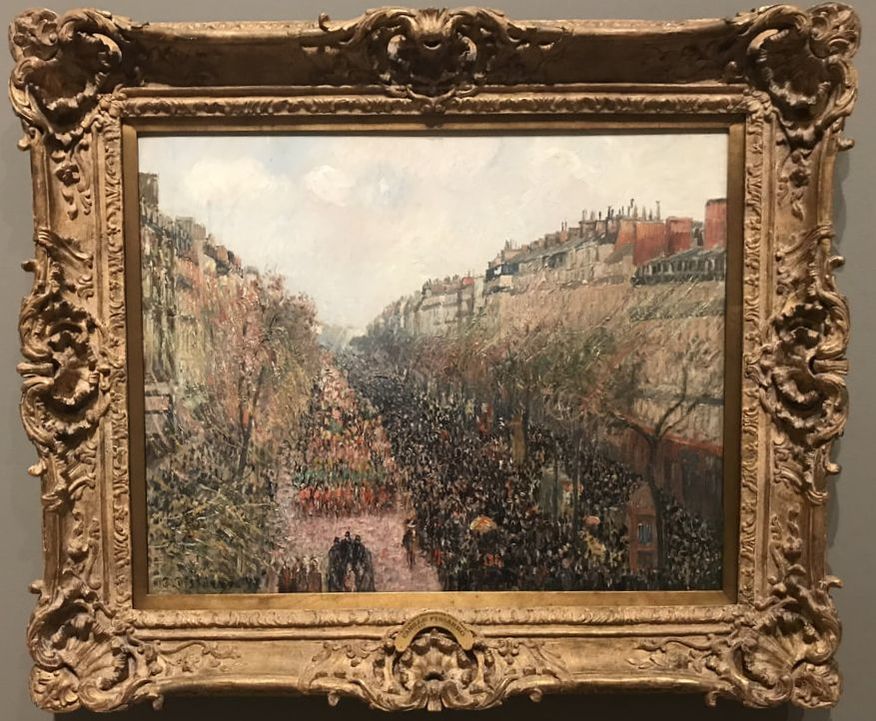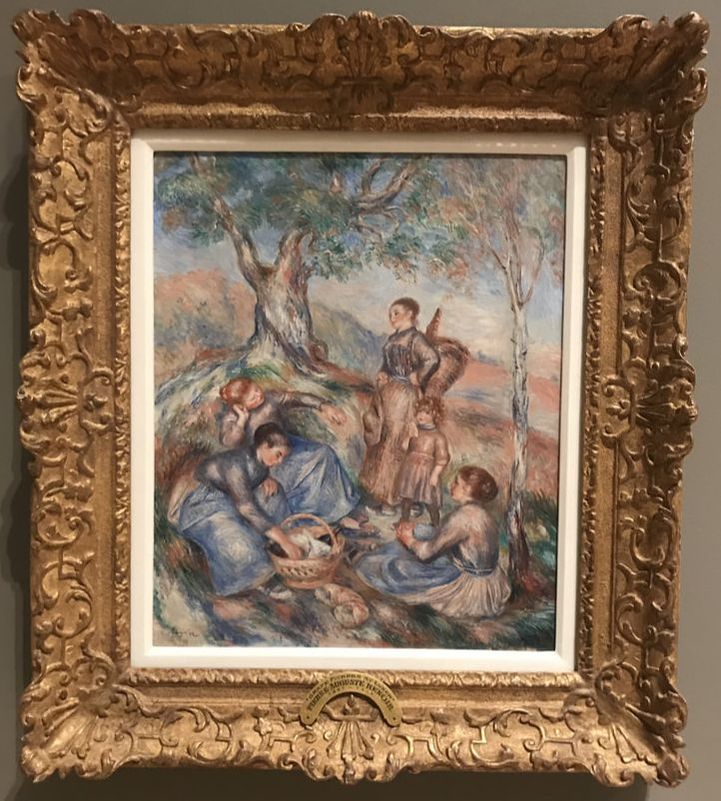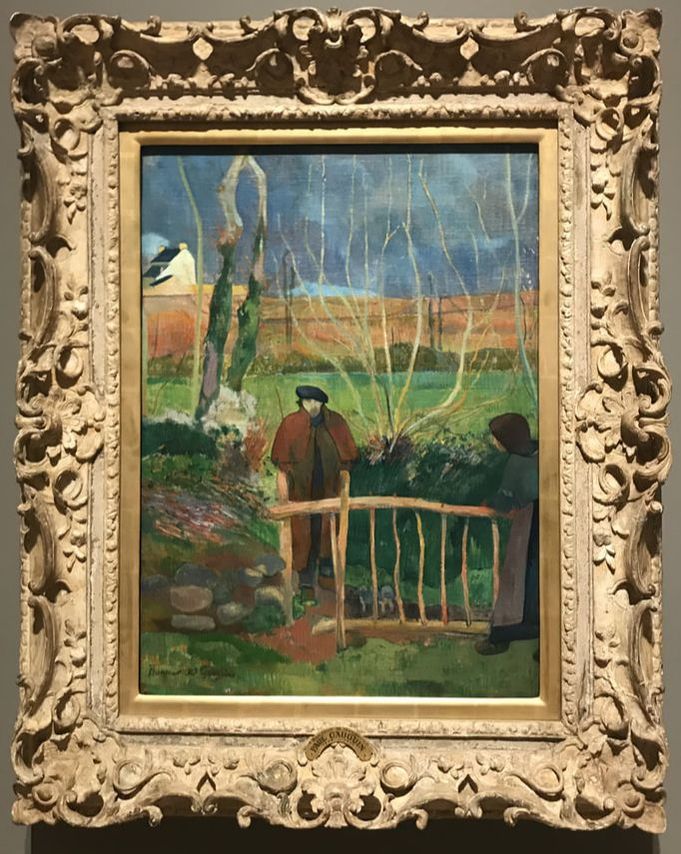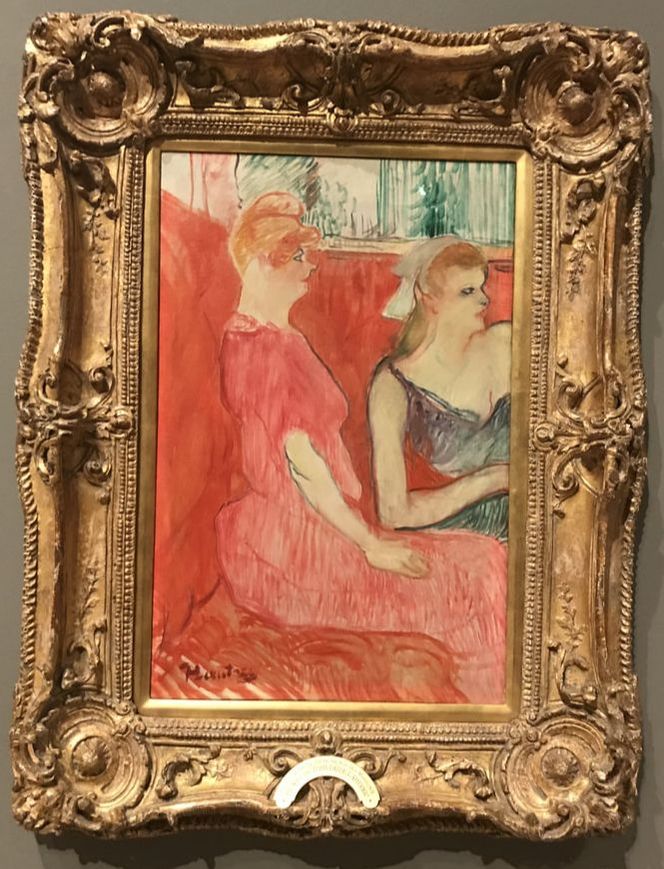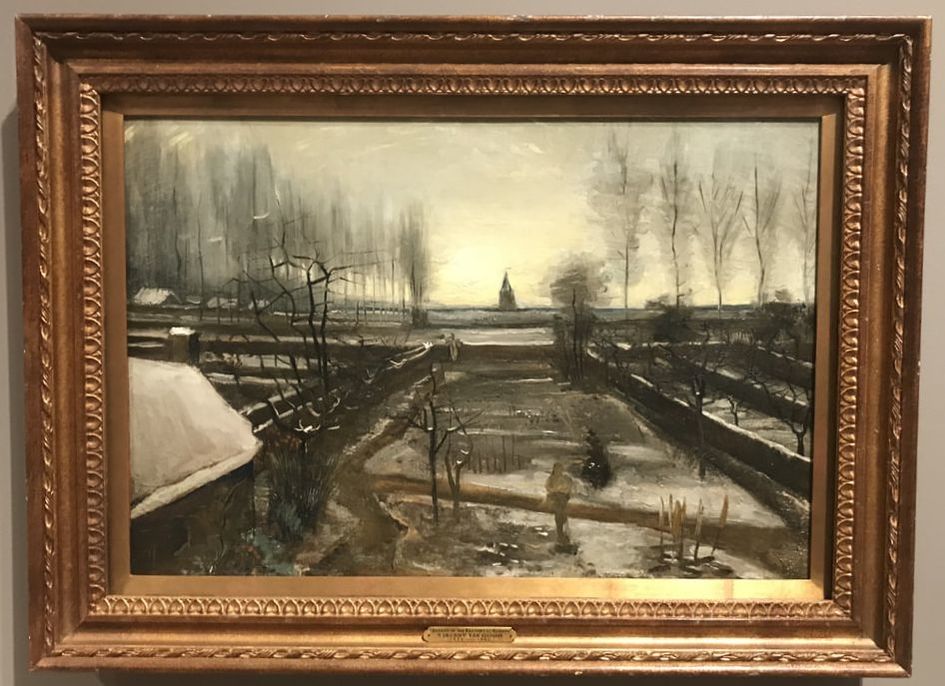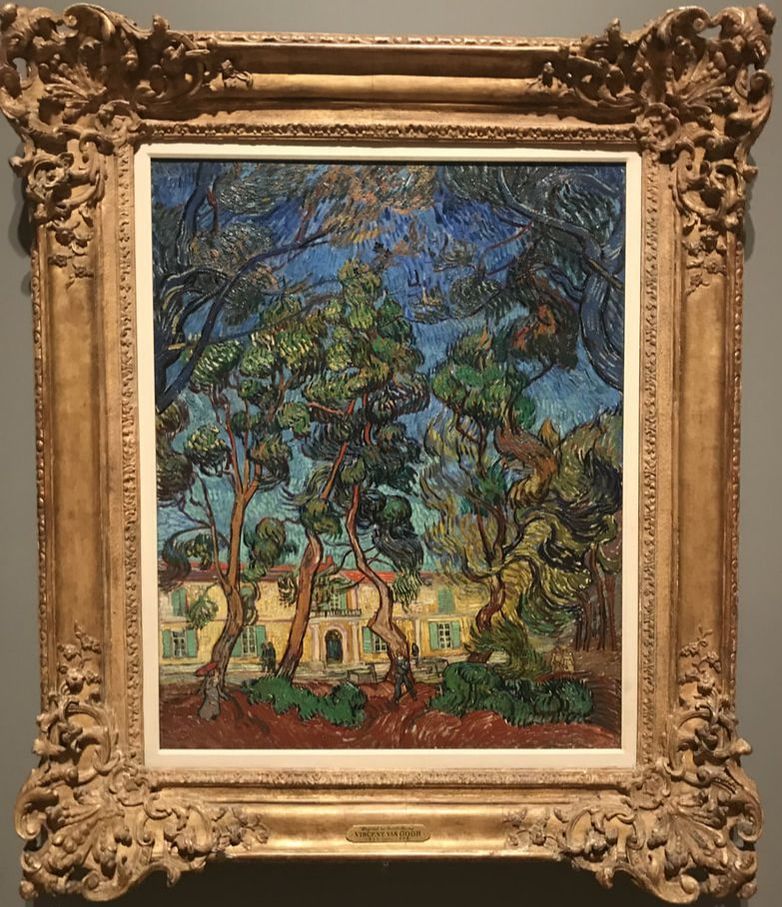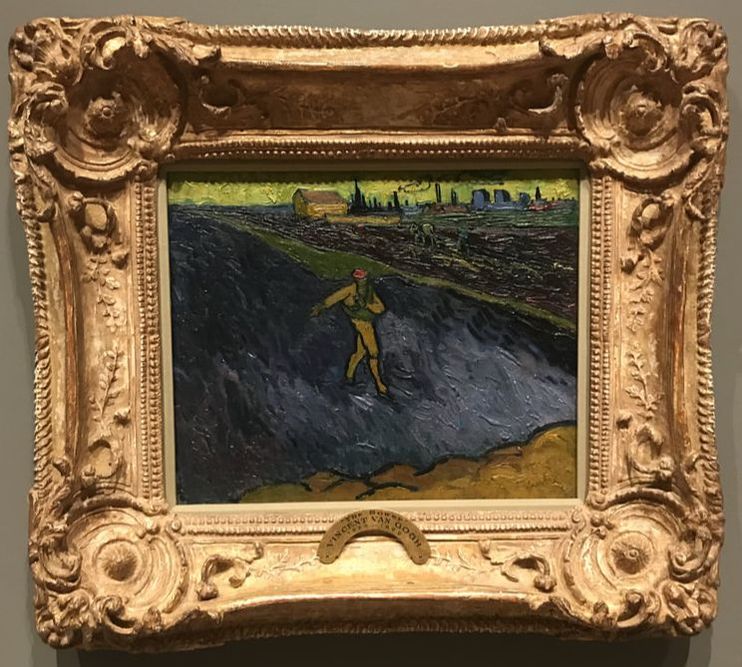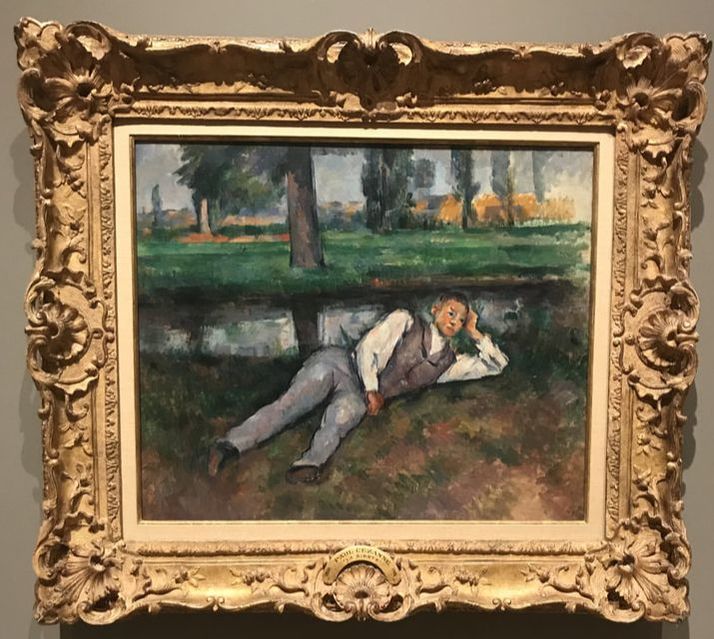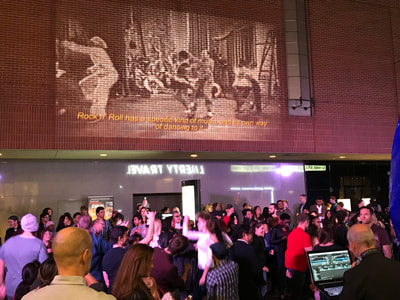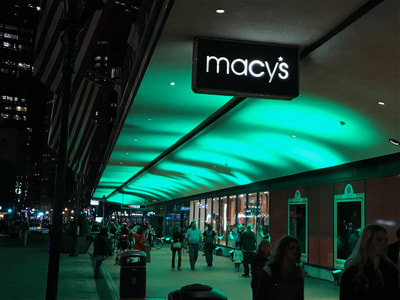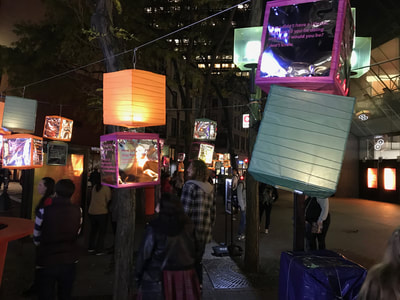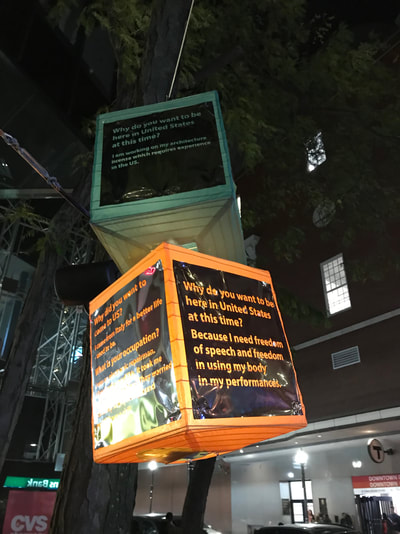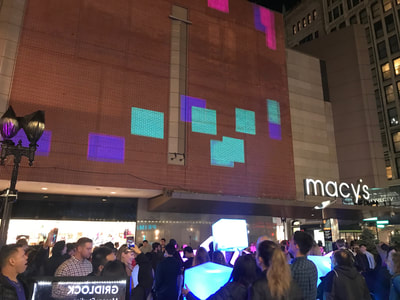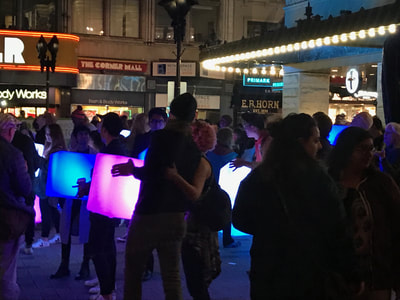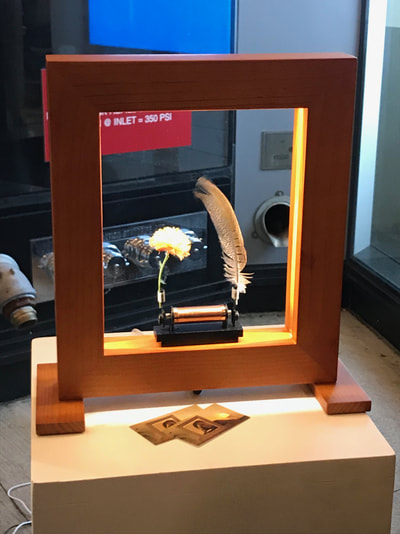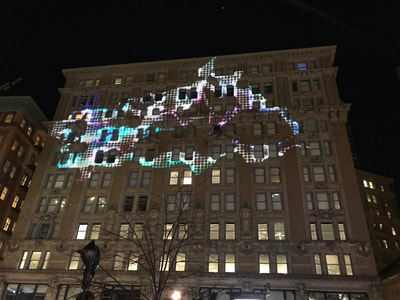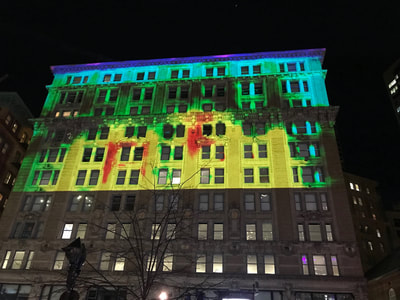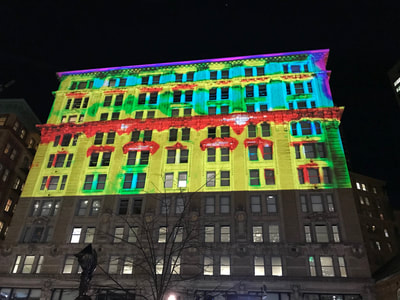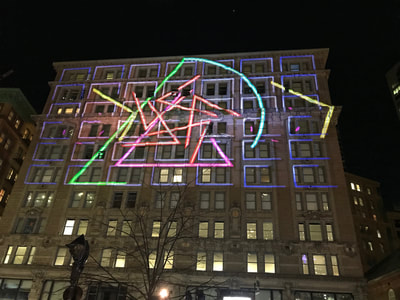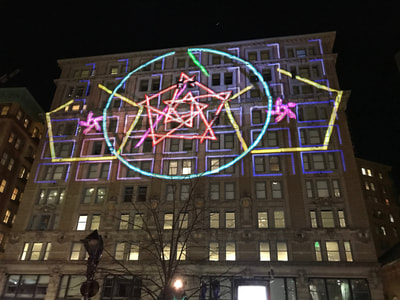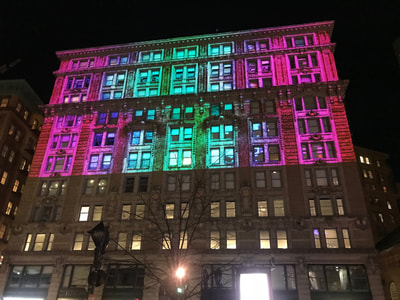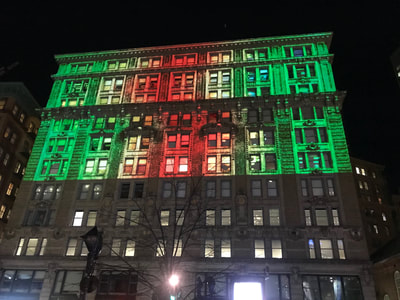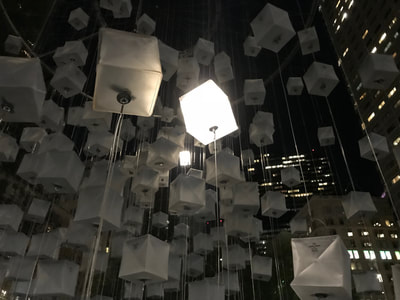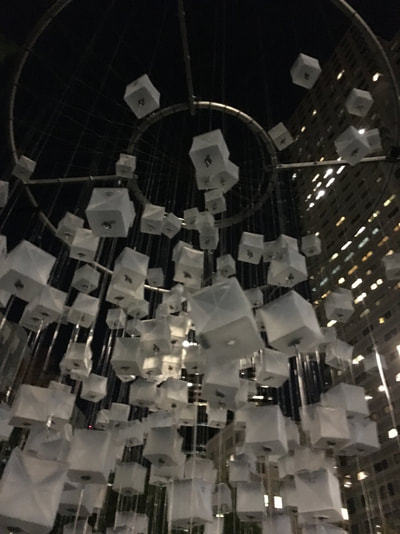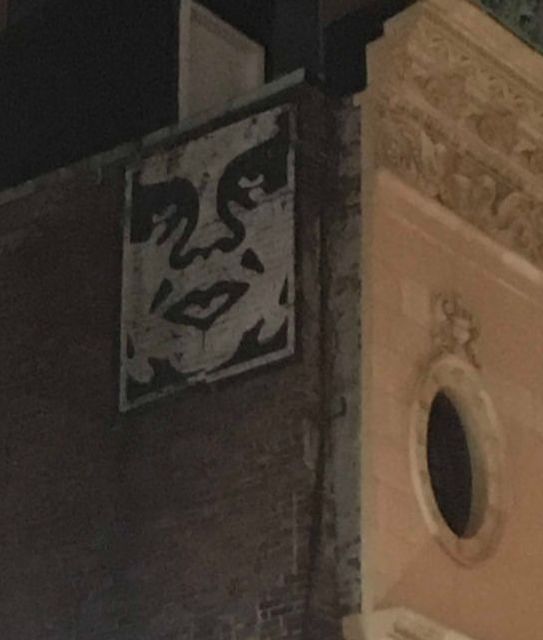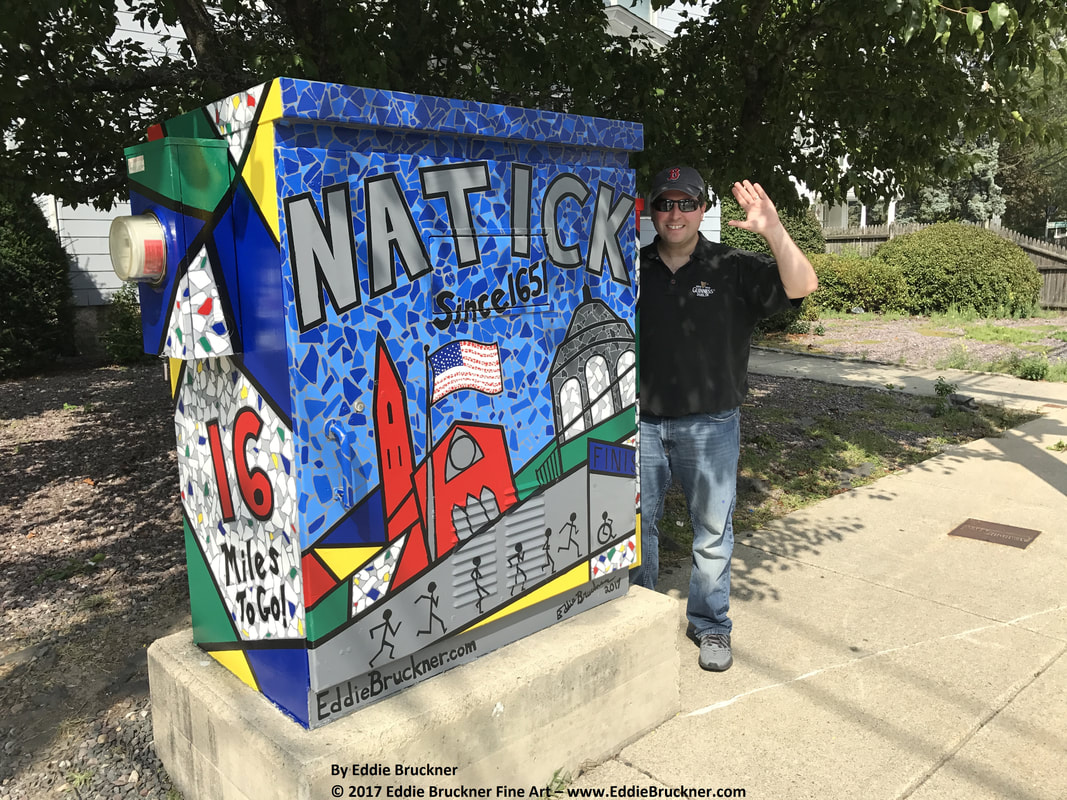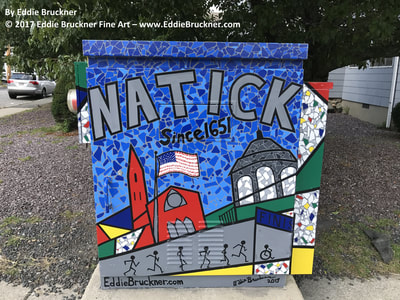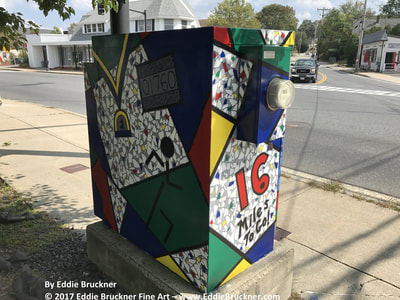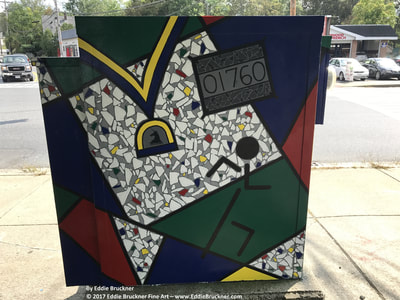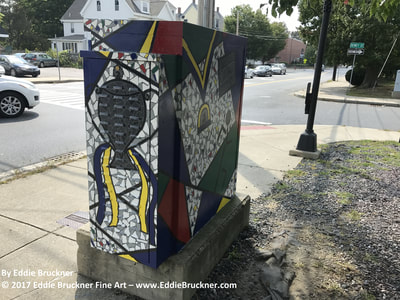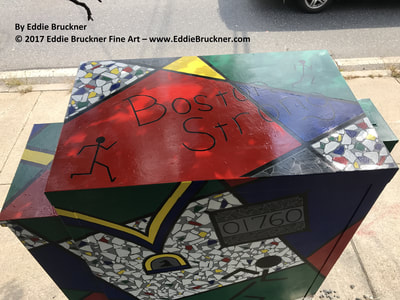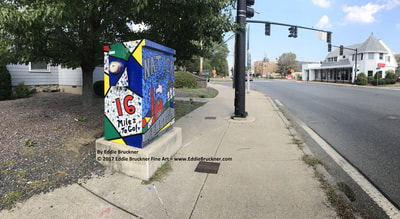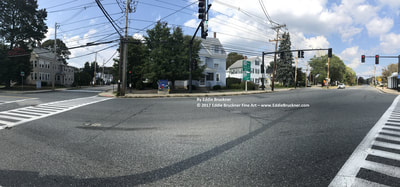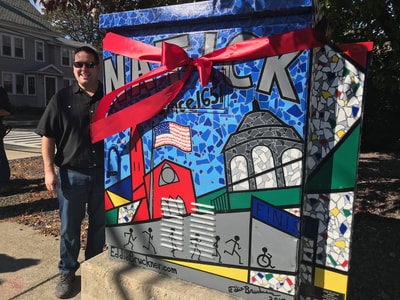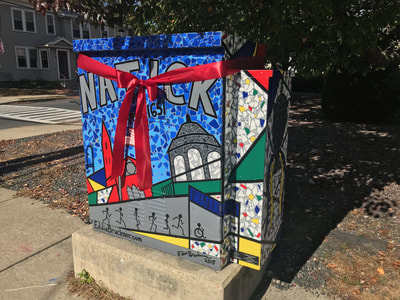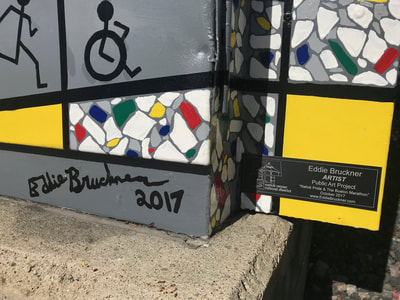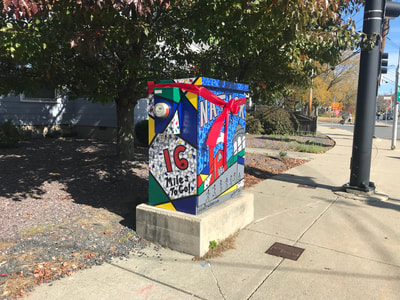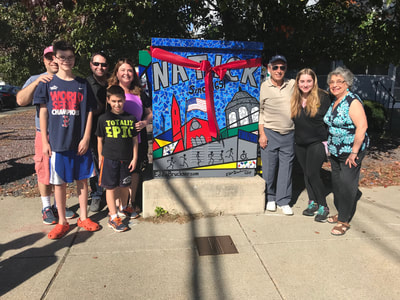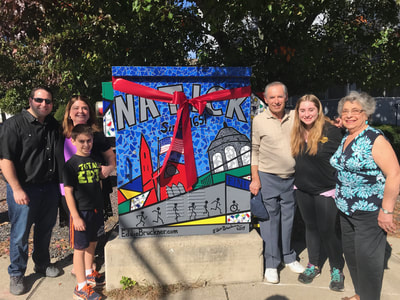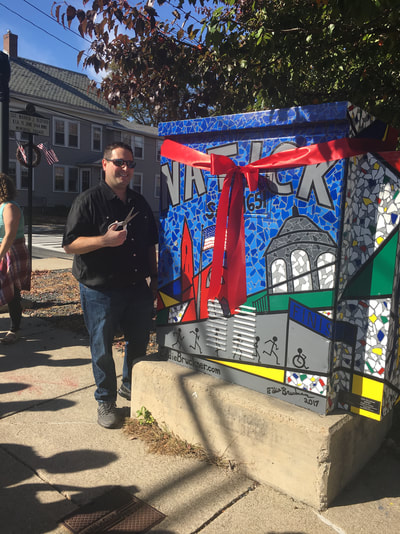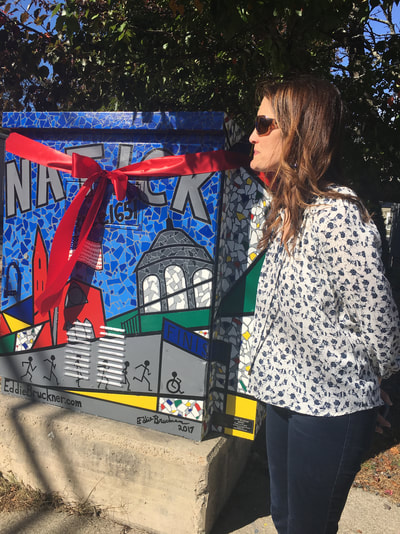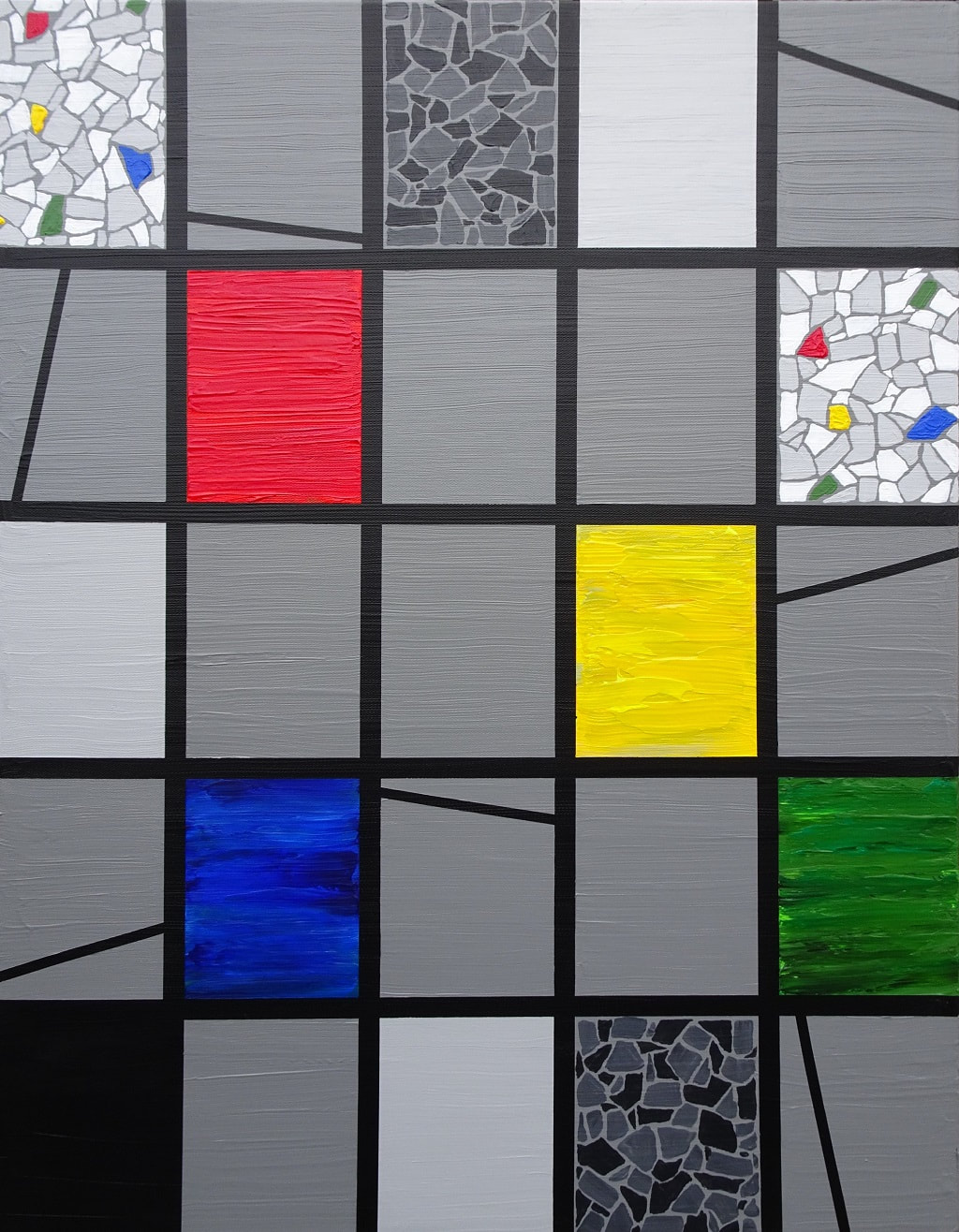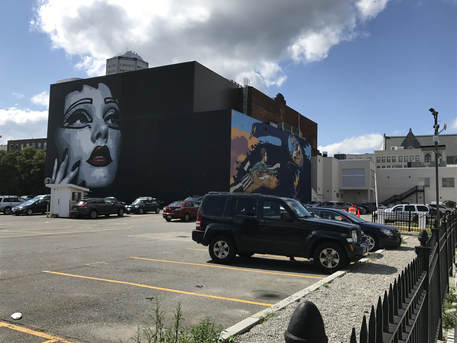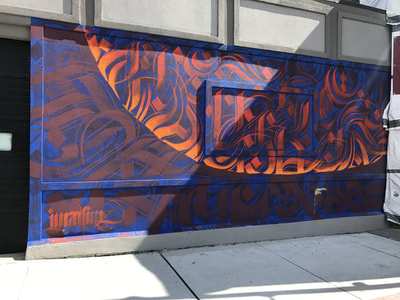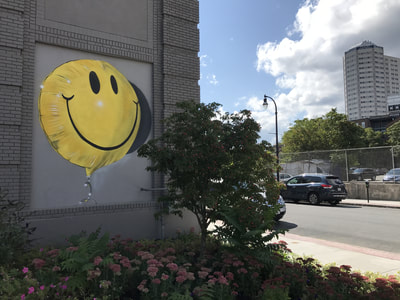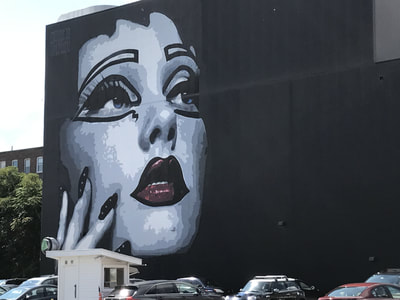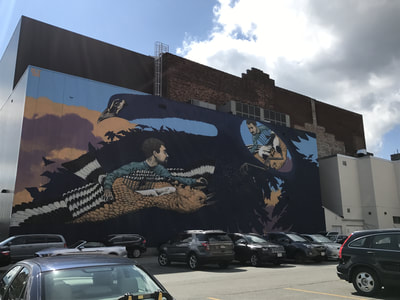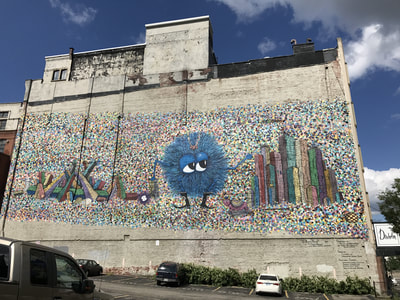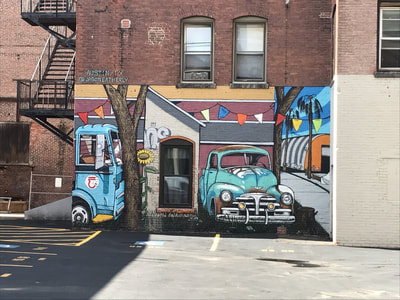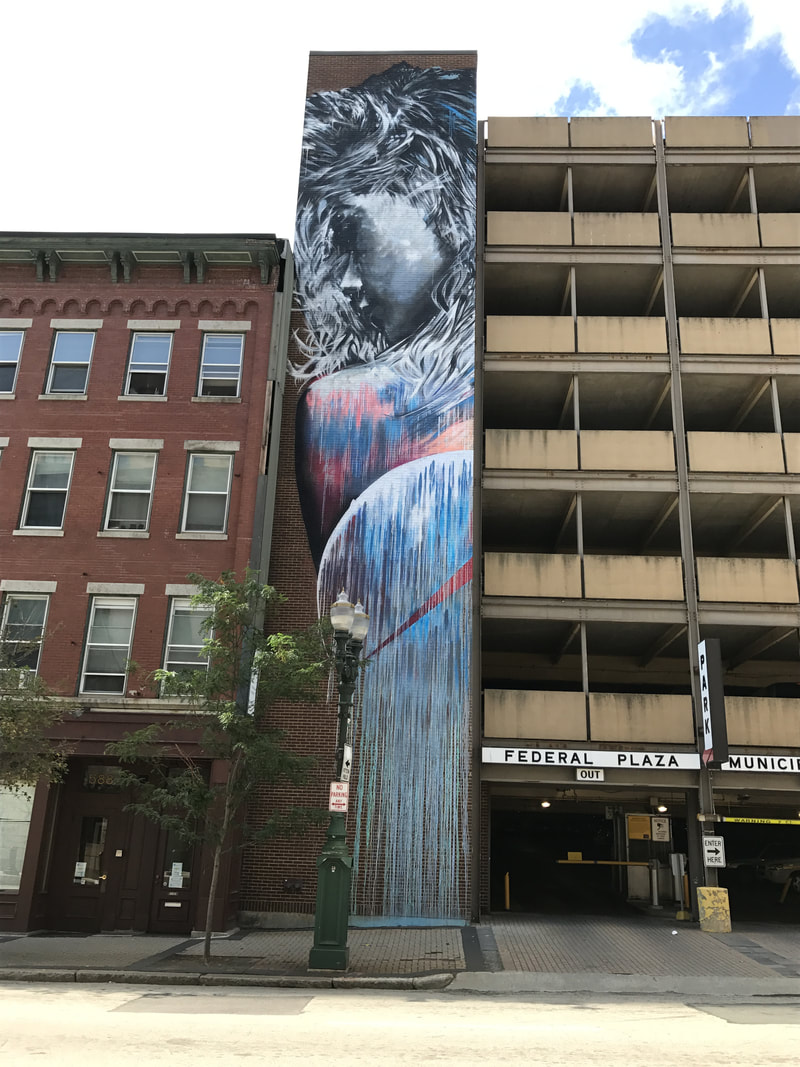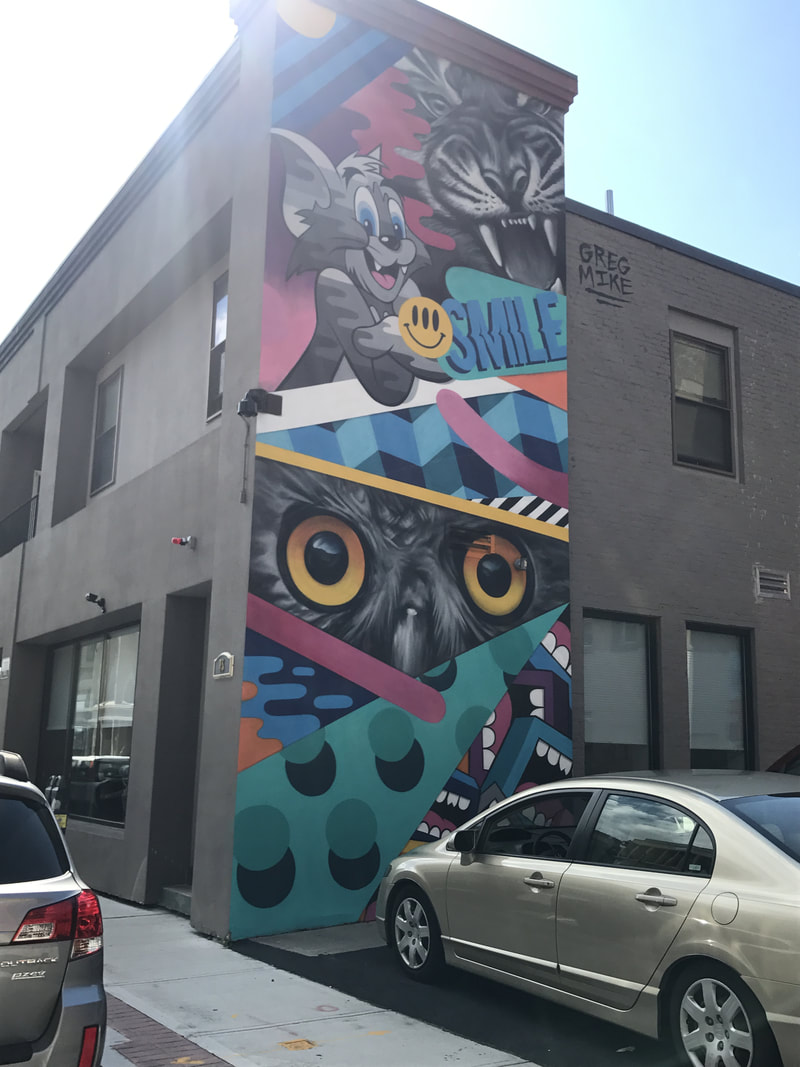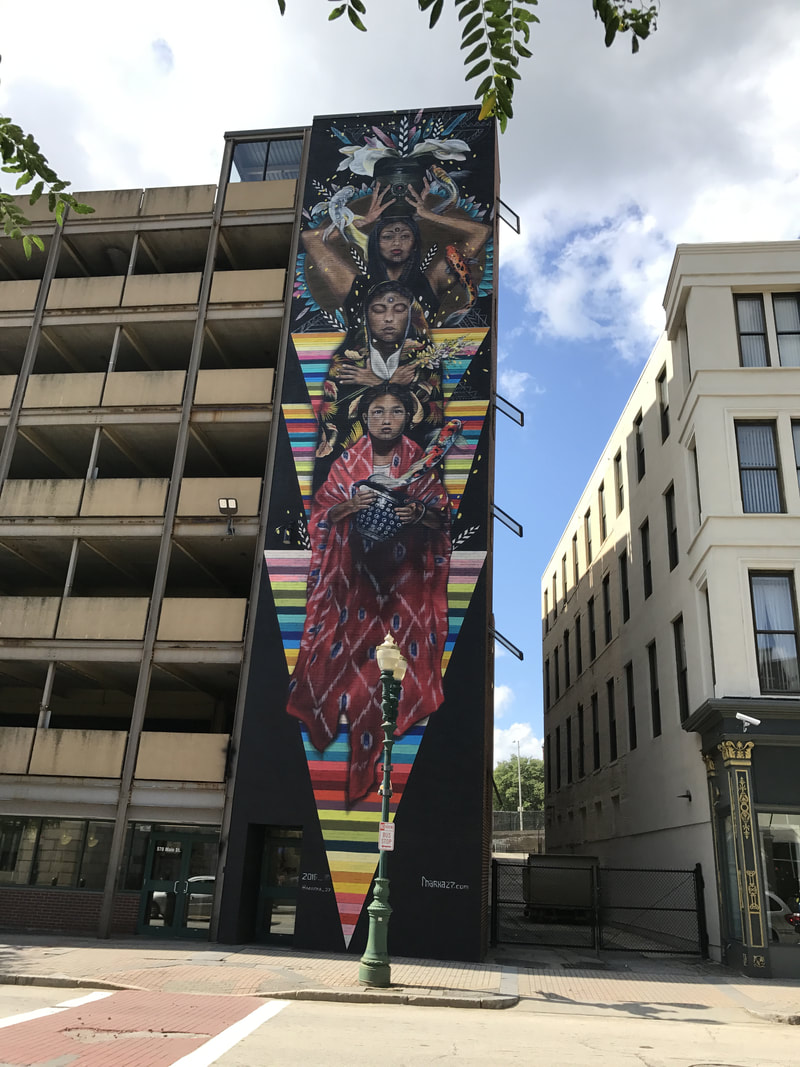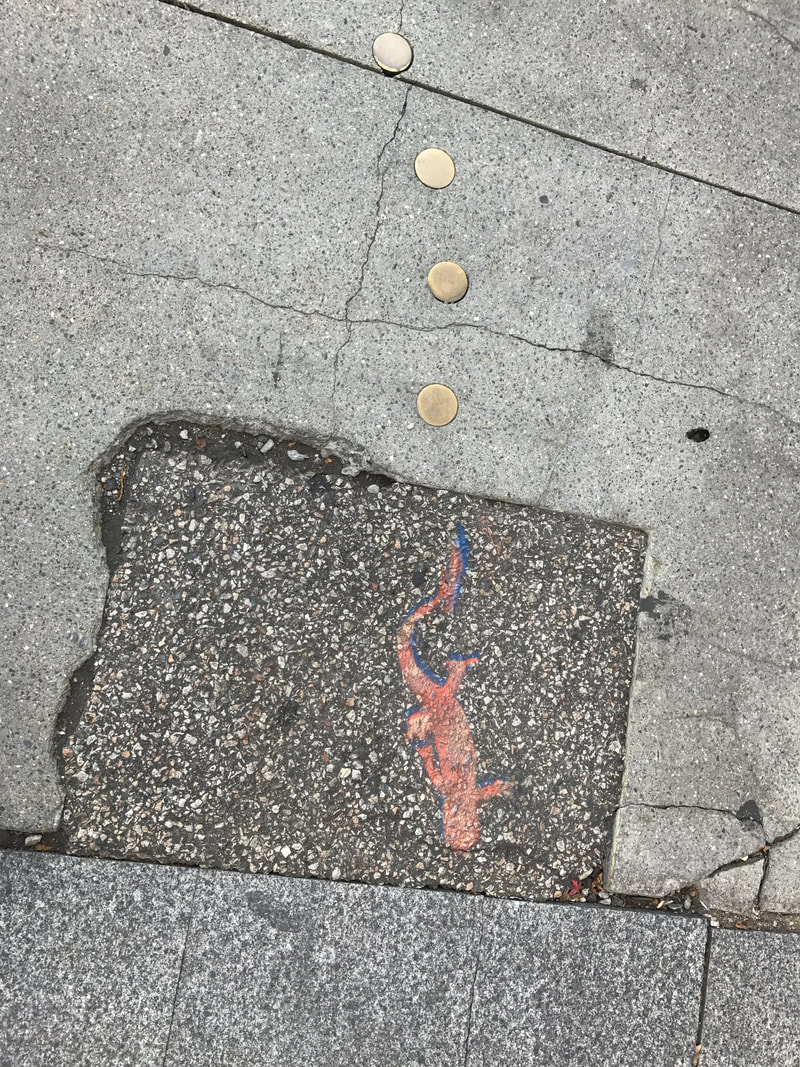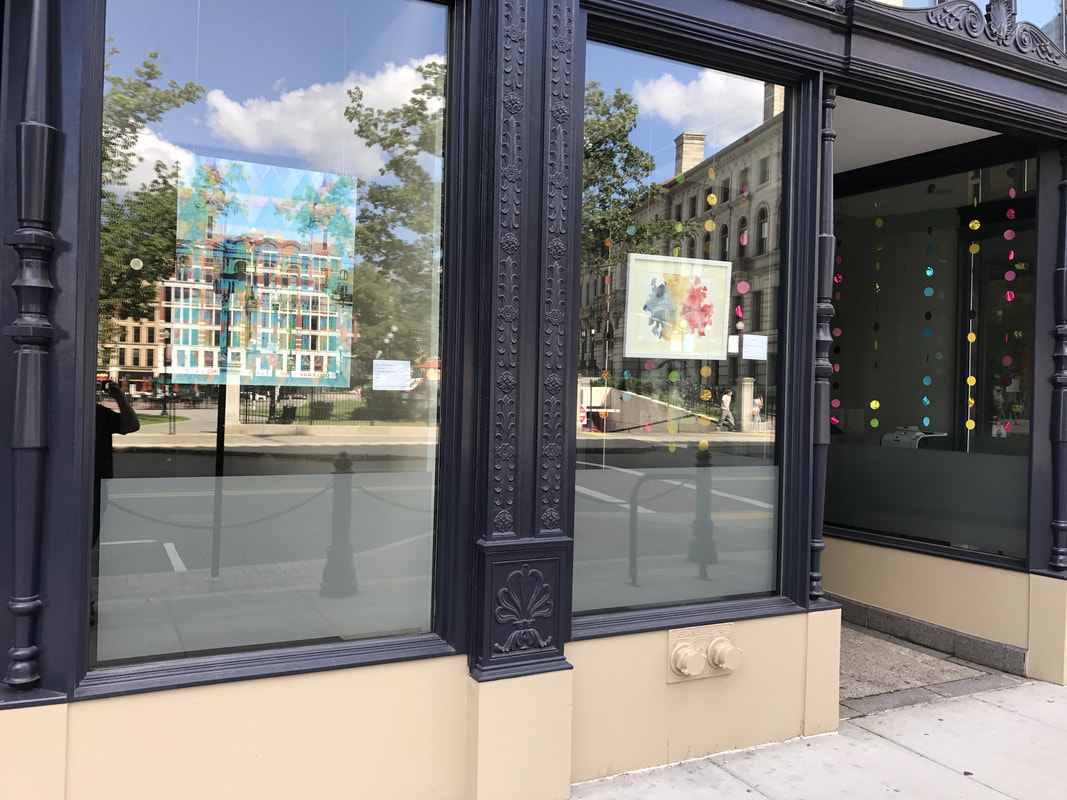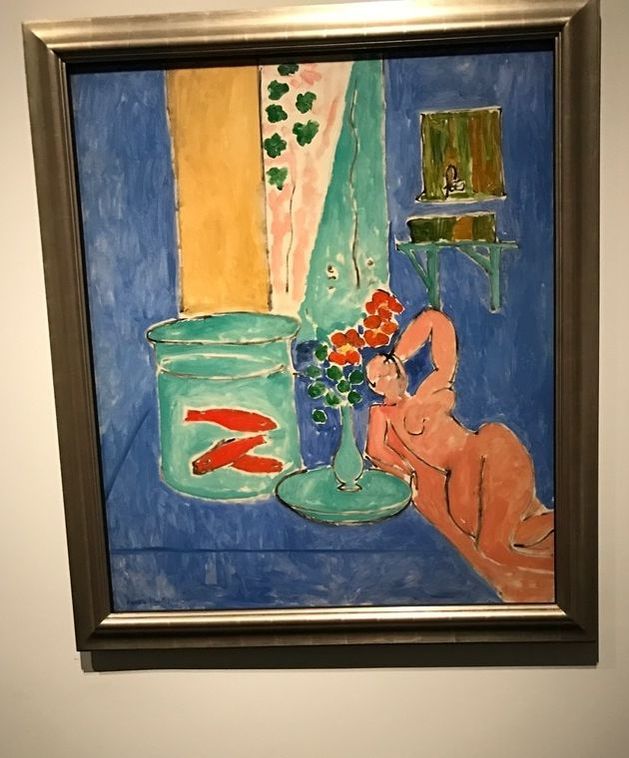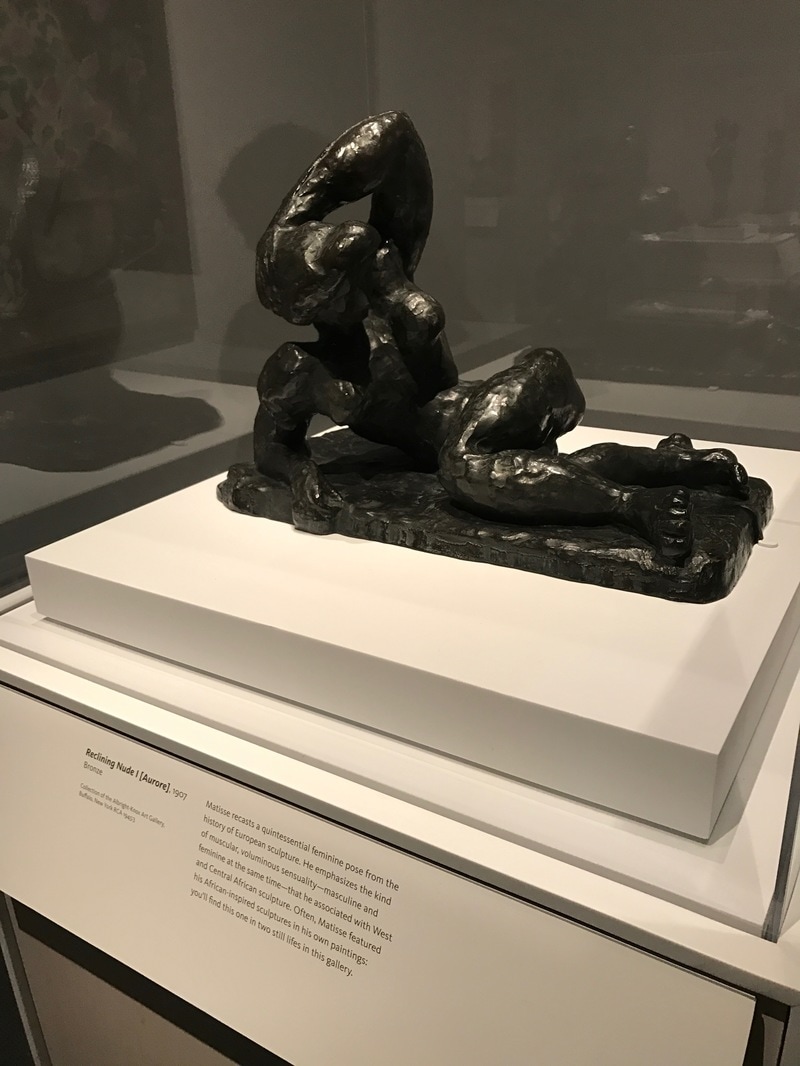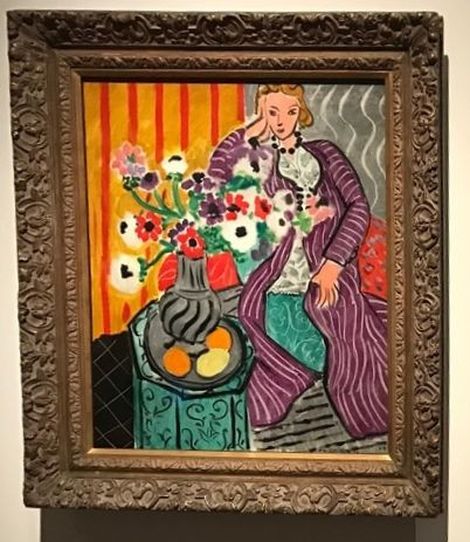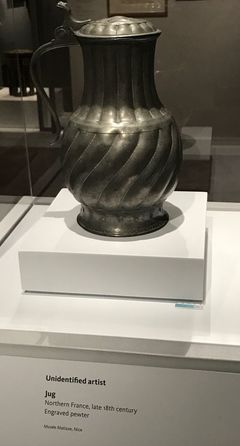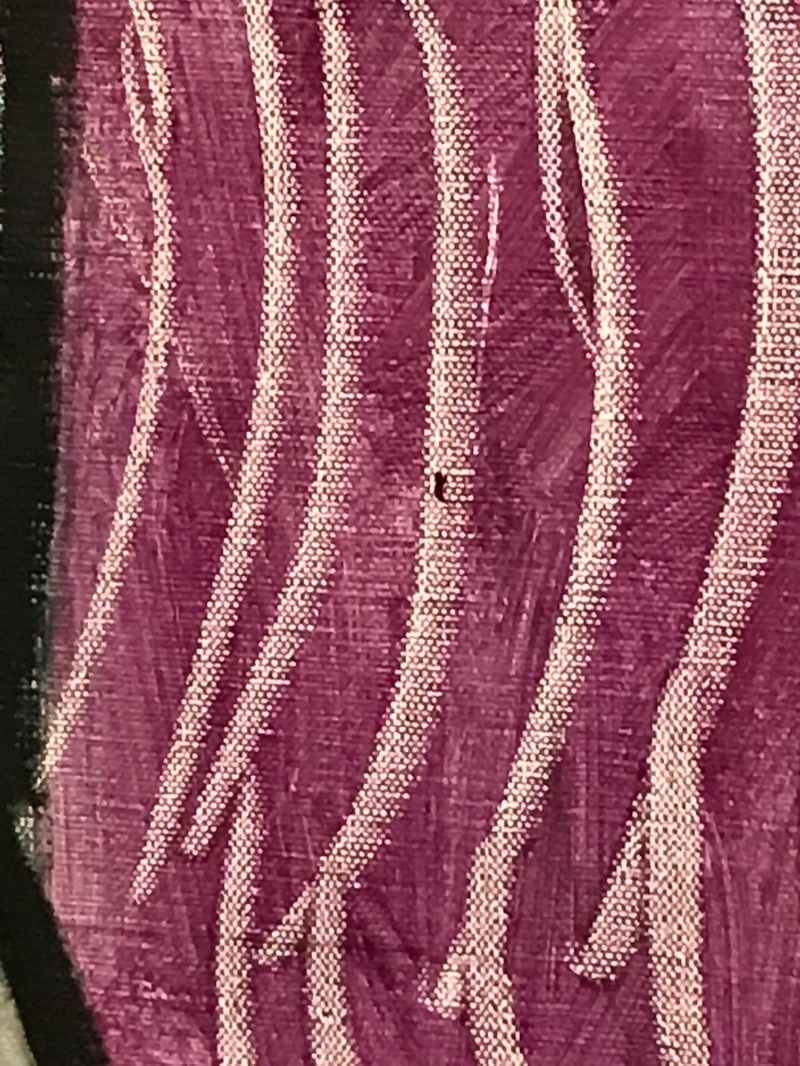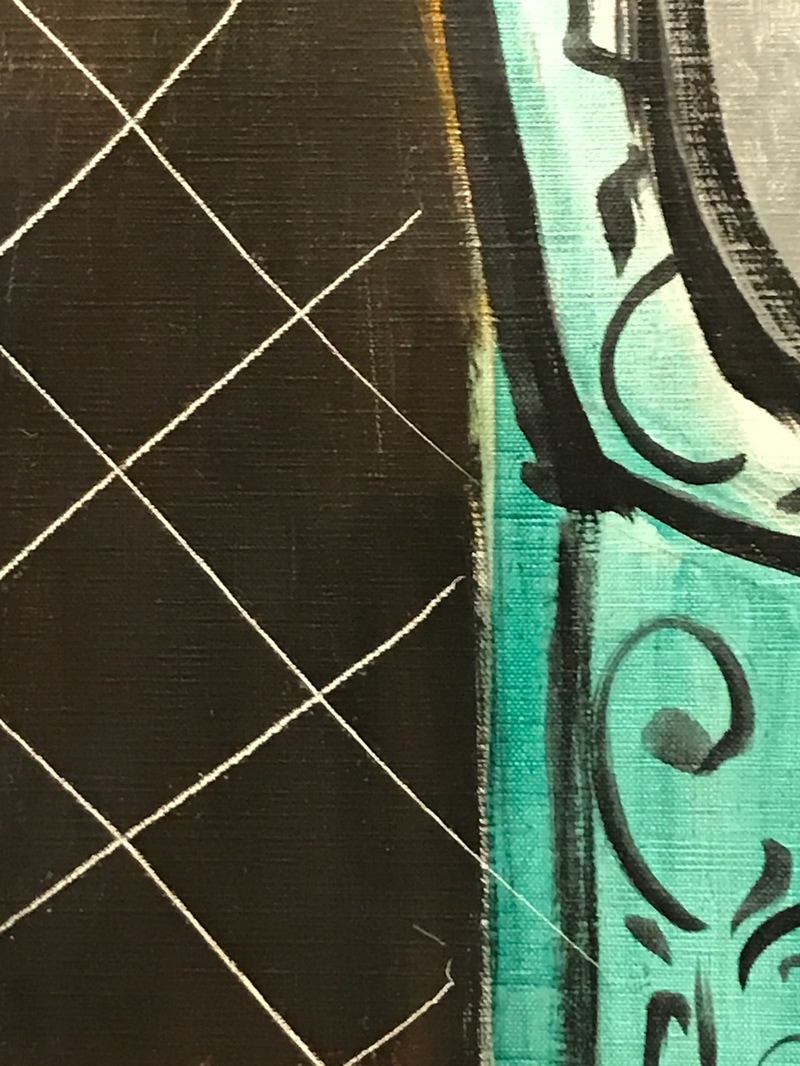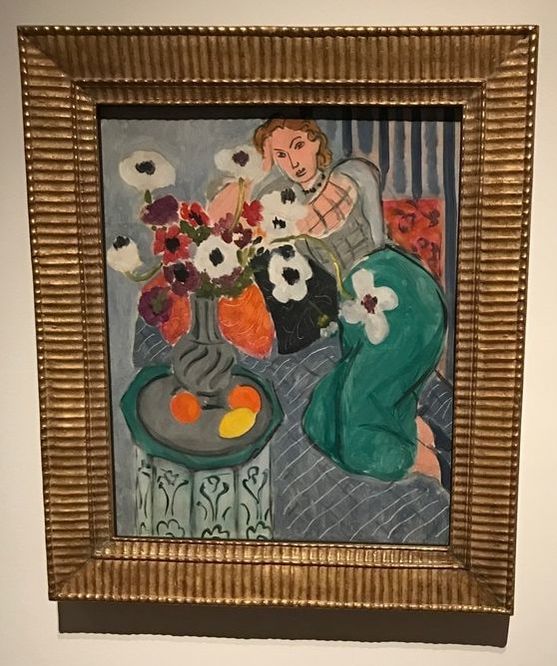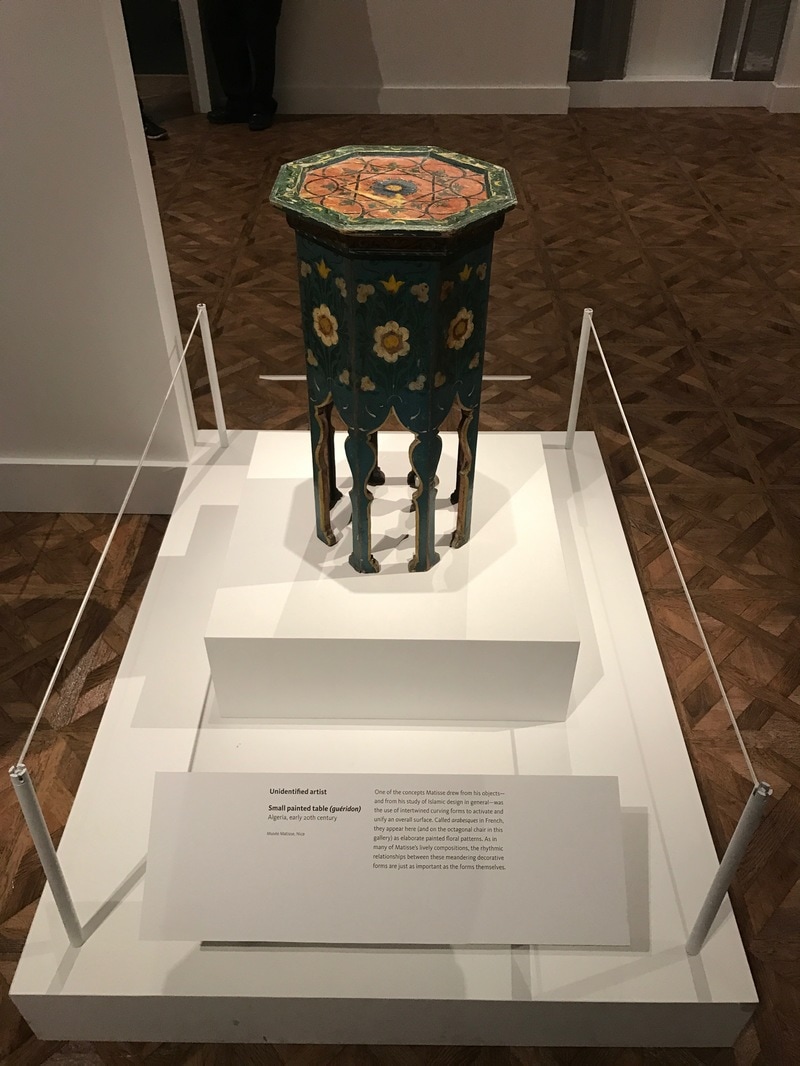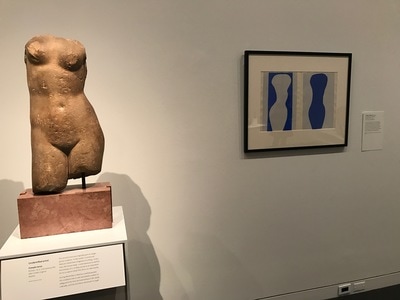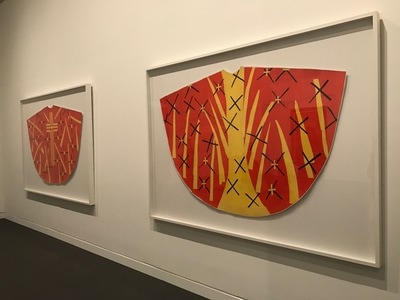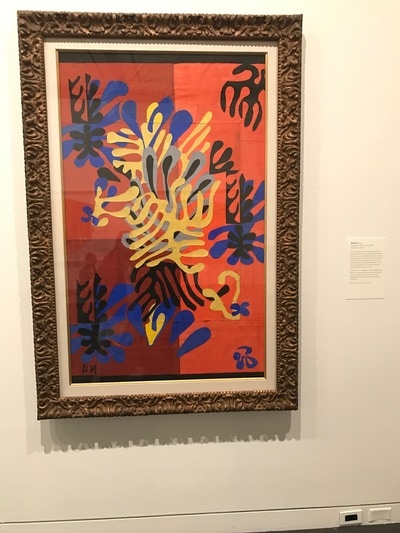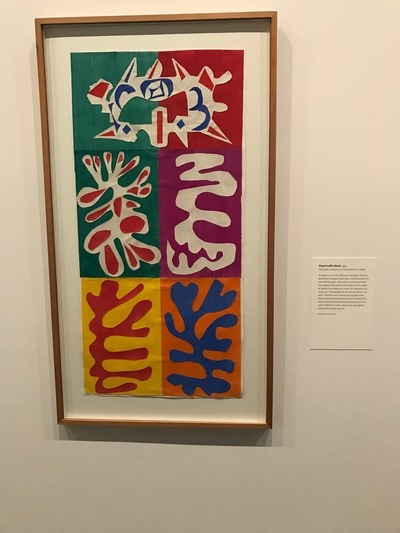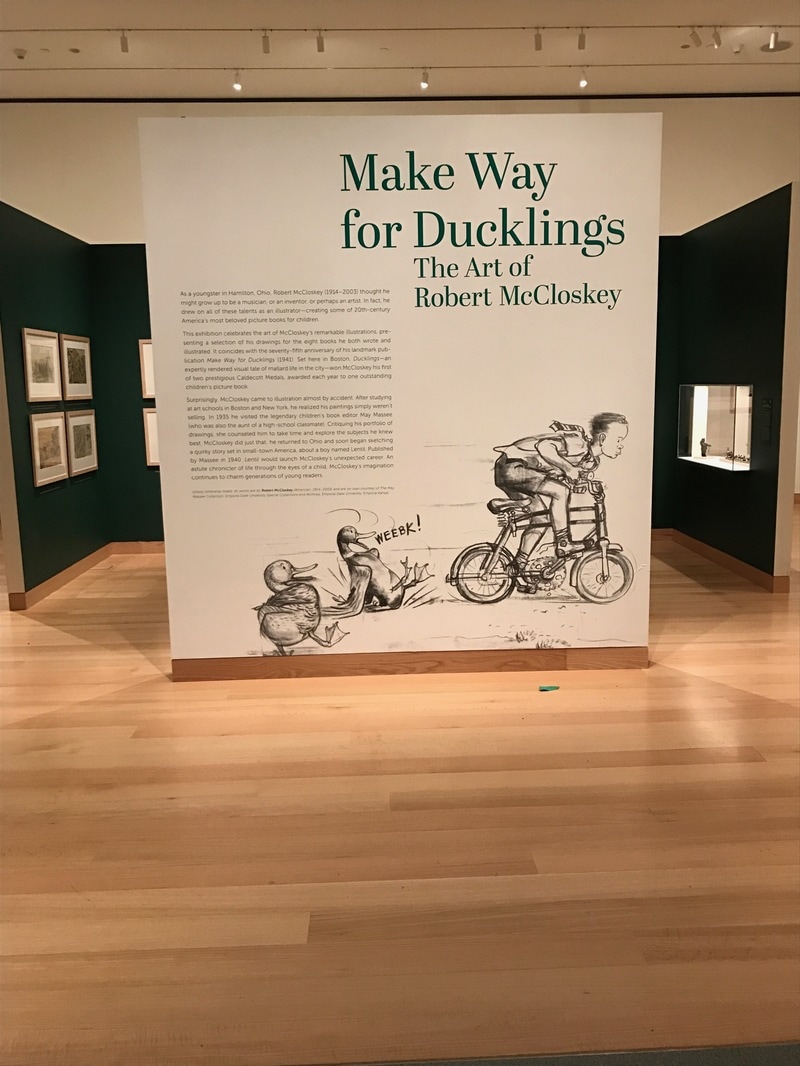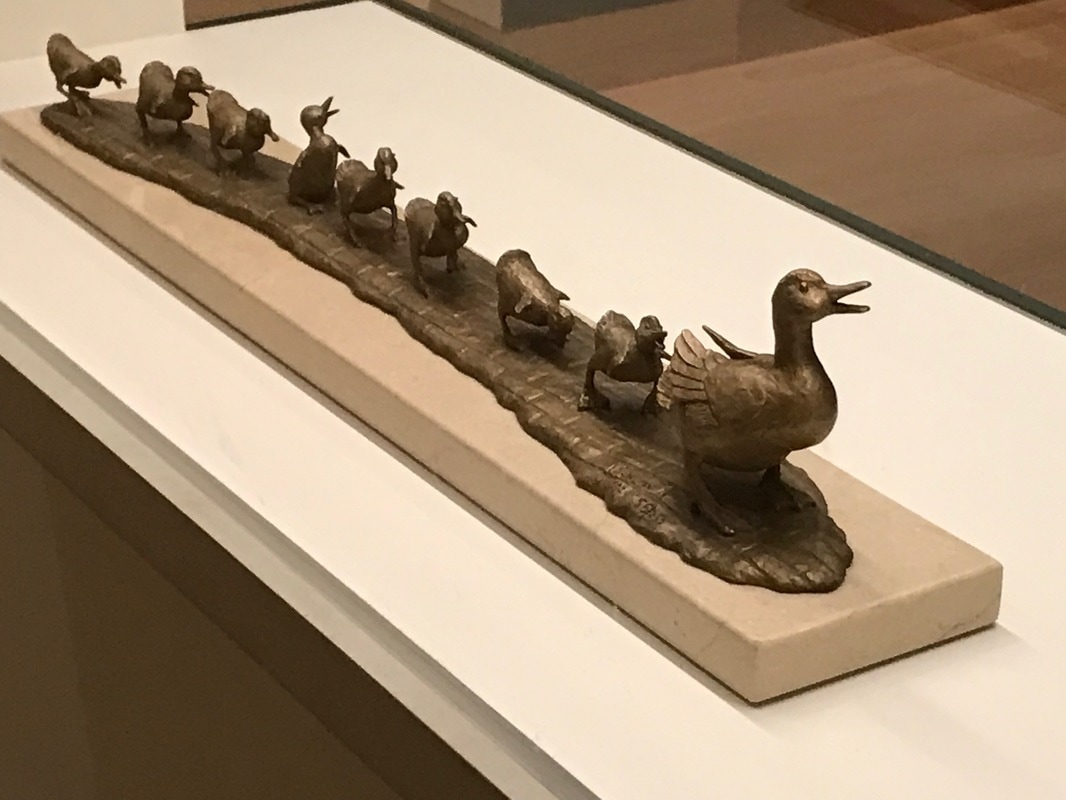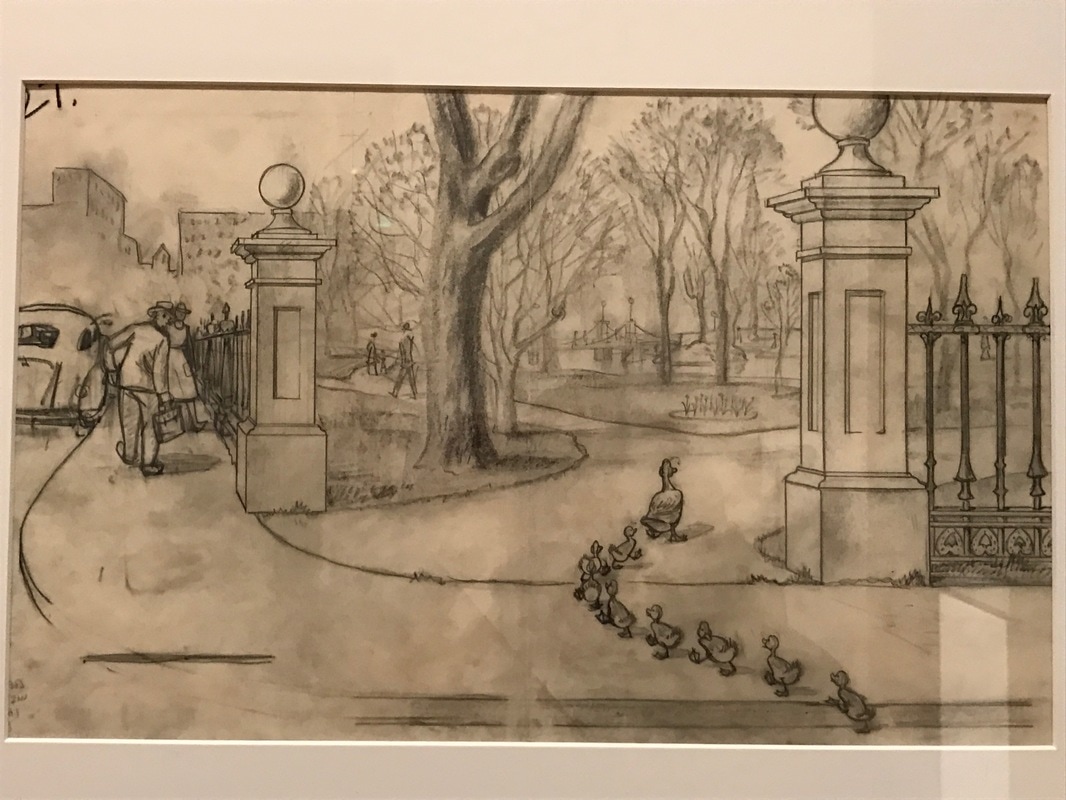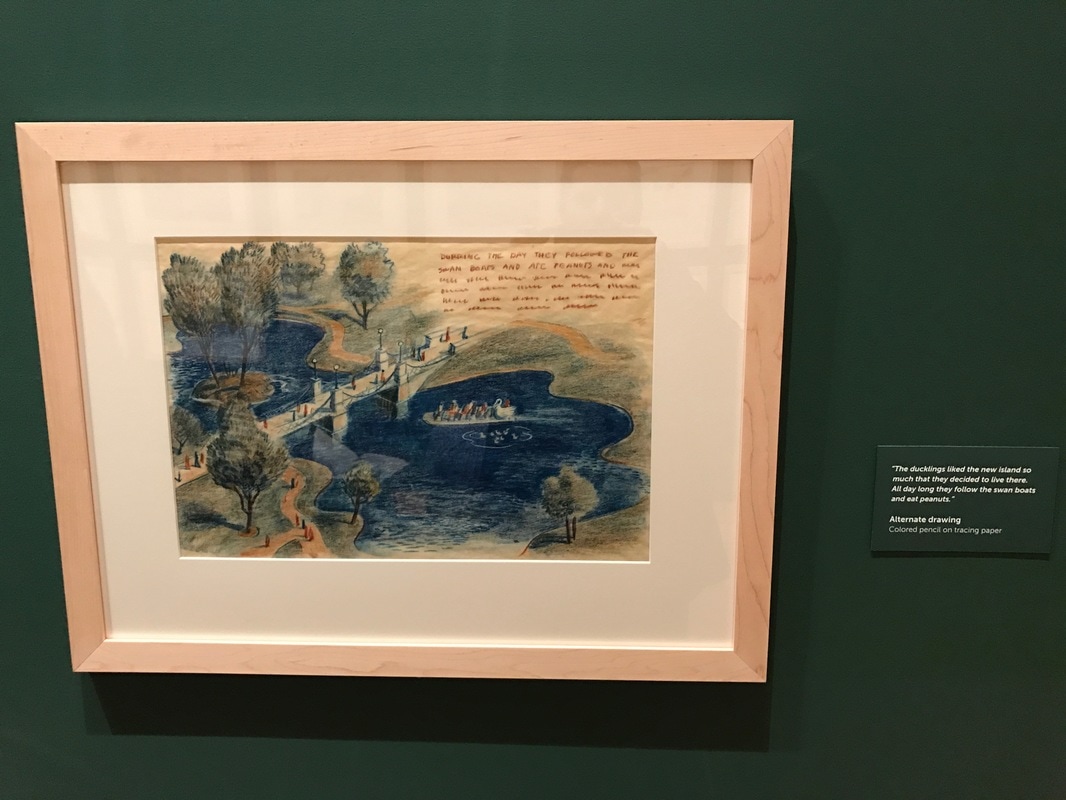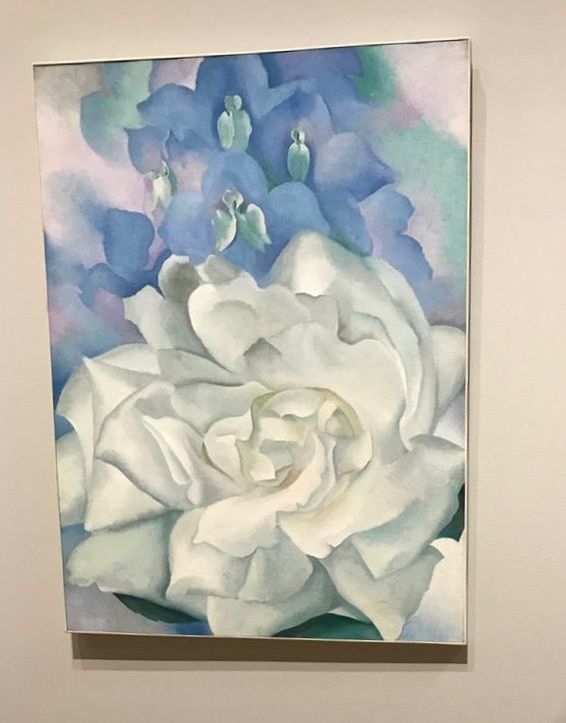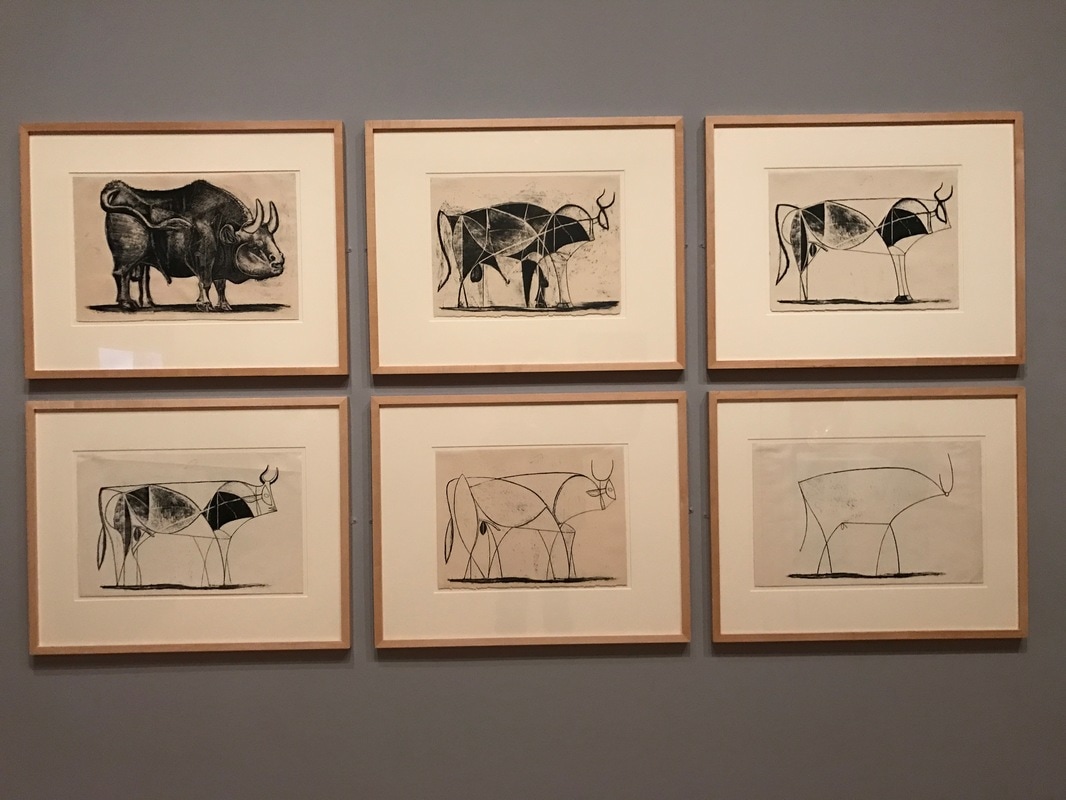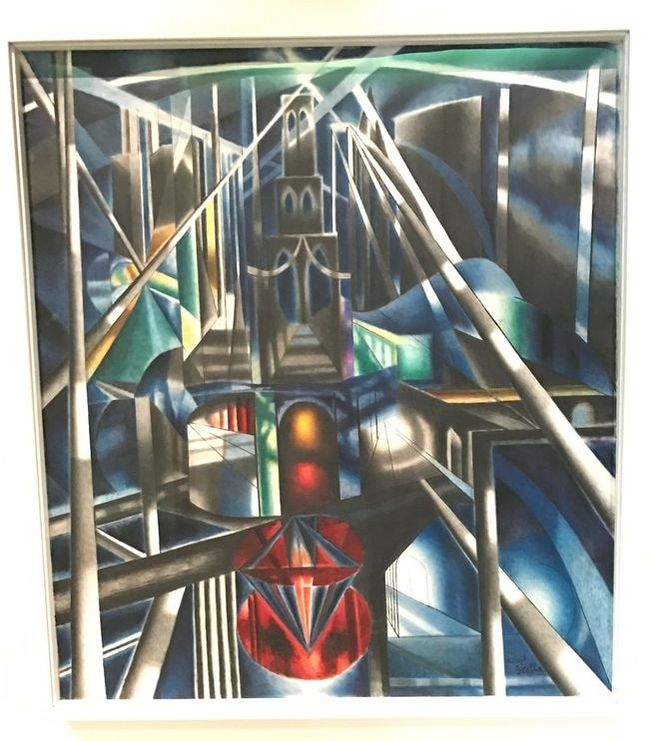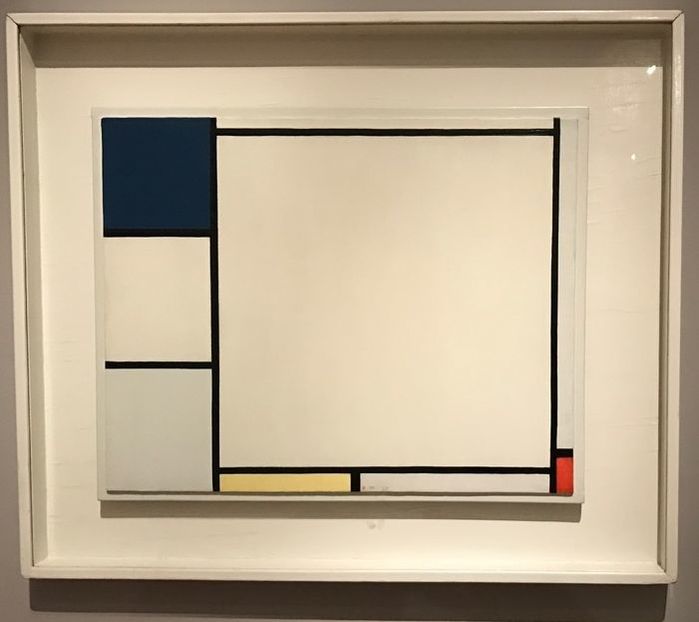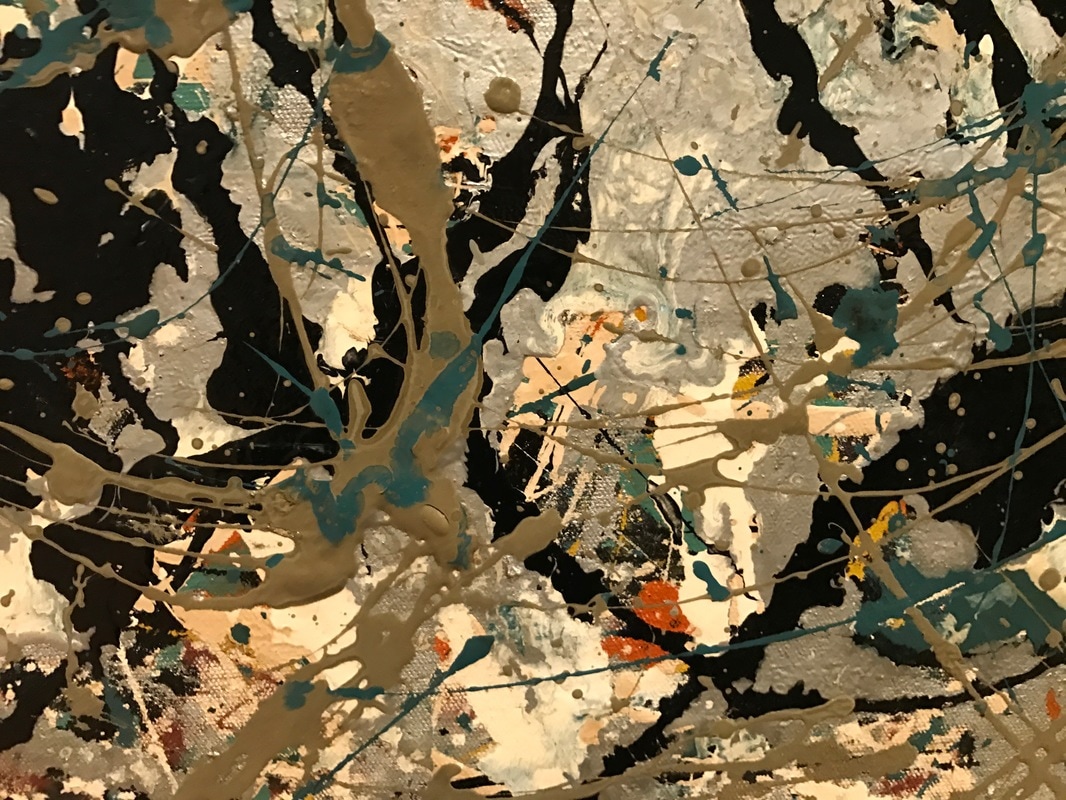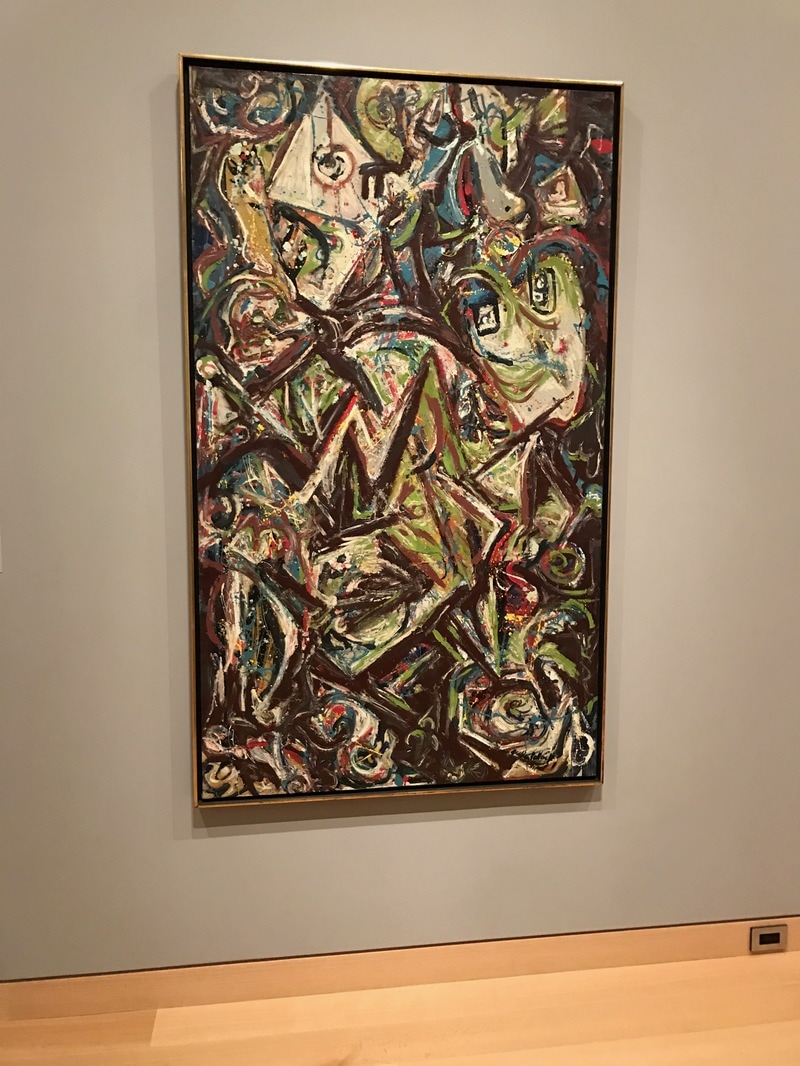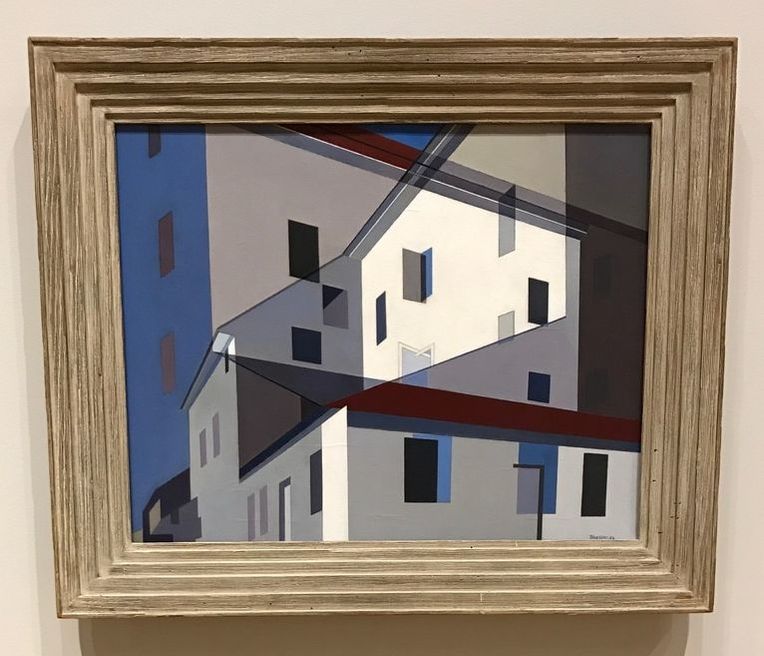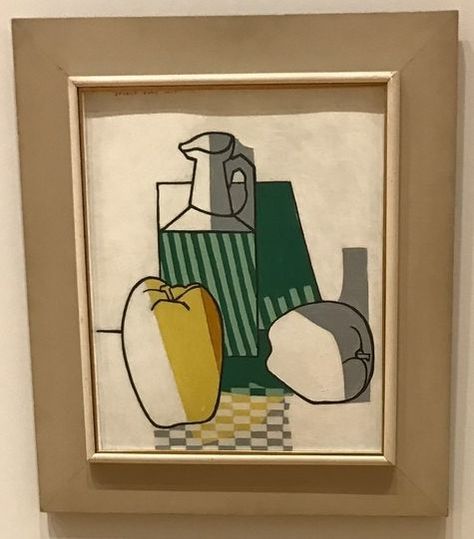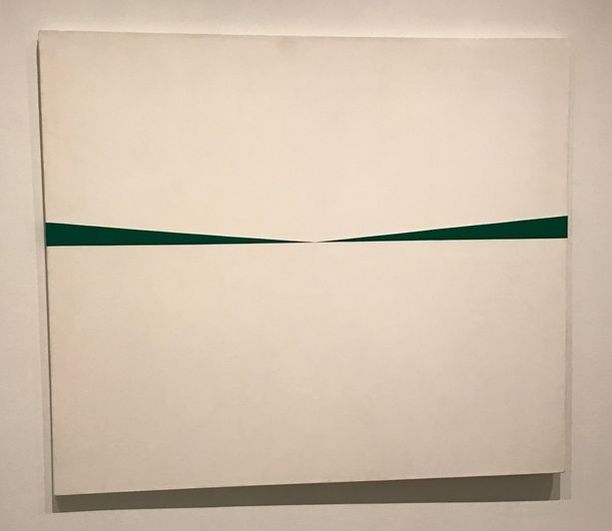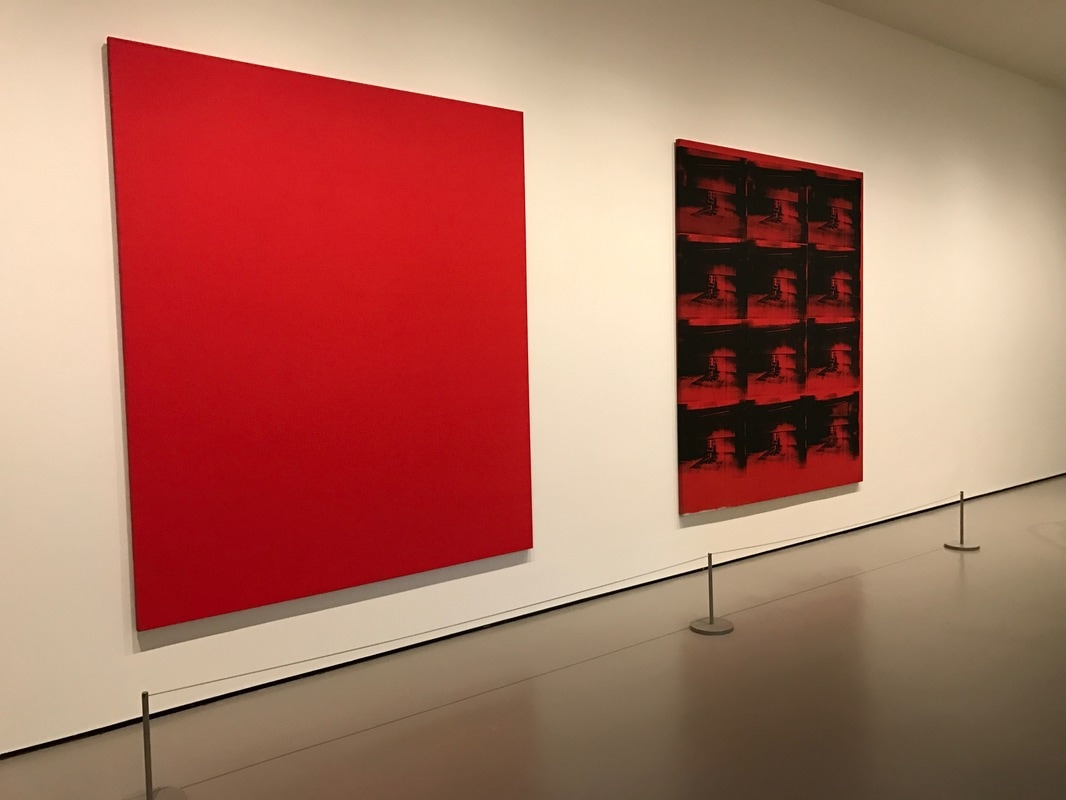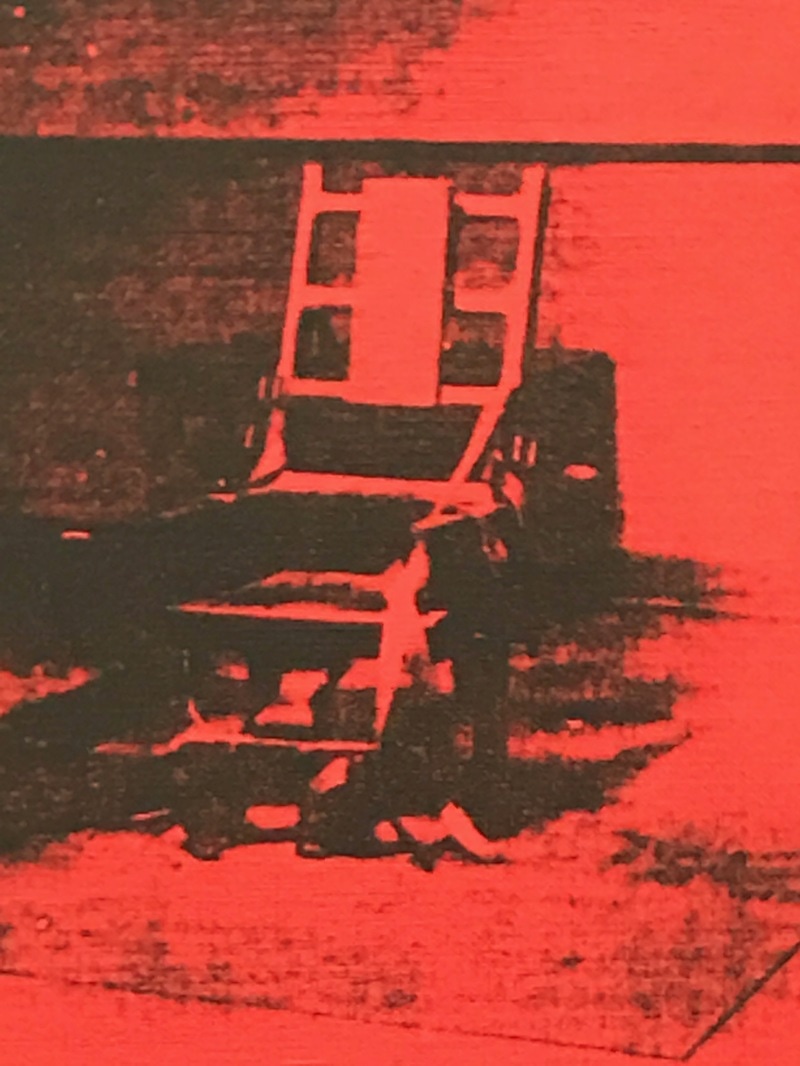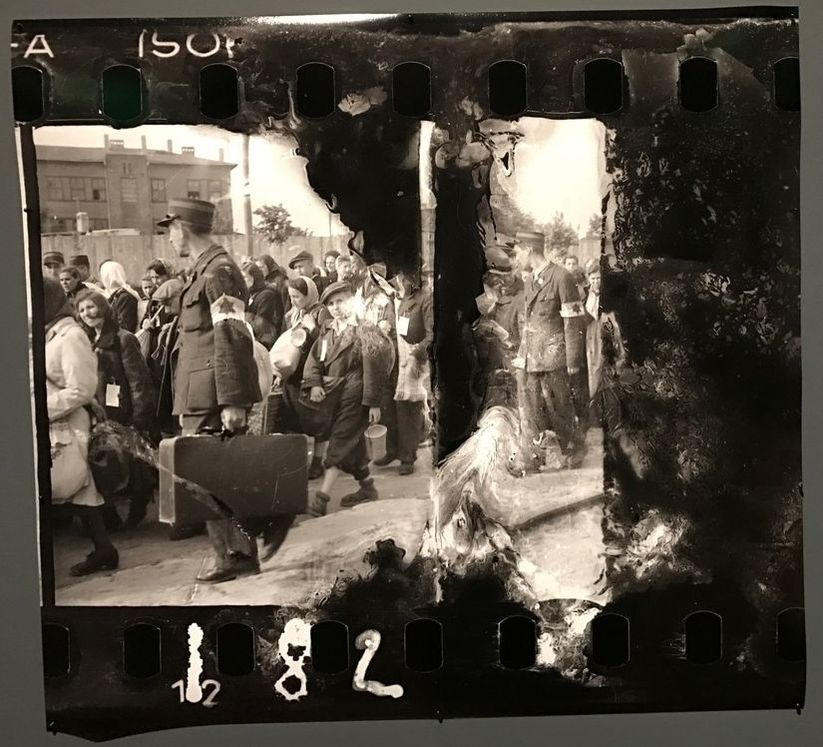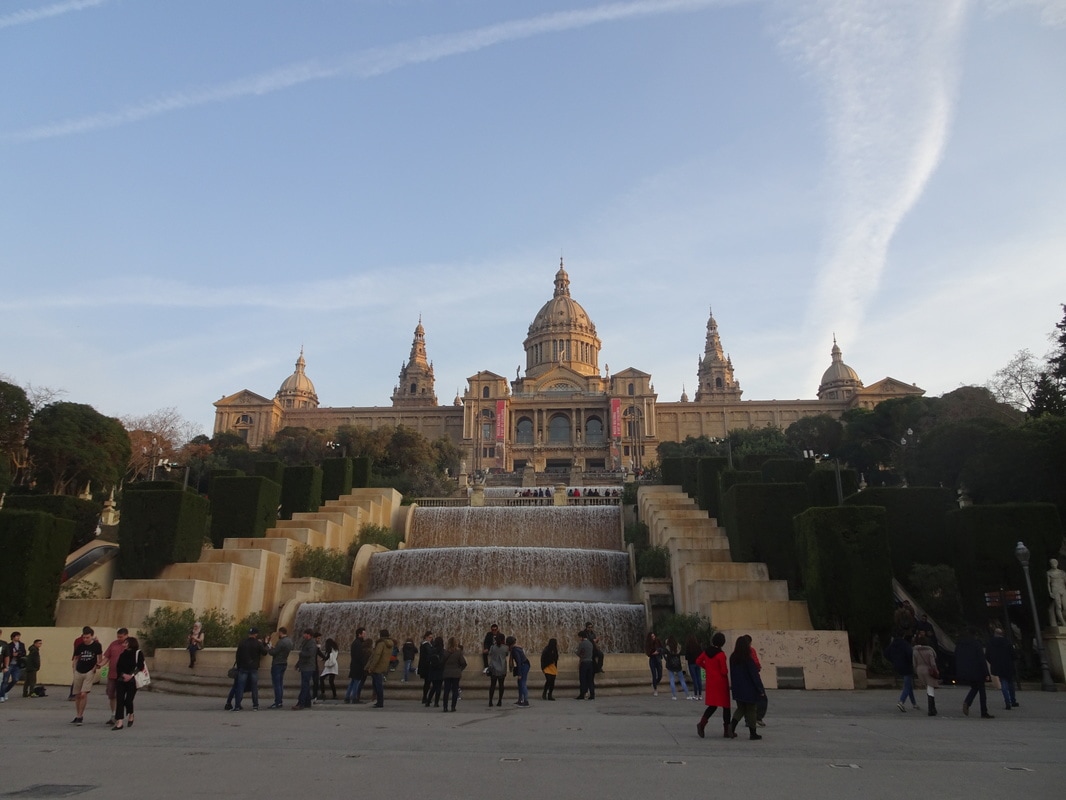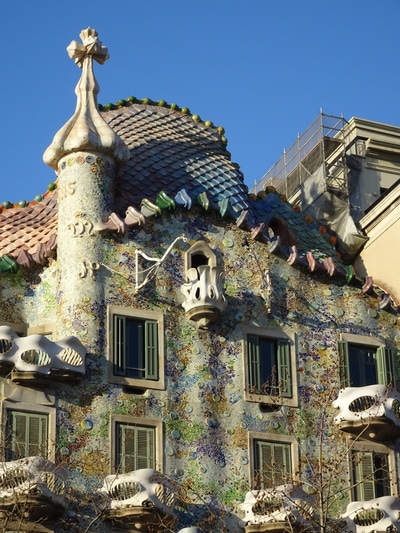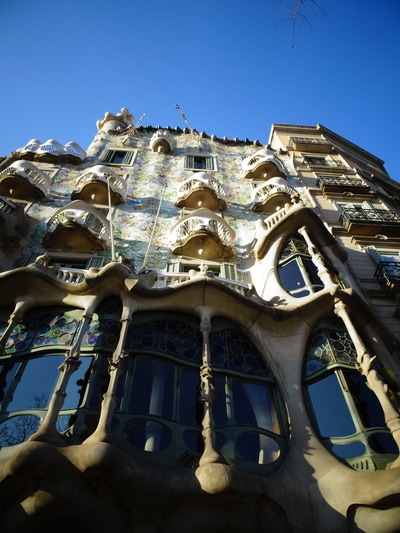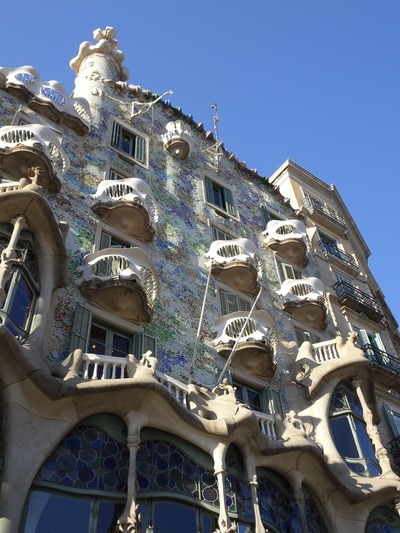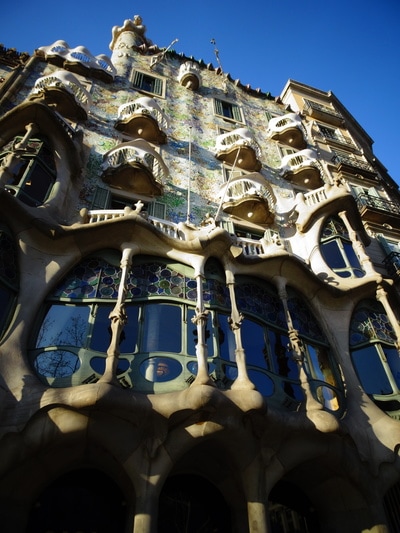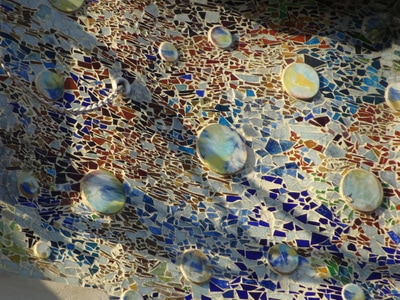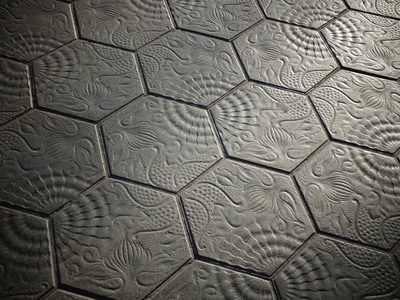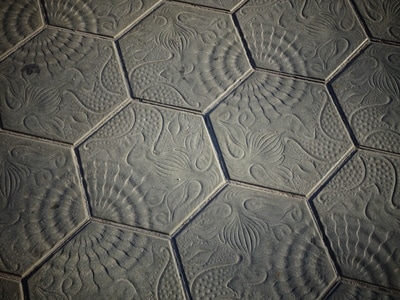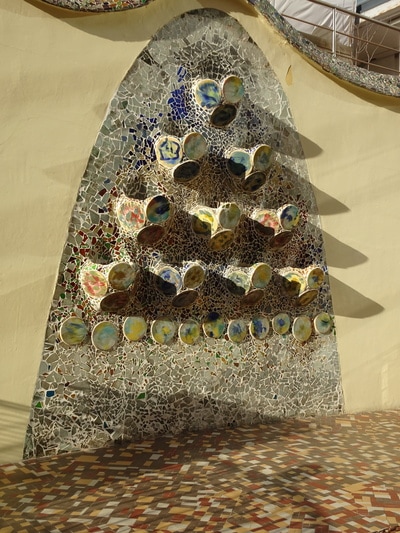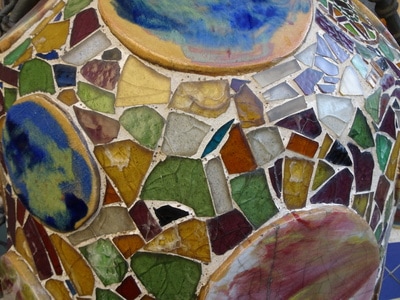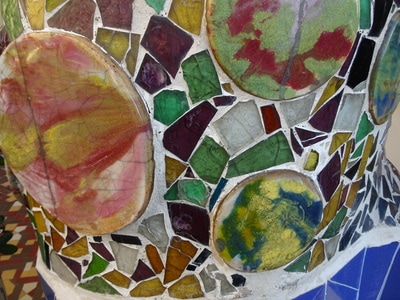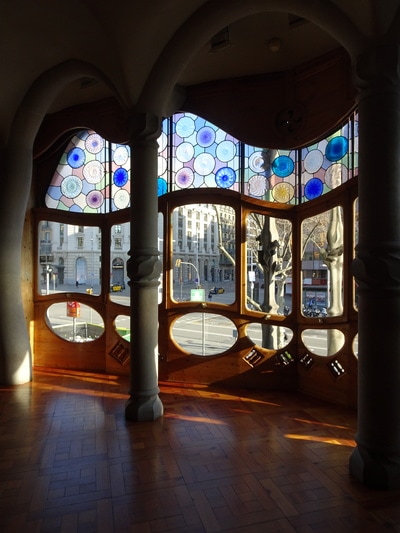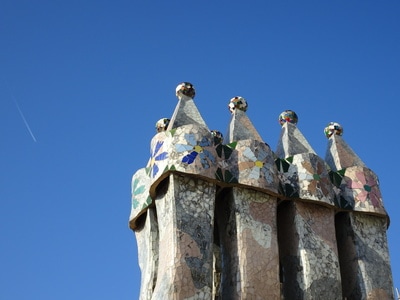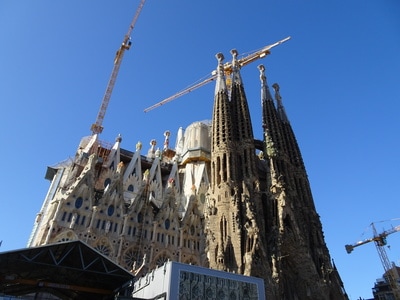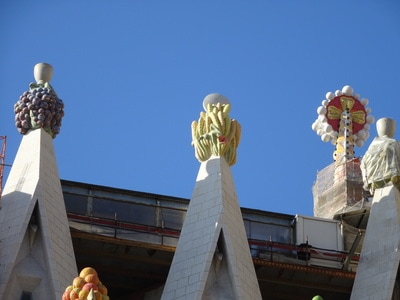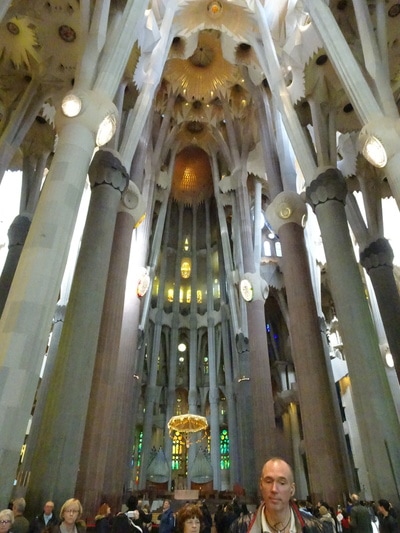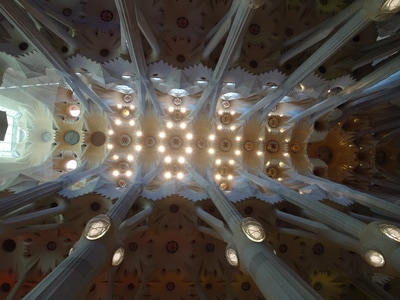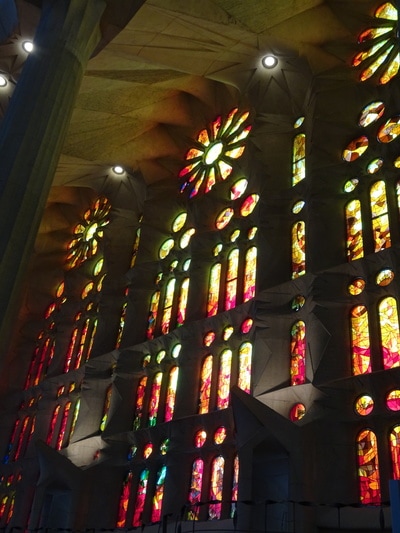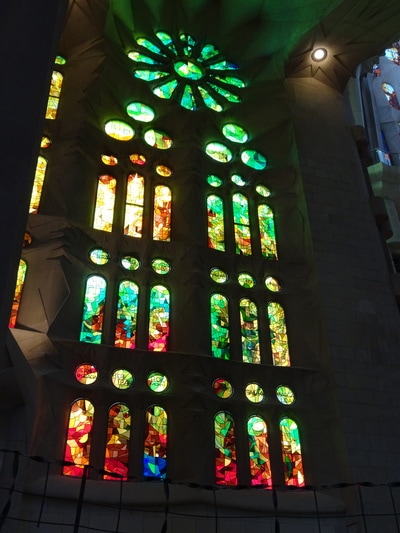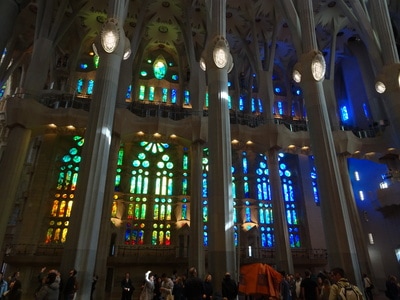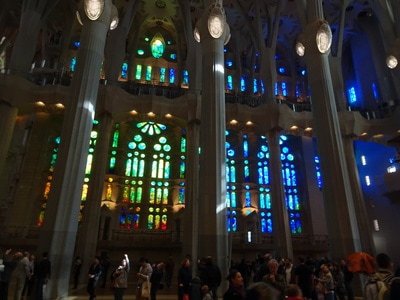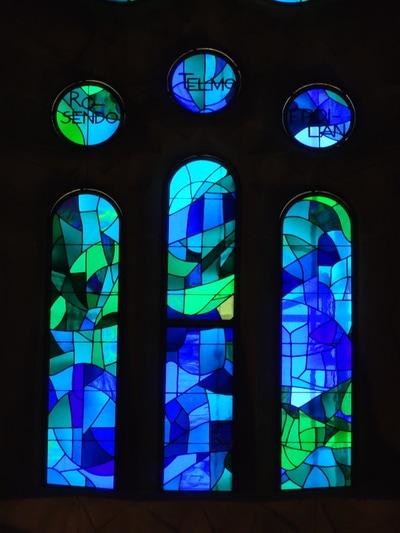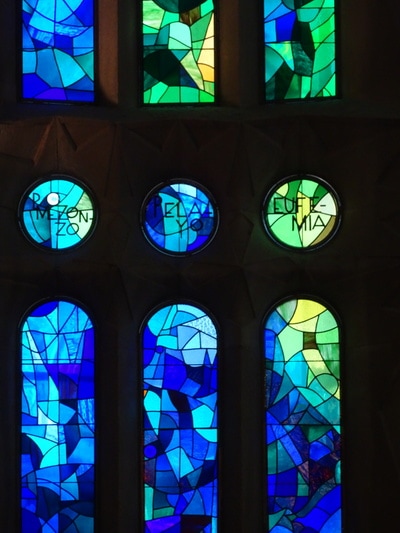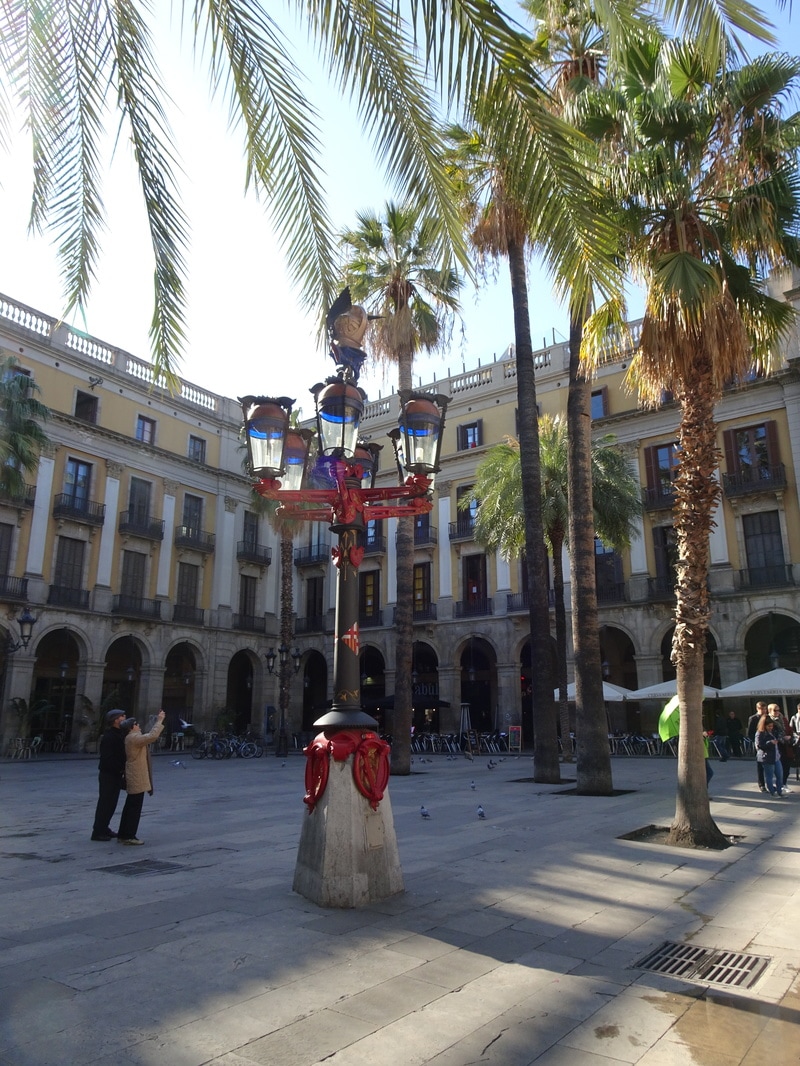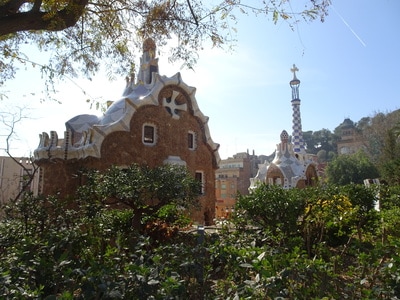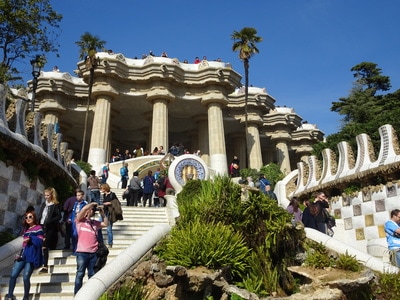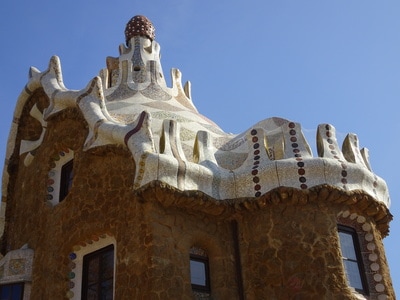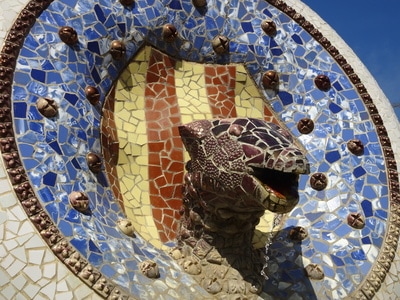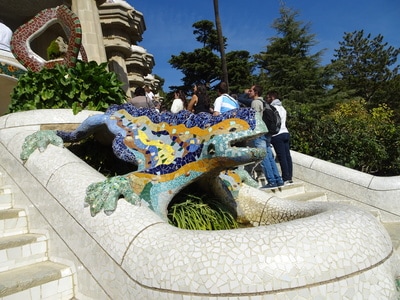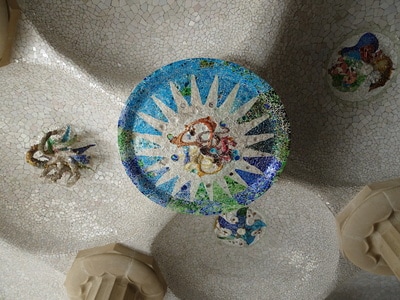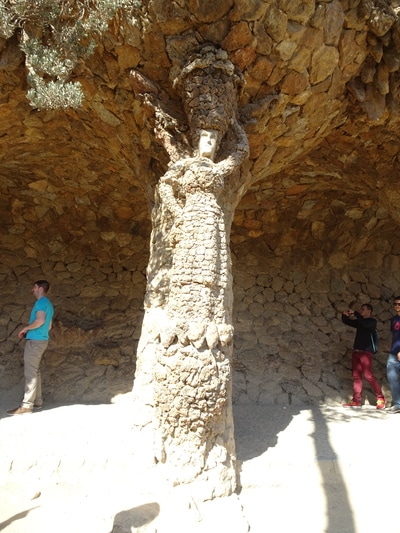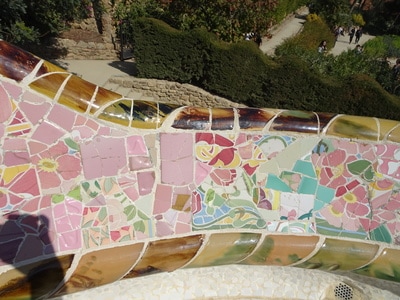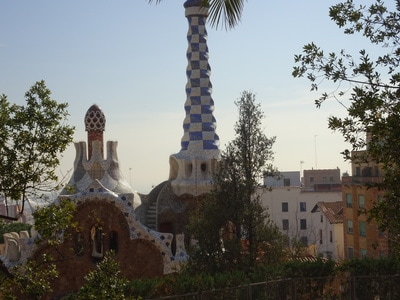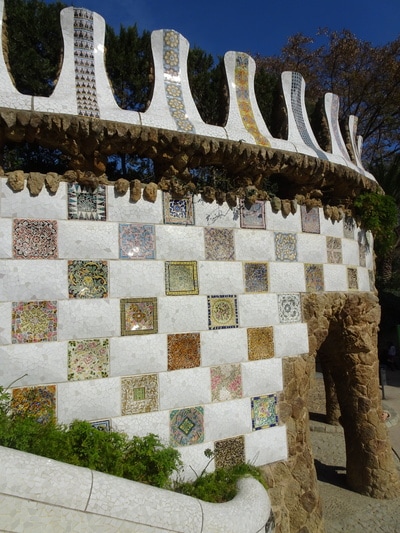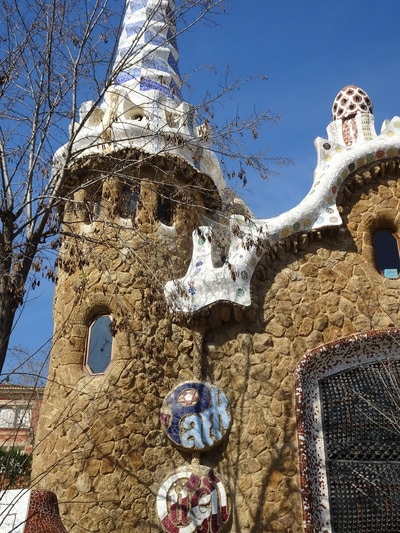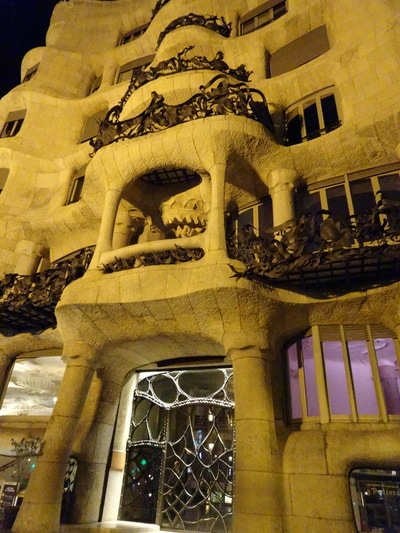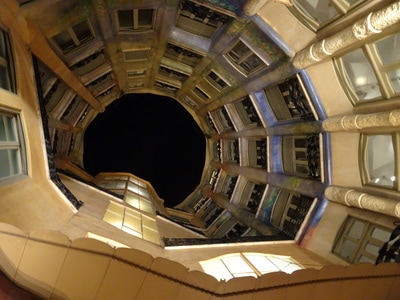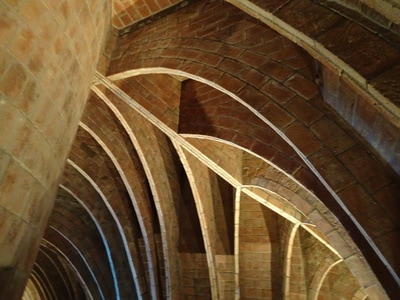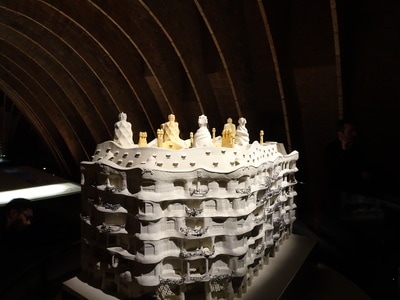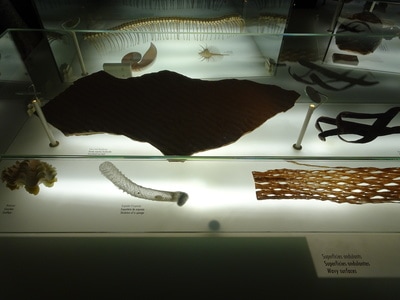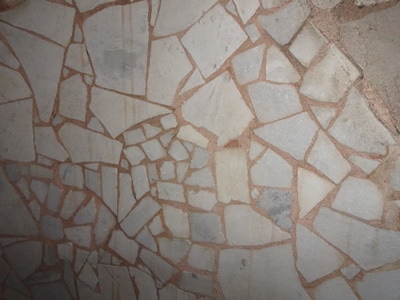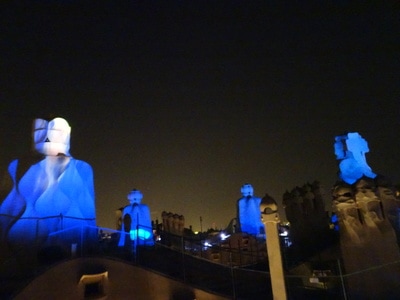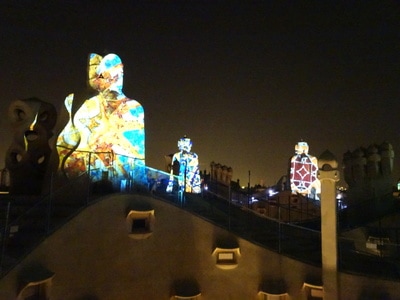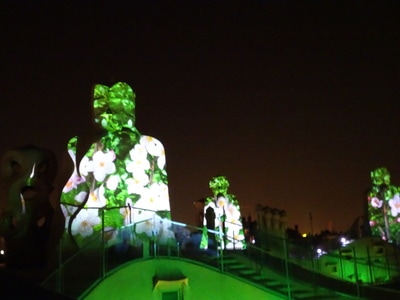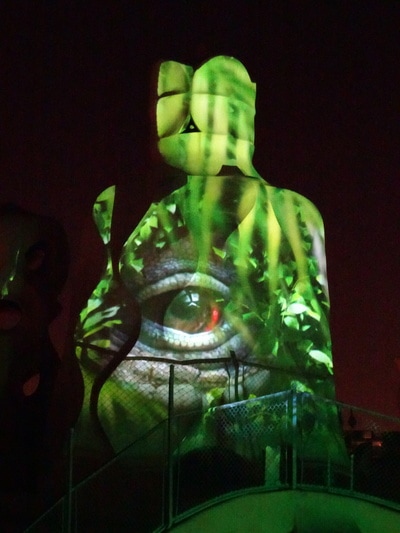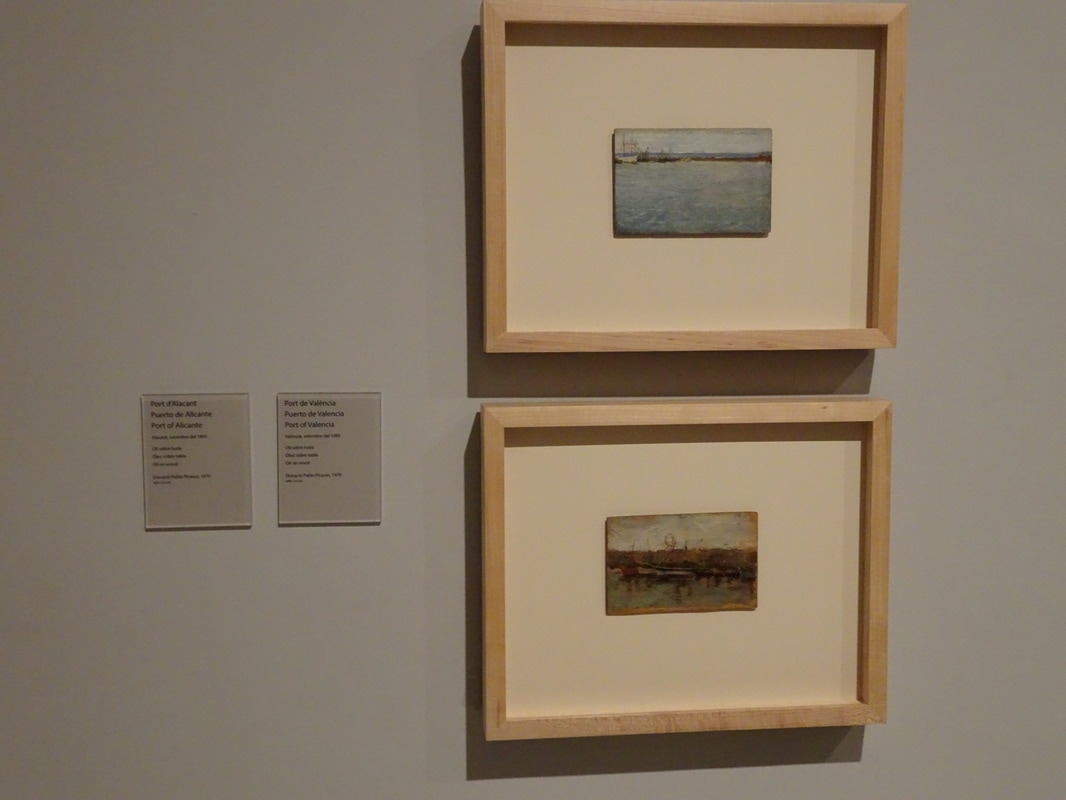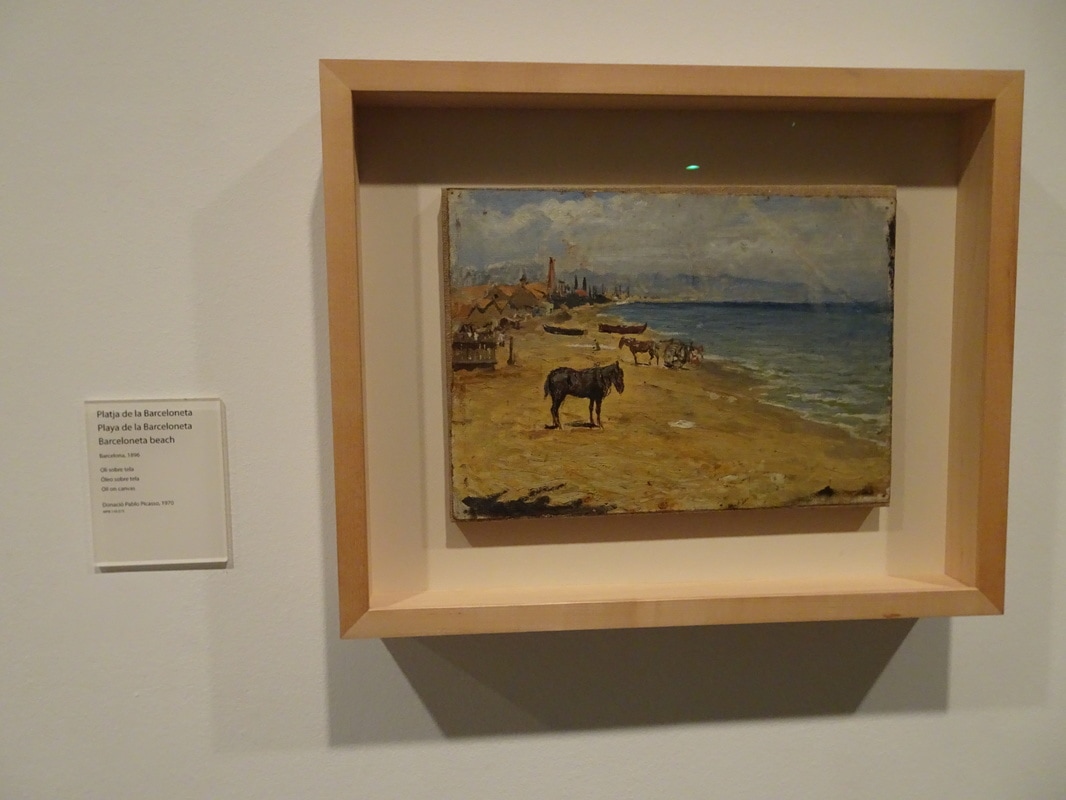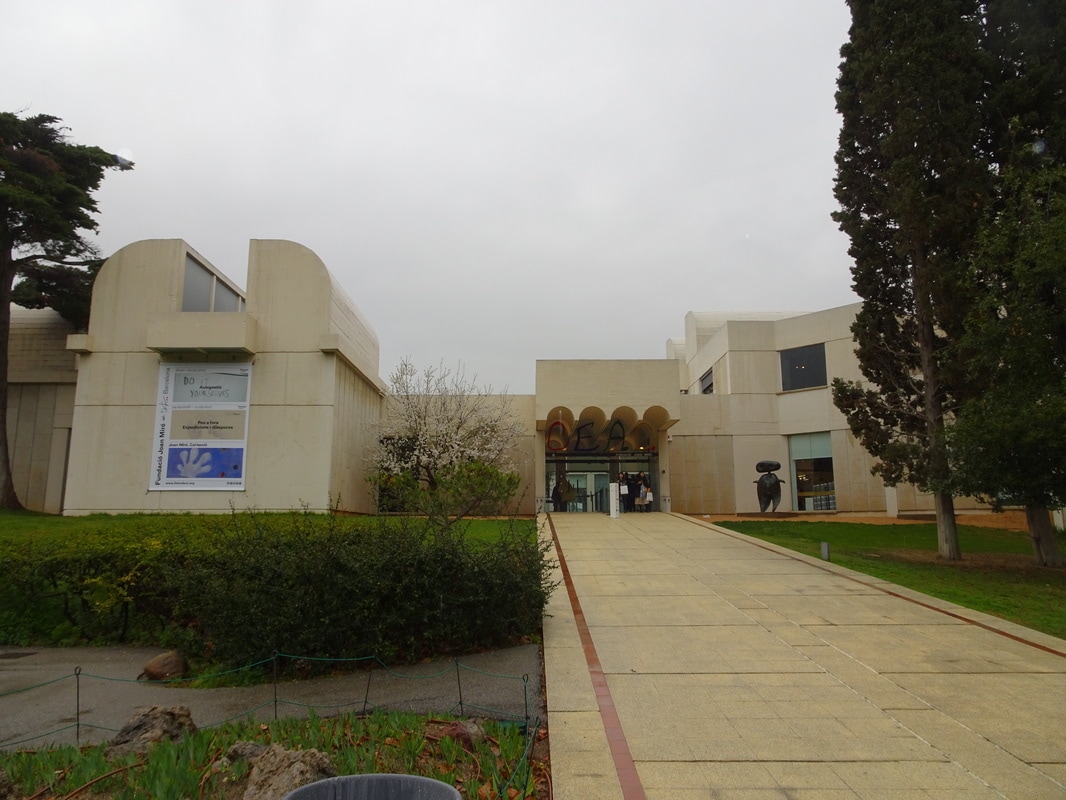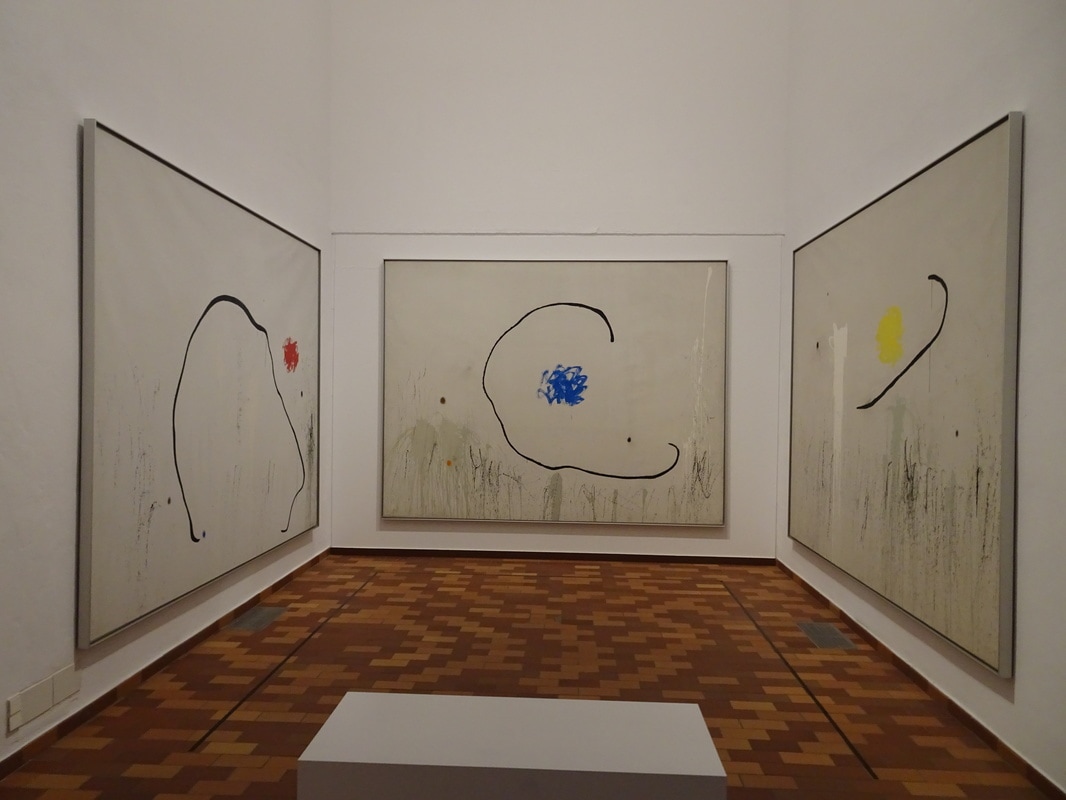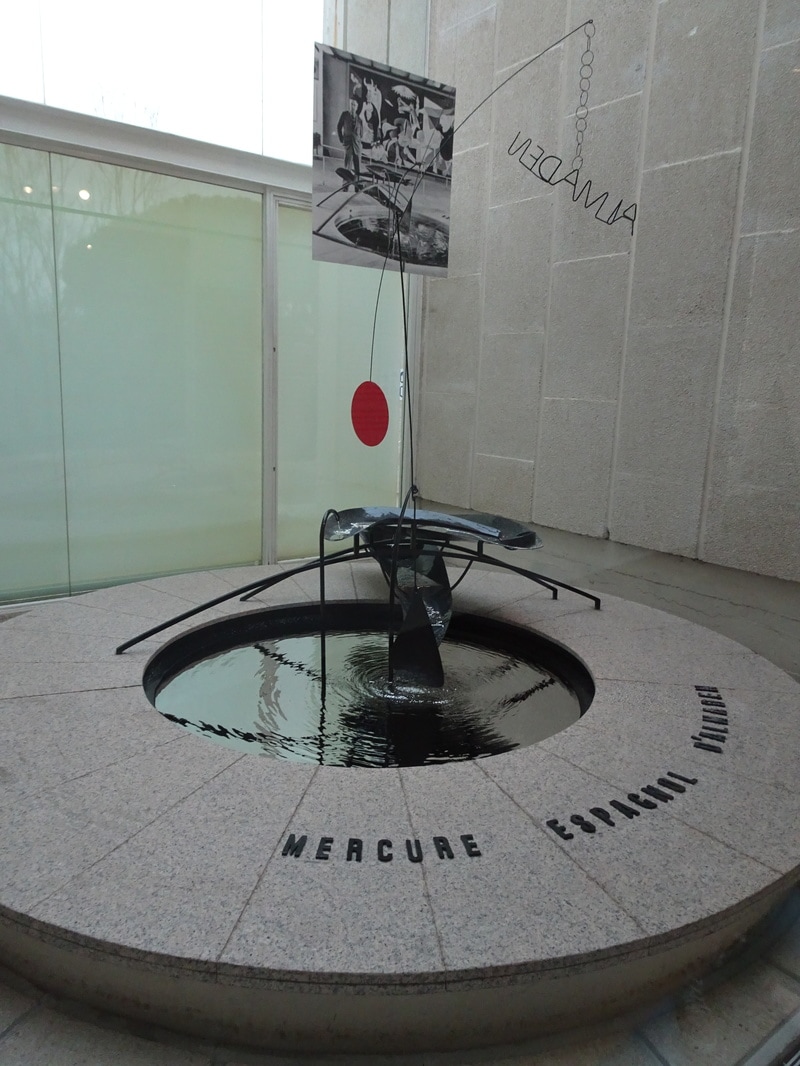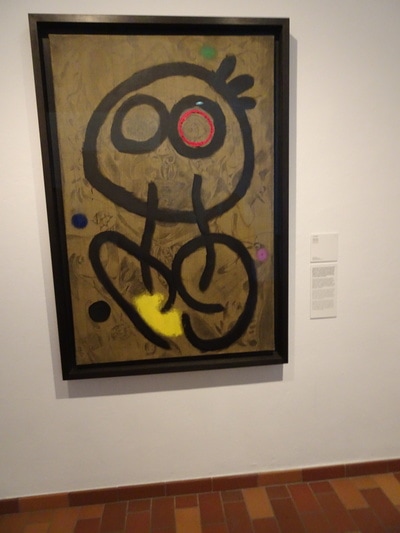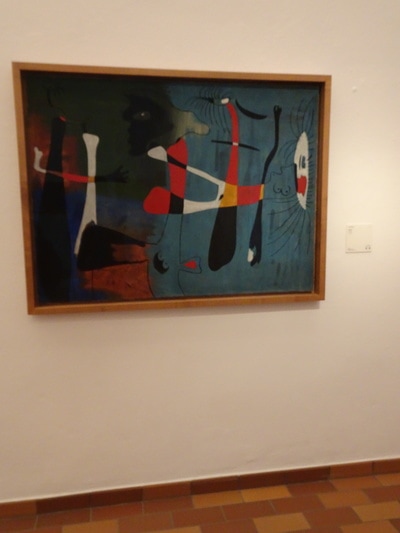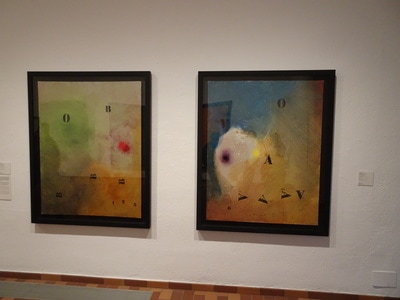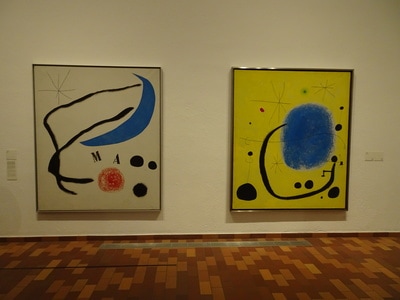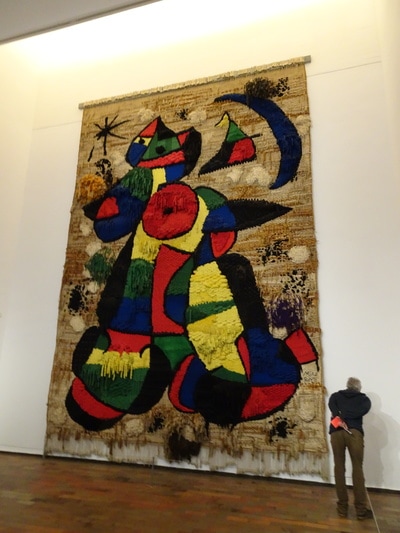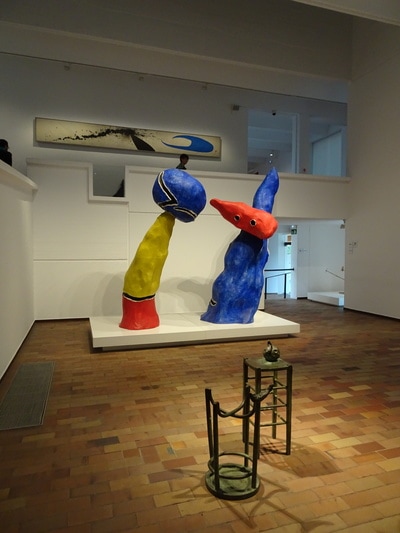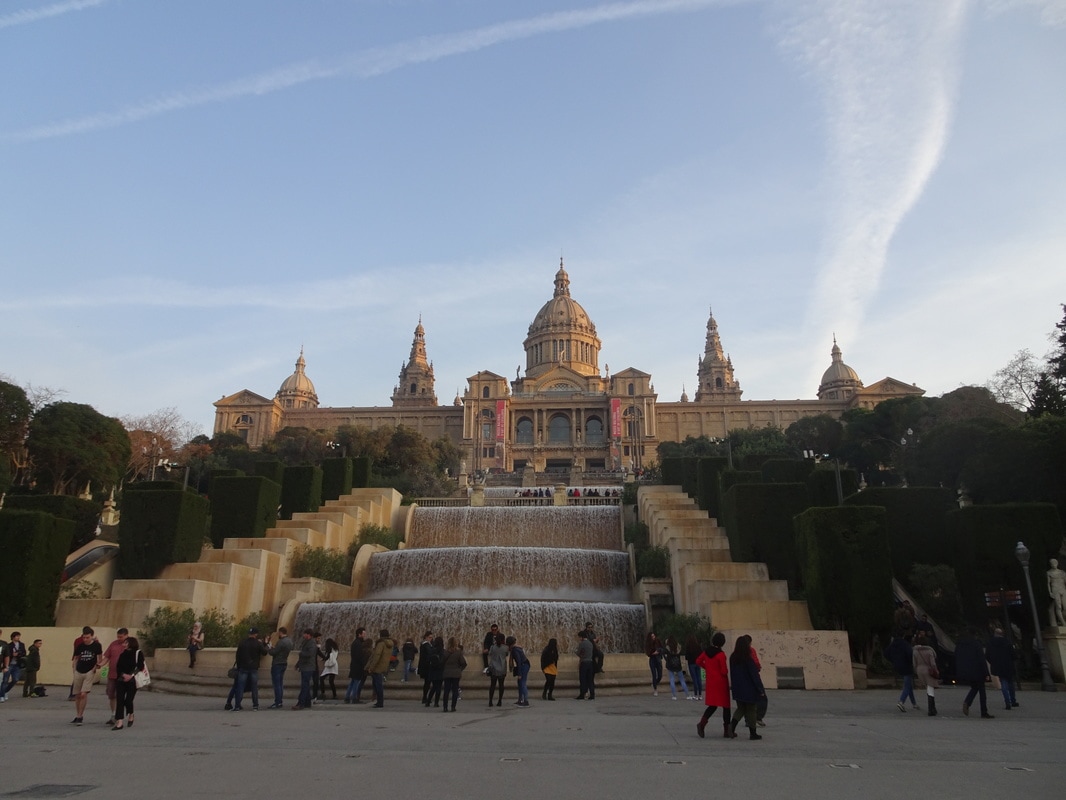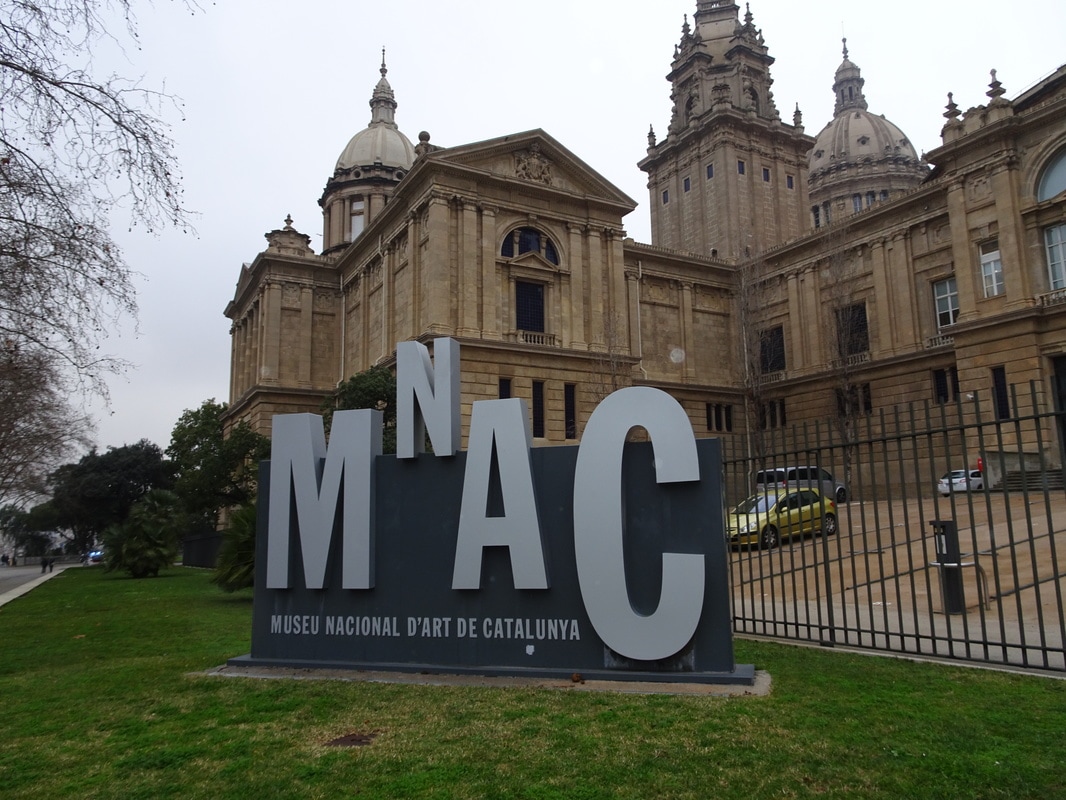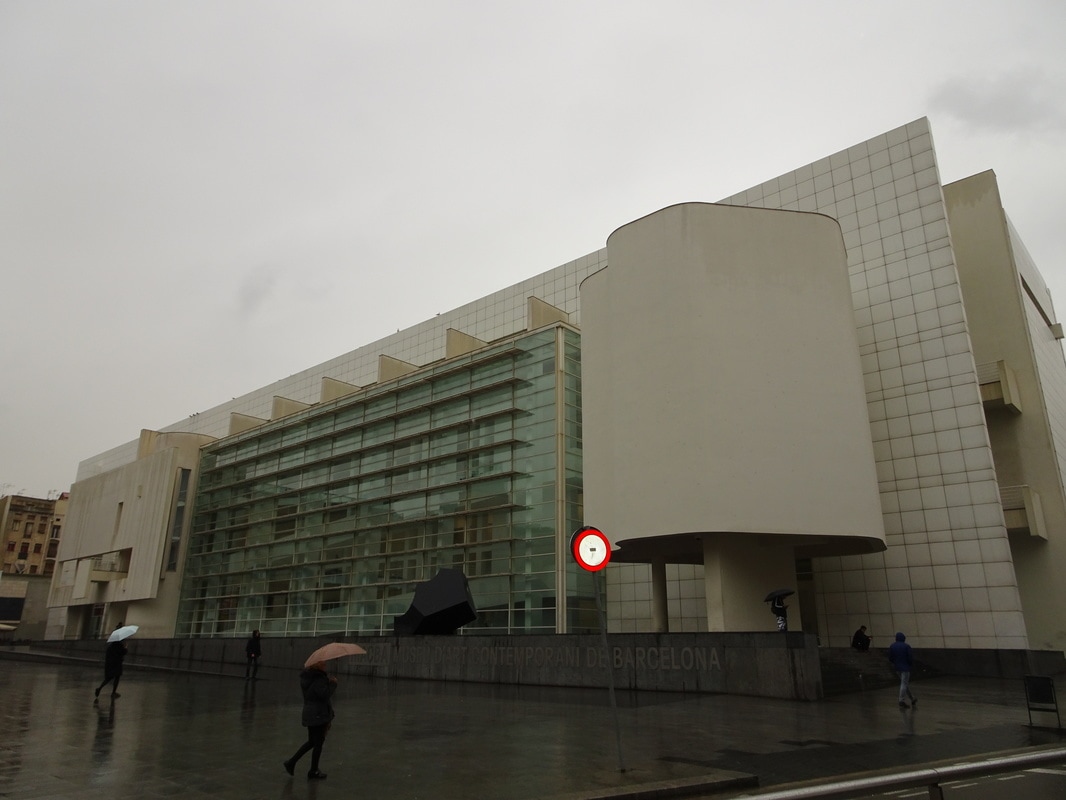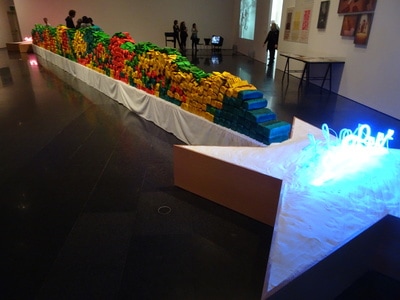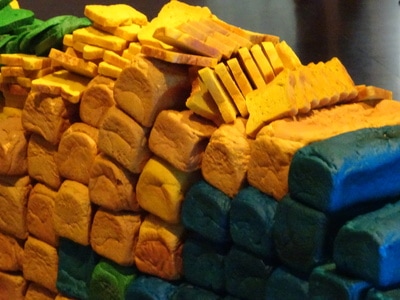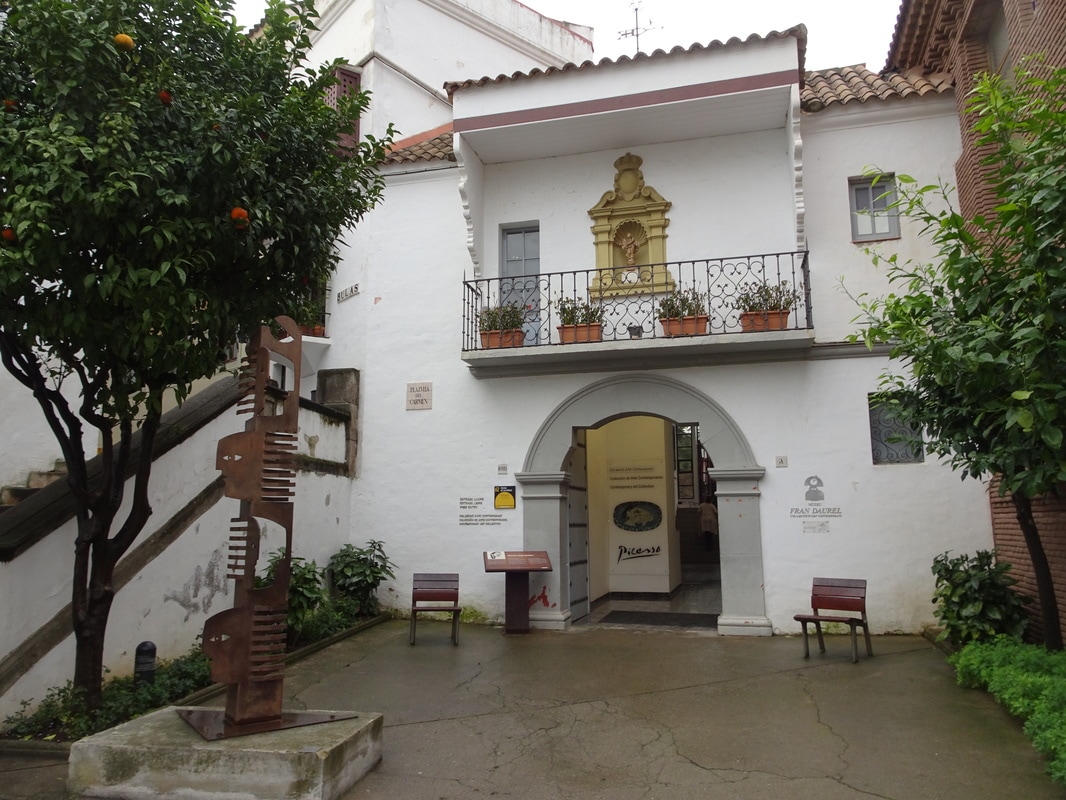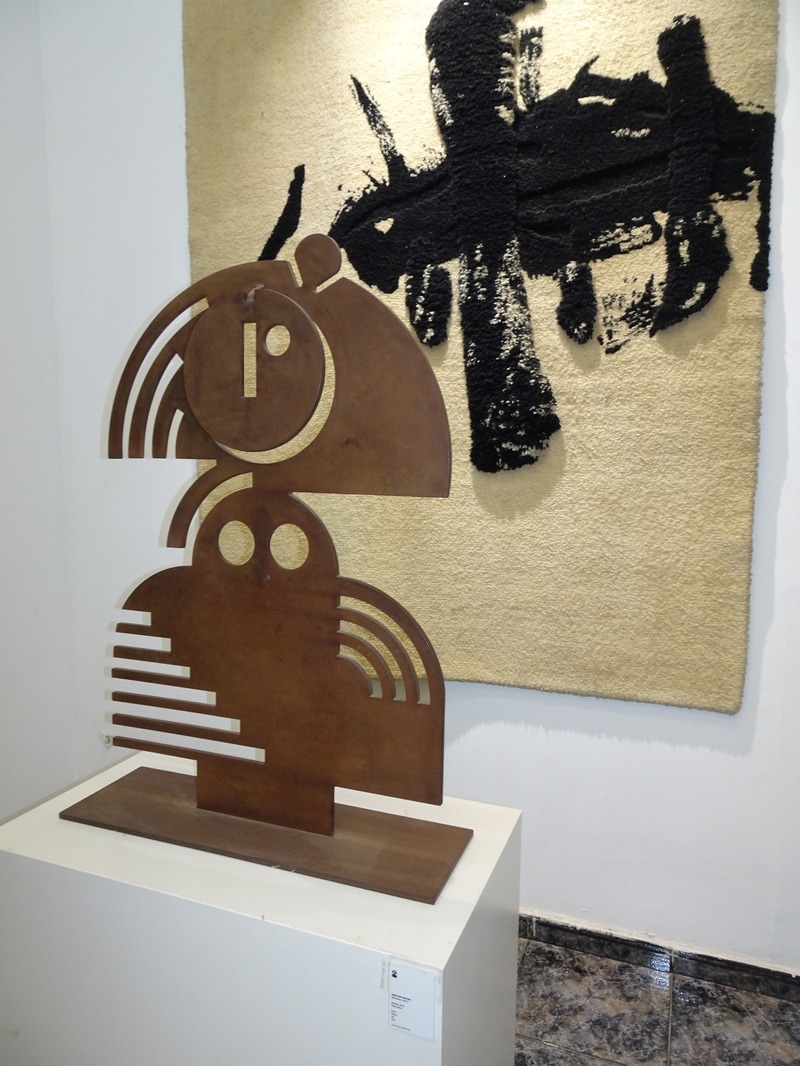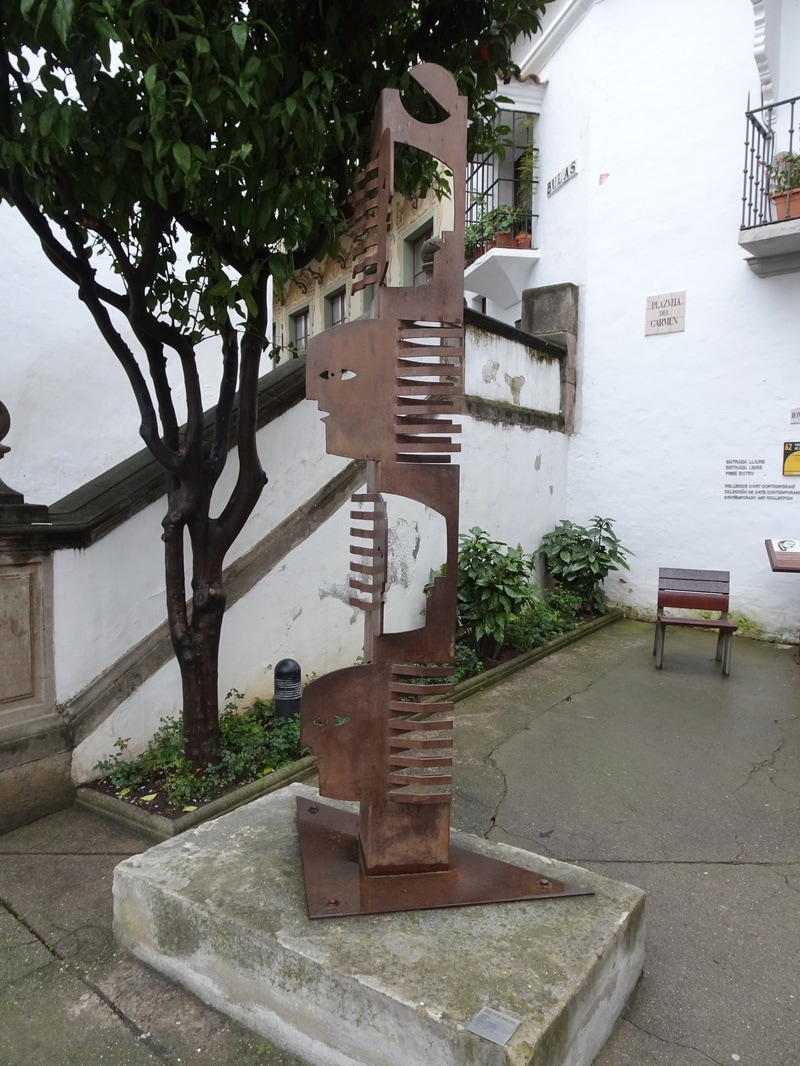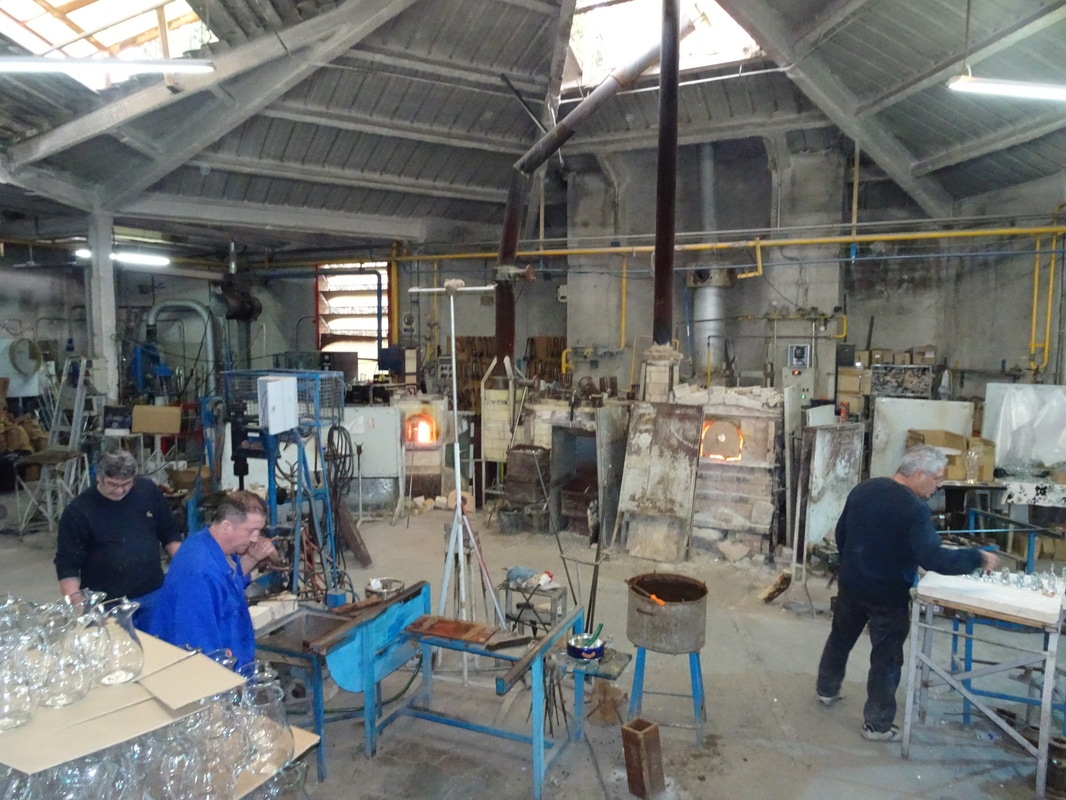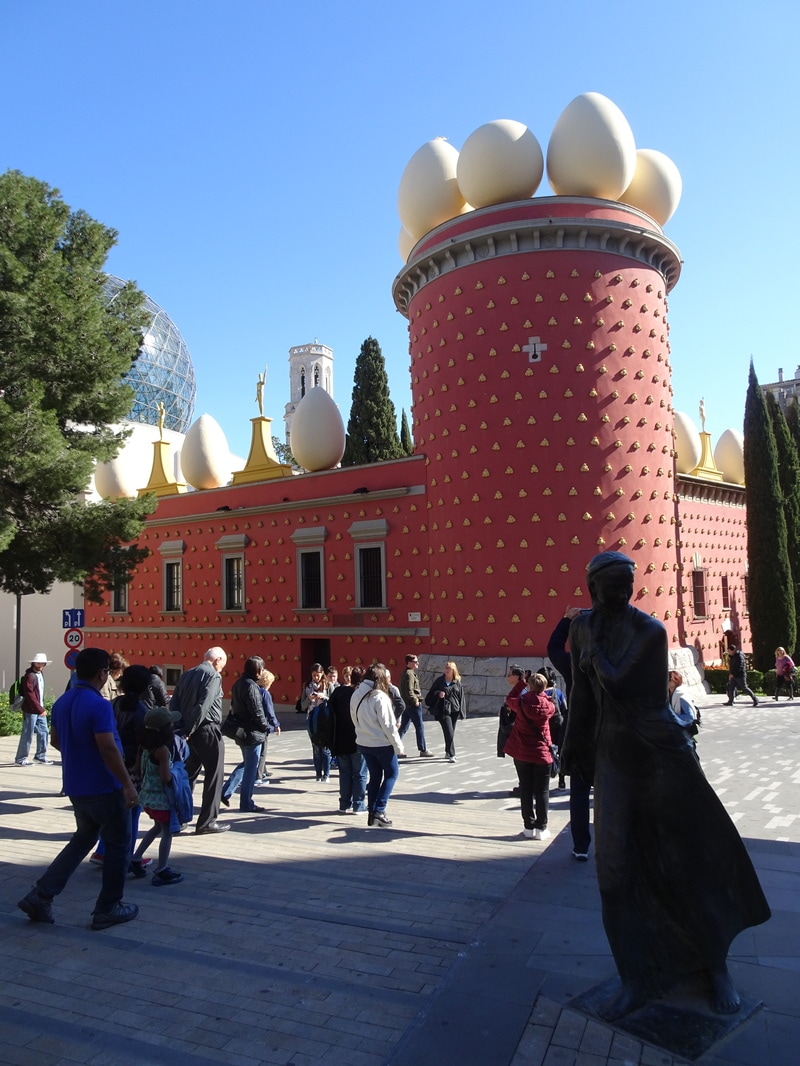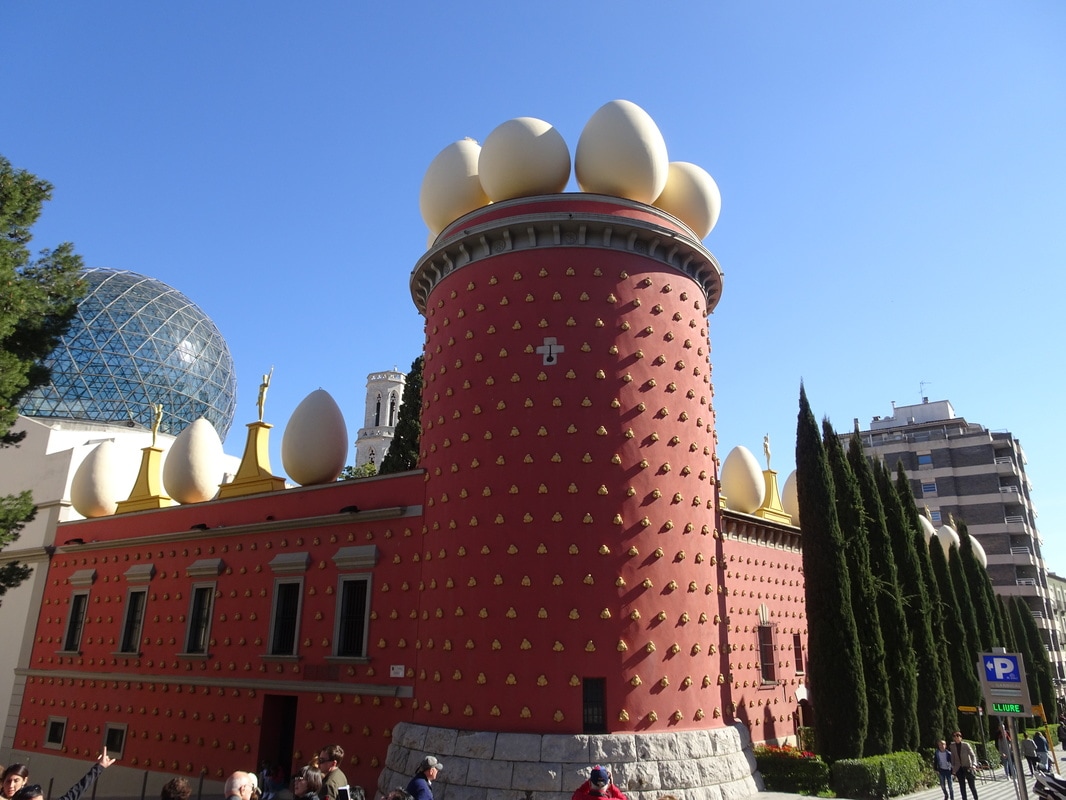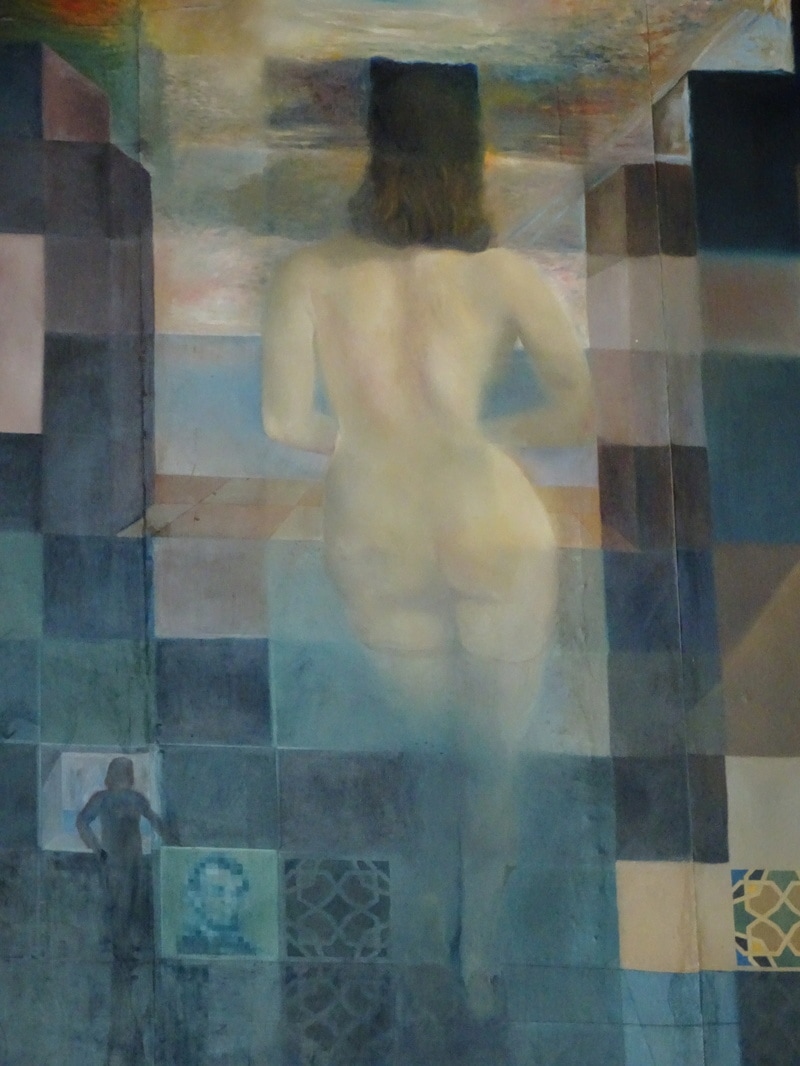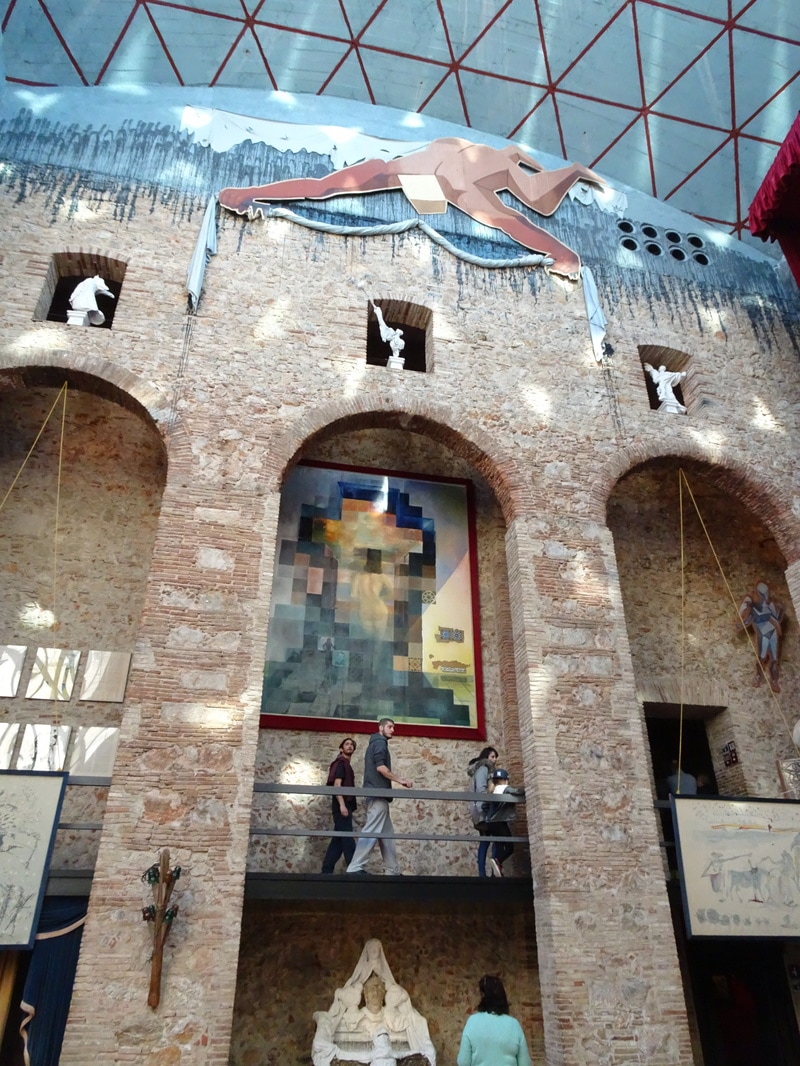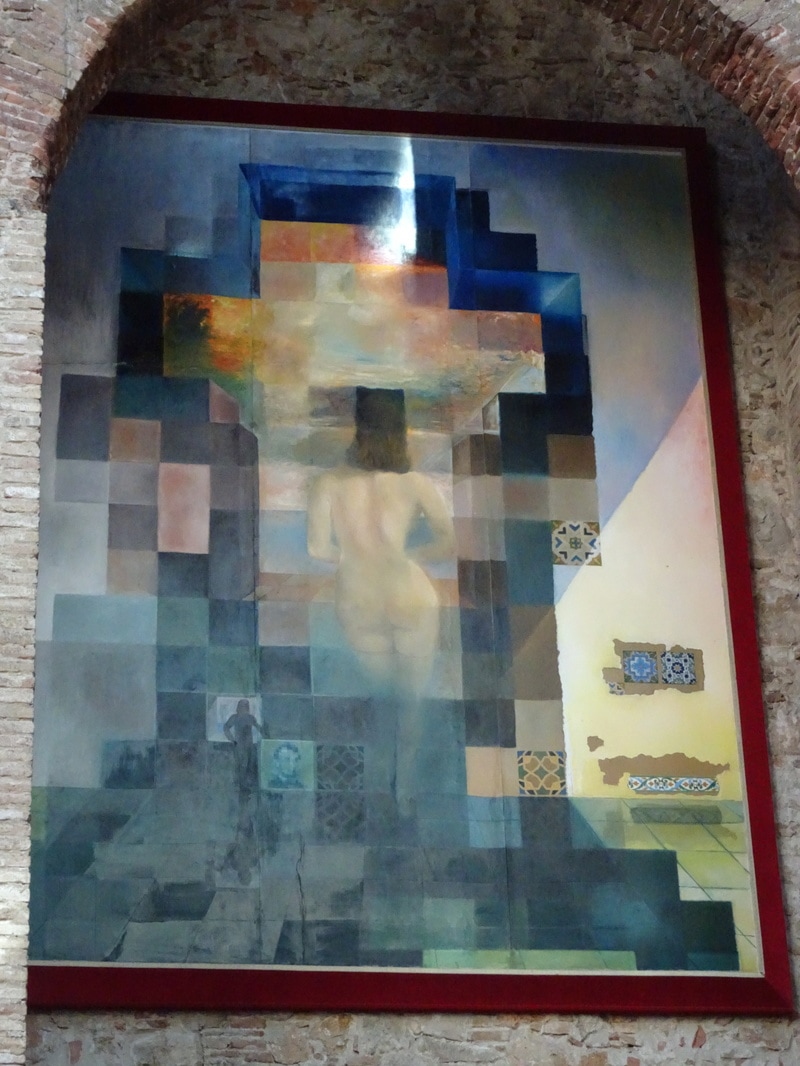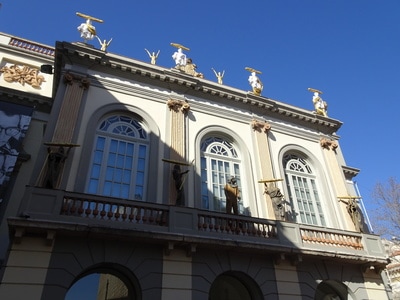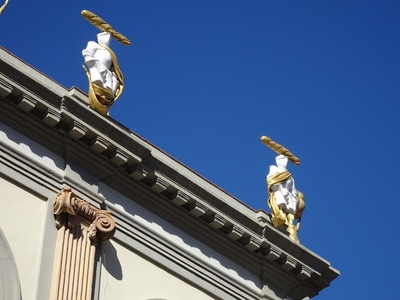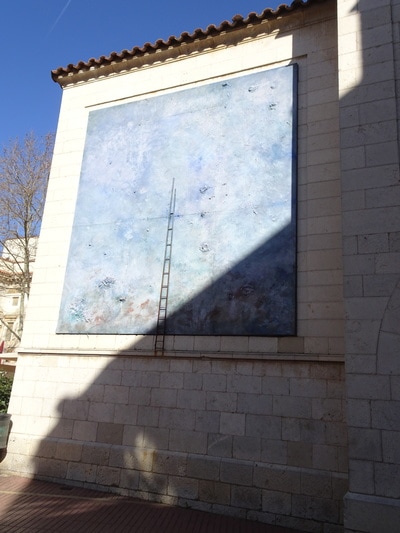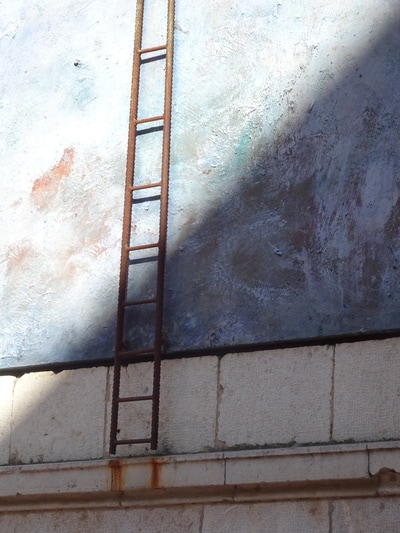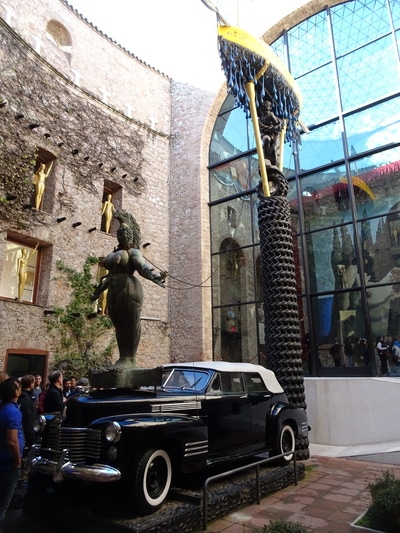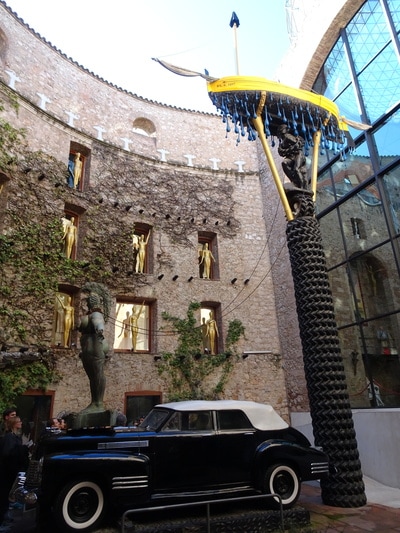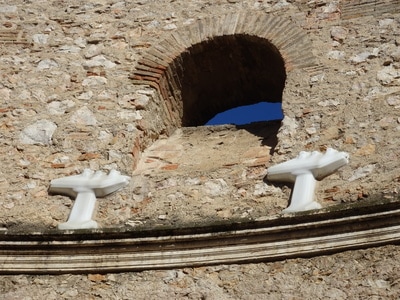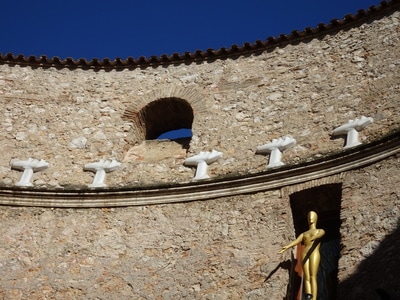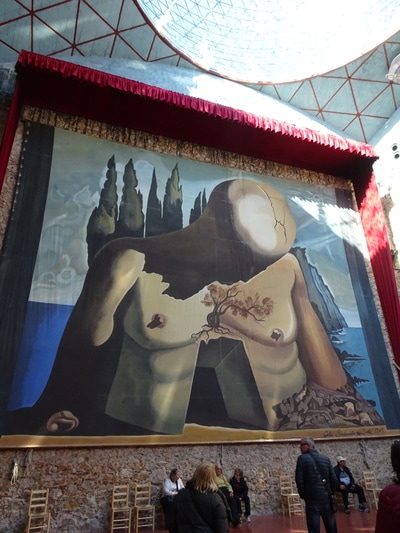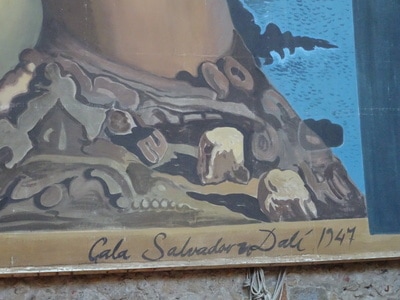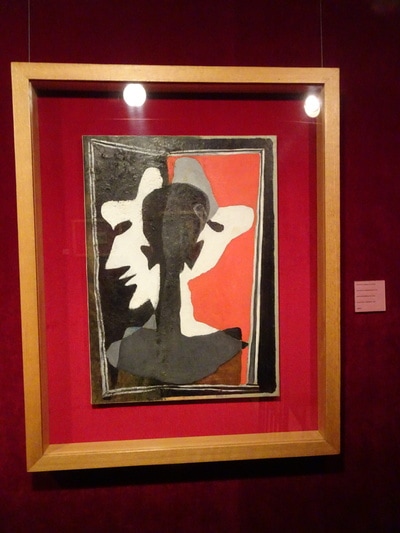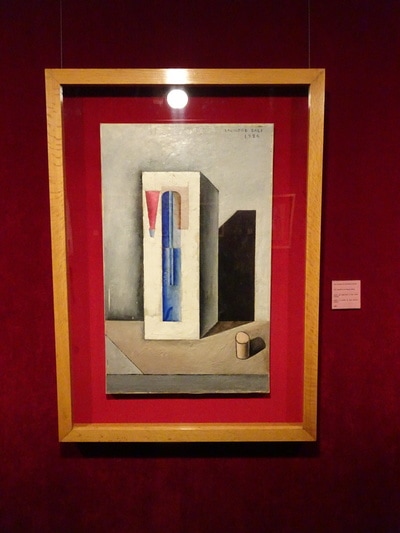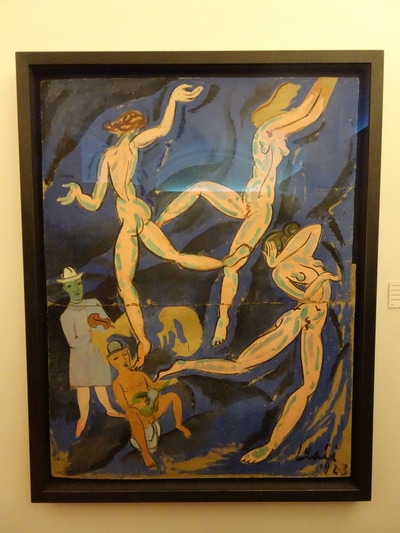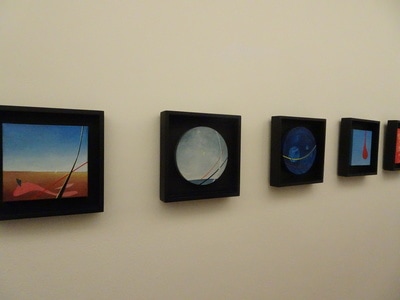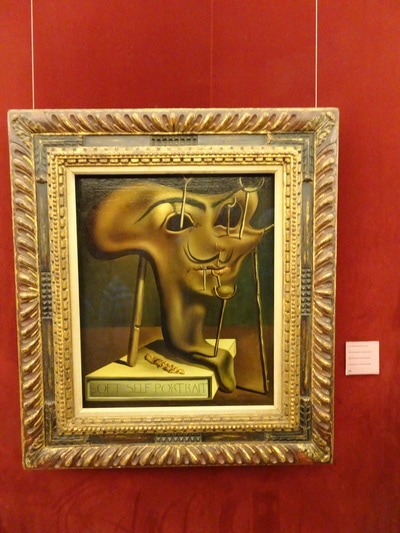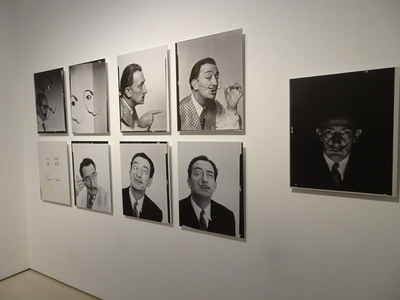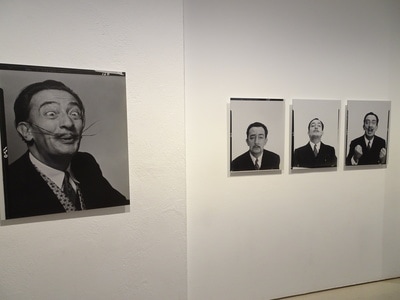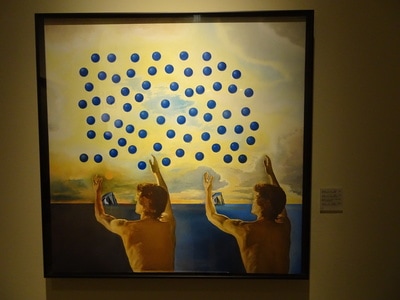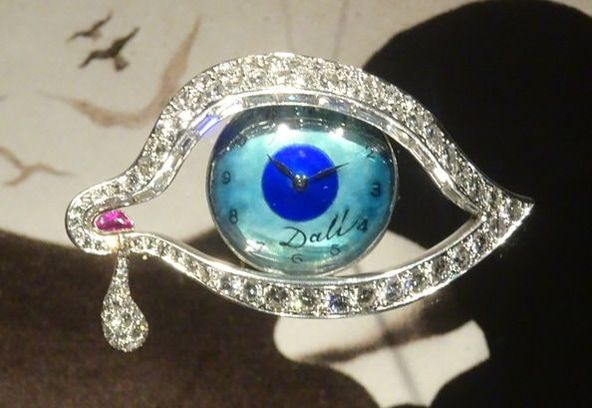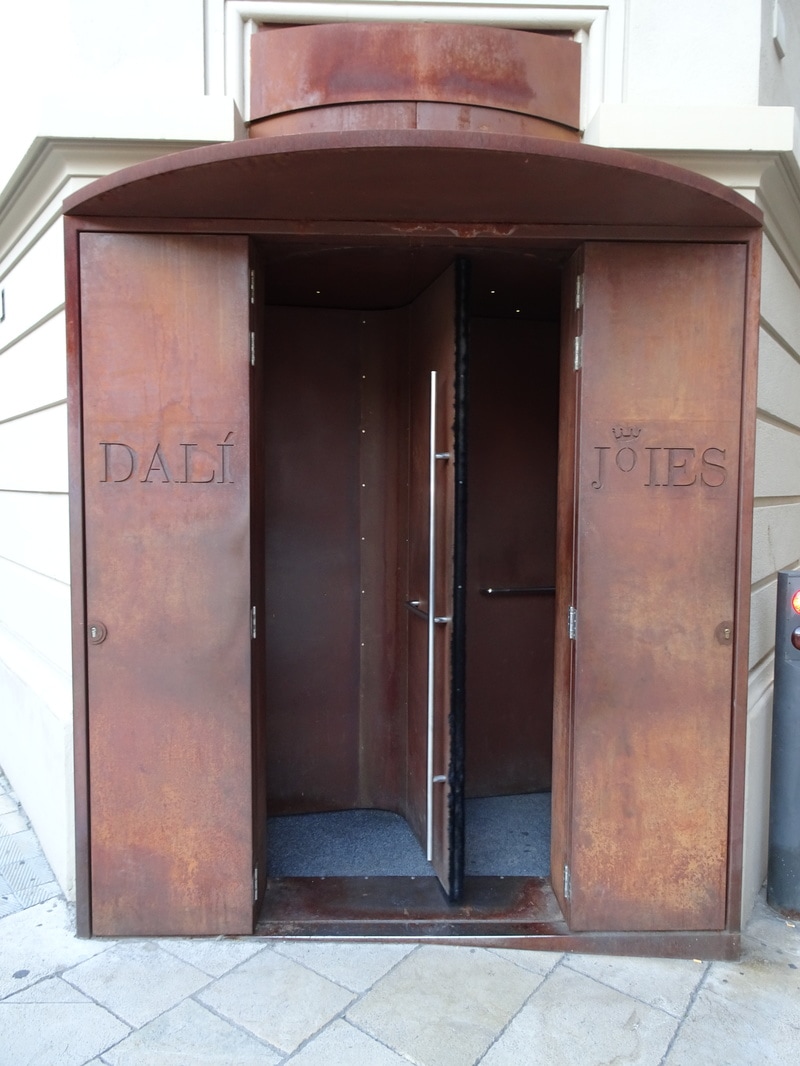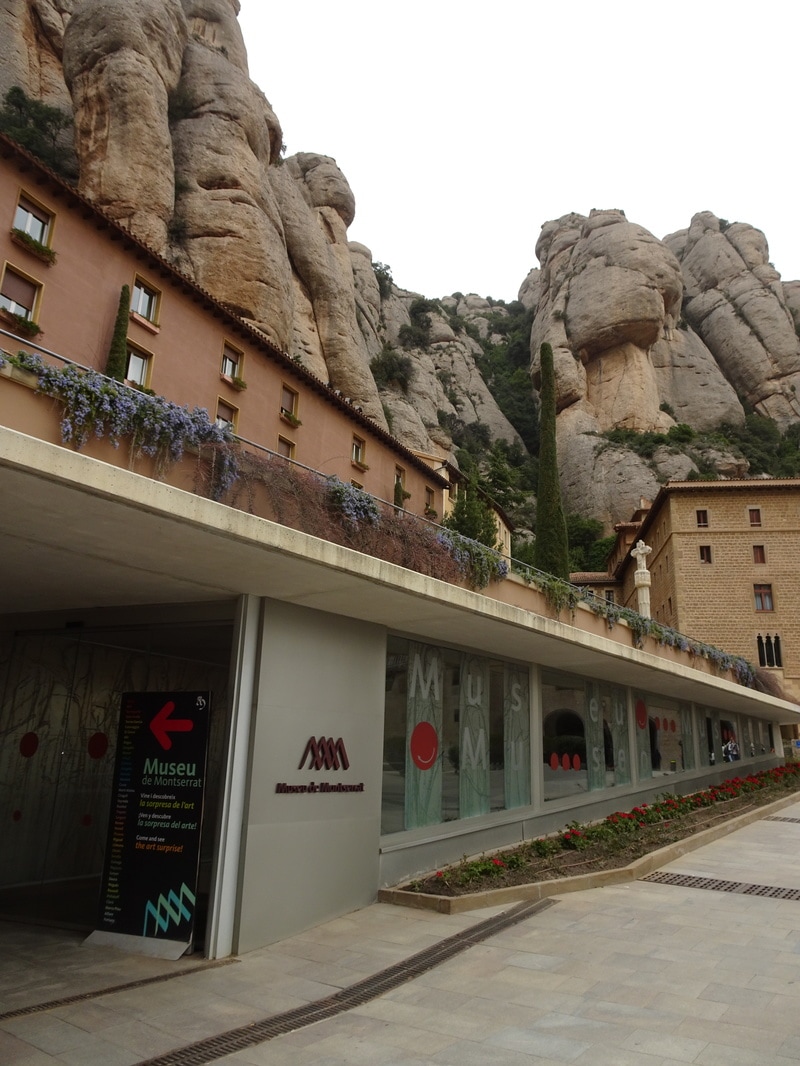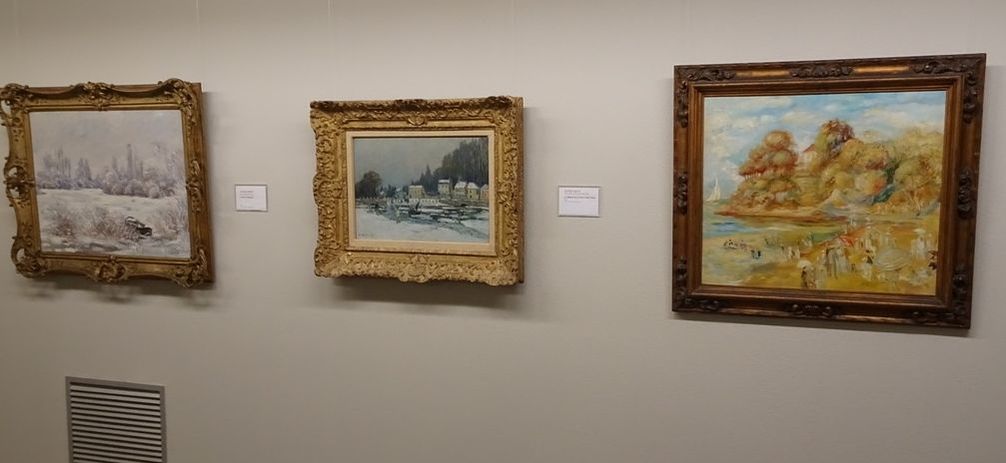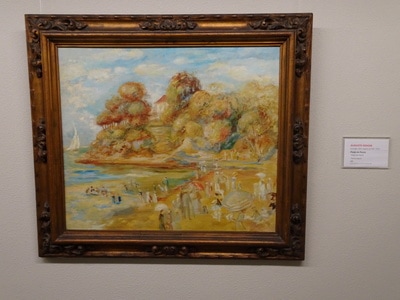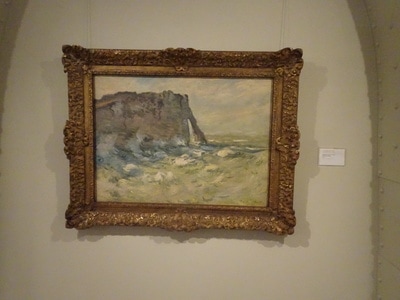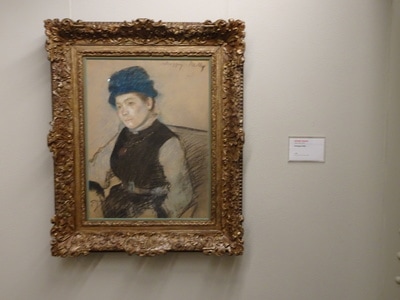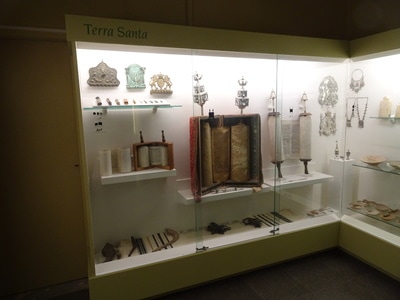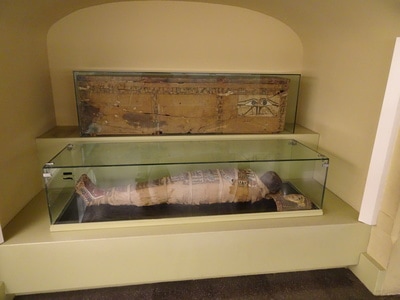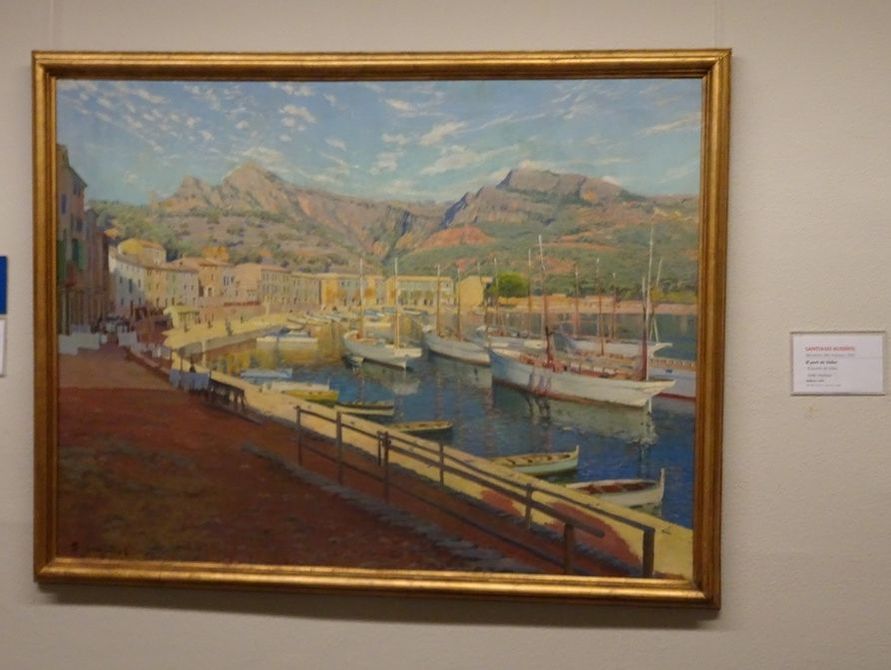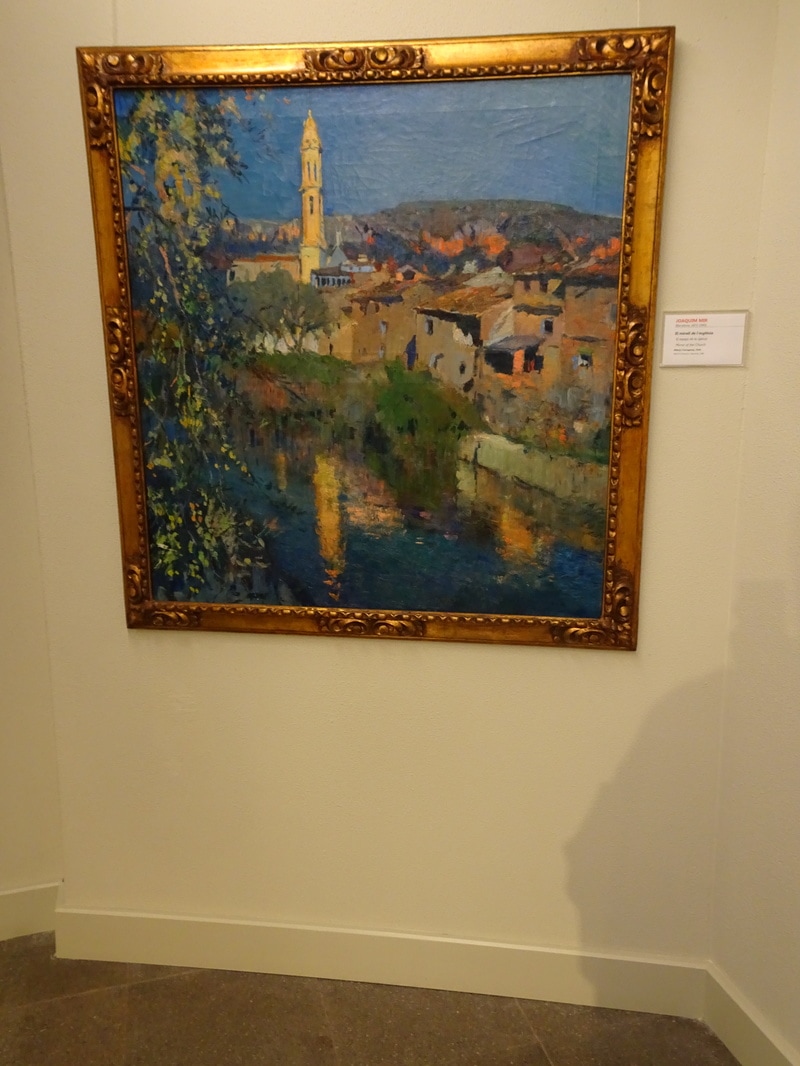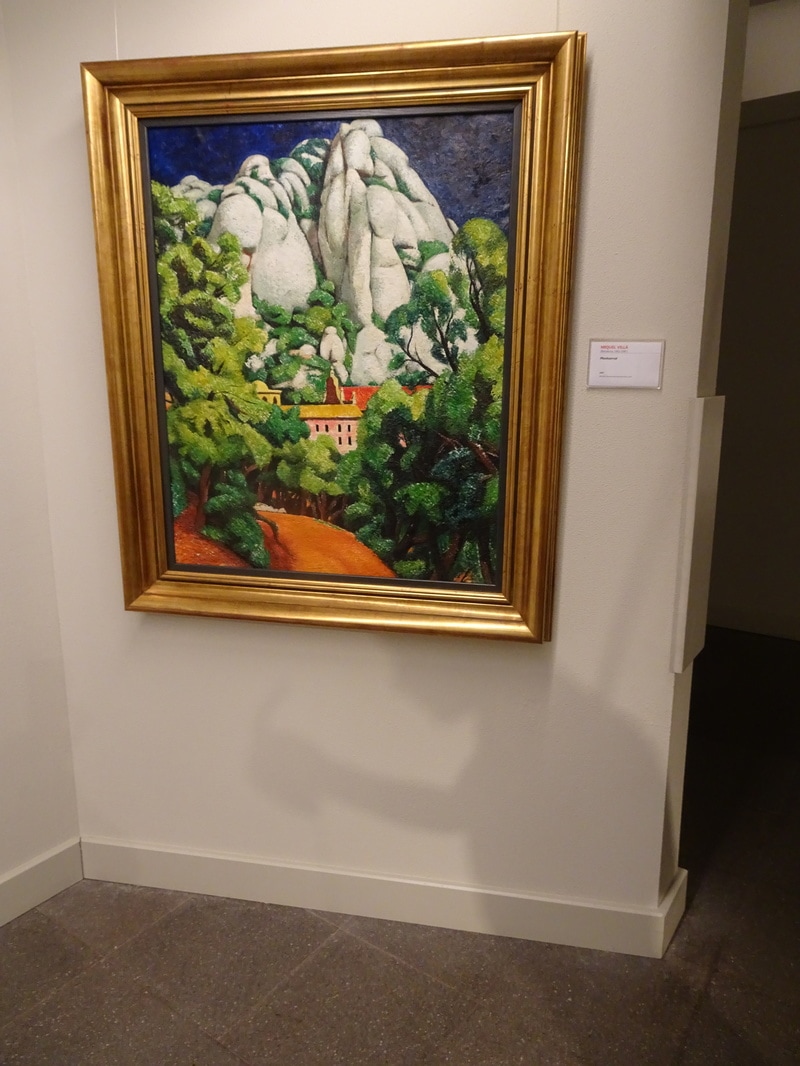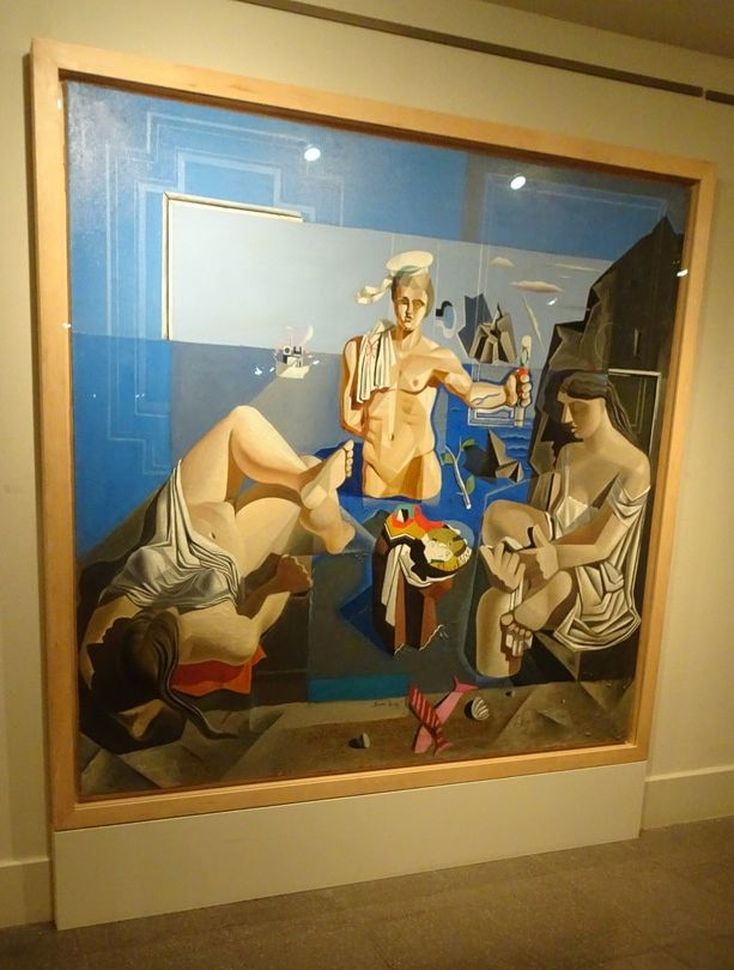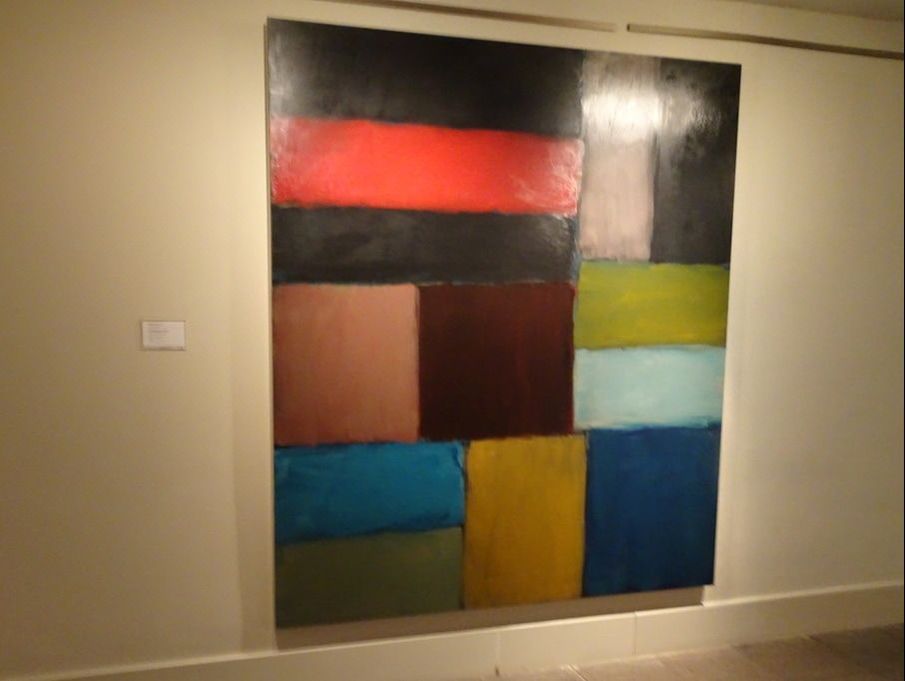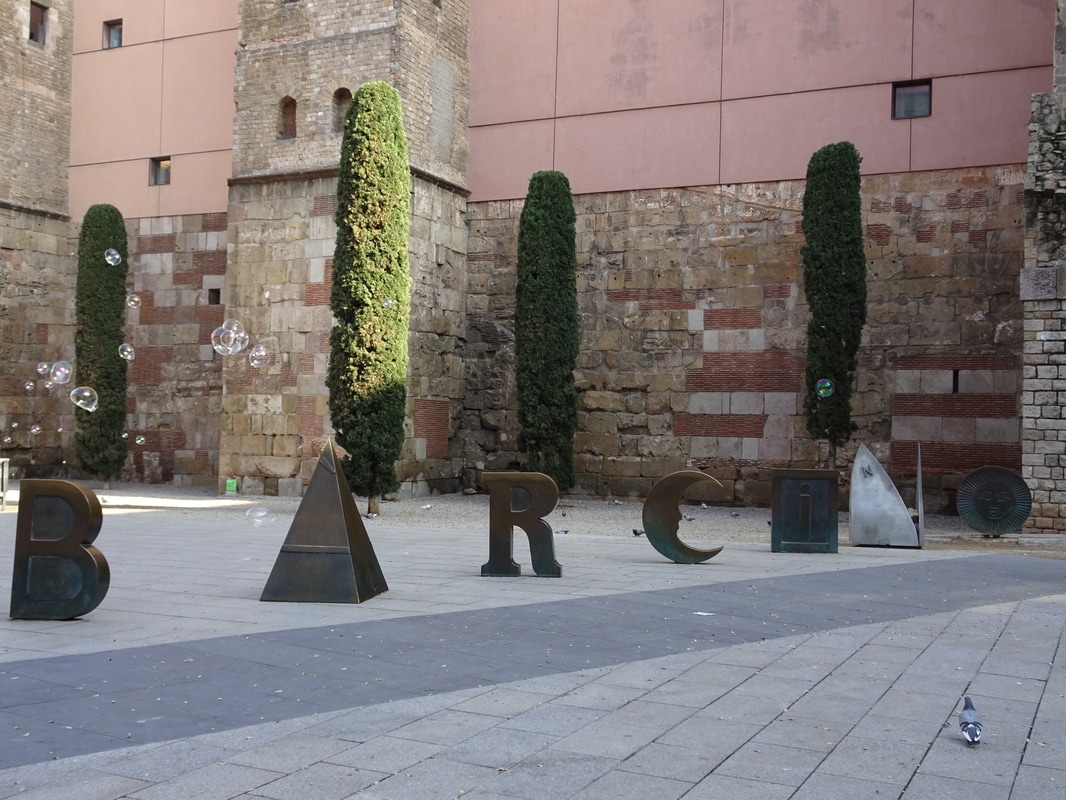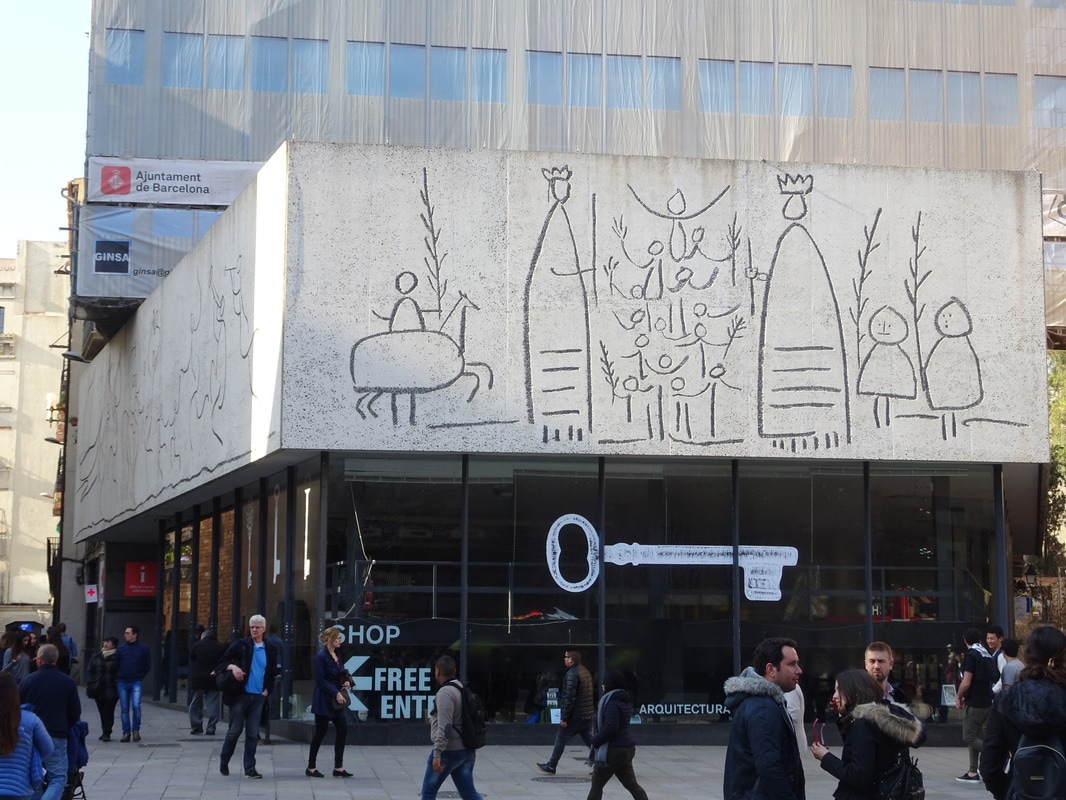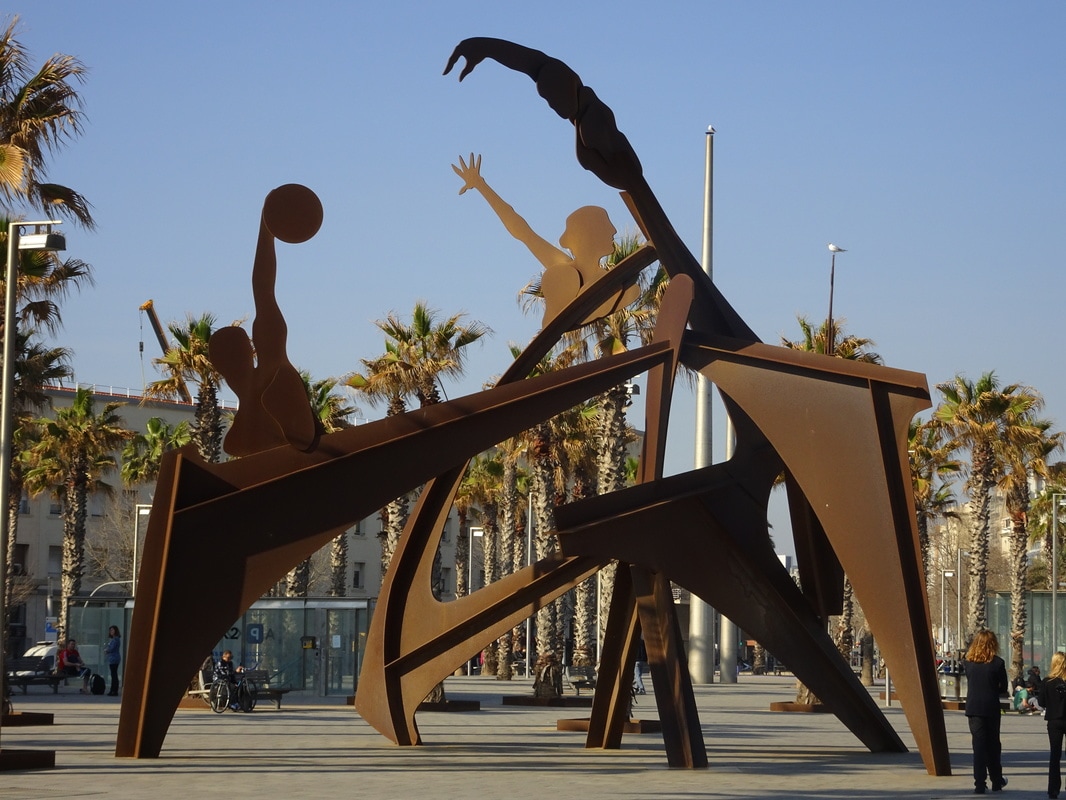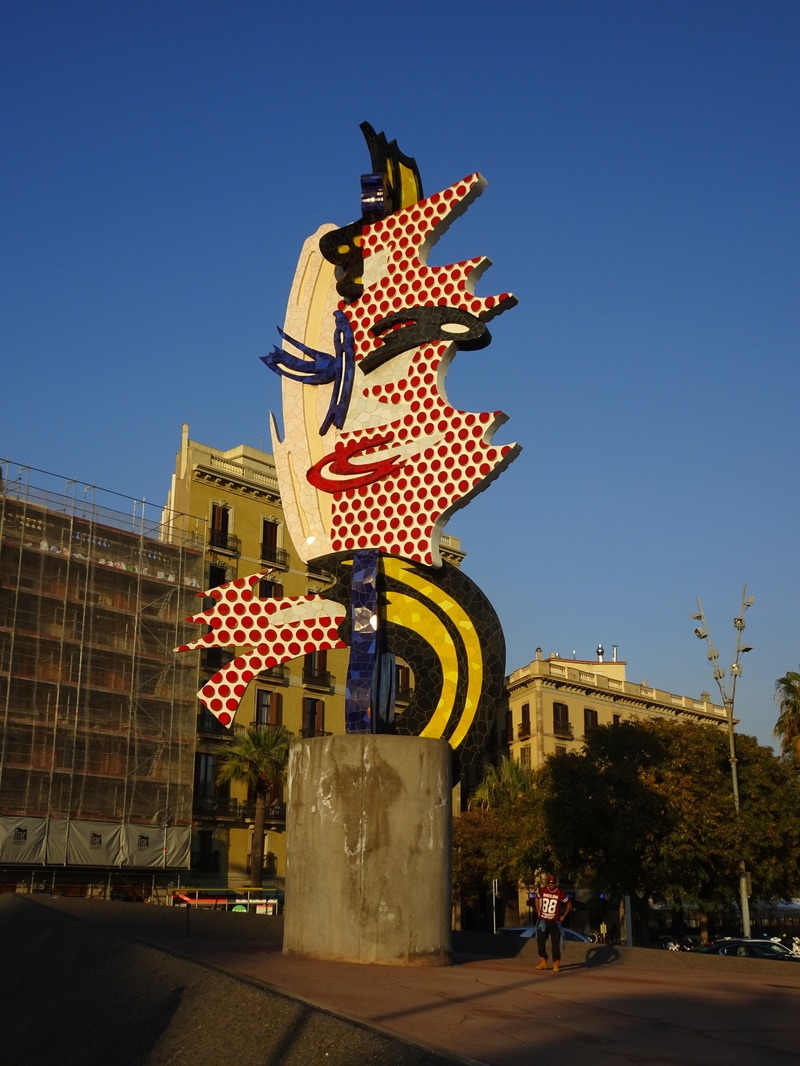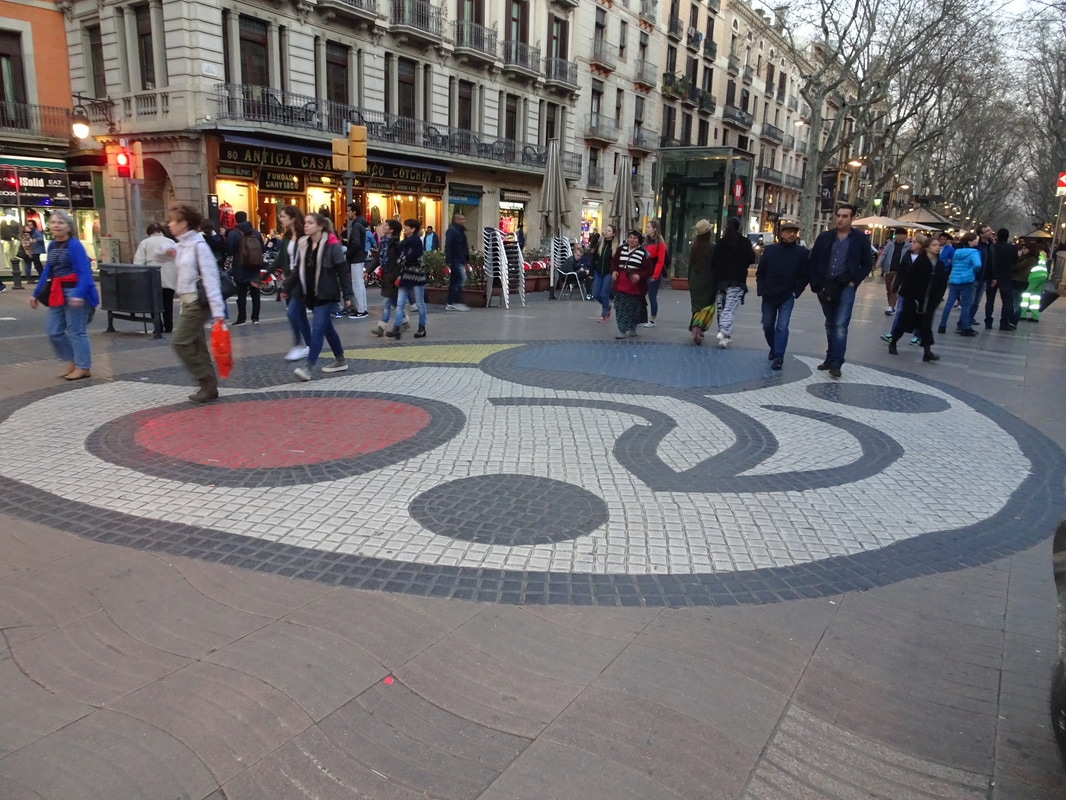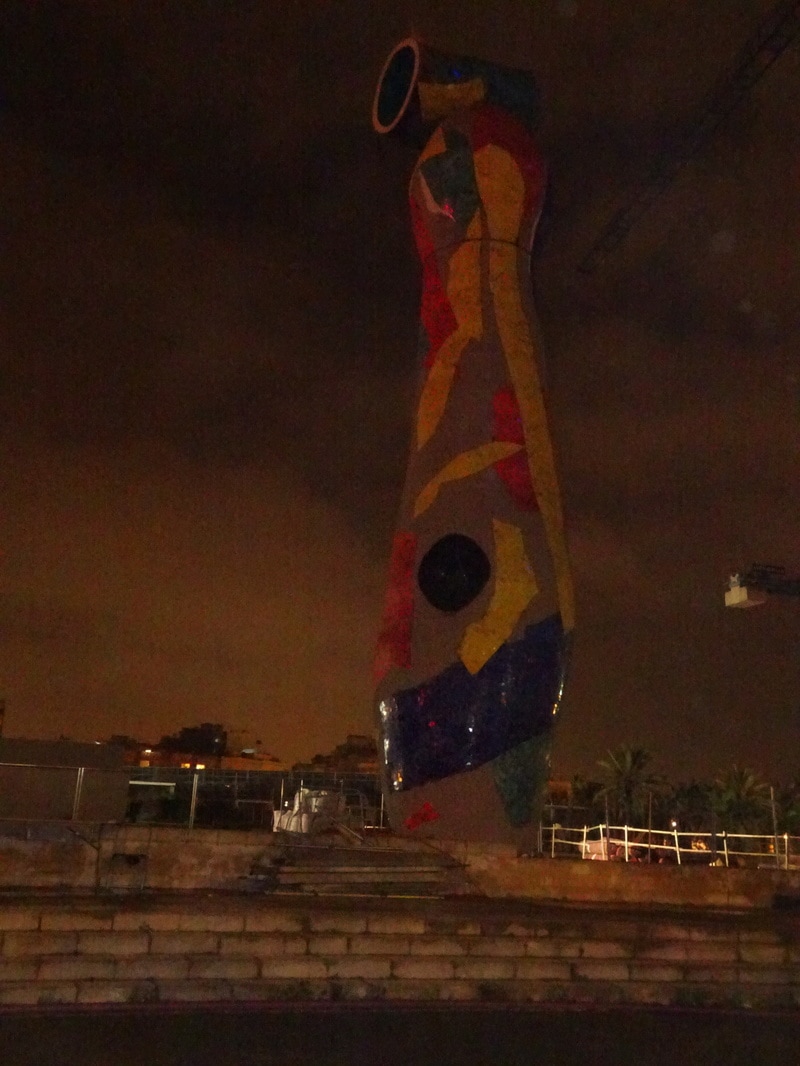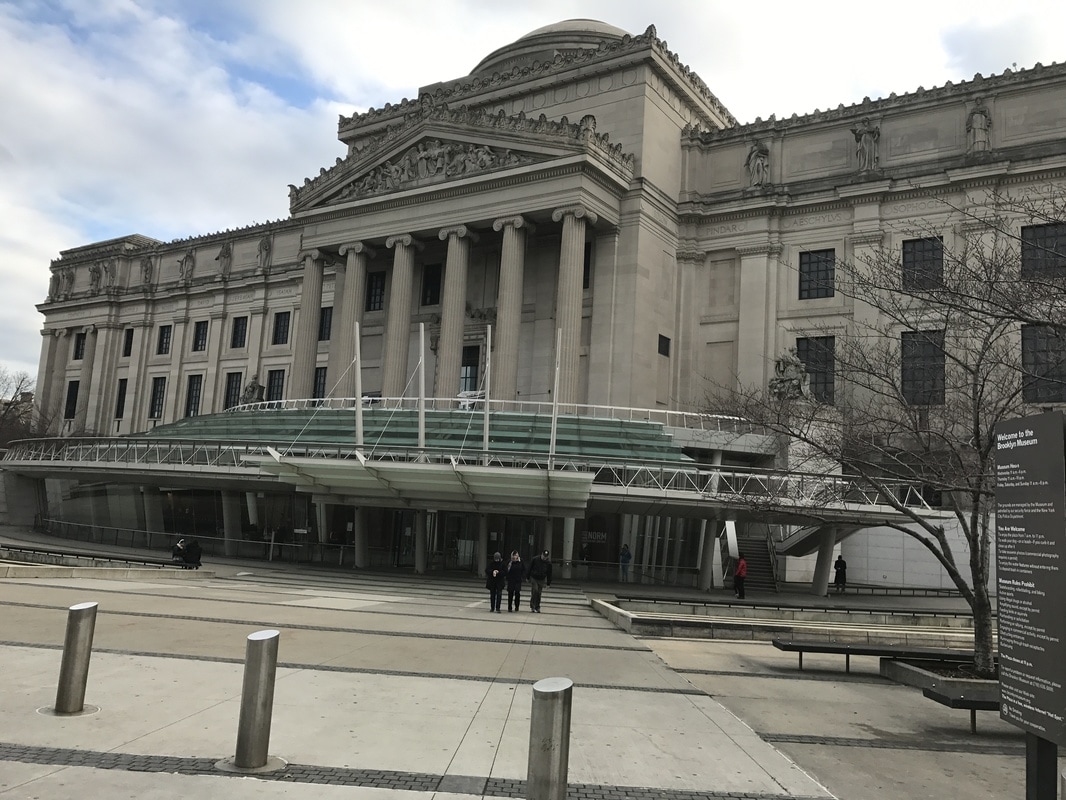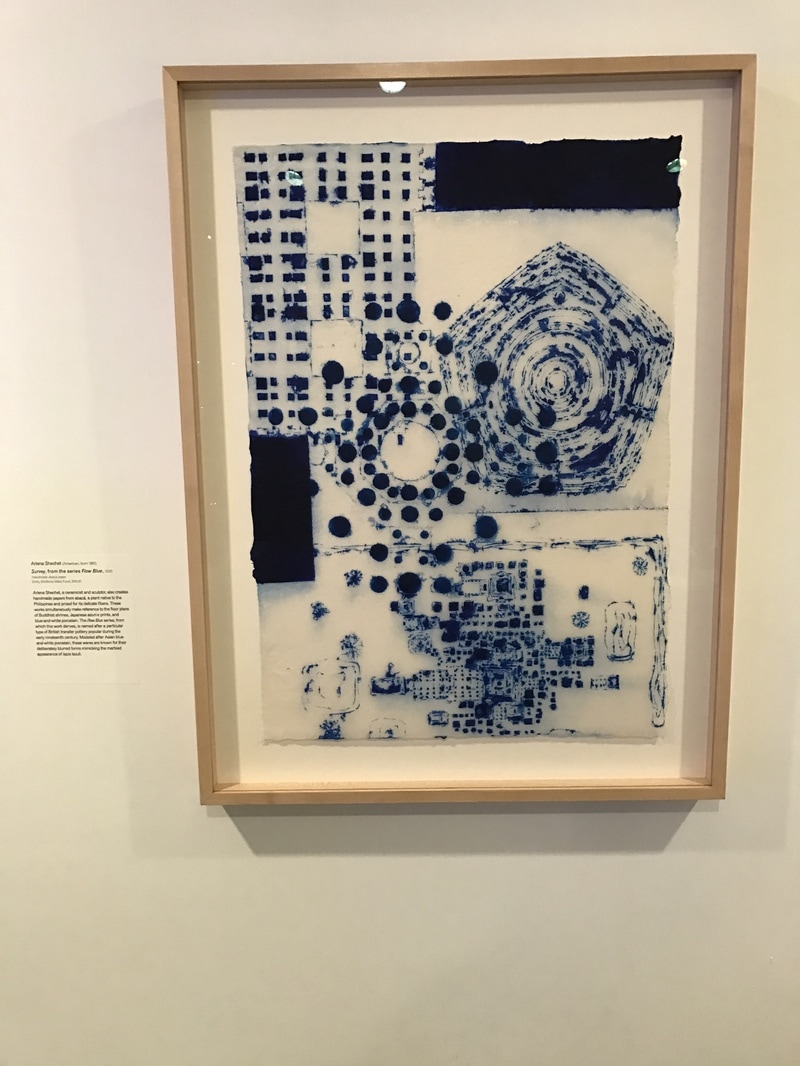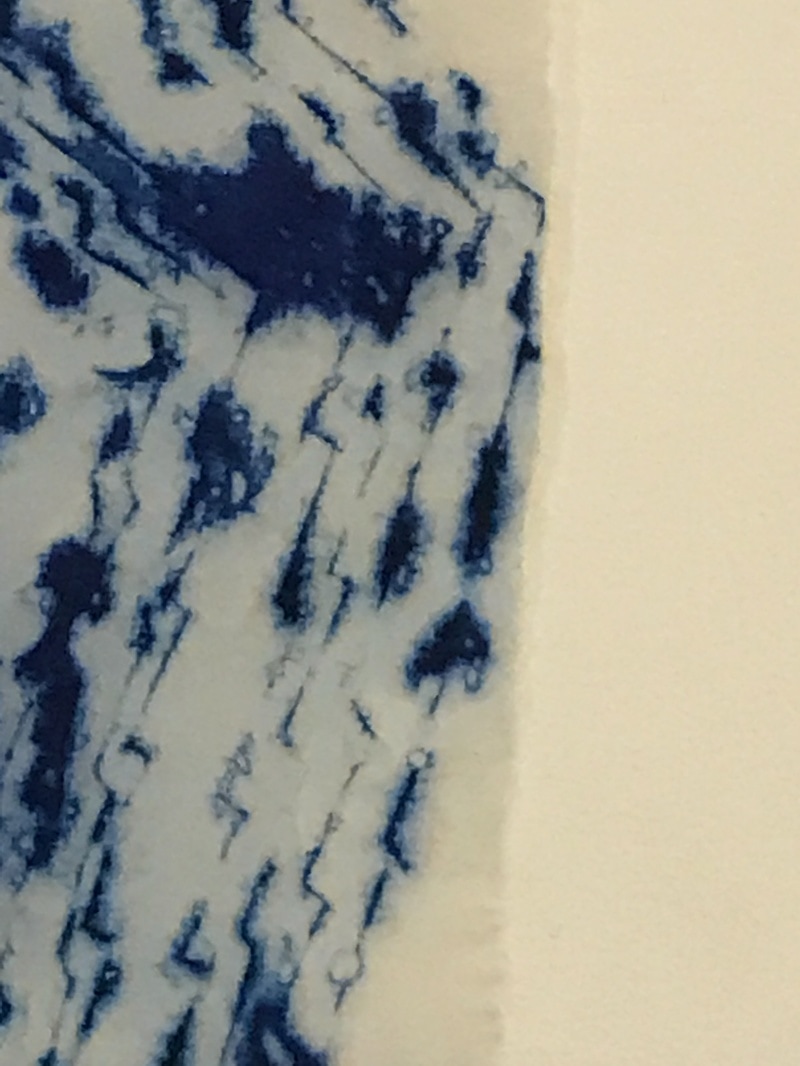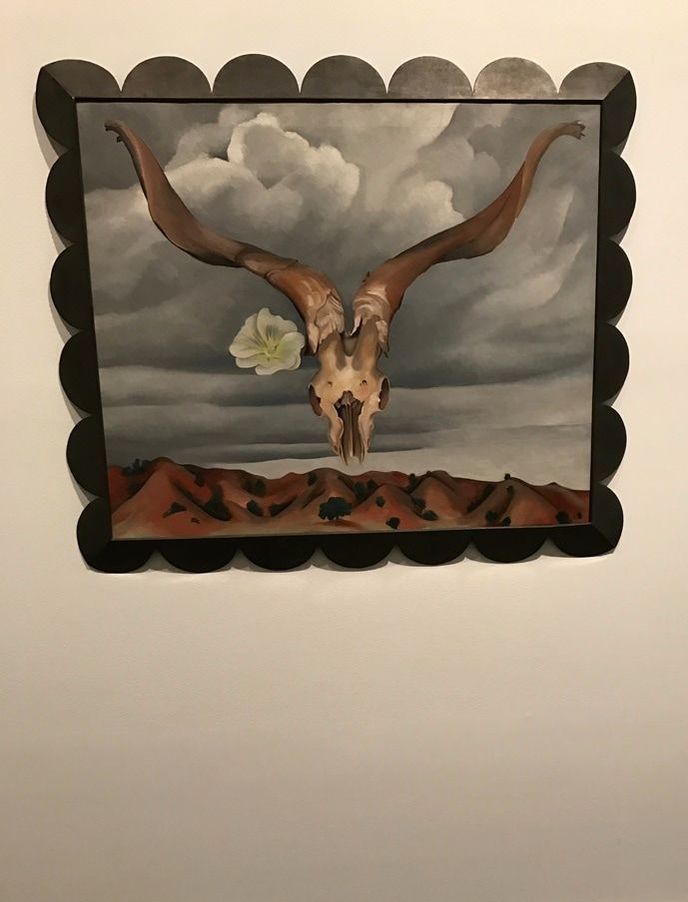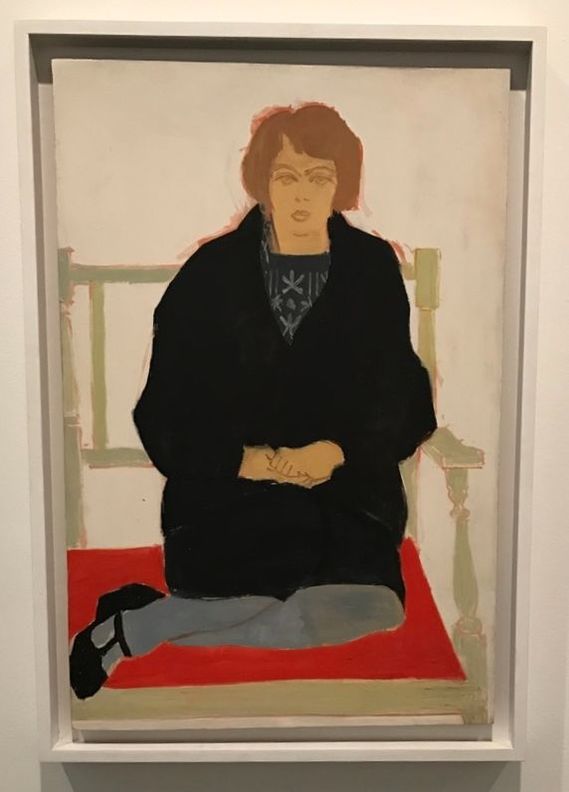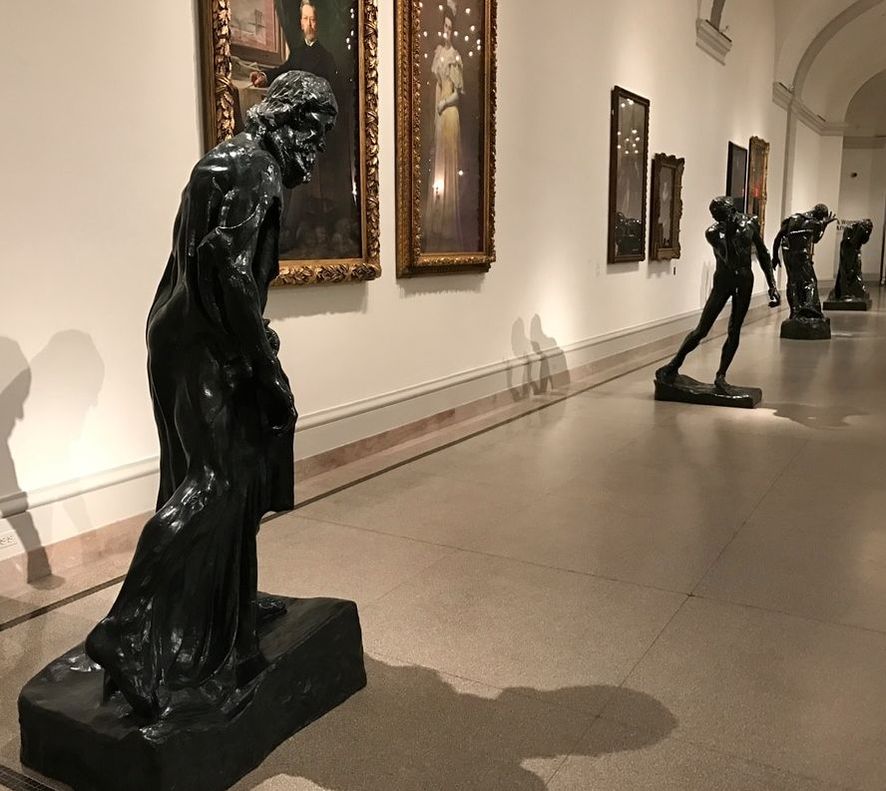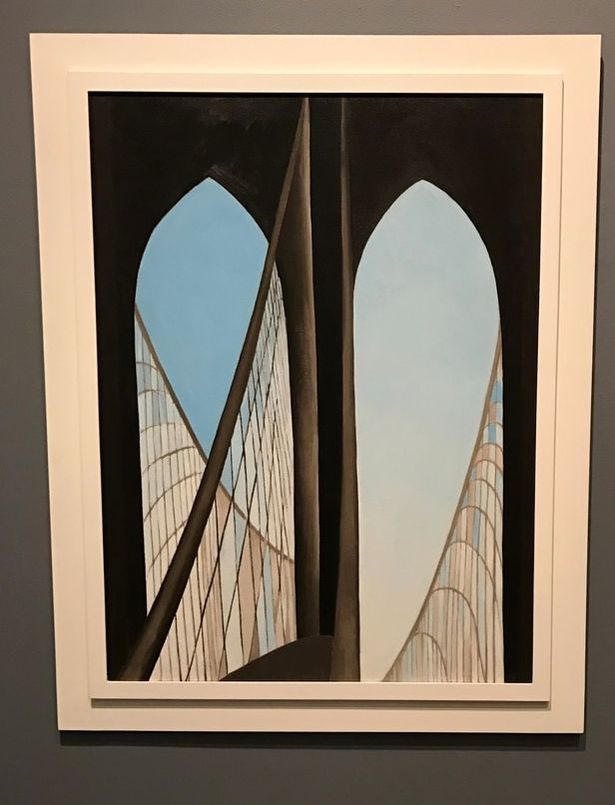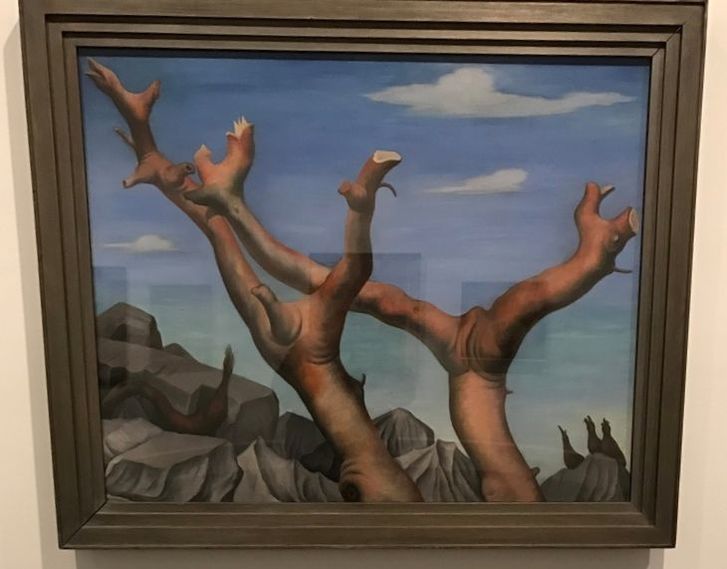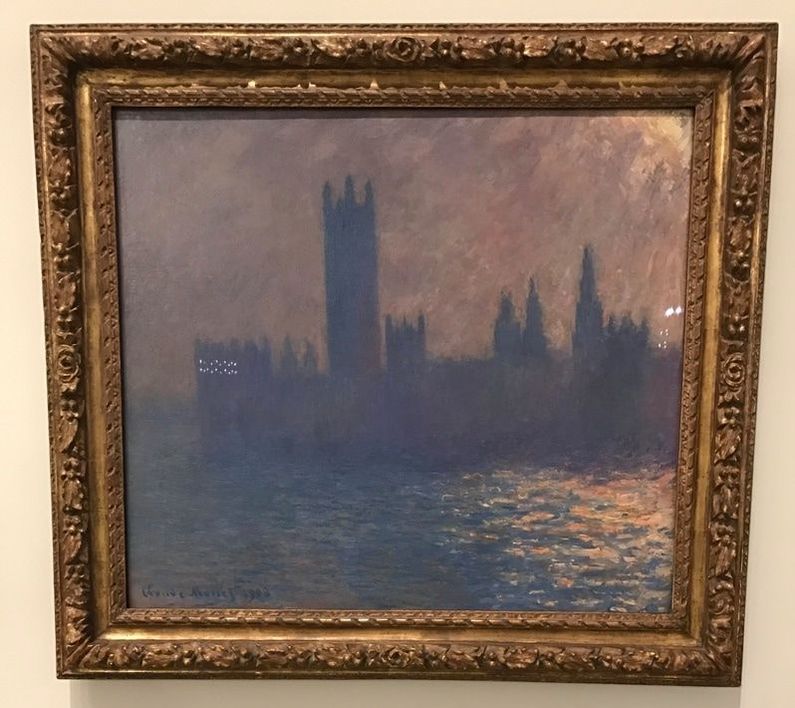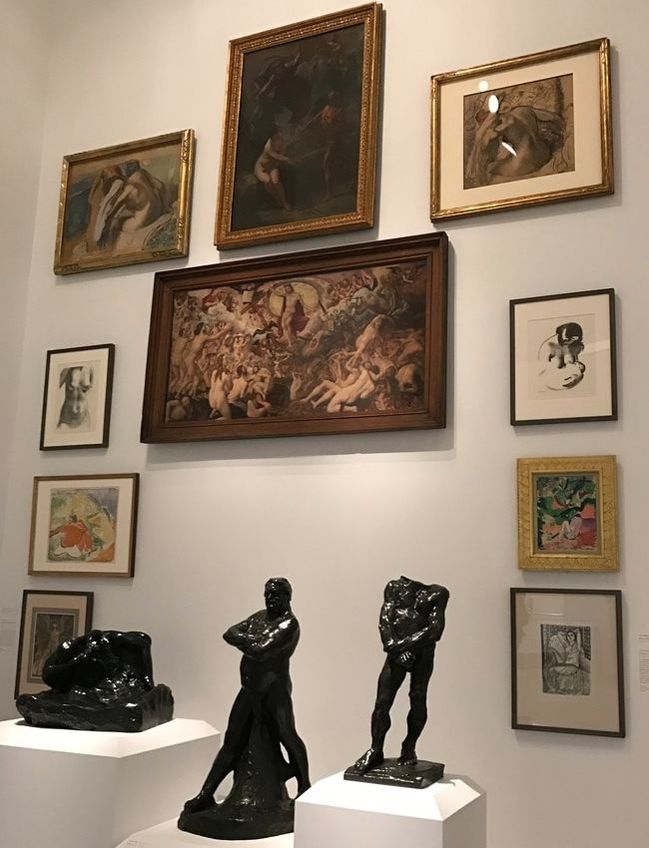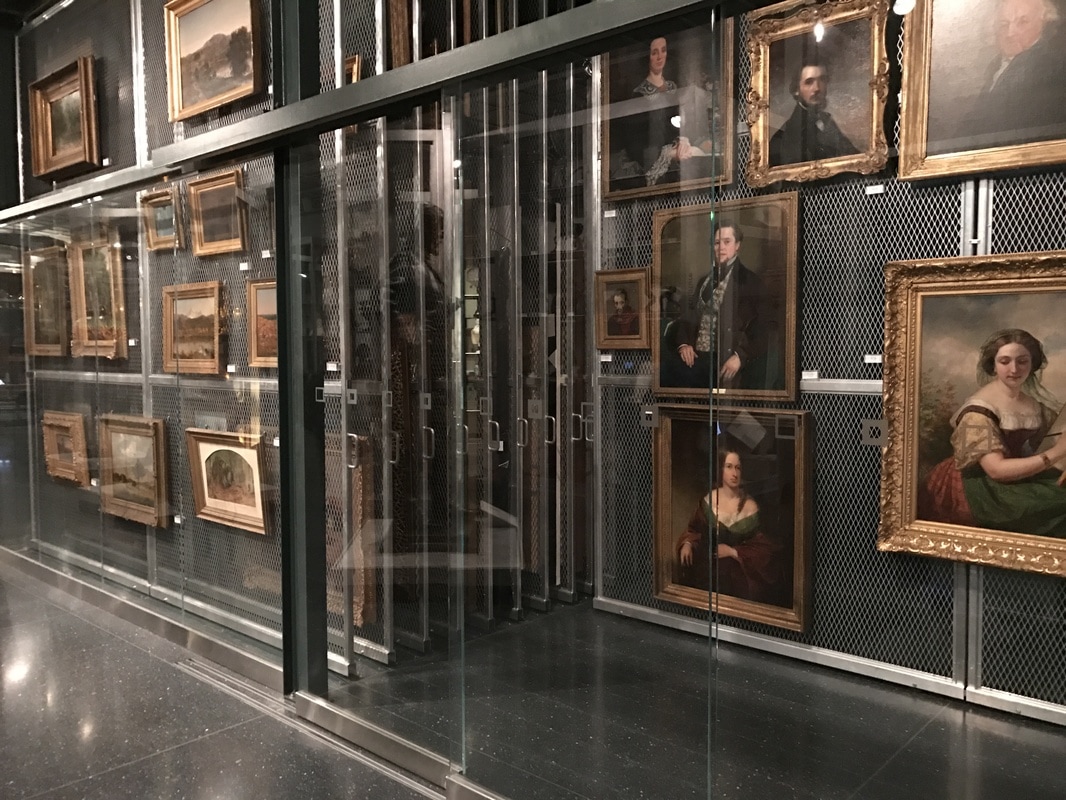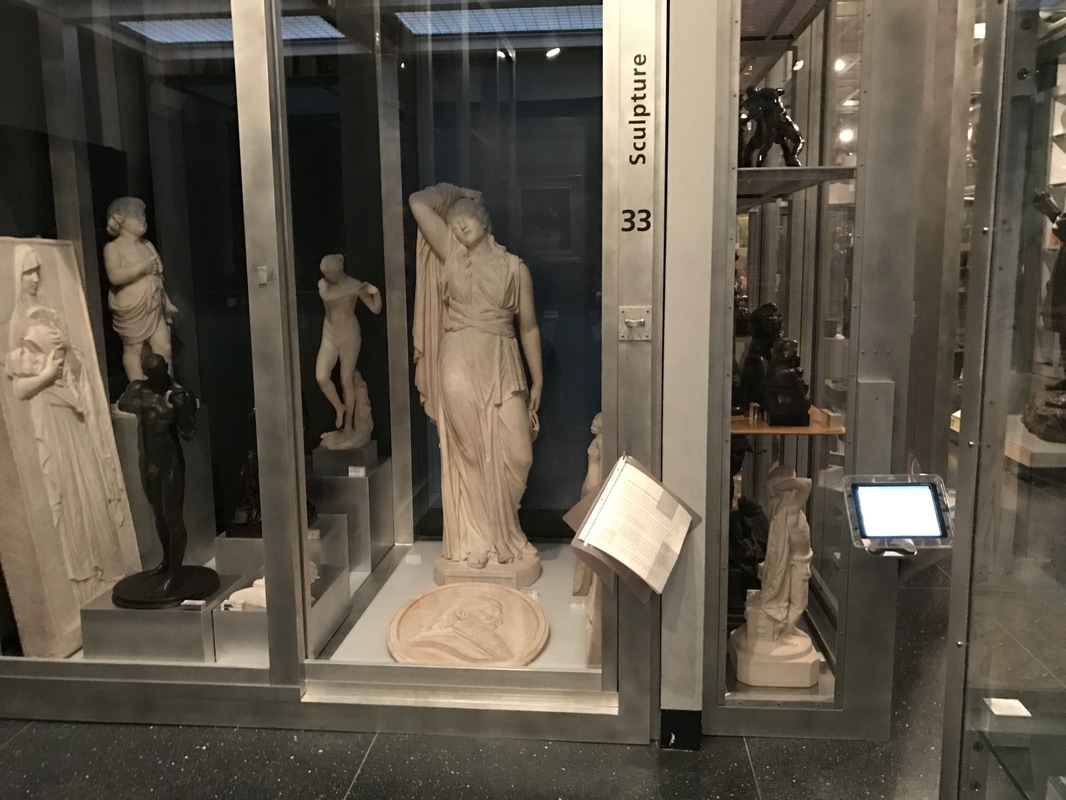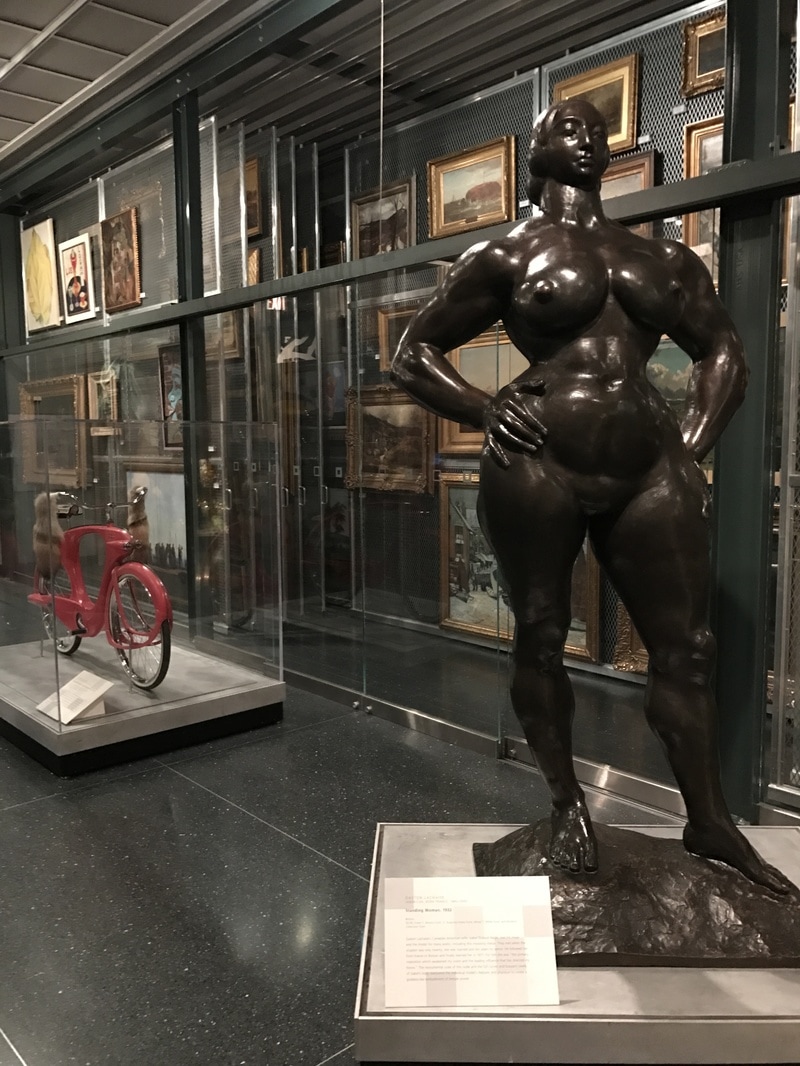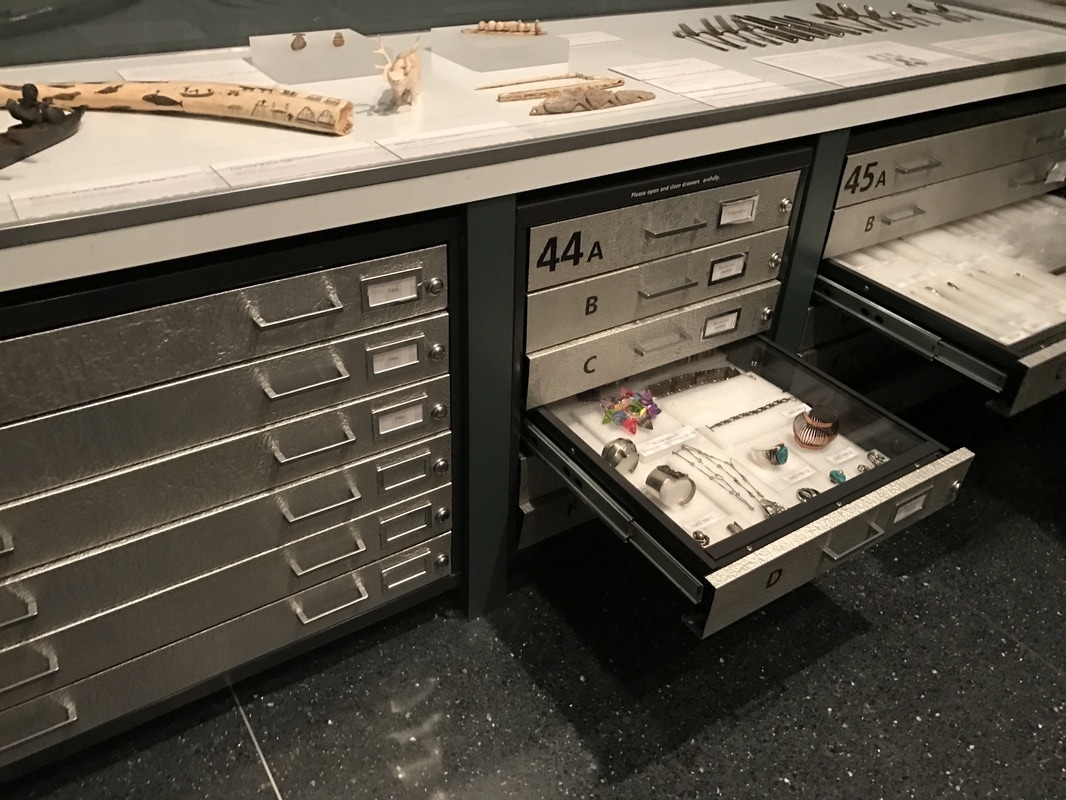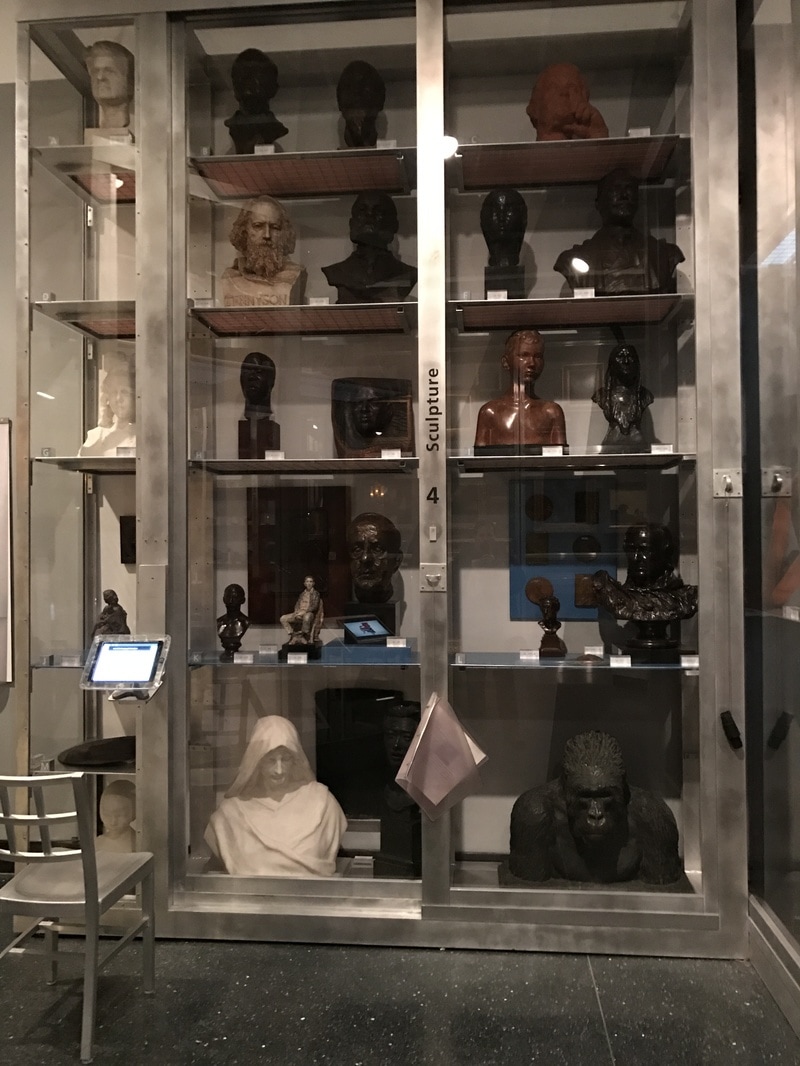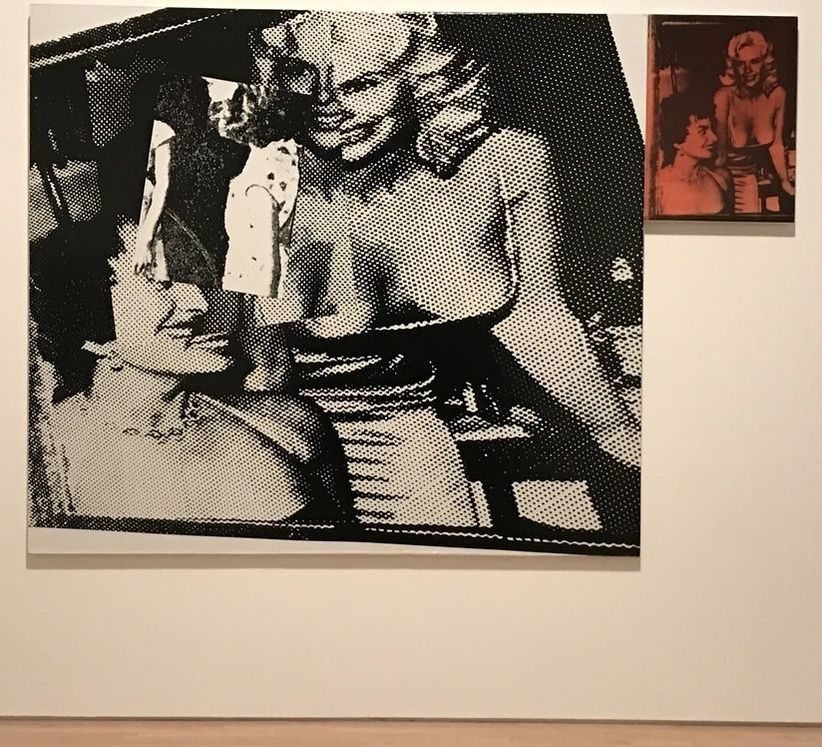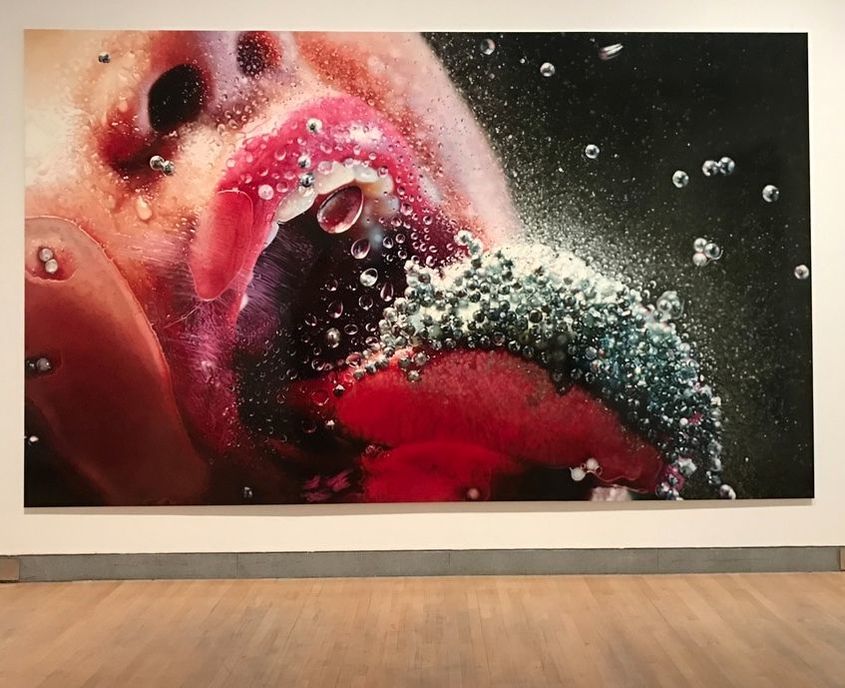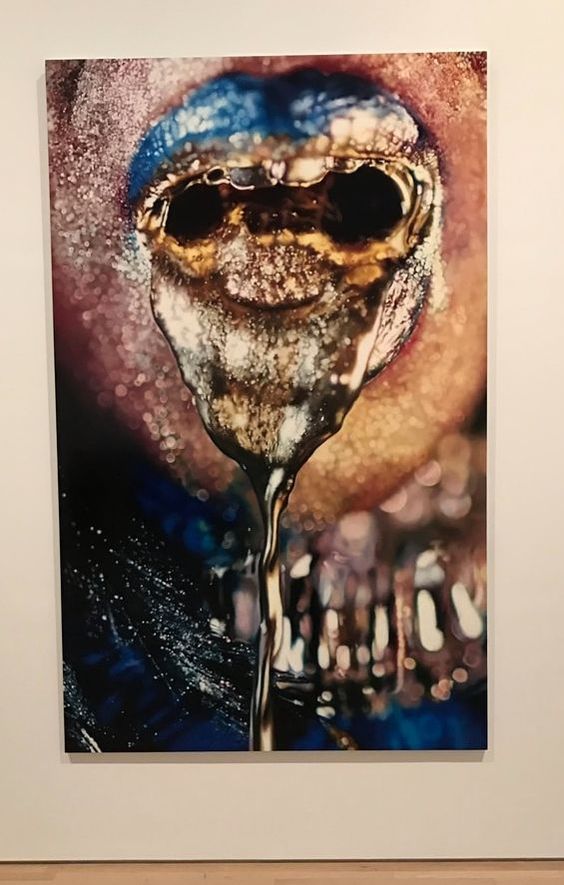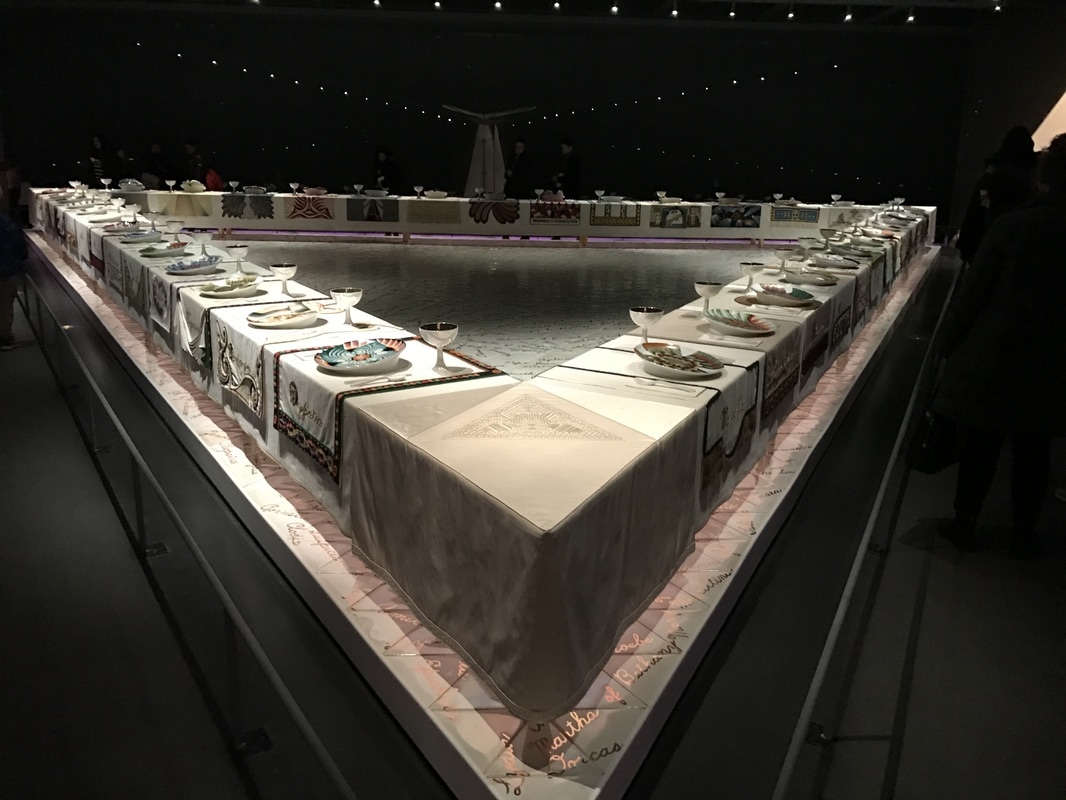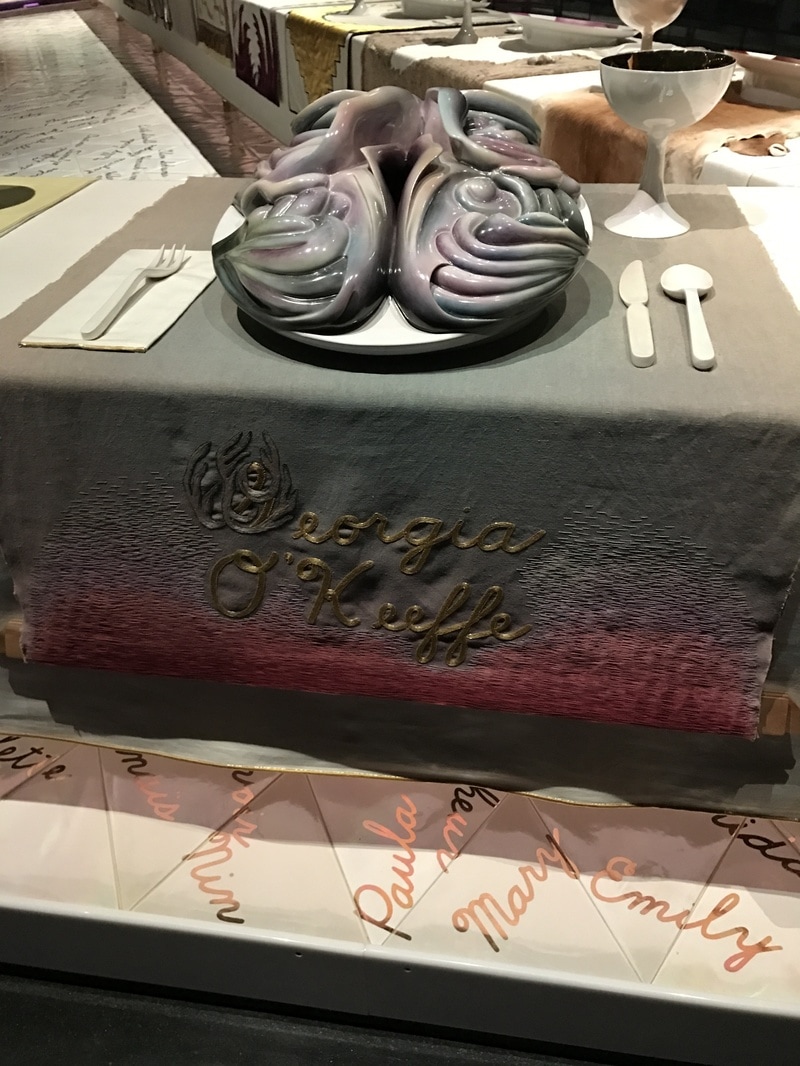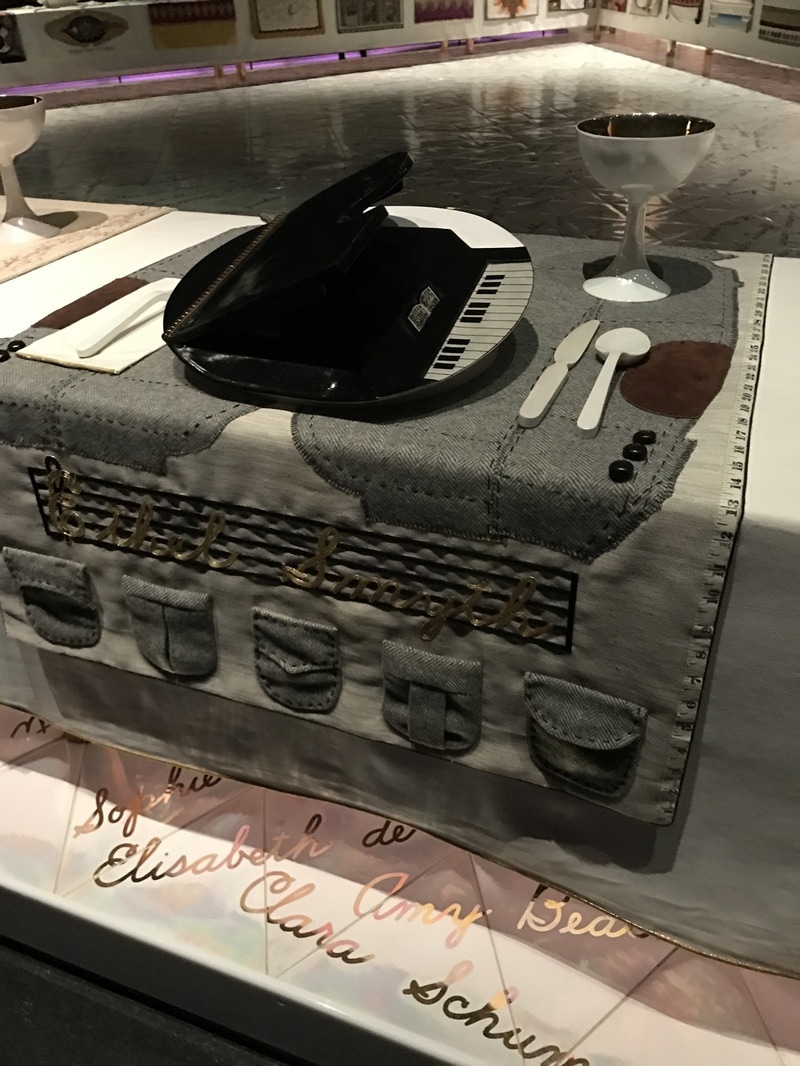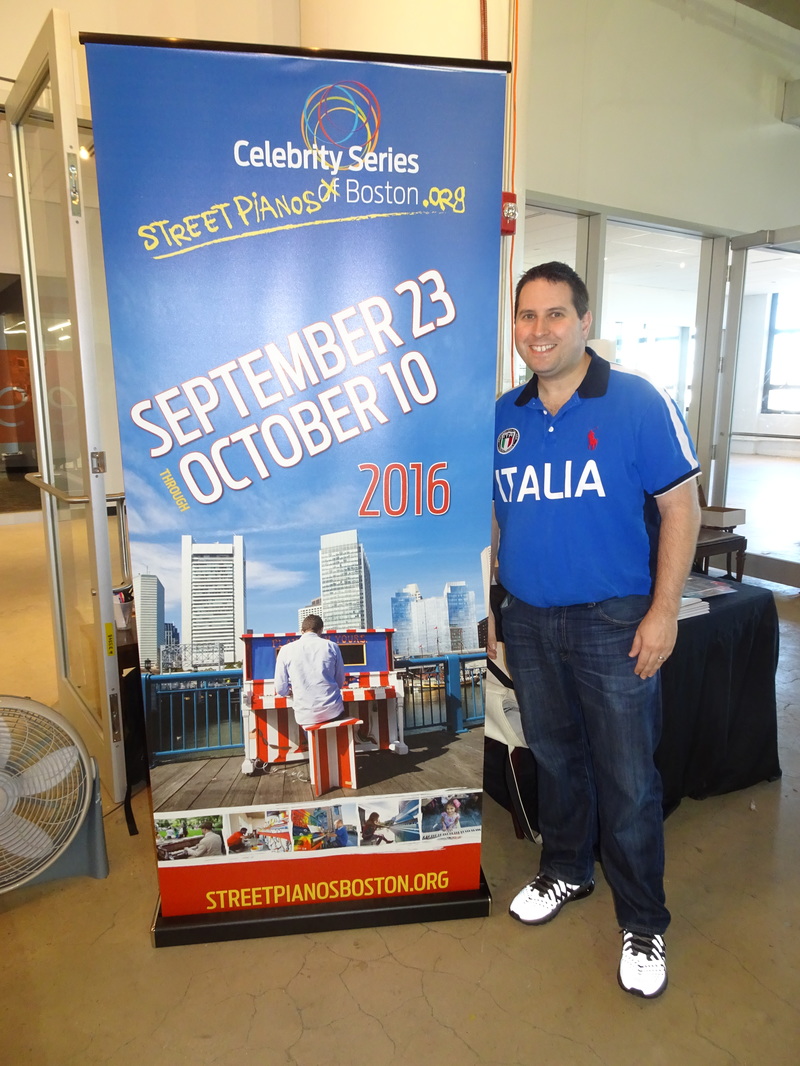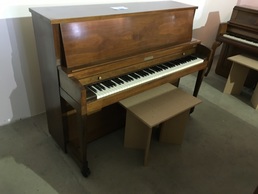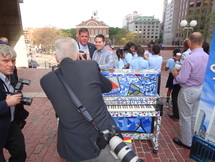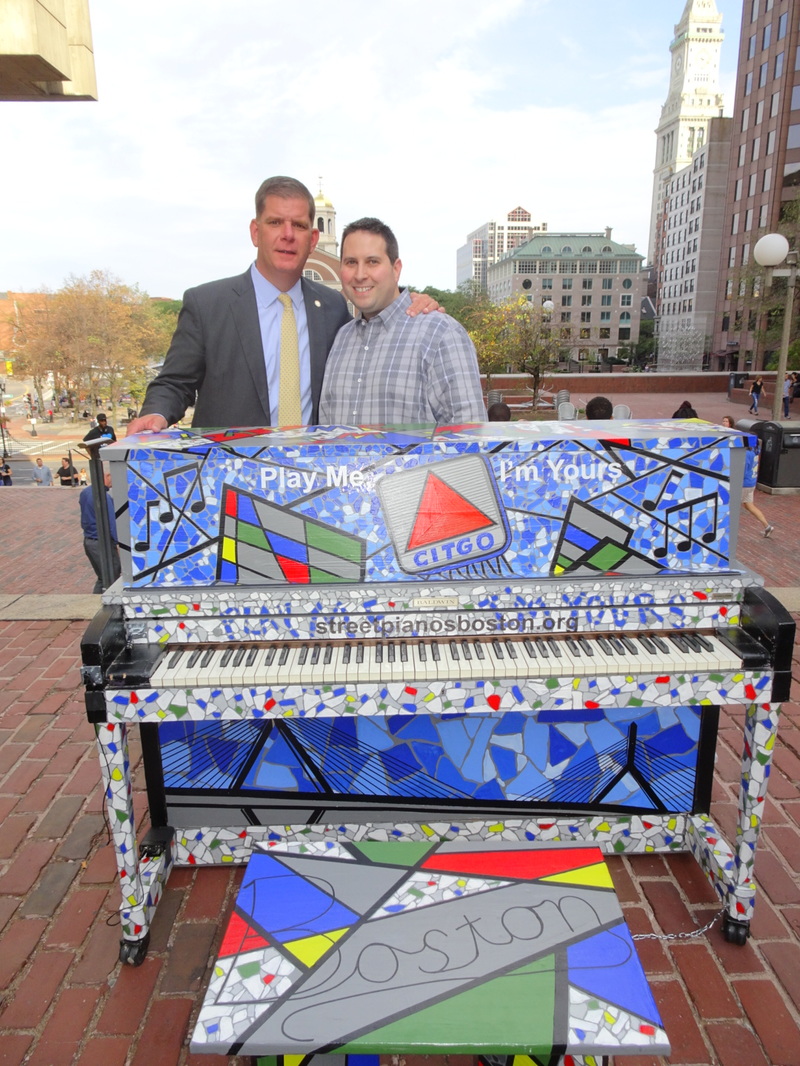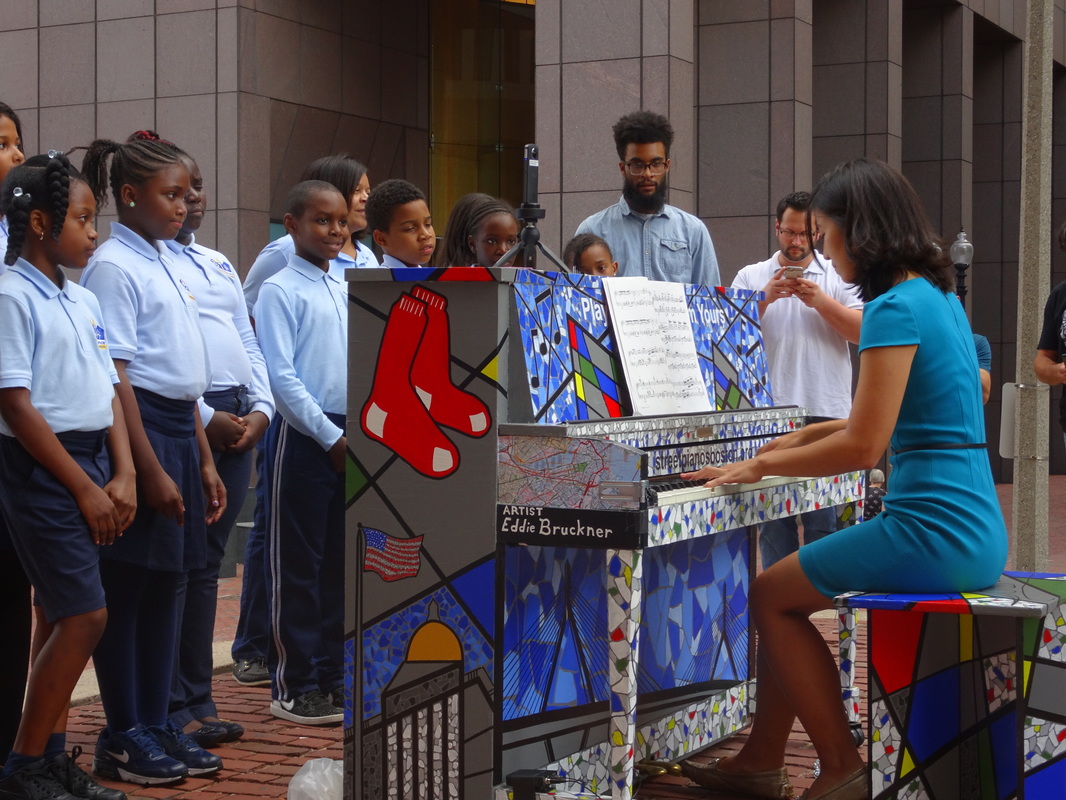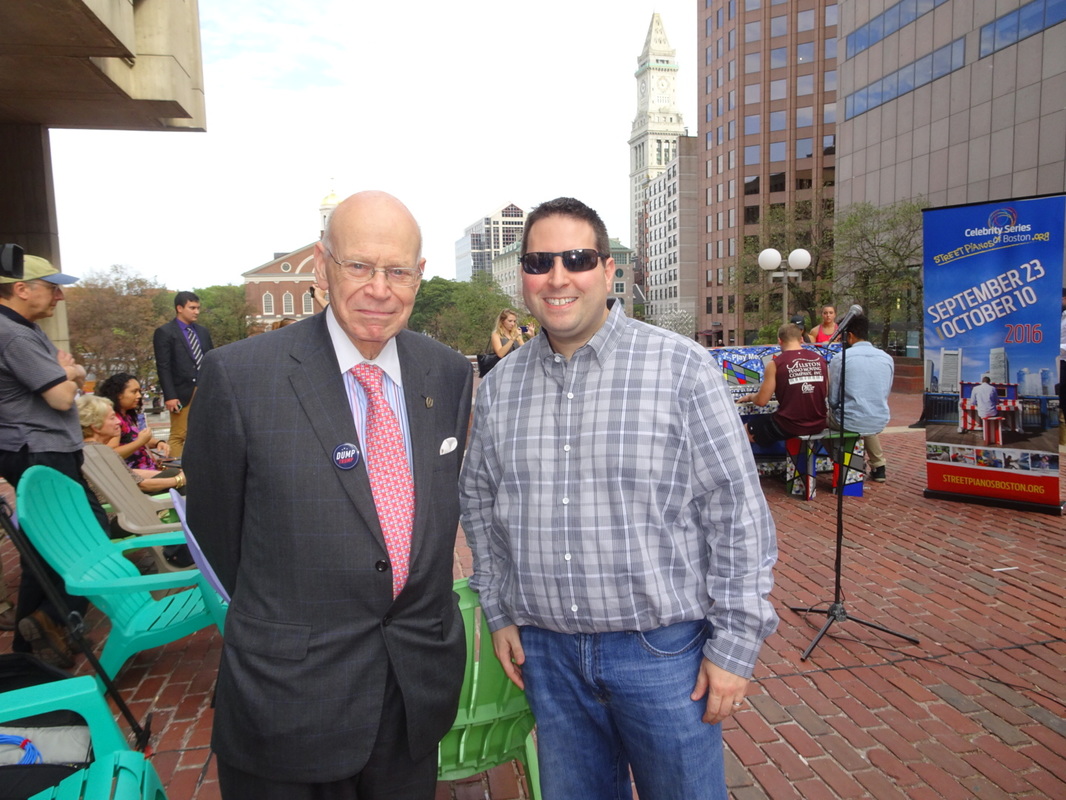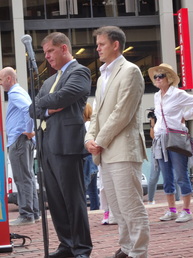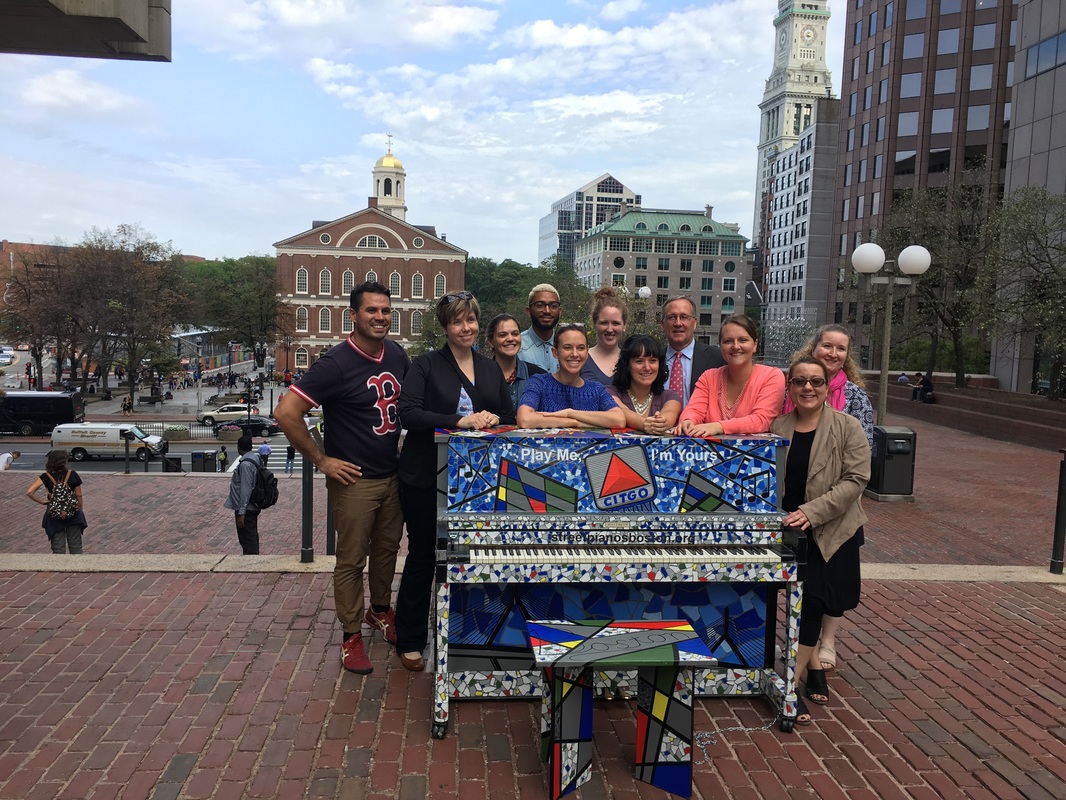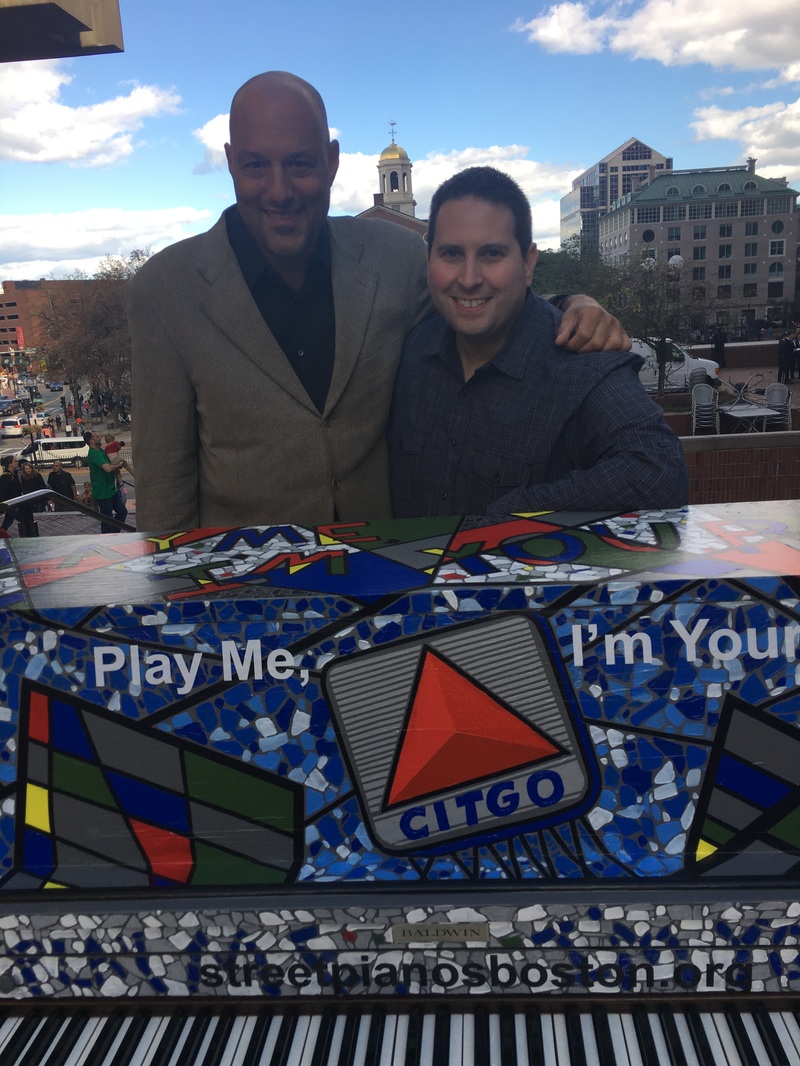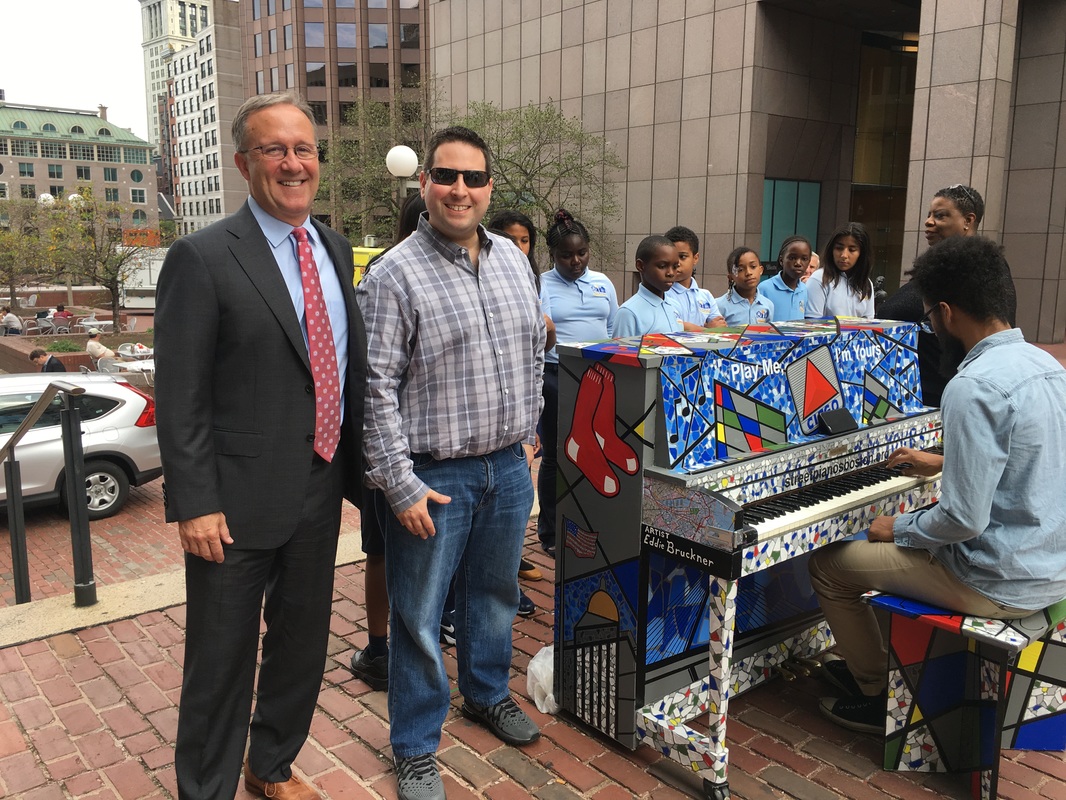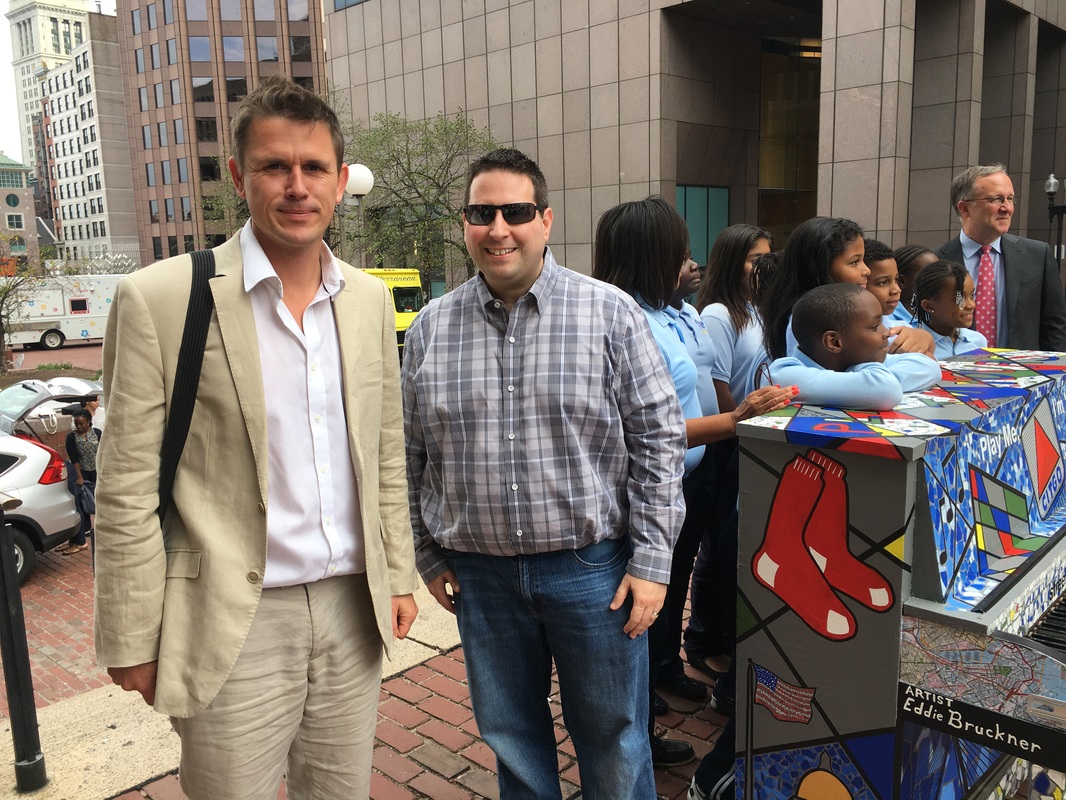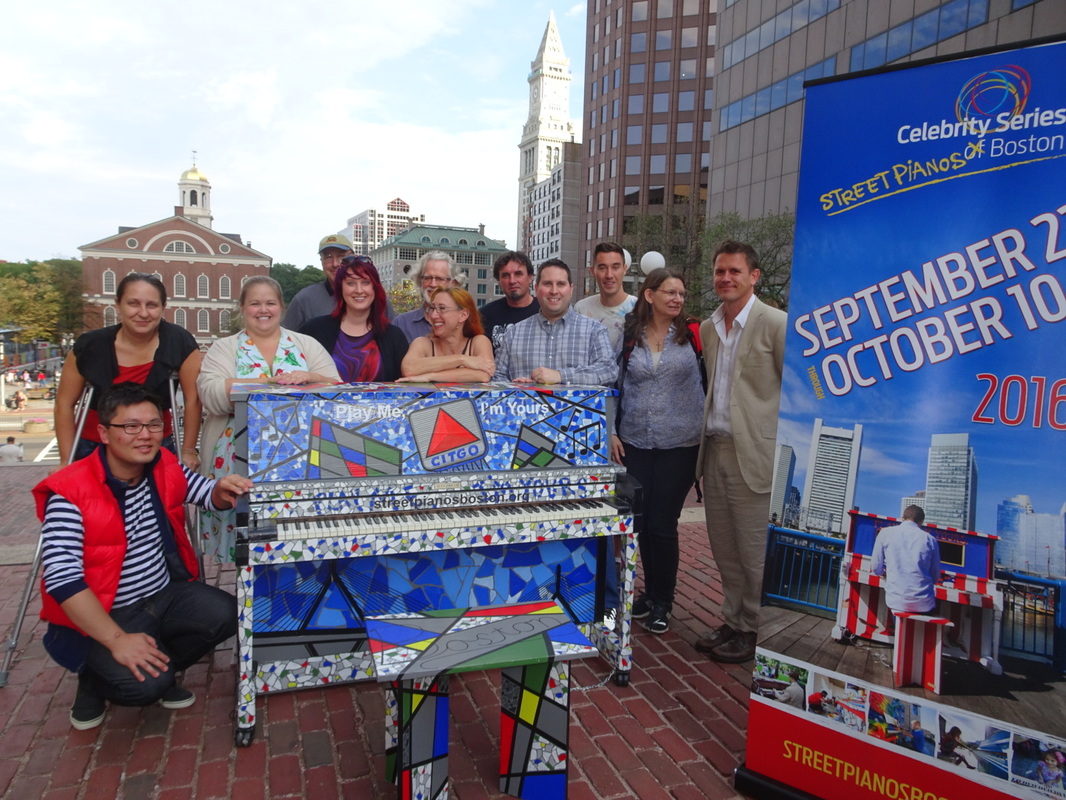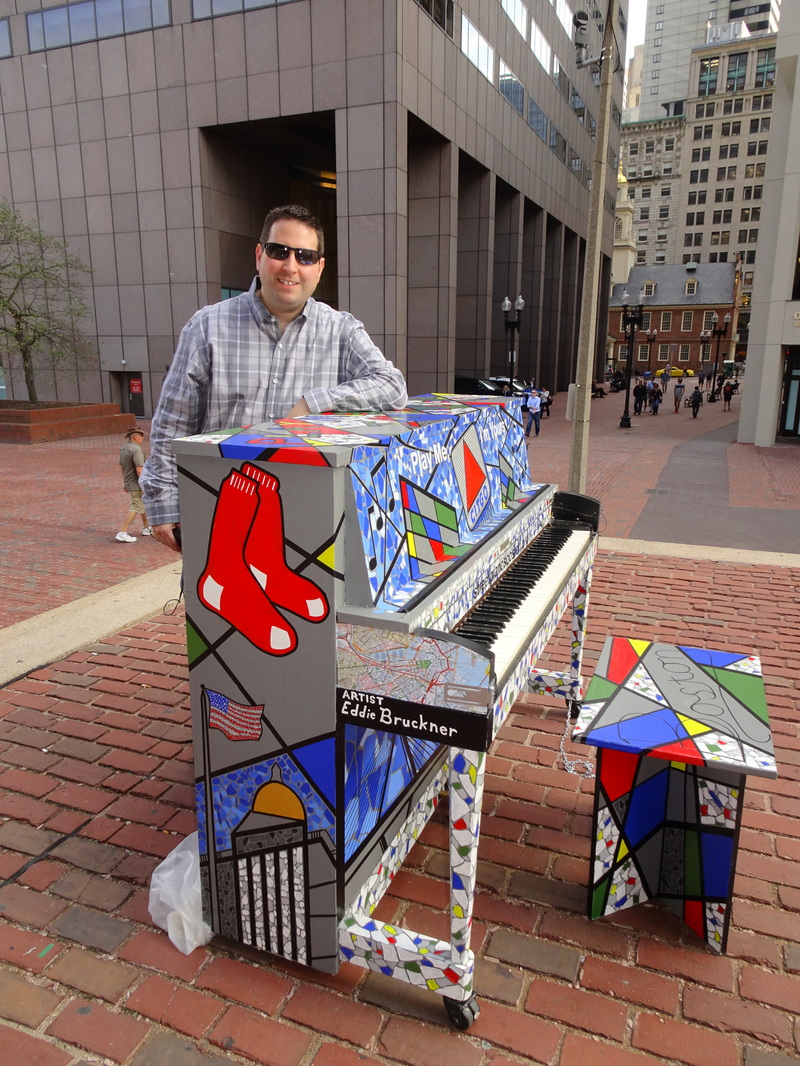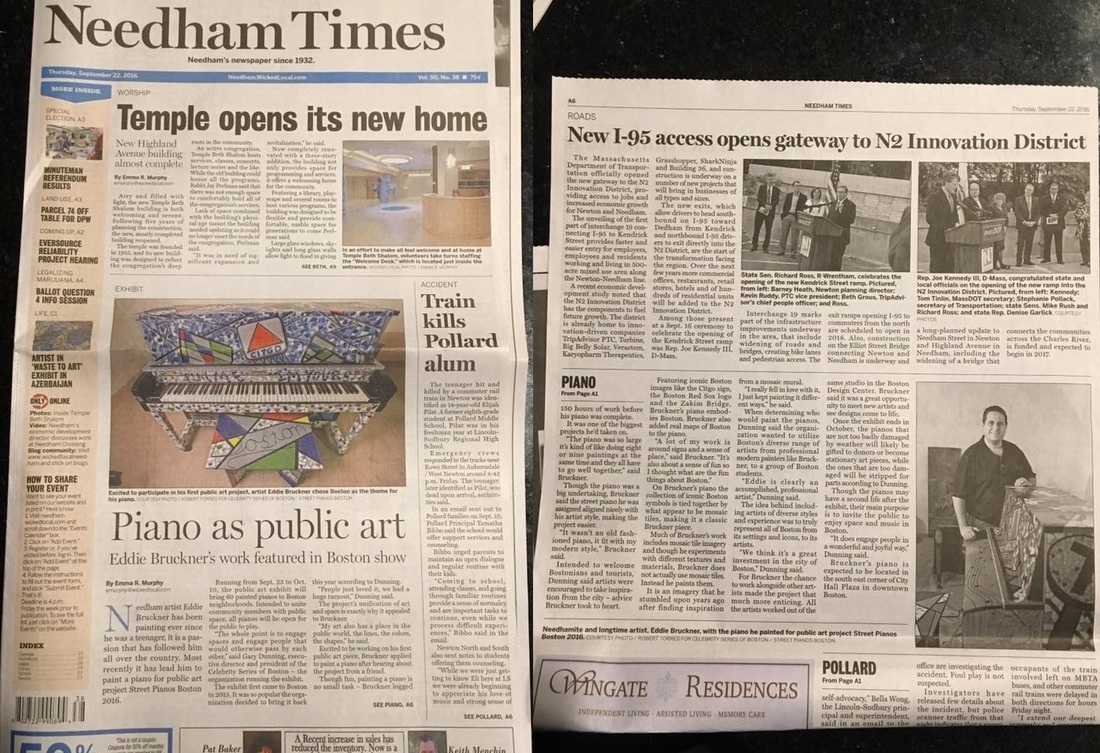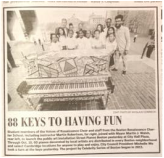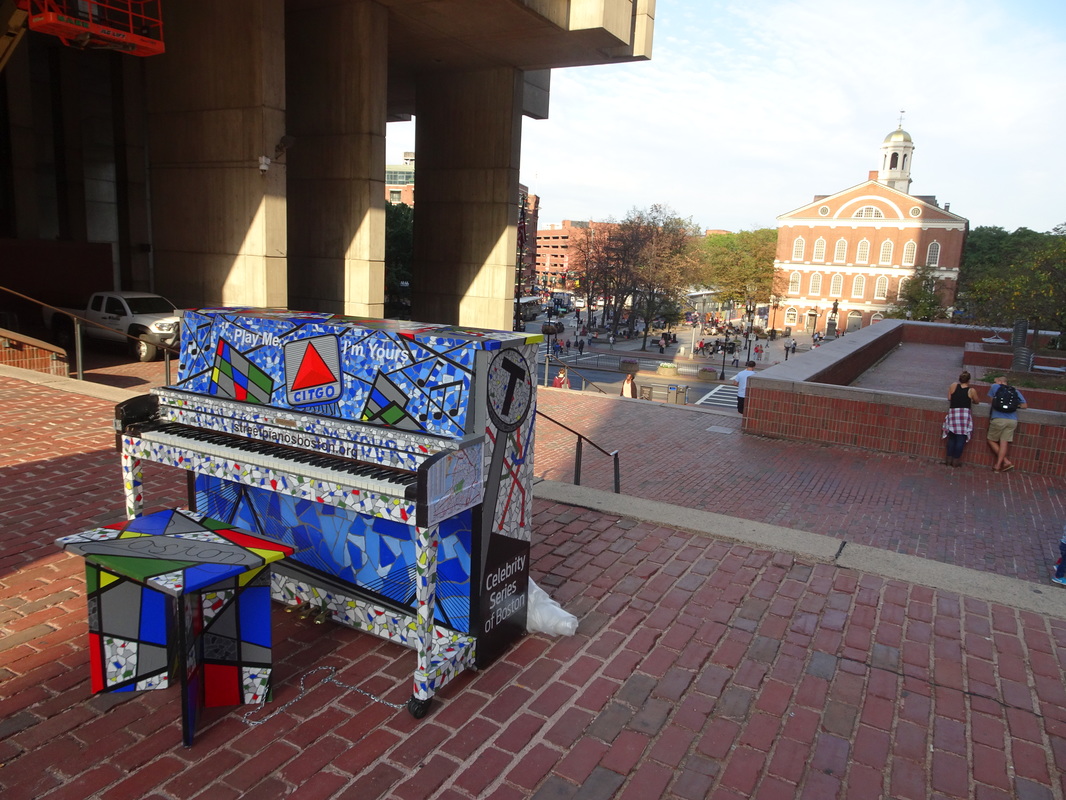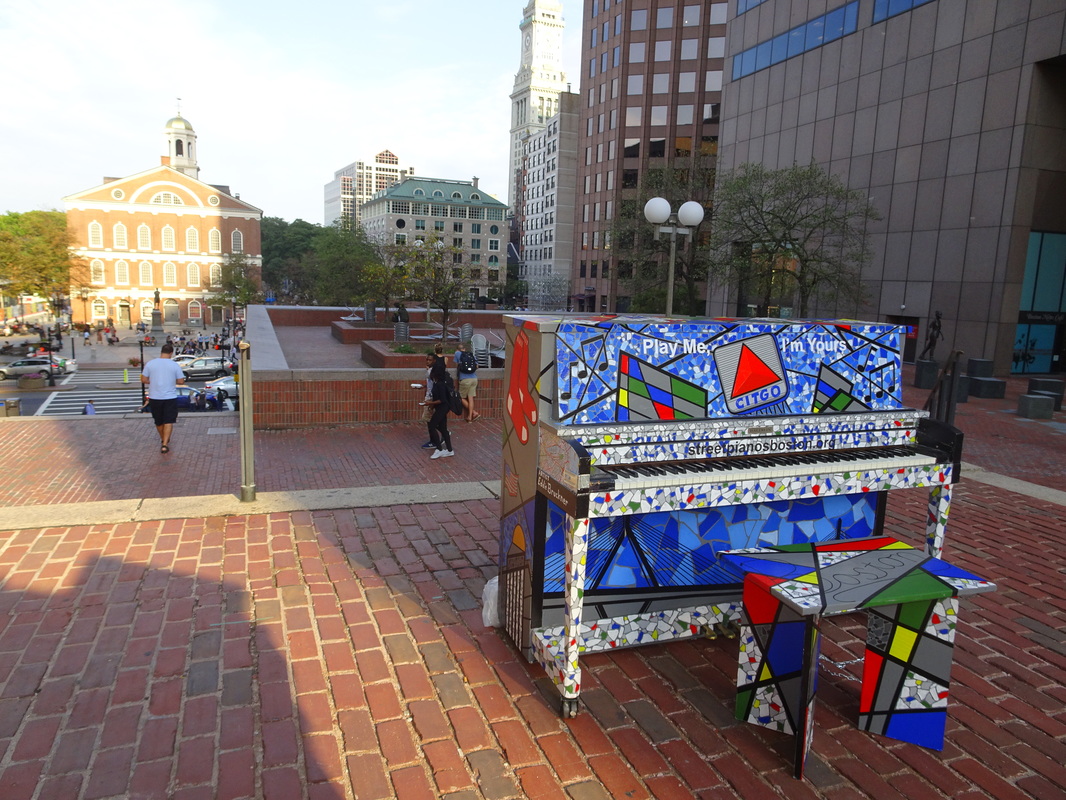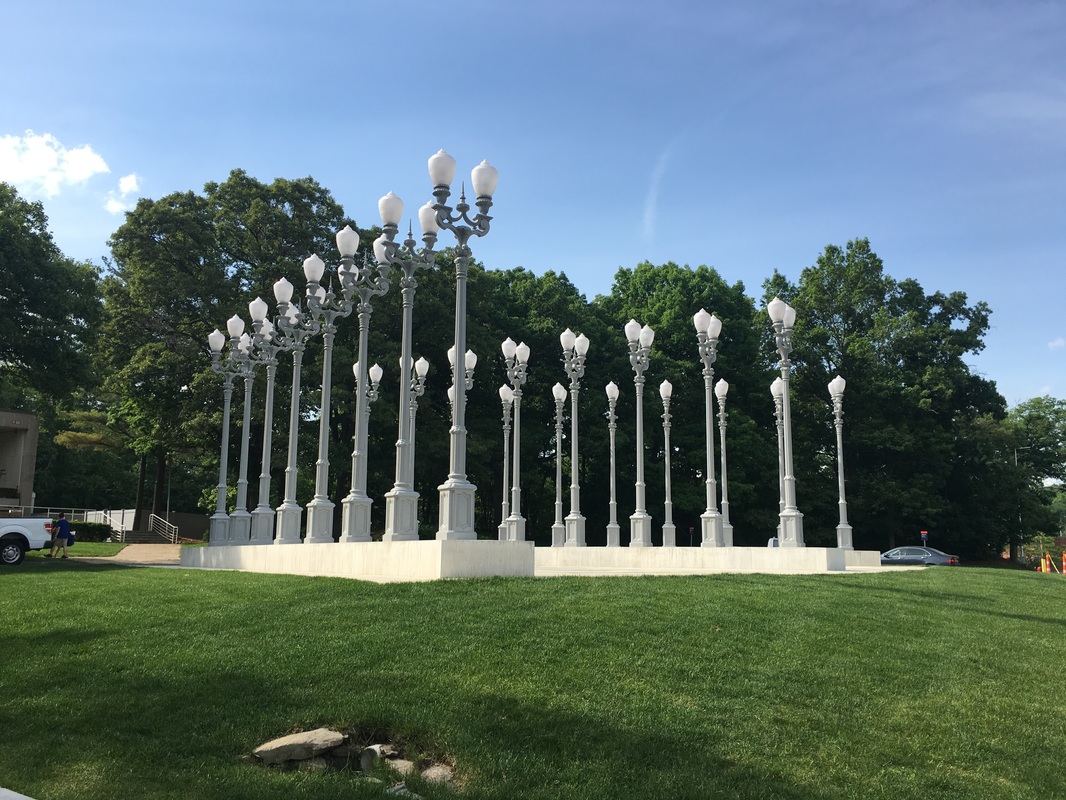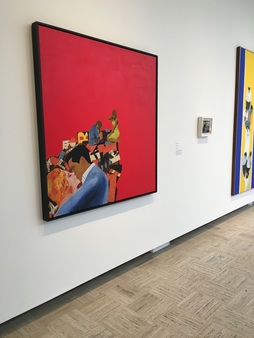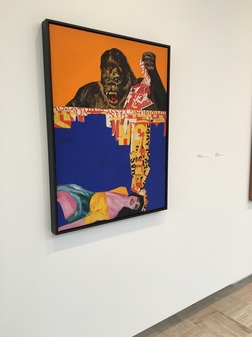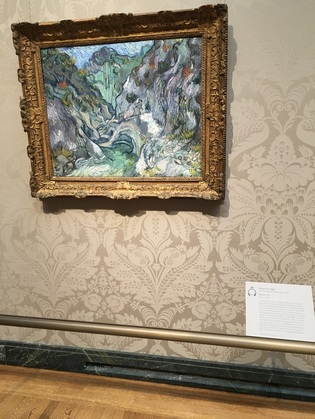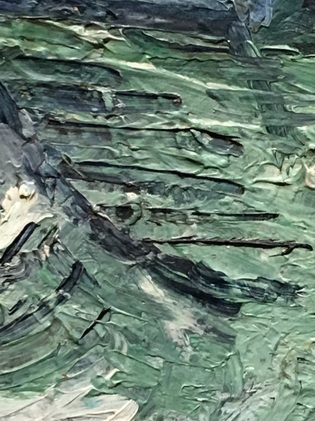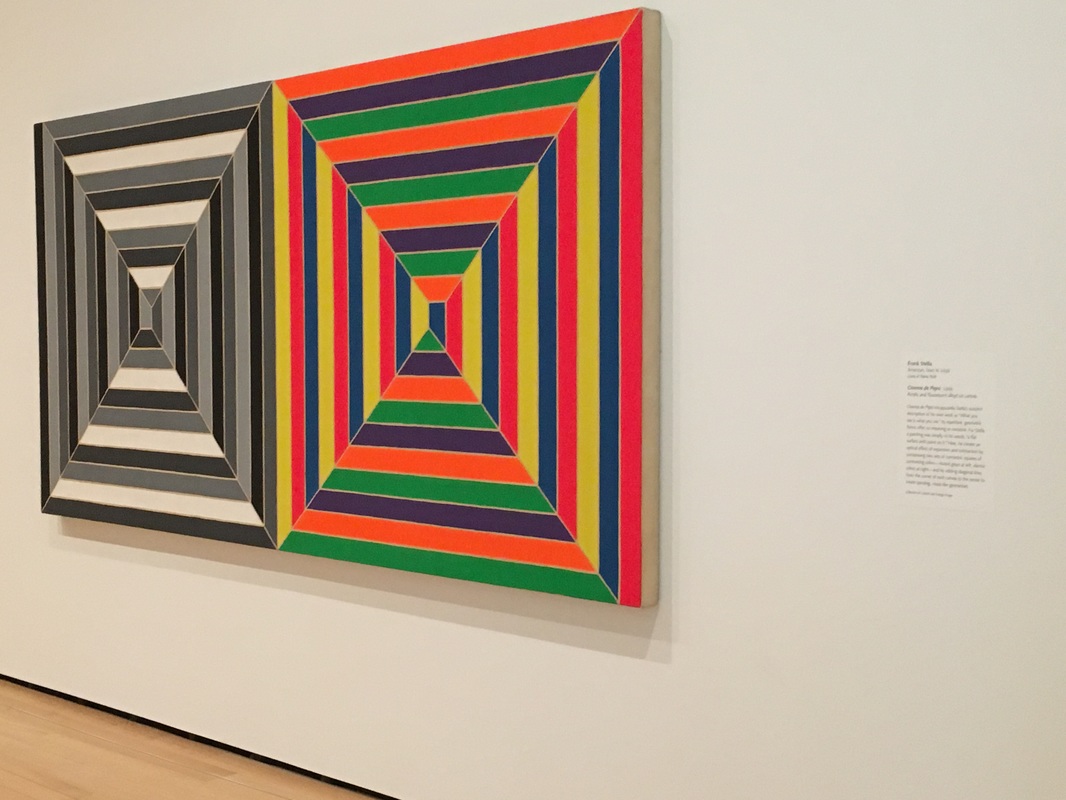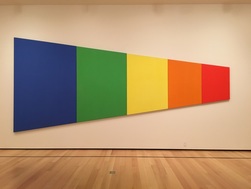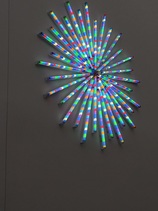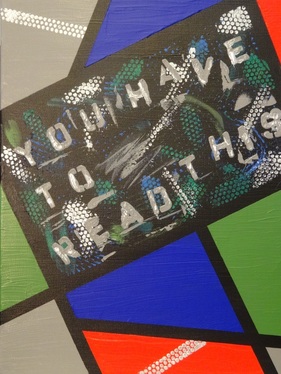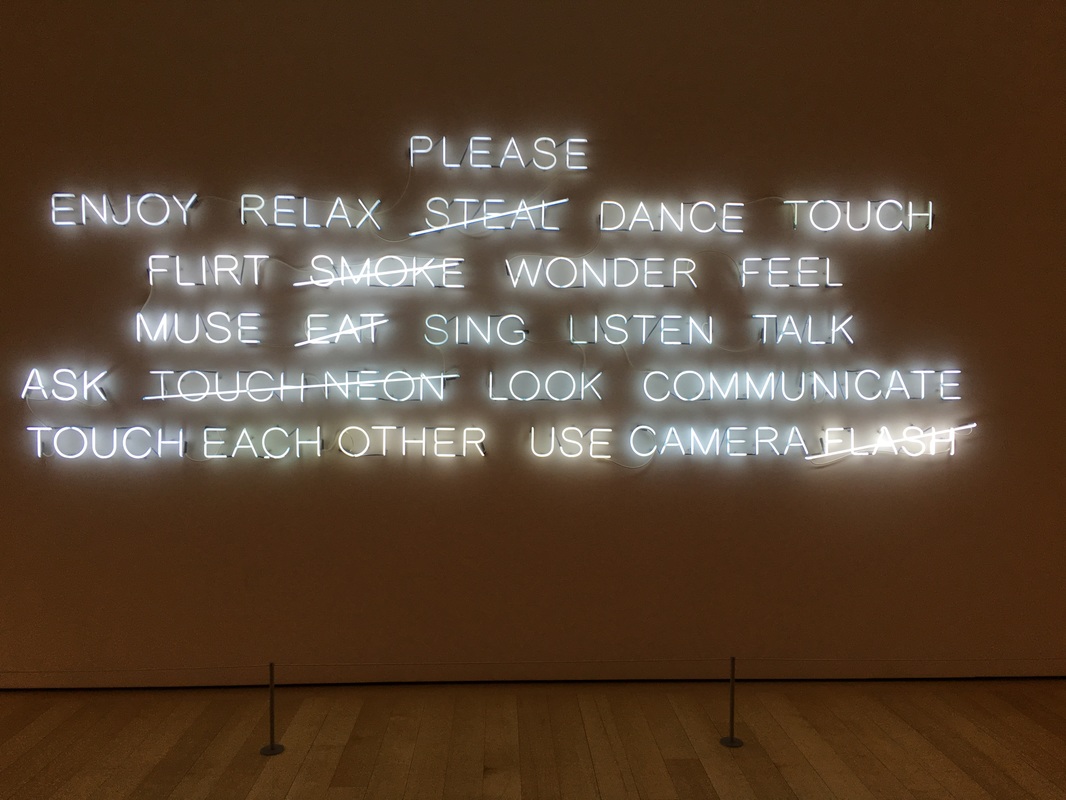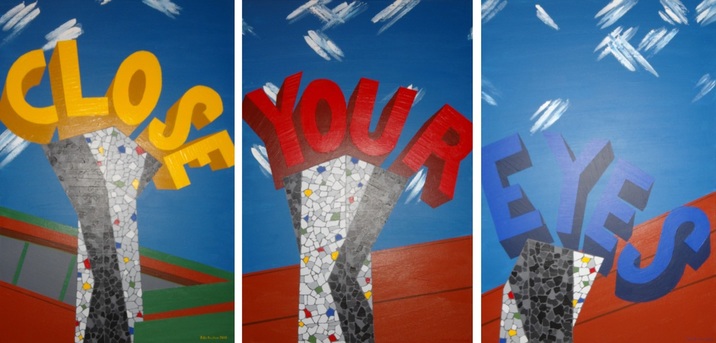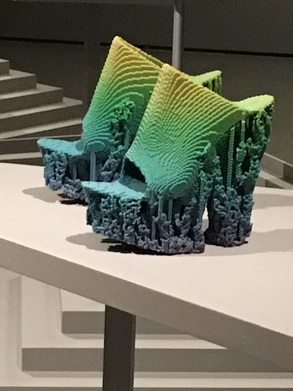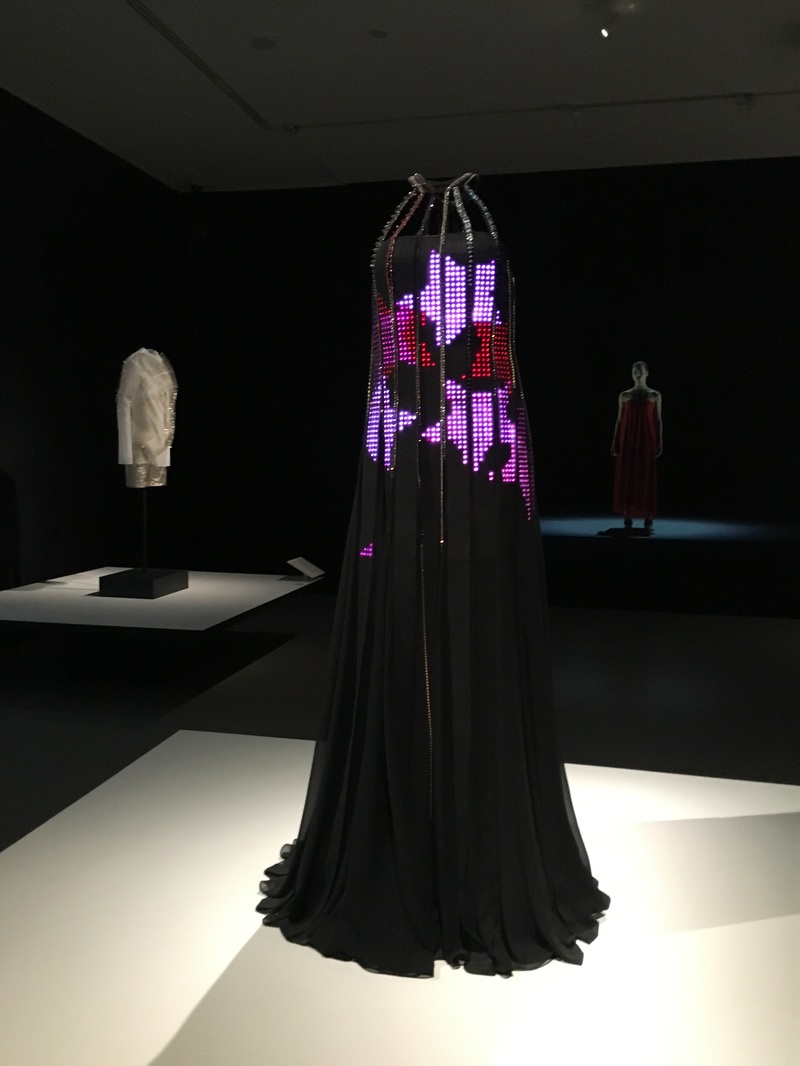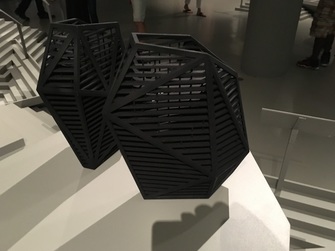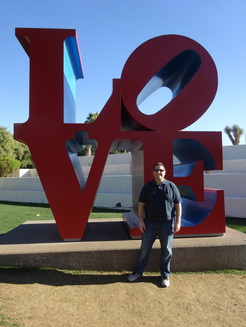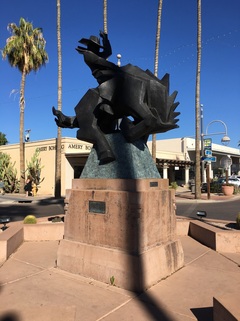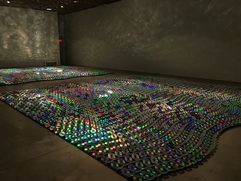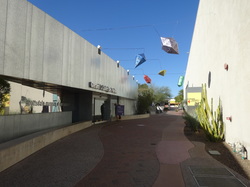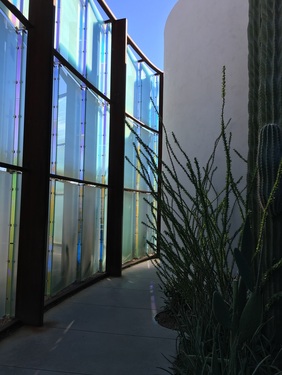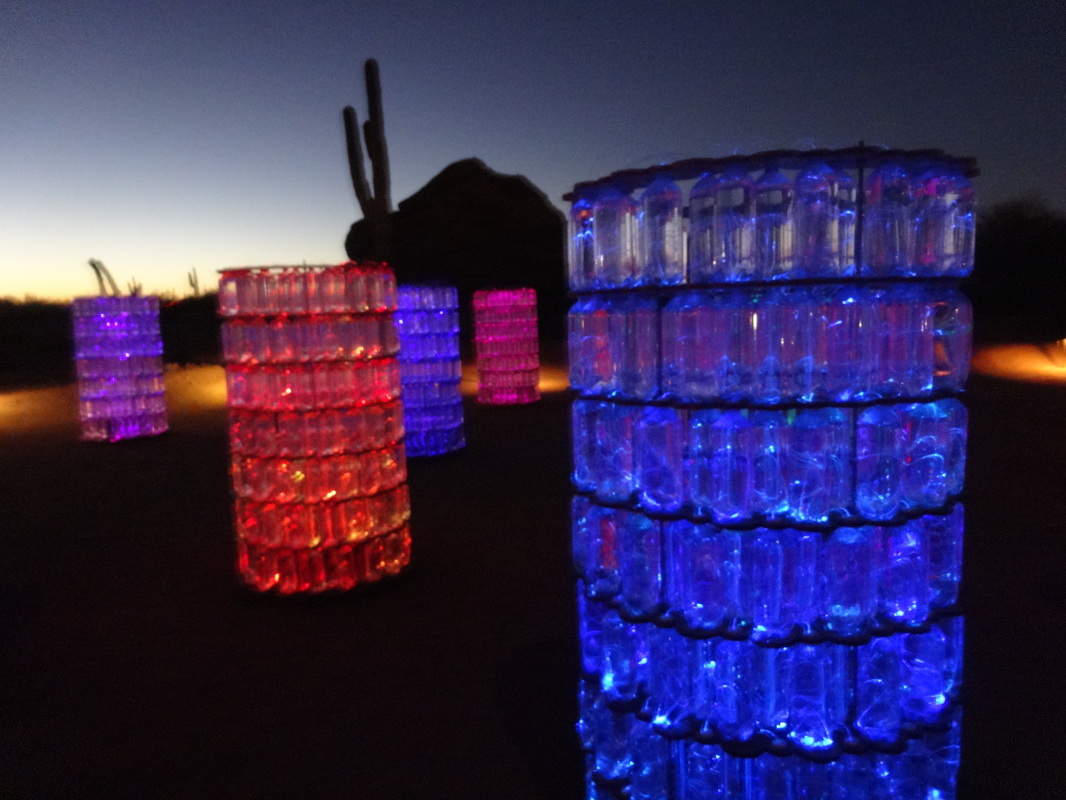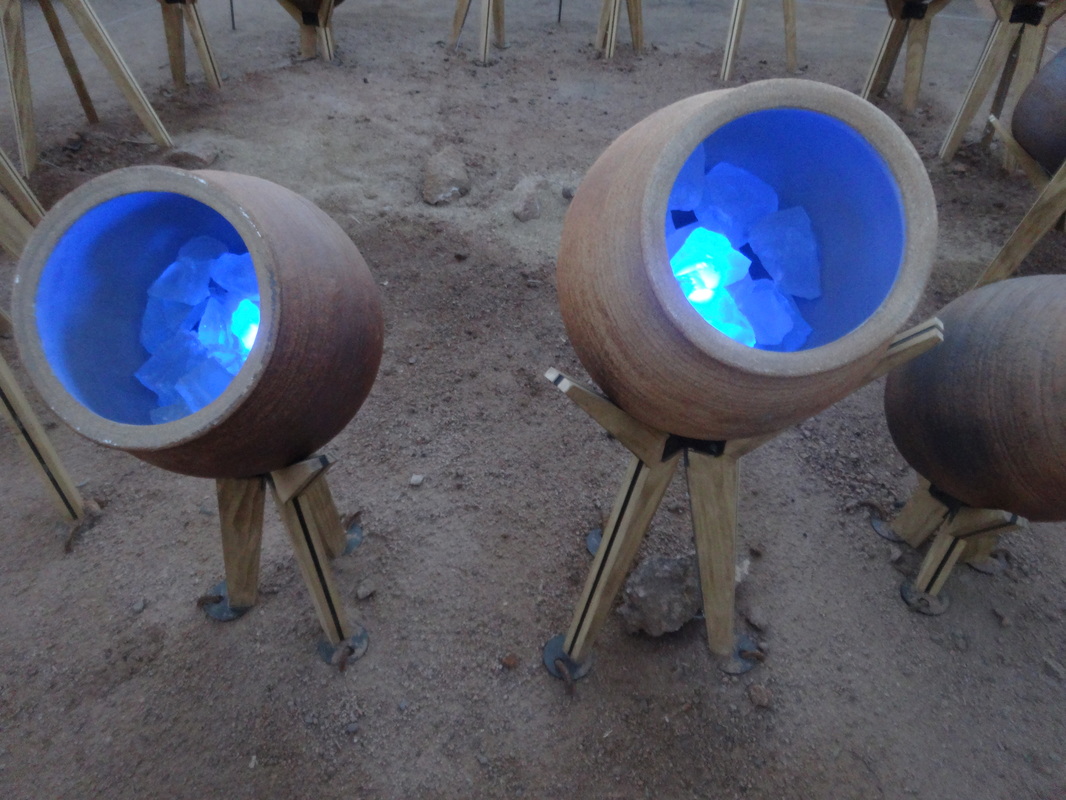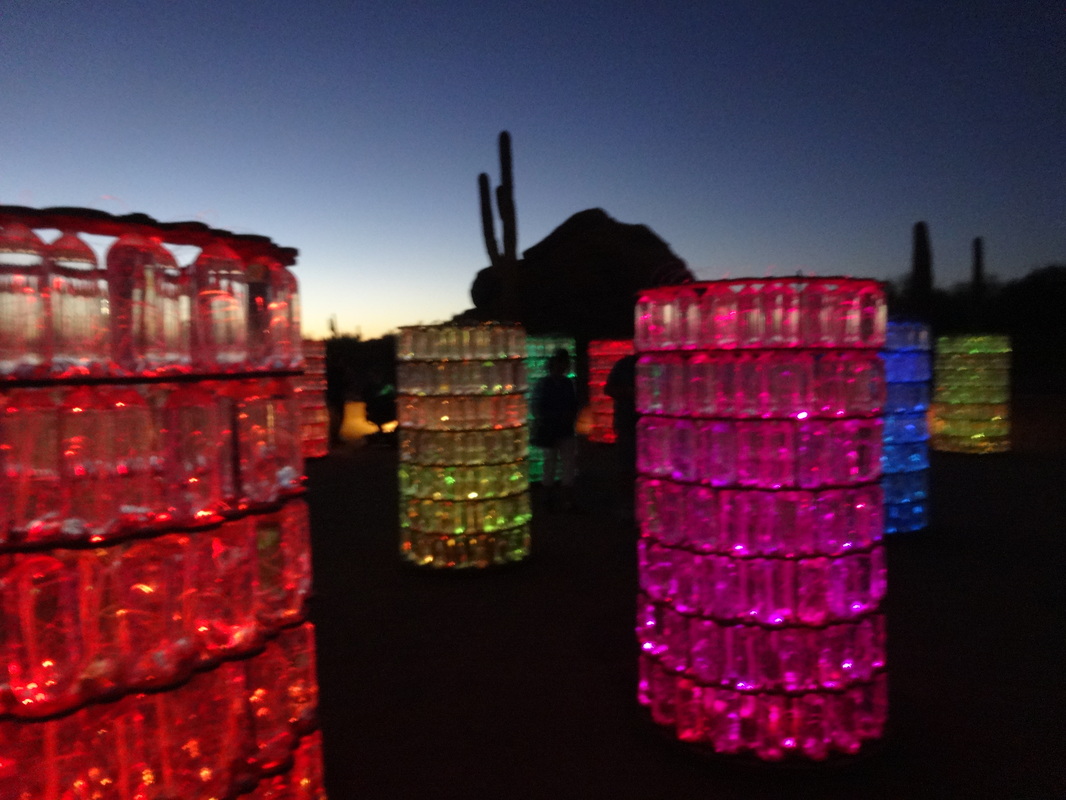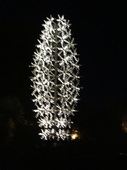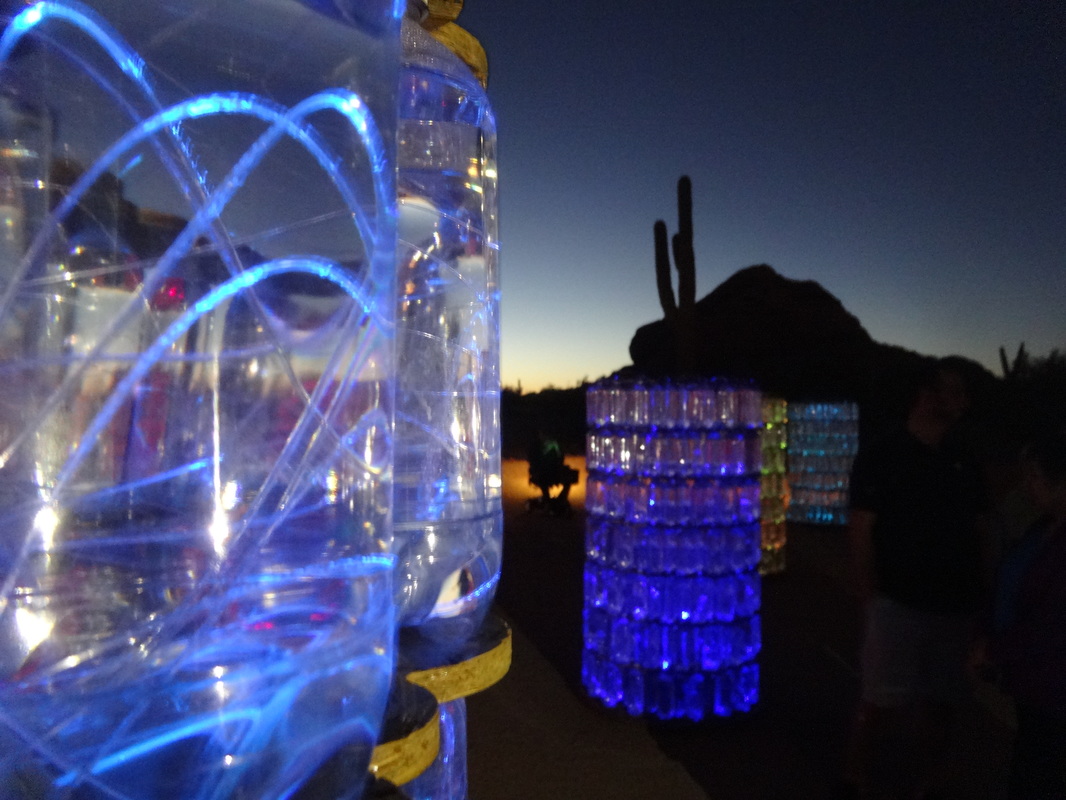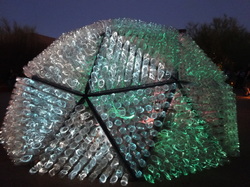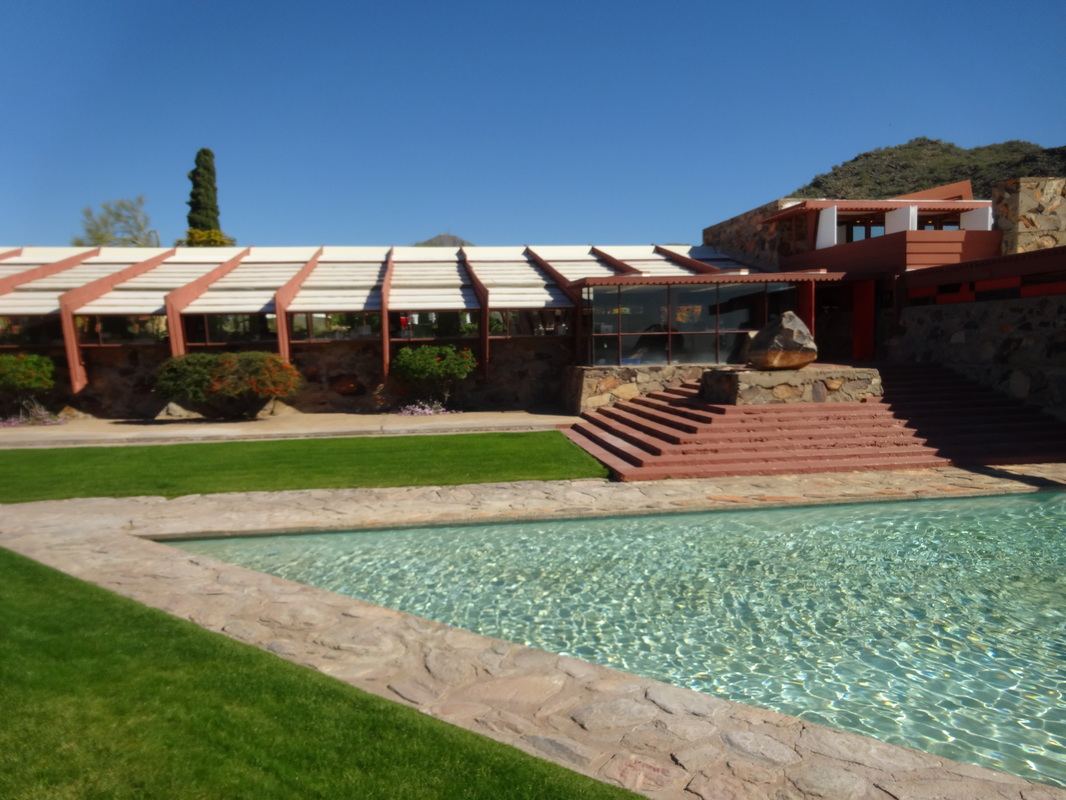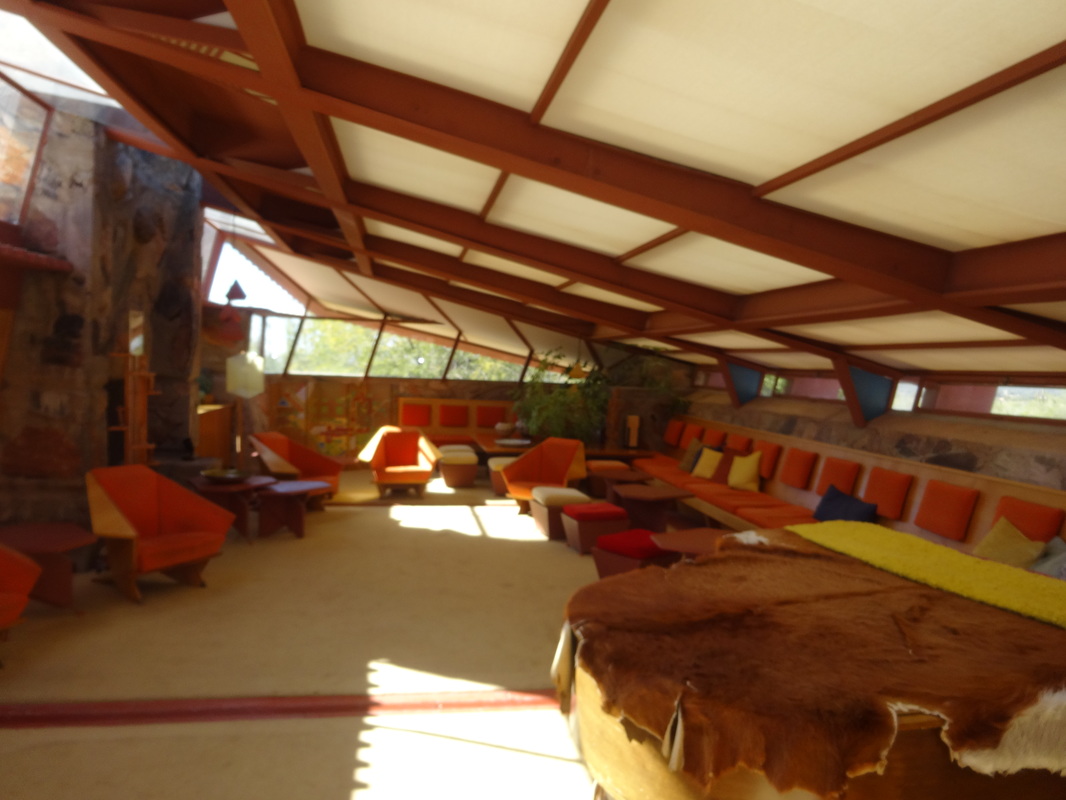|
I'm pleased to share that my artwork will be exhibited at the Attleboro Arts Museum from December 11, 2021-January 28, 2022.
Eddie Bruckner's three paintings that will be on exhibit are: "Marilyn Monroe", "Robert Indiana's 1966 LOVE", and "Hello Kitty: Hi! I'm Hello Kitty!" Join us at the Opening Reception: Saturday December 11, 2021; 1-4 pm. Attleboro Arts Museum is located at 86 Park St., Attleboro, MA. 02703.
0 Comments
The flags will fly around The Rockefeller Center’s famous ice rink and restaurant plaza, supplanting the flags of the members of the United Nations that usually fly there. The exhibit was scheduled to be on display from August 1-16, 2020, but due to popular demand, the public art installation has been extended through August 23, 2020.
Bruckner is a professional visual artist who creates Pop Art original acrylic paintings for the contemporary home and office as well as involved in a variety of public art projects throughout the greater Boston area and beyond. Bruckner painted piano for the Celebrity Series of Boston and the global art installation, “Play Me, I’m Yours” that was featured at Boston City Hall Plaza with Mayor Marty Walsh in 2016. The following year, Bruckner was commissioned by the City of Boston’s Public Art Commission to paint an electrical box near Fenway Park, also completed a second electrical box with a Boston Marathon Theme along the Marathon route in Natick, MA. “I’m excited about the actual process of creating Public Art. My artwork is about having fun, bringing a smile to people’s faces, and at the same time, providing a unique way of experiencing some of our most familiar objects, places, or people. I view my artwork as a visual representation of happiness, love, and the beautification of physical space and I love how Public Art achieves this goal and reaches so many people.”
The exhibition is free and open to the public through August 16, 2020; no tickets are required. Visitors to this temporary public art installation are encouraged to post photos and videos to social media using the hashtags: #TheFlagProjectRC and #RockefellerCenter.
Additional resources can be found at: https://www.rockefellercenter.com/flag-project/ https://www.eddiebruckner.com/rockefeller-center-flag-project.html https://www.instagram.com/eddiebrucknerfineart
The Museum of Contemporary Art is actually comprised of three locations. The first is the MOCA Pacific Design Center in West Hollywood; the second is the MOCA on Grand Avenue; and the newest location is the Geffen Contemporary. There is actually a fourth location in Nevada. Yes! Nevada. The artist, Michael Heizer's artwork titled, "Double Negative" is a work of land art located in the Moapa Valley on Mormon Mesa near Overton, Nevada and was acquired into MOCA's permanent collection in 1985. If the artist's name rings a bell, it's because I recently wrote about his other monumental piece of artwork at the Los Angeles County Museum of Art; CLICK HERE TO READ THE BLOG ARTICLE. I should note that time didn't permit me to visit the Pacific Design Center, or the Geffen Contemporary (or visit Nevada), so this post will only include my visit to the MOCA on Grand Avenue. I also visited the Broad Museum (Read On & See Below.) The Geffen Contemporary is just a 15-20 minute walk from MOCA Grand and admission to one museum grants you admission to the other museum.
The MOCA on Grand Avenue housed an entire gallery room with Mark Rothko paintings. While I can appreciate Rothko's artwork and acknowledge its importance in art history, his paintings are not my favorite. I do love all the colors, and I also love the shapes, however, there is ambiguity, blurring of lines, that doesn't hit me the right way. Rothko wanted viewers to stand close to his paintings to see the vertically stacked bands of color seem to float upon colored grounds.
This large painting on two panels is by the artist, Njideka Akunyili Crosby. It's called "Garden, Thriving" and was completed in 2016. Her artwork was quite fascinating to see in person and I've included a detailed photograph of the two-panel painting. Originally from Nigeria, the artist layers photographic imagery within the chairs' fabric and the plant leaves. The images are pictures of Nigerian pop stars, models, military dictators, celebrities, and the artist's own personal photographs. To create this artwork, she uses acrylic paint, transfers, colored pencils, and collage on paper. There is so much to see in this painting, you could look at it for 10-20 minutes, or longer! I should also mention that the mural that is wrapped around the exterior of the museum is by this same artist!
Three other works by Jackson Pollock from MOCA’s permanent collection, were also on view. These were great examples of the diversity and range of materials Pollock used in his artwork from watercolor to collage. Walt Disney Concert Hall, Los Angeles, California This building is simply spectacular. Frank Ghery is one of my favorite architects and this is a perfect example of why that's the case. (In addition to all the awards he has won for his incredible architectural design). Frank Gehry was asked to devise a new home for the Los Angeles Philharmonic and the Walt Disney Concert Hall opened in 2003. Reflecting Gehry’s longtime passion for sailing, the structure’s exterior features are expanses of stainless steel that hover above Grand Avenue. Frank Gehry has devoted his career to disrupt the very meaning of design within architecture. From the iconic Guggenheim Museum Bilbao to the Fondation Louis Vuitton in Paris, and now the Walt Disney Concert Hall in Los Angeles, Frank Gehry has proven time and again the beautiful magic of his whimsical, cutting-edge design.
The Broad is one of the finest contemporary art museums I have ever visited. Founded by philanthropists Eli and Edythe Broad, the museum houses more than 2,000 works of art and holds one of the most prominent collections of postwar and contemporary art worldwide. The Broad's third floor galleries show a rotating selection of artwork and, best of all, it is free! The first floor galleries are for special exhibitions, like the Jasper Johns exhibit "Something Resembling Truth" that runs through May 13, 2018. So let's talk about the beautifully designed building... It's often called "The Veil and the Vault" because the building has gallery space as well as an extensive storage facility. In contrast with the neighboring Walt Disney Concert Hall, The Broad was designed to be porous and absorptive. There are wonderful olive trees that were planted in the plaza next to the museum. There were a number of artworks by Jeff Koons at The Broad. "Balloon Dog (Blue)" is perhaps one of his series of works that is most famous. The artwork is made of stainless steel and wights 2,000 pounds. It was created as part of his Celebration Series, a group of paintings and sculptures that memorialize rituals, icons, and images related to birthdays, holidays, and other celebratory parties or occasions.
Roy Lichtenstein is one of my all-time favorite pop artists. He was one of the founders of Pop Art in the 1960s and used tiny dots in his artwork, similar to the printing style of comic-books. The dots were placed in such a way to create an image, imitating the way comic-books and newspapers were printed. In addition to borrowing or seeking inspiration from newspaper ads, commercials, and comic books, Roy Lichtenstein also was inspired by some of his favorite artists like Picasso and Mondrian. See the two images below. Here is a sculpture by Roy Lichtenstein, "Goldfish Bowl" created in 1977. It is painted and patinated bronze. On the right is a detailed view, showing that the sculpture is very two-dimensional, despite it looking 3-D. I always love seeing paintings by Chuck Close. Chuck Close is known for his detailed paintings of faces, and later he was known for the deconstruction of that detailed portraiture. He explores portraiture and created this photo-realist painting called "John", painted in 1971-72. I included a detailed shot showing the incredible painting technique. John Baldessari, "Tips for Artists Who Want to Sell" 1966-68, Acrylic on Canvas. John Baldessari never touched this painting, didn't paint it, didn't write the text. Here, it's the role of the artist as the facilitator of the artwork; creating the concept. The humor is that the view is shown the paintings message, but the message is text taken from an art magazine with tips on what art should be. Another one of my all-time favorite artists is Andy Warhol. A short time after Marilyn Monroe died in 1962, Andy Warhol started to create silkscreen images of Marilyn. I learned that Warhol had recently just learned how to silkscreen, so this was a somewhat new process for him! In the painting above, titled, "Two Marilyns" created in 1962, Warhol captures the terrible fact of Marilyn's death, as if he was reporting the news. With silkscreens, the images deteriorate with each printing, which I believe is symbolic of her presence and then her fading into history with her death. It can also be interpreted as the volatility of fame and celebrity. I'm not sure how many versions of "Two Marilyns" were created, but I learned that the one pictured above from The Broad Museum was the 27th version of the silkscreen created. Ellsworth Kelly worked with shapes and solid colors. The painting below, "Green Blue Red" created in 1963, uses colors and shapes to create contrast and bring attention to edges. In the above image on the left, the green rectangle and blue oval are vibrantly displayed against the red background. His composition almost goes against the principal of design of balance. Below, Kelly's oil on canvas painting, "Green Relief with Blue" was completed in 2011. It's actually two conjoined canvases and I've posted the photo of the same painting as seen from different angles. It almost acts like a 2 dimensional painting trying to be a sculpture, with different views from different angles. Jasper Johns: "Something Resembling Truth" A Special Exhibition at The Broad (Through May 13, 2018) While The Broad Museum's main collection has free admission, this special exhibition required a special ticket with a timed entry. The exhibit was one of the best I've ever seen. The exhibit covered over 6 decades of artistic achievement from this iconic American artist. The comprehensive exhibit features more than 120 extraordinary paintings, drawings, prints, and sculptures, by Jasper Johns and draws upon works from within The Broad's permanent collection as well as from loans from over 50 international public and private sources. The imagery he used in his artwork were common items such as American flags, numbers, letters, targets, and light bulbs. Perhaps Johns’ most famous painting, "Flag (1954–55)" and is a fairly accurate representation of the American flag, in encaustic on collaged paper and fabric.
The American Flad is a geometric composition that has a strong sentimental and patriotic value in society. Jasper Johns' flags ofent trick the eye, or blur the lines between perception, reality, and illusion.
Jasper Johns began to incorporate objects and tools used in his artwork directly into the artwork's creation. Things like paintbrushes, color charts, and rulers. In the painting below, the "R" of "Red" is a neon light and wooden letters protrude outward from the canvas. I highly recommend you to experience the Jasper John Exhibit if you can! Also on the first floor was a very unique art installation by artist, Yayoi Kusama, titled "Infinity Mirrored Room--The Souls of Millions of Light Years Away." It is a mirror-lined room that includes LED lights that reflect endlessly in the mirrored space. It doesn't sound like much, but it is quite amazing to see. You need a separate timed ticket, which is free, and only one person can enter the room at a time for a duration of 45 seconds. As you can see, the Broad Museum is quite an amazing experience. I highly recommend you visit The Broad in Los Angeles and experience the art scene in Downtown LA. For more information about The Broad, please visit their website: www.thebroad.org Check out some of my other posts about Los Angeles!
Here's a photo of me at the Los Angeles County Museum of Art in front of Chris Burden's sculpture, "Urban Light" installed in 2008. Burden restored over 200 cast-iron streetlamps to create this work of art. Burden was fascinated with urban life and how streetlamps are one of the fundamental building blocks of an urban metropolis. I found it interesting that the streetlamps were recently converted to LEDs, reducing the installations's annual energy consumption by 90%. The conversion to LEDs was funded by the Leonardo DiCaprio Foundation this year. Chris Burden was commissioned by Brandeis University's Rose Art Museum to create a similarly themed sculpture. You can see it by CLICKING HERE in an older blog article about the Rose Art Museum. Chis Burden's "Metropolis II" depicts an urban landscape. Burden created "Metropolis I" seven years before "Metropolis II". The earlier work featured eighty Hot Wheels cars zooming around a model city. This work is much larger and includes 1,100 custom designed cars, 18 highways, and a vast array of buildings and structures. The artwork runs on select days and times, so plan ahead! Richard Serra's "Band" is a massive sculpture that fills a huge exhibition hall from top to bottom, from front to back. The sculpture took two and a half years to develop. Made from over 200 tons of steel, it measures 12 feet high and over 70 feet in length. Below are two views of the same sculpture, titled "Phoenix" by Alexander Liberman, created in 1974-75. I love how a different view of this sculpture creates an entirely new image, a new feeling, a new perspective. "Levitated Mass" (Shown below) was conceived by artist, Michael Heizer, in 1969, but only realized in 2012. "Levitated Mass" is a 456-foot-long concrete pathway, over which sits a 340-ton granite boulder. As you walk down the pathway, it descends to fifteen feet in depth, directly underneath the massive boulder before ascending back up. Below are two views of the same Alexander Calder sculpture created in 1964 titled, "Three Quintains (Hello Girls)." It is made from sheet metal and paint with motor. To me, it appeared to be moved by the wind, but apparently it has a motor that moves the mobile sculpture.
I love this painting below by Vincent Van Gogh, not because I love the imagery, but because it really doesn't look like a typical painting by Vincent Van Gogh! This painting, "Garden of the Rectory at Nuenen" was painted in 1885 in the Netherlands. The browns and grays are vastly different from the vivid, bright colors we are used to seeing in his later paintings when he lived in the south of France. Below is one of Van Gogh's more typical painting style with all the beautiful colors and brushwork. The painting, "Hospital at Saint-Remy" is oil on canvas and was painted in 1889. It depicts the scenery at the institution in the south of France where Van Gogh was being treated for severe mental illness. The Hammer Museum also has other galleries dedicated to contemporary artists. There was a really cool exhibit by the artist, Molly Lowe and another exhibit by the artist, Lawrence Abu Hamdan. Abu Hamdan uses a series of overhead projectors that cast images that have been created with a visualization tool that architects use to map the leakages of sound throughout a structure. The visuals are accompanied by audio that helps transform the research on a Syrian torture prison. I enjoyed looking at the exhibit from a visual perspective, but after reading about the artwork's meaning, it really makes me question my thoughts on conceptual art. Below is a photo of the small room that housed the projectors. Perhaps the most bizarre (in a good way) exhibit was called "Stories of Almost Everyone" featured in the large exhibit hall . It's a group exhibition of 40 artists that is about society's willingness to believe the stories that are conveyed by works of contemporary art. It really hones in on conceptual art and how we look at material objects. Below is a photo of the exhibit hall showing some of the artworks. I'm including a YouTube video that was created by the Hammer Museum with Will Ferrell and Joel McHale, which is very funny and addresses the issues related to conceptual art head-on. Art can be confusing and the fact that the Hammer Museum pokes fun at this, I think, is really bold. "Stories of Almost Everyone" runs through May 6, 2018. For more information about The Hammer Museum, check out their website: https://hammer.ucla.edu/. Two years ago, my wife and I stumbled upon an amazing event happening in Boston near Fenway Park. It was Illuminus Boston, and we were completely blown away at how much fun it was to experience incredible and unique works of art. All of them used light in spectacular ways for an immersive experience in this public art event.
This year, I made every effort to attend Illuminus Boston, which was held this weekend in the Downtown Crossing and surrounding areas part of Boston. It was a great night, and the artworks were equally terrific. I've posted photos from a number of the exhibits but here are some highlights. Perhaps my favorite exhibit was one called "Depth Compression" by Callie Chapman. I believe another performance art piece was done in conjunction with this exhibit called "Public Displays of Motion." Depth Compression basically took imagery of the sidewalk and projected it in a compressed format, duplicated, and at a 90 degree angle. The effect was very cool. There were three dancers with bright colored wigs that made various dance and body movements along the sidewalk that were then projected behind their performance. Perhaps you "had to be there" to get it, but it was very cool. Trust me. Another exhibit was a projected movie showing dance, with a live DJ, which turned into a live Dance Party in the middle of Washington St. in Downtown Crossing. One of my favorites was a collection of abstract video imagery created by several artists projected on the facade of a large downtown building. I've seen a similar type of thing before in Sydney, Australia, several years ago. The event was Friday November 3, and Saturday November 4, 2017 from 6-11 pm, so if you missed it already, be sure to catch it next year! Below are some of my photos, but I encourage you to check out illuminusboston.org and also look it up using the Hashtag: #illuminusboston
What I loved about painting the Marathon-Themed Box in Natick was that painting it on-site allowed me to interact with people walking by, take photos together, and share my artistic process with them. As I began to think about the project, I created several sketches that included a lot of ideas related to the town of Natick, the Boston Marathon, as well as how best to integrate my artistic style to create something visually appealing. I wanted to make it uniquely “Natick” by incorporating things like the Gazebo, the church, Natick’s zip code, etc. I like to include the American flag because Natick, I feel, is really an all-American type of town. Diverse, patriotic, down-to-earth, democratic, and inclusive. And as I began to think about the Marathon component, I wanted to include visuals like the beautiful Boston Marathon Medal, the Marathon Runner Number, the Trophy, and the amazing runners racing toward the finish line. I also wanted to demonstrate the inclusive nature of the Natick community and the marathon itself by including a competitor in a wheelchair. I also gave a lot of thought to how the colors of the Boston Marathon (Blue and Yellow) would integrate into my overall design. And while most people won't be able to see the top of the box, I’ve painted “Boston Strong” on the top of the box. Many of my paintings all use a similar color palette of primary colors, white, black, and neutral greys. All my work focuses on lines, shapes, vibrant colors, and the integration of an illusion of mosaic tile. This illusion of mosaic tile provides cohesion to my body of work and serves to provide balance, repetition, movement, and other elements of strong artistic design and composition. I often think about the mosaic element as confetti, to further my goal of conveying fun, exhilaration, and happiness; the mosaic patterns add life and positive energy into my work. I’m excited about the actual process of creating public art and/or installing the artwork on location with observers and participants. There were a few funny stories of things that happened while I was on-site painting. It was the first day on-site at the electrical box. One of the first things I needed to do was make sure the box was clean of dirt, bugs, cobwebs, etc. before I could start painting. So imagine people walking by seeing a guy on a stepstool washing by hand an electrical utility box! As people walked by, I could tell people were a bit confused or thought I was out of my mind. As you saw in the video, I began by painting a solid black color on the entire box, and then place lines of tape, to be uncovered later. When I started with the spray paint, painting it all black, again, some people were trying to figure out what was going on, if I was vandalizing the box, or why it was all black. Maybe they preferred it grey? But as I continued with my painting, people began to stop, ask what I was doing, ask me what it was going to look like, etc. It was a great opportunity to share with people the great things the Natick Center Cultural District has done around town to enhance life for everyone in Natick. I painted the box over 2 weeks, almost every day, so I got to see a few people on a number of occasions on their daily walk, and it was great to stop and chat with them and hear their reactions as they saw the progress over time. In Boston, the box I painted is on Boylston Street, a very busy city street so most of my interactions were with pedestrians on their lunch break or people heading to a Red Sox game. But in Natick, I can’t tell you how many people honked their horns and smiled at me while I painted. People even rolled down their windows and shouted things like “Great Job!, I love that! & That’s so cool!” I’m so pleased that in all my interactions on site, people were really happy to see my artwork. One woman said to me, “That’s the coolest thing I’ve ever seen in Natick. And that;s very cool.” And it was great to see all the wonderful comments on all the Facebook and Instagram posts! I love watching the first time a passerby sees my artwork on their evening jog, their walk home from work, or pushing a baby stroller on their way to Dunkin Donuts. These are all inspiring reminders of the transformative impact a piece of public art can have on the overall look of physical space and the pleasure it gives people.
The Dedication on Sunday, October 22nd was a wonderful event. It was a beautiful, sunny and warm day. I'd like to thank everyone who came out to the Ribbon Cutting, especially my wife, kids, my in-laws, and cousins! It really meant to much to celebrate this special community event with family and friends. I've posted a video to YouTube, which you can watch here below of the Ribbon Cutting Ceremony. I'd like to also take this opportunity to thank the Natick Center Cultural District and the Public Arts Committee for the opportunity to participate in this wonderful public art project. I hope everyone in the area will join me to watch the Boston Marathon at the site of the electrical box on Patriots’ Day 2018. Here are some photos from the Ribbon Cutting Ceremony:
Many of these murals were created over the past few years as part of Pow! Wow!, which is a cool mural festival and celebration of art and culture. The festival also takes place in cities and countries such as Hawaii, Taiwan, Long Beach, Israel, Singapore, Jamaica, Washington D.C., Guam, New Zealand, Germany, and more. The POW WOW! Worcester mural festival, which was just in August 2017, has added dozens of murals in Worcester in less than 10 days while also hosting a number of arts and community-centered events and programs. Although I missed taking part of the festivities, I'm glad that I got to see a few of the incredible artworks that came out of this incredible festival. Visit www.powwowworcester.com for more information. I came across this awesome video on Pow! Wow! Israel and you can check it out here: http://powwowhawaii.com/blog/pow-wow-israel-2017-official-video/ Another of my favorites was located at this parking garage, which had two tower-like paintings on each side by artist Victor Quinonez. Check out Instagram @Marka_27. This was very cool.
In just a few days, the Venice Biennale will begin!
La Biennale di Venezia is the oldest and most prestigious international exhibition of contemporary visual art in the world. Often referred to as the Olympics of the art world, the event dates back to 1895, when the first International Art Exhibition was organized. Since then, millions of visitors have been introduced to exciting new art every two years. The 57th International Art Exhibition of La Biennale di Venezia (May 13-November 26, 2017) is directed by Christine Macel, Chief Curator at the Musée National d’Art Moderne – Centre Pompidou in Paris. As a graduate of Brandeis University and a huge fan of the Rose Art Museum, I'm thrilled that the Rose Art Museum will present the work of Mark Bradford as the representative of the United States at this year's exhibition. Bradford's installation, titled "Tomorrow is Another Day," (after the closing line from Gone With the Wind), comes from his longtime commitment to the inherently social nature of the material world we all inhabit, and includes a collaboration with the Venice-based nonprofit social cooperative, Rio Tera dei Pensieri. In Venice, Bradford helped current and former prison inmates open a storefront where they sell cosmetics, tote bags that they create, and vegetables that they grow. Proceeds go to the organization Rio Tera dei Pensieri, which helps former inmates find employment, housing, and healthcare. Best known for his large-scale abstract paintings that examine the class-, race-, and gender-based economies that structure urban society in the United States, Bradford’s unique work represents a connection to the social world through physical materials. In his artwork, Mark Bradford uses fragments of found posters, billboards, newsprint, and custom-printed paper to engage with and advance the future of abstract painting. Bradford has earned international renown for large paintings made by layering these fragments of posters, papers, and other materials on canvas—collages that he cuts, sands, and tears into fantastic abstract compositions. So if you're in Venice, be sure to check out "Mark Bradford: Tomorrow is Another Day" at the United States Pavilion of the Venice Biennale. And if you can't make it to Venice, don't worry! Following its debut in Venice, "Mark Bradford: Tomorrow Is Another Day" will be on view here in the United States at The Baltimore Museum of Art from September 2018 through January 2019. For More Information, please visit: https://www.markbradfordvenice2017.org/ I had the pleasure of visiting the Museum of Fine Arts Boston, which is always an incredible experience. There are always new exhibits to see as well as a chance to see some of one's favorite works of art since visiting last. Henri Matisse, perhaps one of the most famous artists in the world, was the subject of a fascinating exhibit. The "Matisse in the Studio" exhibit pushed the limits of how one experiences Matisse's work. Having seen his artwork countless of times at museums all over the world, including visiting the Matisse Museum in the south of France, I've never quite have seen artwork presented in this unique format. Henri Matisse was an artist who revolutionized 20th Century art. This international exhibition examines the critical importance of the objects in Matisse's studio and how they influenced his creative process and finished artwork. The exhibit has a number of thematic sections that each focus on different stages of his career as an artist. Matisse didn't limit his work to one medium like painting or sculpture, but also did many drawings, cut-outs, collages, prints, and more. What makes this exhibit particularly fascinating is that the artwork is presented next to the objects that helped inspire Matisse's creativity and served as subject matter for much of his work. Matisse found inspiration everywhere: In sculpture, in a chocolate pot, textiles, furniture. Below, the pewter jug served as inspiration for the painting below. You can see how the curved lines of the jug, the waviness, are imitated in the lines of the background tapestry, the woman's robe, and the actual jug he painted as a vase of flowers. As you can see in the close-up photos below, the wavy lines are not painted on, but Matisse rather scratched the paint off the surface of the canvas. This reminds me of how I used this technique in some of my artwork. You can see some of those paintings here and here. Show above is a table that appears in the painting to the left. And below is a female torso Roman sculpture that Matisse used to create the "Formes, Plate IX" for the illustrated book "Jazz". Matisse used cut paper as its own medium. He also uses Guache paint on paper that he cut and pasted on canvas to create "Mimosa" and "Panel with Mask". The movie, "A Model for Matisse" discussed the relationship between Matisse and his longtime friend and nun, Sister Jacques-Marie. Their relationship began when she started working for him as his nurse, but later she often served as a model for Matisse's most famous artworks. The nun also helped paint the paper that Matisse used for his cutouts. The sister was instrumental in helping Matisse design the Vence Chapel (the Chapelle du Rosaire), one of his greatest accomplishments in his career as an artist. The two large cutouts were designs for the robes that the priests were to wear while celebrating Catholic Mass. The "Matisse in the Studio" exhibit runs from April 9, 2017 to July 9, 2017. For more information, please visit www.mfa.org.
Art of the Americas. Level 3 Below is just a few snapshots I took during this visit to the MFA, some of my old favorites as well as some new favorites. Below from are some wonderful photos of Piet Mondrian's work, "Composition with Blue, Yellow, and Red," Georgia O'Keefe's "White Rose with Larkspur No. 2," Joseph Stella's "Old Brooklyn Bridge" large, oil on canvas painting, Pablo Picasso's sculpture, and his "The Bull" series completed in 1945 and 1946. Also below are two of Jackson Pollock's incredible paintings, along with a close up shot of his drip-work, splattering, etc. and lastly, I've included a piece by Charles Sheeler titled "On a Shaker Theme" and an incredible work of art by Stuart Davis, "Apples and Jug" where he takes the traditional still-life and transforms it into his modernist universe, with elements of cubism and even of advertising imagery. Contemporary Art In the Contemporary Art galleries, two pieces struck me on this visit. One is Carmen Herrera's, "Blanco y Verde (#1)", Acrylic on Canvas. Originally from Havana, Cuba, Herrera studied painting in New York. The simplicity of the forms here was really striking. I love the exactness of her straight lines, and her minimal use of color. We don't know if there is a background or a foreground, and we almost lose our-self within the painting completely. Carmen Herrera recently had a retrospective exhibit of her work a the Whitney Museum of American Art a few months ago.
Memory Unearthed: The Lodz Ghetto Photographs of Henryk Ross This powerful exhibit recently opened in March and will be on view through July 30, 2017. “Memory Unearthed” is a very moving exhibit that provides a rare glimpse of life during the Holocaust. Holocaust Survivor, Henryk Ross took this incredible display of photographs of life inside the Lodz Ghetto from 1940 to 1944. Henryk Ross was confined to the Lodz ghetto in 1940 and enlisted by the Nazi regime as a bureaucratic photographer taking photos for Jewish identification cards, for propaganda materials, etc. Secretly, Henryk Ross documented the horrible living conditions and persecution of the Jews under the Nazis. Ross his the photos and negatives before the last of the Jews were sent from the ghetto to the Auschwitz and Chelmno death camps. The photos seen in this exhibit survived because Ross buried the photos and negatives hoping to provide a historical record of the persecution of the Jews. All the photos were very powerful to see. However, there was one piece of artwork that I found completely incredible and breathtaking from an artistic perspective. I've included the photo below. It is actually a modern print from an original 35mm negative, depicting Ghetto police escorting residents for deportation. The image itself and the unfortunate and horrifying circumstances in the photo are very compelling. But beyond the face value of what is happening in the photo, you can see that the negative is partially destroyed, burned, or deteriorating. From one perspective, the visual piece of artwork is quite beautiful and striking. And from another perspective, it is quite ugly, off-putting, sad, and even symbolic. This exhibit helps us Never Forget the horrors of the Holocaust and its victims of persecution and death. Overall, this was an incredible visit to the Museum of Fine Arts Boston. With every visit, there are new things to see, experience, learn, and explore.
Part 1: Barcelona Architecture One cannot talk about Barcelona's architecture without mentioning Antoni Gaudi. Part of the Modernista movement of the late 19th Century, Antoni Gaudi is Barcelona's most famous architect. Almost anywhere you look in Barcelona, Gaudi had some part in its creation, from the houses, apartment buildings, churches, sidewalks, parks, and even the city benches lining the streets. In Modernism, nature was a huge element present in decorative motifs as well as present in the actual architectural structure of Gaudi's buildings. Below are some of Gaudi's masterpieces, but there are dozens of others throughout Barcelona to visit and experience. Casa Batllo I really enjoyed seeing Casa Batllo, which is situated on a main street in the heart of Barcelona. Mosaic is everywhere. The Chimneys of the building are works of art. The roof is representational of a dragon's back. The exterior facade demonstrates Gaudi's expert use of texture and color. Below are some photos of the exterior of the building as well as the interior. The sidewalk tiles as shown in the photos below line the streets and feature an underwater, marine-life motif. Sagrada Familia Gaudi's Sagrada Familia is innovative and highly symbolic. The architect's objective was to explain the teachings of the Church through sculpture and architecture. Following Gaudi's death, work on the Sagrada Familia continues to be carried out by collaborating architects and artists. The project is expected to be complete by 2026, coinciding with the 100th anniversary of Gaudi's death. The stained glass windows were perhaps one of the most beautiful aspects of the Sagrada Familia. The colors were so vivid and bright. Park Guell Park Guell is another one of Gaudi's masterpieces. It was build between 1900 and 1914. It was opened as a public park where Gaudi let his imagination run wild with his incredible use of mosaics throughout the park. Below are some photos of Park Guell. The mosaic work is unbelievable and reminds me very much of the mosaic illusion that I paint in many of my own paintings. La Pedrera La Pedrera is also known as Casa Mila. It was completed in 1912 as an apartment building. There are curved walls that seemingly defy the laws of gravity. The rooftop is amazing at night and includes all of Gaudi's architectural trademarks. Bricks in the attic create arched ceilings and are uniquely used using the log side of the brick, which also features the brick-maker's fingerprints. There are terrific wrought iron balconies and exquisite ceramic mosaics. I highly recommend visiting La Pedrera by booking a night tour, which includes a full tour of the building and a surreal visual light display on the rooftop under the stars, followed by a champagne toast and cookies! Although my time in Barcelona didn't permit me to visit the Palau Guell, I should mention that it is an excellent example of one of Antonio Gaudi's early architectural masterpieces. It is a UNESCO World Heritage Site, and is a magnificent example of domestic architecture in the context of Art Nouveau and one of the first important commissions Gaudi received at the start of his career. It is located just steps away from La Rambla, not far from La Boqueria. Part 2: Barcelona's Art Museums and Fine Art A Guide to Visiting Barcelona's Museums: If you plan to visit Barcelona, I highly recommend purchasing the Barcelona Museum Pass, also known as an art passport from ArtTicket BCN, which will give you access to six Barcelona museums, including the ability to skip the lines. The Passport give you access to the Picasso Museum (Museu Picasso), the Joan Miro Museum (Fundacio Joan Miro), the National Museum of Art of Catalunya (Museu Nacional d'Art de Catalunya), the Antoni Tapies Museum (Fundacio Antoni Tapies), the CCCB, and the MACBA. I purchased the passport online (for 30 Euros), and simply showed the ticket to the first museum I visited to receive the passport. The passport is stamped upon entry at each museum. To learn more about the ArtTicket BCN, check out their website: http://articketbcn.org/en/barcelona-museum-pass. I should also mention that it is very important to check the hours of each of the museums as they vary significantly. Most museums, with a few exceptions, are closed on Mondays. Also, all city museums are free at last one afternoon per month, so be sure to check the websites in advance for hours and special exhibition dates. If you're interested in contemporary art, check out this website that provides a network devoted to contemporary art in Barcelona: http://www.artbarcelona.es/circuit/en/. Picasso Museum in Barcelona The Museu Picasso of Barcelona is a wonderful center documenting Pablo Picasso's early years of apprenticeship. With over 4,000 works of art in its permanent collection, you'll see why this museum is one of the most popular tourist attractions in Barcelona. The Picasso Museum highlights the artist’s relationship with the city of Barcelona. I learned that Pablo Picasso's father was a teacher at the San Telmo Fine Art and Crafts School. and had an important influence on Picasso's future career as an artist, who demonstrated a strong interest in art from a very young age. There are some drawings and small panels in oil that give an idea of his efforts to give his own creativity free rein and explore new techniques by taking in his immediate environment. In Barcelona, Pablo Picasso continued his art education at the La Llotja Fine Art School. The photos here show his artwork featuring Barceloneta Beach and two ports. After taking these photos, I learned that photos were not allowed, so unfortunately, I do not have photos showing the rest of the museum. This Picasso museum focused on his earlier works, and very few on display were "well-known Picasso masterpieces." The museum highlighted Picasso's creative process of some of his work of his Blue Period. Some of the highlights of the museum included Las Meninas Series. This was a series of paintings based on the Velazquez painting Las Meninas. For more information, please visit www.museupicasso.bcn.cat. Fundacio Joan Miro The Joan Miro Museum (Fundacio Joan Miro) is located in the Montjuic area of Barcelona and houses the work of Joan Miro as well as temporary exhibitions of 20th and 21st Century art. The collection of paintings, sculptures, drawings displayed at the museum is one of the most comprehensive collections representing every stage of Miro's career as an artist. There are paintings related to Surrealism and works based on the Spanish Civil War. Miro's work on large canvases in the late 1970s onward demonstrate his use of large color fields and painting with free gesture. For more information, please visit www.fmirobcn.org.
Museums Further Afield from Barcelona: In the town of Girona, I visited the Museum of Jewish History. The goal of the Museum is to preserve the history of the Jewish communities of Catalunya. Art at this museum included various Jewish ritual objects. Be sure to visit if you are in Girona, which is not far from Figueres, where the Dali Museum is located.
On of my favorite pieces was this one below entitled, "Gala Contemplating the Mediterranean Sea which at a distance of 20 meters is transformed into the portrait of Abraham Lincoln (Homage to Rothko).” Gala was his wife and muse for many years. The exterior of the museum is a work of art as well. Statues with loaves of bread on their heads. Inside the museum in the open air courtyard is a spectacular and wild work of art called, "Rainy Taxi". If you put a Euro in the slot located at the base of the artwork, it will rain inside the taxi, and an umbrella will open up on top of the artwork!
The museum includes paintings by Old Masters with works from the 13th Century to the 18th Century. The largest section of the museum is devoted to works from the 19th and 20th Centuries and includes a wonderful selection of Catalan painting and sculpture of the Modern period. I was very impressed with their collection of paintings by the great masters of French and international impressionism (Degas, Sisley, Monet, Pisarro, Sargent, etc.). Picasso and Dali, avant-garde artists are also well represented! Part 3: Barcelona's Public Art The streets of Barcelona are filled with art by world renowned artists. Below are just a few of these that I came across on my artistic journey.
PS: If you liked this article, you might like these other articles on my artistic travels:
Los Angeles, California New York City New York City Street Art Napa Valley, California Park City, Utah Caribbean Art
 If your favorite color is blue, like it is mine, then you'll enjoy the exhibit at the Brooklyn Museum called, "Infinite Blue." The exhibition's title hints at the connection between the color blue and the idea of spirituality as written by Russian artist Vasily Kandinsky, "On the Spiritual in Art." Blue is often associated with the heavens and the spiritual because blue is the color of the sky. The artwork featured in "Infinite Blue" feature every variety of the color blue from ancient times to the present. The exhibit includes a wide range of artwork from the museum's permanent collection of Asian, African, Egyptian, American, Native American, and European art: paintings, sculpture, prints, drawings, etc. My understanding is that this exhibit will expand to other areas of the first floor of the museum over time. My favorite blue is Cobalt Blue. On display were a variety of blue and white ceramics from the Middle East. The use of Cobalt in the Middle East likely inspired the Chinese to use the pigment. In the artwork below and the detailed close-up, artist Arlene Schechet has created handmade papers from abaca, a plant native to the Phillippines. The Flow Blue series, from which this work derives, is named after a British transfer pottery from the early 19th century. For more more information on the exhibit, use the hashtag #infinitebluebkm. The museum also had a number of wonderful pieces from Alex Katz, Georgia O'Keeffe, Diego Rivera, Claude Monet, Henri Matisse, Edgar Degas, and Auguste Rodin. Here are a few paintings on exhibit. Having walked from Manhattan to Brooklyn over the Brookyn Bridge earlier that day, I really appreciated Georgia O'Keefe's painting of the Brooklyn Bridge. I had always thought that most of her artwork was in the same genre of the Ram's Head painting below. Georgia O'Keefe's painting of the Brooklyn Bridge emphasizes the abstract elements of the composition. This painting was one of her last works of art painted in New York before relocating to New Mexico in 1949. Luce Center for American Art: Visible Storage Study Center: One of the many wonderful surprises at the Brooklyn Museum was discovering the Visible Storage Study Center. The beautiful display gives you an inside look at how museums work and provides you with a glimpse of the breadth and scope of the Brooklyn Museum's collections. The Visible Storage Study Center contains artwork organized and identified by the accession number assigned by the museum's registrar. Visitors can learn more information about the object by entering an item's identification number on a special web site at computers located throughout the space. I had the opportunity to see the Marilyn Minter "Pretty/Dirty" exhibit that was on display at the Brooklyn Museum from November 4, 2016 to April 2, 2017. The exhibit featured many over-sized paintings showing seductive and sexual visual statements. The artwork included paintings and videos mostly sexual in nature. The photographs, paints, and videos in one gallery focus on licking, dripping, and devouring mouths. I believe it is a commentary on American culture's inexhaustible appetite for glamour and stimulation. I've included a few photos from the exhibit below. The Dinner Party by Judy Chicago is the most significant icon of 1970s American feminist art. It took Judy Chicago 5 years to complete the project from 1974 to 1979 with the help of hundreds of collaborators. The Dinner Party represents 1,038 important mythical and historical women, most of whom had been neglected by history. The Dinner Party consists of a series of Entry Banners, Heritage Panels, a Heritage Floor, and a huge ceremonial triangular banquet table measuring 48 feet on each side with a total of 39 place settings. The Dinner Party is housed a the Brooklyn Museum as the central installation of the Elizabeth A. Sackler Center for Feminist Art. The Table is in the shape of an open equilateral triangle, a symbol of equality. Each place setting represents a woman of great historical significance, either real of mythical. The Heritage Floor beneath the table is comprised of 2,300 porcelain tiles. The Brooklyn Museum was a fascinating experience. Check out the Museum in you are in the vicinity. You won't be disappointed!
I wanted to create a piano for Street Pianos Boston because I love Boston and I love public art. I believe there are incredible opportunities to use art to represent Boston as one of the world’s best cities; a city that has a vibrant and thriving arts community that adds to the inherent value of everyone living here or visiting Boston. The Play Me I'm Yours Street Pianos exhibit is something I've admired since I first saw it a few years ago in 2013. When I first heard that "Play Me, I'm Yours" was coming back to Boston, I was very excited about the opportunity to paint a piano for this project. My artistic style is about fun, bright colors, using the illusion of mosaic tiles, and bold lines, and I believed that my art would complement the exhibit really well, drawing people to the pianos and interacting with them on the streets of Boston. It was a real honor to have been selected to be a participating artist. I was excited about Street Pianos Boston because it would be my first public art project. My art is loved by people who have my art in their homes, but I also believe that my art has a place in the public realm; my style lends itself for large murals, even sculpture, in public places as well as in corporate office settings. I'd love to do more in the public realm so that art can be accessible to everyone. Being part of the Celebrity Series of Boston Street Pianos exhibit was particularly meaningful to me because I realized how much I enjoy the process of creating public art and am excited about the possibilities for other terrific public-domain art projects in the future.
More videos of the Piano being played can be found on the Eddie Bruckner Fine Art YouTube Channel: https://www.youtube.com/channel/UCamBWngXFOwL9AZhBjoy24A
And more photos and videos can be found on the Street Pianos website: www.StreetPianos.com Look for Downtown Boston: City Hall Plaza. The hashtag for the project is #streetpianosboston if you'd like to follow it on social media. I am very proud that my painting/piano added value to this city-wide, public art and performing arts exhibit. It was really special to see Bostonians, visitors, and tourists enjoy playing all the pianos that were created for this wonderful project. The piano will be at Boston City Hall Plaza through October 10, 2016. This past week I had the pleasure of visiting two of my favorite Art Museums in the Boston area. What I love about art museums is the special combination of new temporary exhibitions and spectacular permanent collections. The Rose Art Museum The first museum I’ll write about is the Rose Art Museum, located in Waltham, Massachusetts. On a personal note, the Rose Art Museum is special to me because it is part of Brandeis University, my alma mater. As part of my art education at Brandeis university, I had the unique opportunity to tour the Rose’s amazing permanent collection—however, not exhibited on the walls of the museum, but rather in the museum’s storage vault. In the mid-1990s, I saw incredible works from the collection from Roy Lichtenstein to Andy Warhol to Willem de Kooning to Jasper Johns. With over 8,000 works of art, mostly from American Artists from the 1960s and 1970s, the Rose Art Museum is one of the leading art museums in the world. Use the following link to see the digital collection: http://rosecollection.brandeis.edu/ This week the Rose Art Museum was exhibiting a temporary retrospective exhibit on the artist Rosalyn Drexler. The exhibit, “Rosalyn Drexler: Who does She Think She Is?” recently closed, but I believe it is traveling to other museums in the coming months.
The Museum of Fine Arts Boston The following day I had the opportunity to visit the Museum of Fine Arts Boston, which houses one of the world’s best and diverse collections of fine art including contemporary art, art of Asia, Oceana, Africa, Europe the Americas, art of the ancient world, and jewelry, musical instruments, prints, drawings, and photographs. Although I didn’t get to see everything in the museum, I was able to see some of my favorite works of art again as well as see some new things and very cool new temporary exhibits. And while I’m more of a contemporary and modern art kind of guy, I was particularly impressed with the story behind a 13-foot-tall statue of a classical sculpture of Juno. The Roman marble lady is the largest Classical sculpture in any museum in the United States. But perhaps even more fascinating was where the statue was found; It was found in the backyard of a Brookline, Massachusetts home (a suburb of Boston). The statue that is dated to about the year 1633 was purchased at the end of the 19th Century in Rome and brought to Brookline, Massachusetts to be placed as part of a formal garden.
The Danish artist, Jeppe Hein’s work entitled “PLEASE…” is a neon light installation from 2008. Hein is fascinated with the relationship between the viewer and his artwork and the art really isn’t complete without the viewer’s participation. I really can relate with Jeppe Hein and his work because some of my artwork also has a similar element to it. My paintings entitled “Close Your Eyes” and “You Have To Read This” come to mind when thinking about Hein’s work. With “Close Your Eyes” I’m trying to convey to viewers a bit of edginess or something to make you think twice about what you are seeing. I really enjoy the irony of creating art that is visual, and then the message of the painting instructs you not to look at it. “Close Your Eyes” was selected in the prestigious Connecticut Academy of Fine Arts Annual Juried Art Exhibit a few years ago. The six works of art are pictured here. http://www.jeppehein.net/ Throughout the museum (and around the Museum and even in Faneuil Hall in Boston) is the Megacities Asia exhibit, which runs until July 17, 2016. Megacities are cities with populations of more than ten million. These megacities are increasing in numbers and changes the lives of so many people. I was really impressed with the works of the artists Ai Weiwei and Choi Jeong Hwa. Choi Jeong Hwa’s “Breathing Flower” located just outside the museum was very moving. http://aiweiwei.com/ http://choijeonghwa.com/
I recently returned from a trip to Phoenix, Arizona. While there, I experienced some really terrific art in the Phoenix area, Scottsdale, and in Sedona. The beautiful photo above was taken on my iPhone in Sedona--Beautiful Place!!! In this blog article, I want to share some of my experiences and photos. I was very pleasantly surprised to see so many pieces of public art sculpture around Scottsdale. I'm including a number of the photos. Scottsdale Public Art has earned a glowing reputation for offering cutting-edge artworks from both local and internationally-acclaimed artists that are interactive, conceptual, and awe-inspiring. For information about Scottsdale Arizona’s public art, visit the following website: http://www.scottsdalepublicart.org/ The website has a wealth of information about Scottsdale’s permanent and temporary public art. Scottsdale also has some great chips and salsa! But that’s for another blog…
The Scottsdale fine art galleries house works spanning from classic to contemporary, geographically or philosophically aligned with the Scottsdale Arts District. I visited the arts District in Scottsdale last Thursday for the Art Walk, which is held every Thursday night from 7-9 pm. I learned that the Art Walk has been one of Scottsdale's greatest cultural traditions where the galleries stay open late every Thursday night for gallery receptions, live music, and artist demonstrations. For more information, visit www.Scottsdalegalleries.com. There were a few galleries that I found to be particularly interesting. One of my favorite exhibits during my time in Scottsdale was a show of new works from the artists Dave Newman, called “American Pop Revisited” at the Xanadu Gallery on Main St. in Old Town Scottsdale. Dave Newman’s pop art features iconic images of the US Dollar, Route 66, and the image of John F. Kennedy. I would definitely recommend visiting the Xanadu Gallery while in Scottsdale! www.xanadugallery.com http://davenewmanart.com/
Later in the week, I visited the Desert Botanical Gardens for a special evening exhibit called Bruce Munro Sonoran Light at the Desert Botanical Garden, which showcased eight large scale light-based installations. It used an inventive array of materials and hundreds of miles of glowing fiber optics. Bruce Monroe's site-specific exhibition reflected his personal interpretation of the Sonoran Desert using mixed materials and light, glass, water bottles, acrylics, and pottery. As the sun goes down, the lights come up. It was wonderful to explore eight large scale light installations that use hundreds of miles of glowing fiber optic lights. Located throughout the garden, British artist Bruce Munro’s site-specific exhibition reflects his personal interpretation of the Sonoran Desert. He even lights up the mountain behind it! If you have a chance to go, I highly recommend it. Although the Desert Botanical Garden is open year-round, the installation from Bruce Munro goes until May 8, 2016 in the evening hours. Here are some photos of the Sonoran Light exhibit. I also had the opportunity to visit Taliesin West, the famous architect Frank Lloyd Wright's winter home and studio in Arizona. Set on 600 acres in the foothills of North East Scottsdale, we had a terrific guided tour of the buildings, its terraces, walkways, and unique structures, seeing amazing cantilevered roofs, canvas ceilings, and tiny personal rooms in contrast with large sweeping communal spaces. Frank Lloyd Wright challenged his apprentices to live in desert shelters of their own creation as a lesson in sight appropriate construction. In fact, it’s still a requirement of the program! I was completely blown away by how beautiful the architecture was of Taliesin West, and how the site still operates as a school of architecture. The Frank Lloyd Wright School of Architecture is still in existence today with about 20 students living and working there in the winter. Here are some photographs of the architecture. For more information, visit: zerve.com/TaliesinWest I also visited the Musical Instrument Museum in Phoenix and saw a special exhibition that brought the violin to life as never before. The exhibit was called, “Stradivarius: Origins and Legacy of the Greatest Violin Maker”. As part of the exhibit, there was one video that highlighted the artistry in the making of a violin. It showed how the violin makers inlay the wood, create patterns, sculpted the wood, and used staining and coloring techniques to decorate the violin turning it into a unique work of art. In Sedona, Arizona, the red rocks are so incredibly amazing, one can easily understand why it has inspired so many artists to paint spectacular pieces of art of the desert, the red rocks, and the Sedona mountain range. Sedona’s natural beauty serves as a magnet for artists, art lovers, and art collectors and has grown into a world-class arts destination. I was amazed with the diversity of art in all of the galleries I visited; some with art from famous artists like Alexander Calder, Joan Miro, Warhol, etc. and some amazing local artists as well. On the first Friday of each month from 5-8 pm, Sedona’s art galleries host openings and art demonstrations. The Sedona Arts Center offers art instruction year-round as well as hosts art events such as the annual Sedona Plein Air Festival and the Sedona PhotoFest. Visit www.SedonaArtsCenter.org for more information. The Sedona Arts Festival is held every October: www.SedonaArtsFestival.org On my visit, I took an adventurous jeep ride through the mountains giving me the opportunity to take many breathtaking photos, which perhaps may inspire me as I create new paintings in the coming months. Stay tuned! I have a few ideas that I’m excited about, and will continue to update this art blog as well as my Facebook, Twitter, Pinterest, Google+, and Instagram accounts with my creative artwork. Be sure to follow me on all these social media platforms and tell your friends! Overall, my visit to Arizona was made even more spectacular by all the amazing art! I look forward to your comments on my blog and ideas for other places to visit with a vibrant art scene! PS: If you liked this article, you might like these other articles on my artistic travels:
Kennebunkport, Maine Los Angeles, California New York City New York City Street Art Napa Valley, California Park City, Utah Barcelona, Spain Caribbean Art |
The Art ConnectionWelcome to Eddie Bruckner's Art Blog! Archives
April 2022
Categories
All
|
